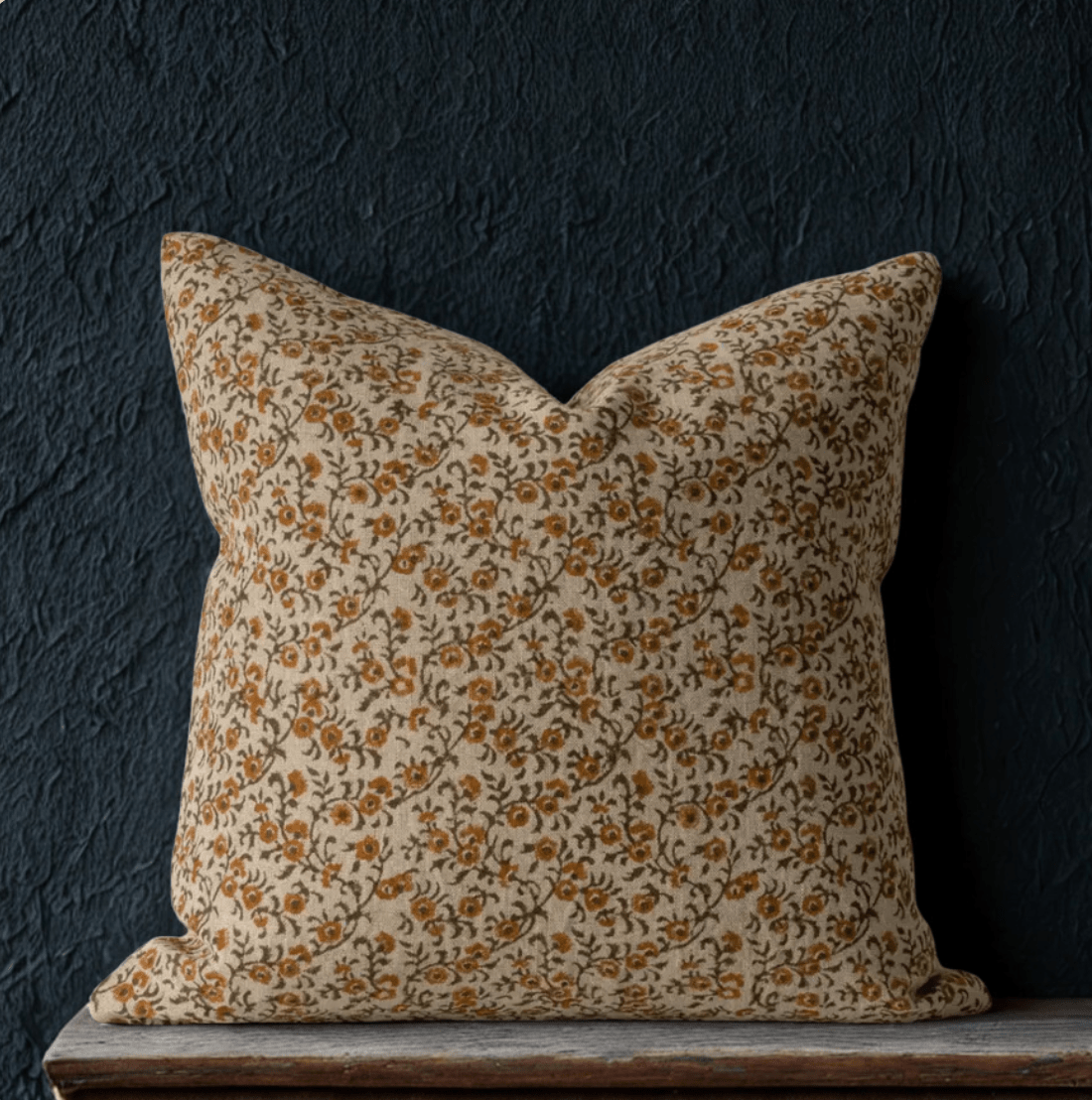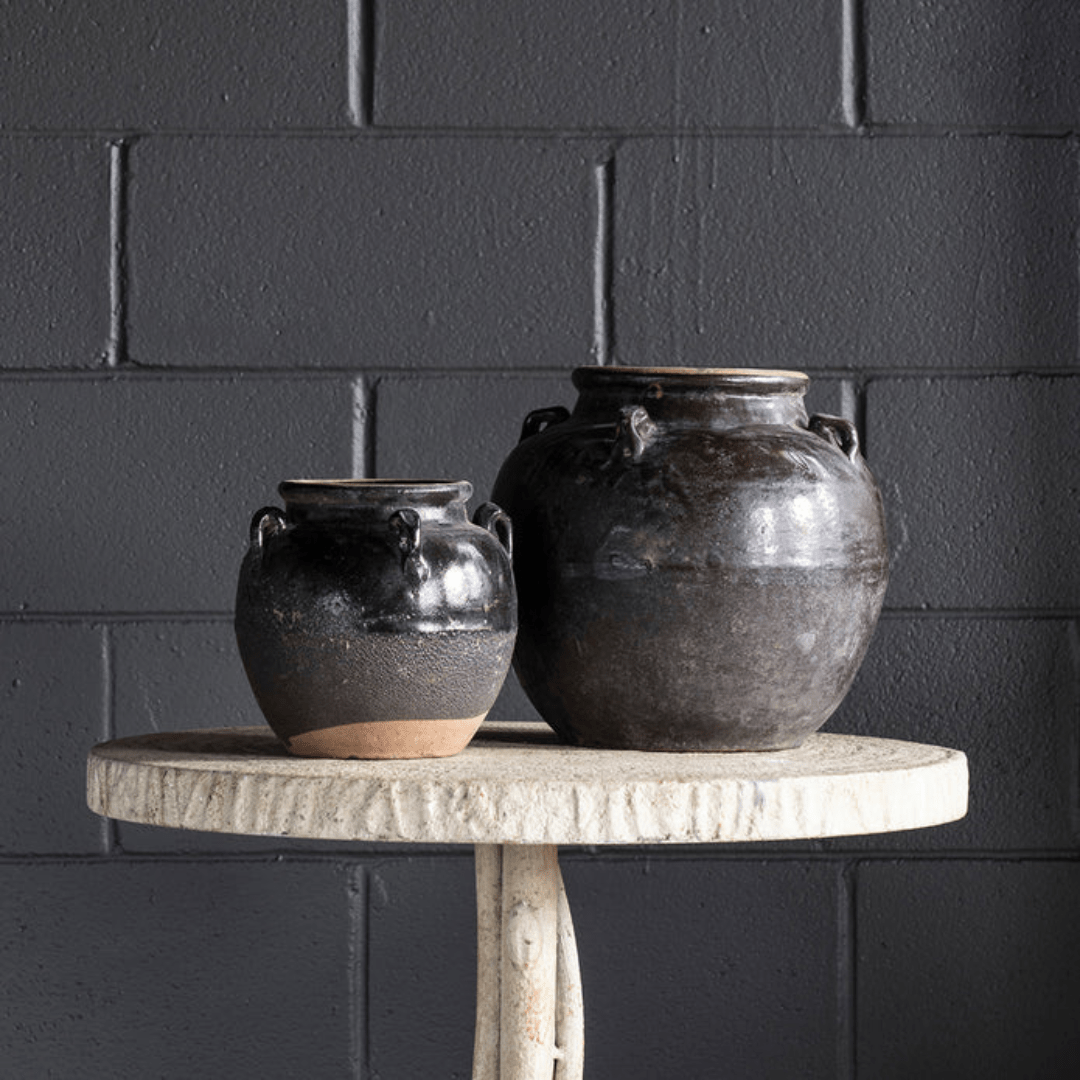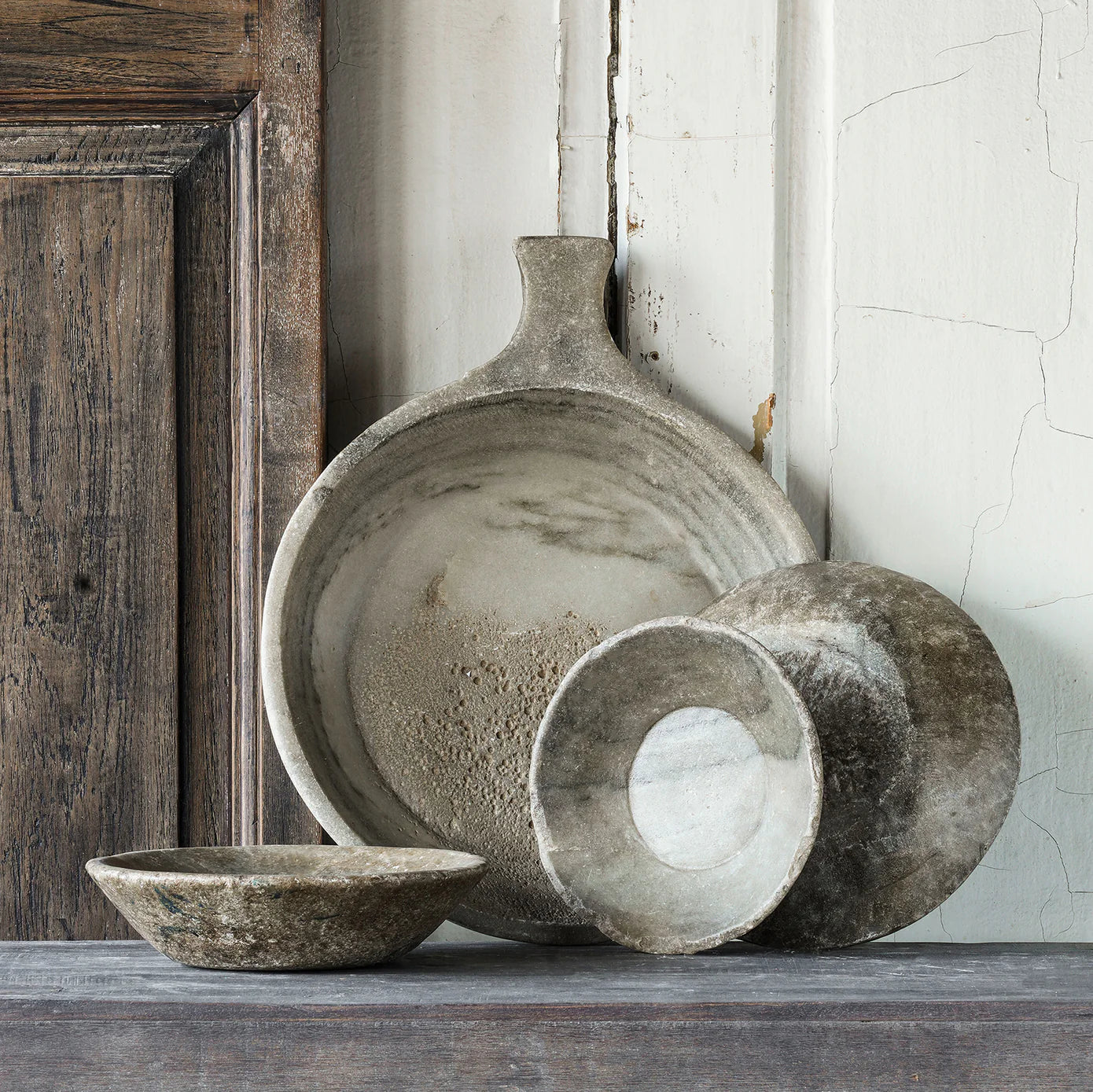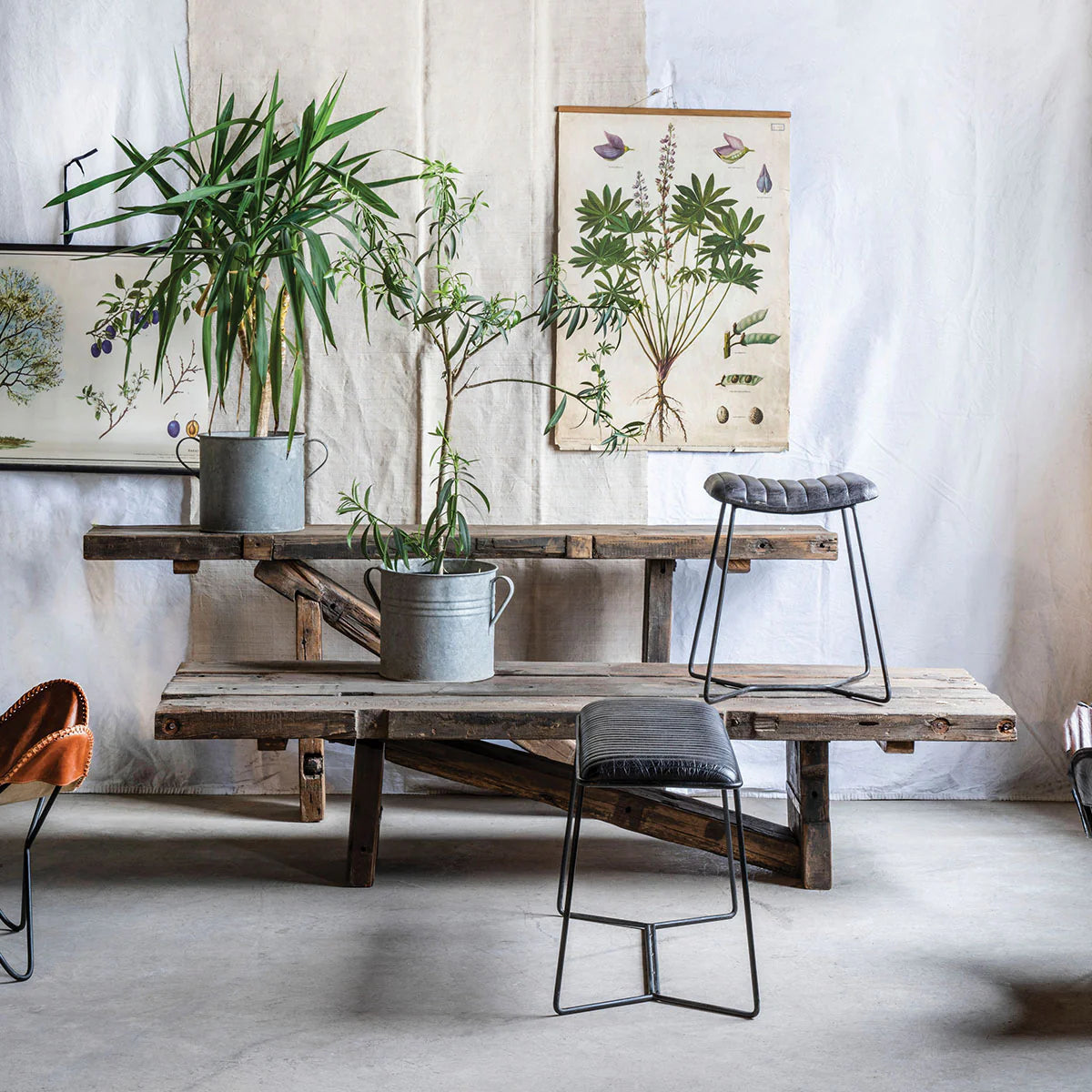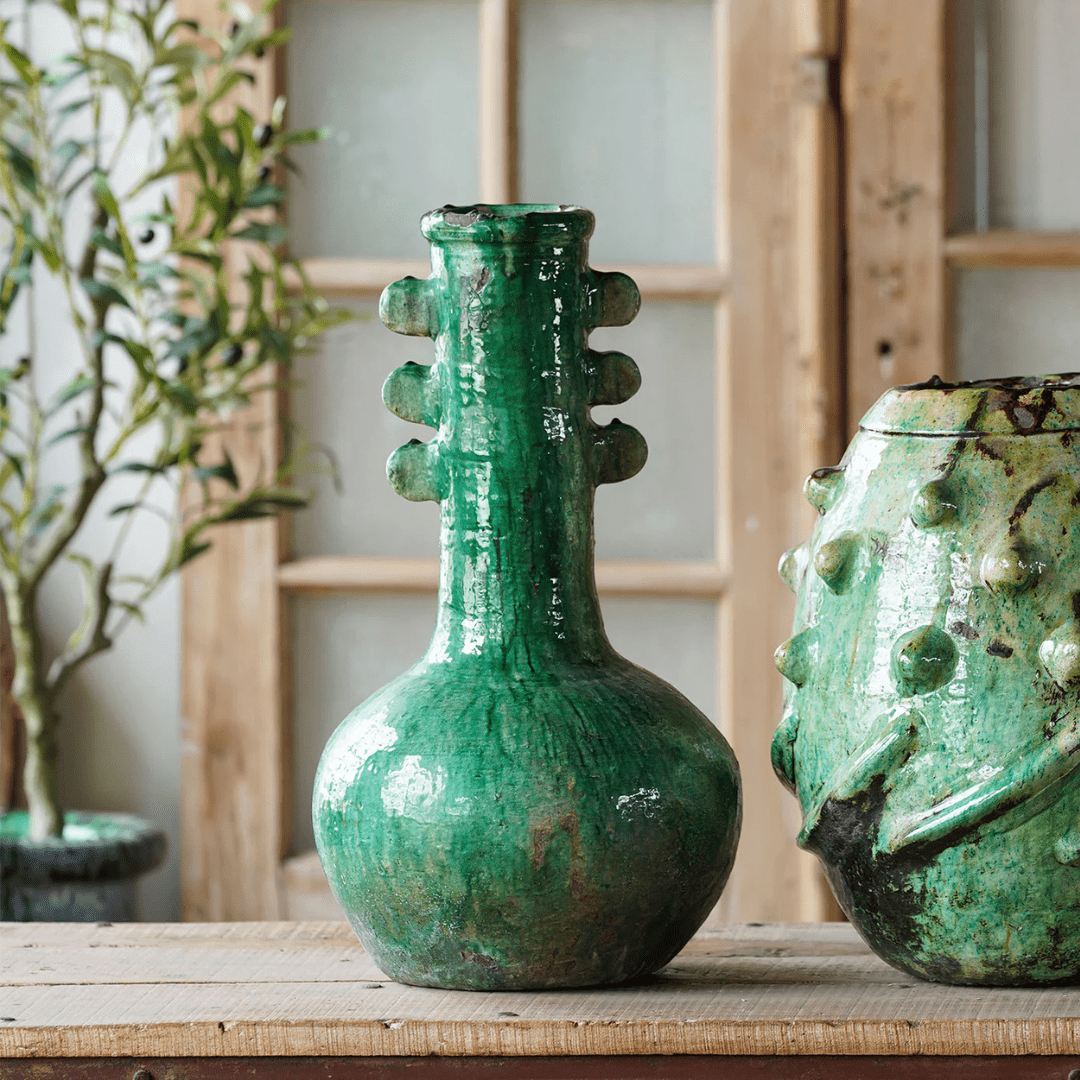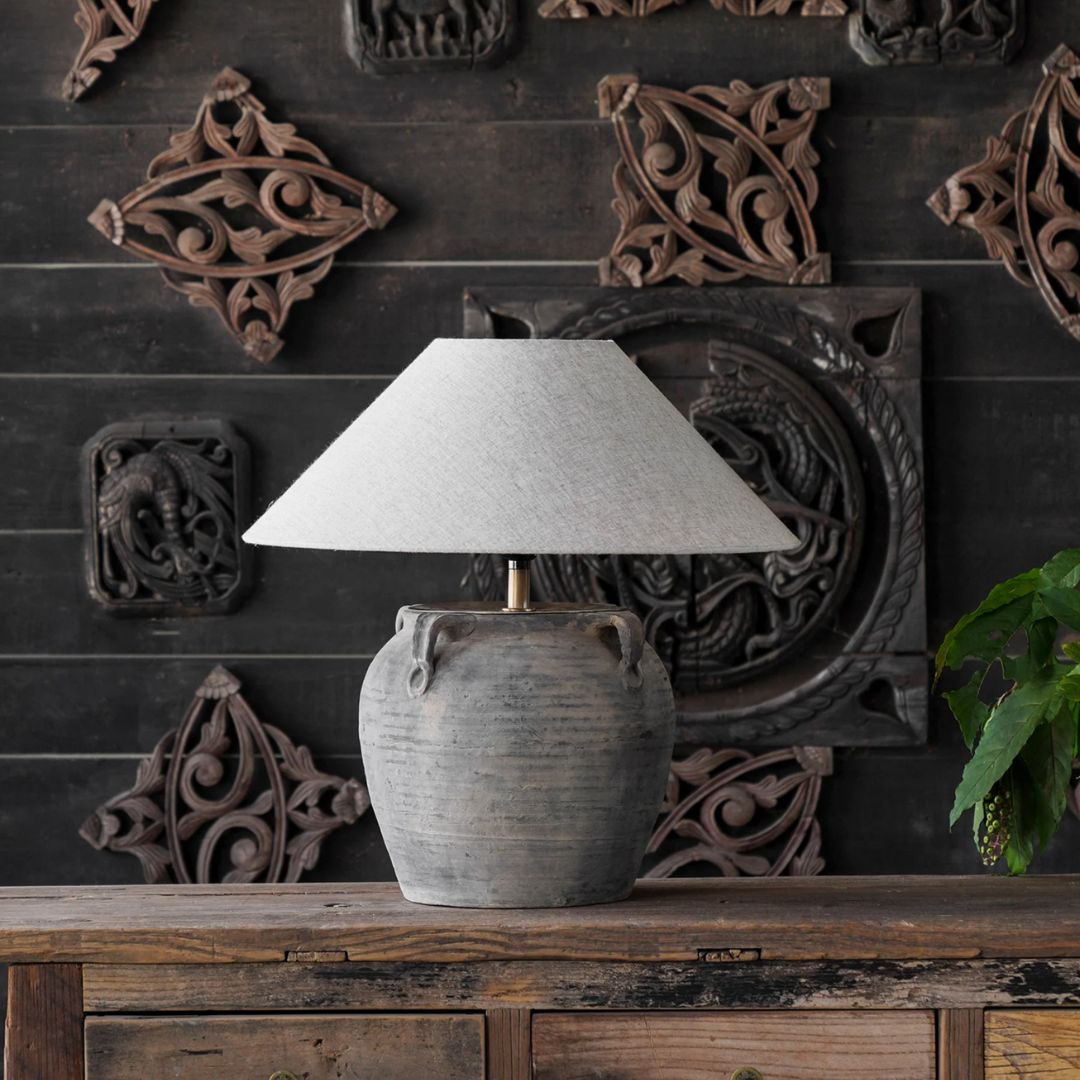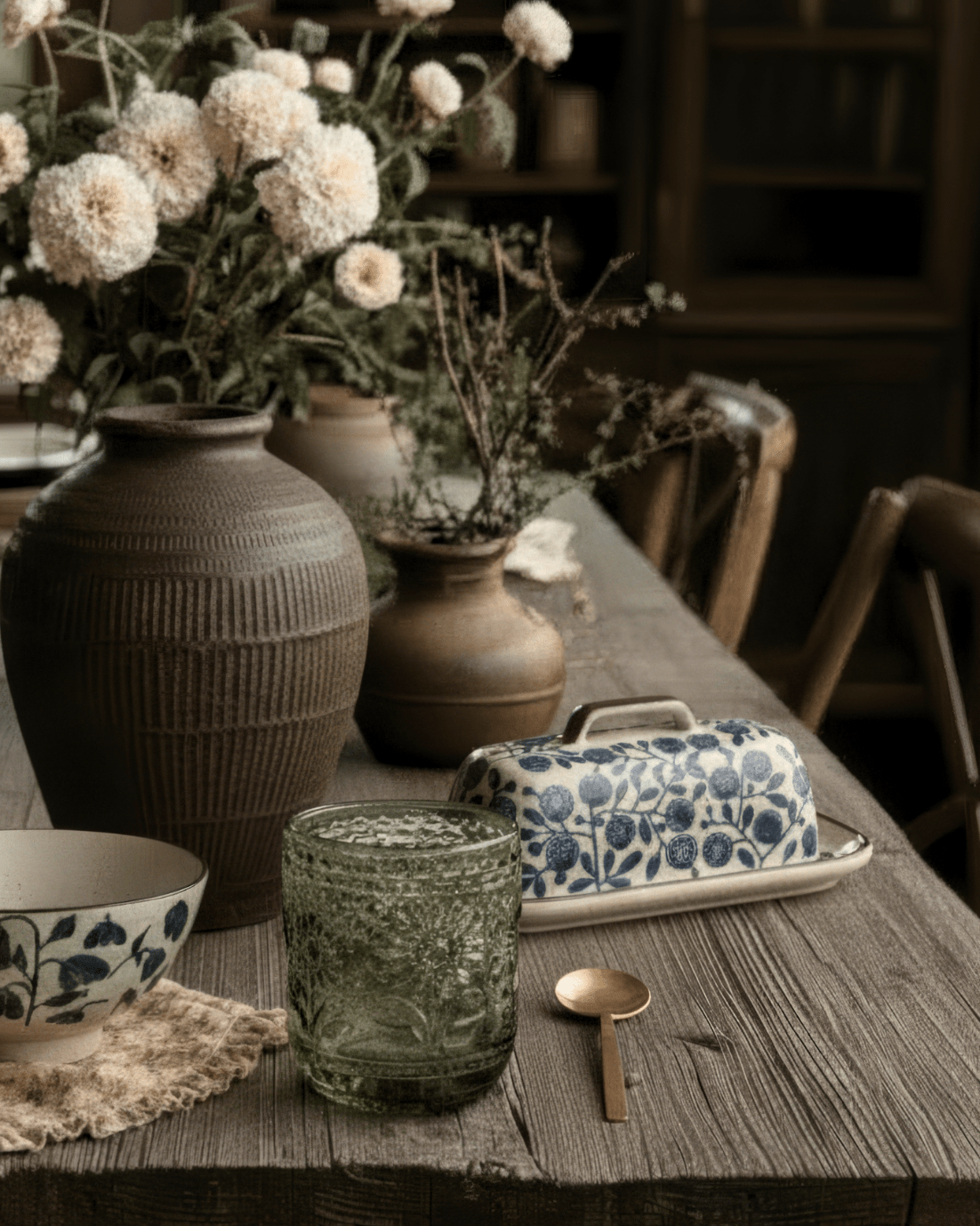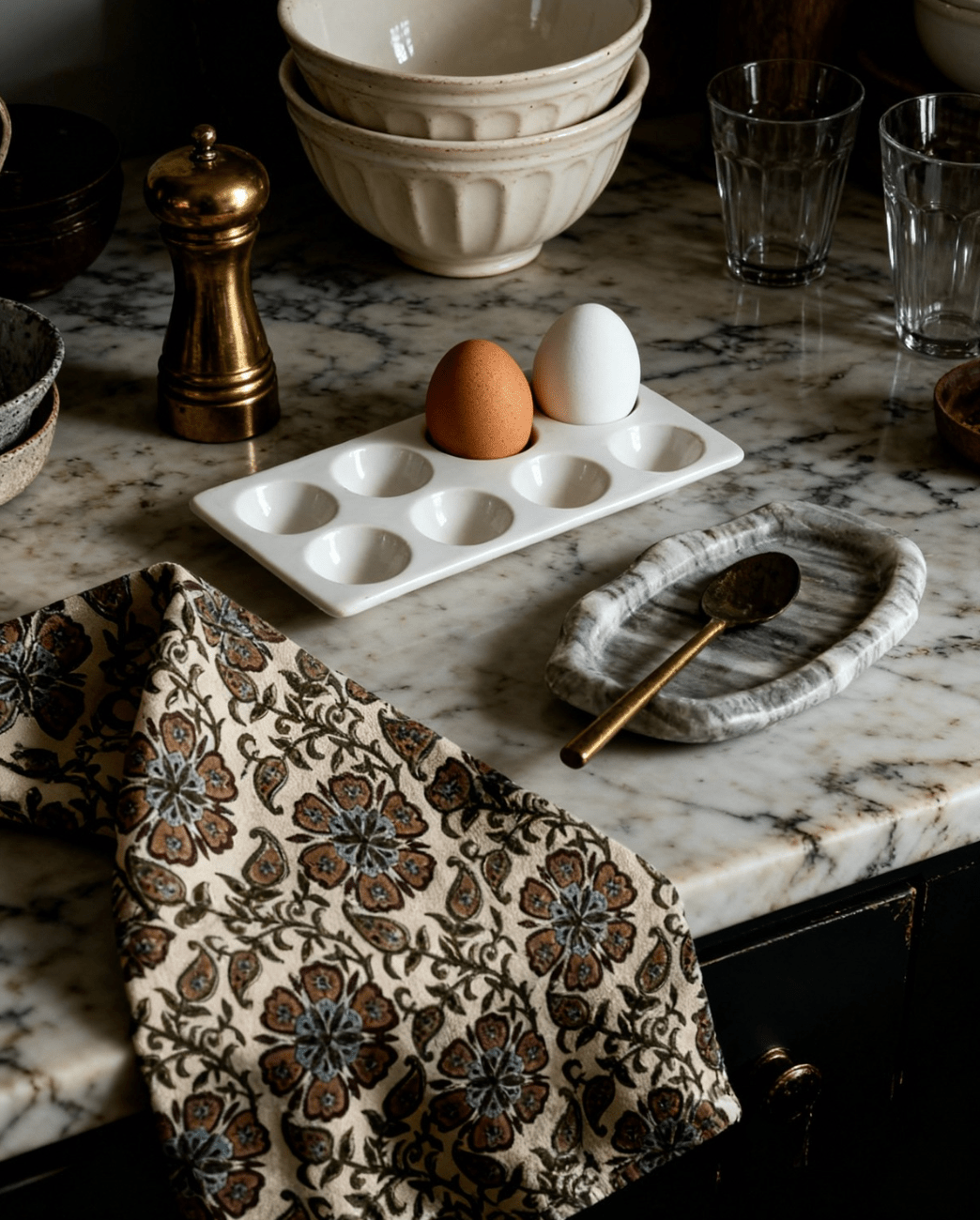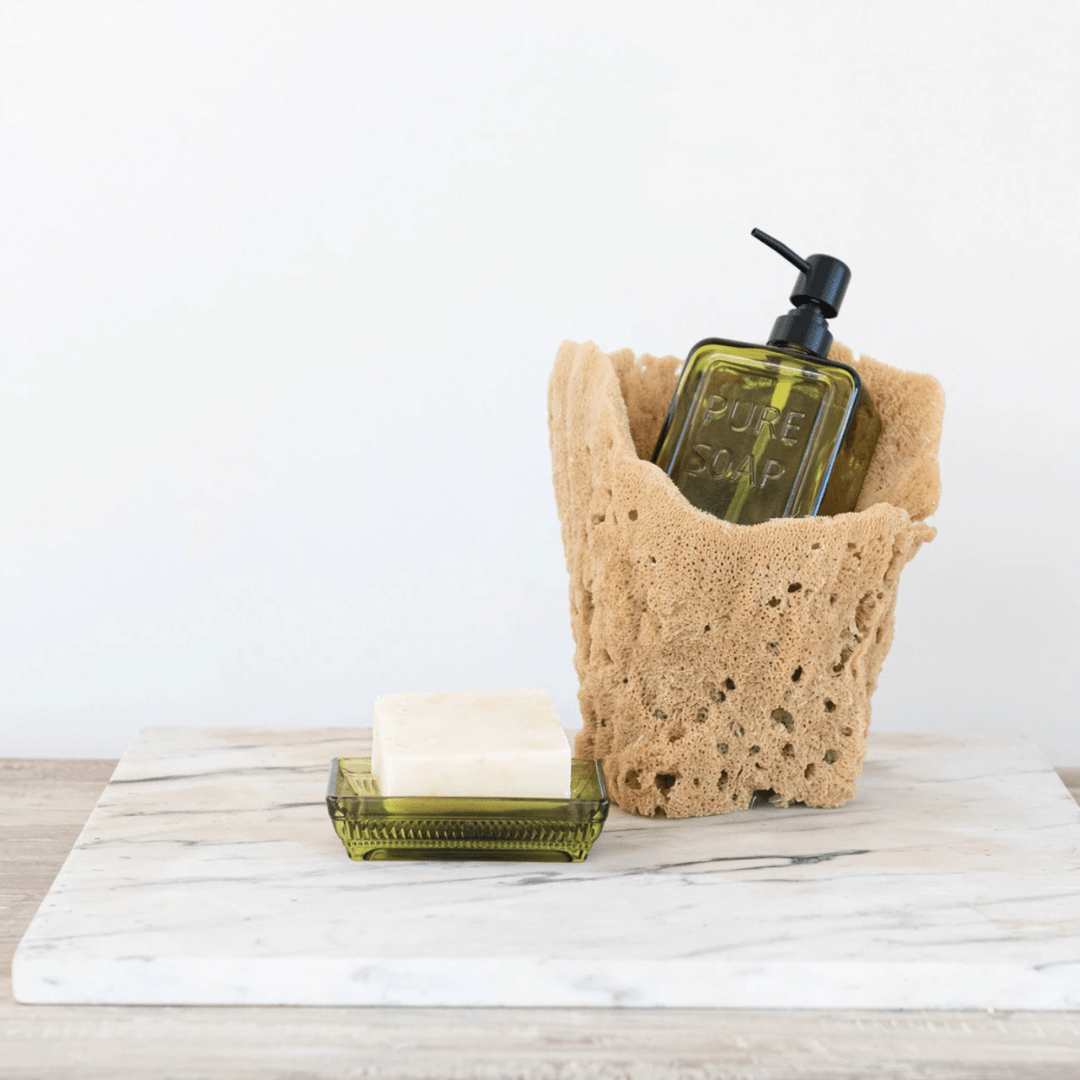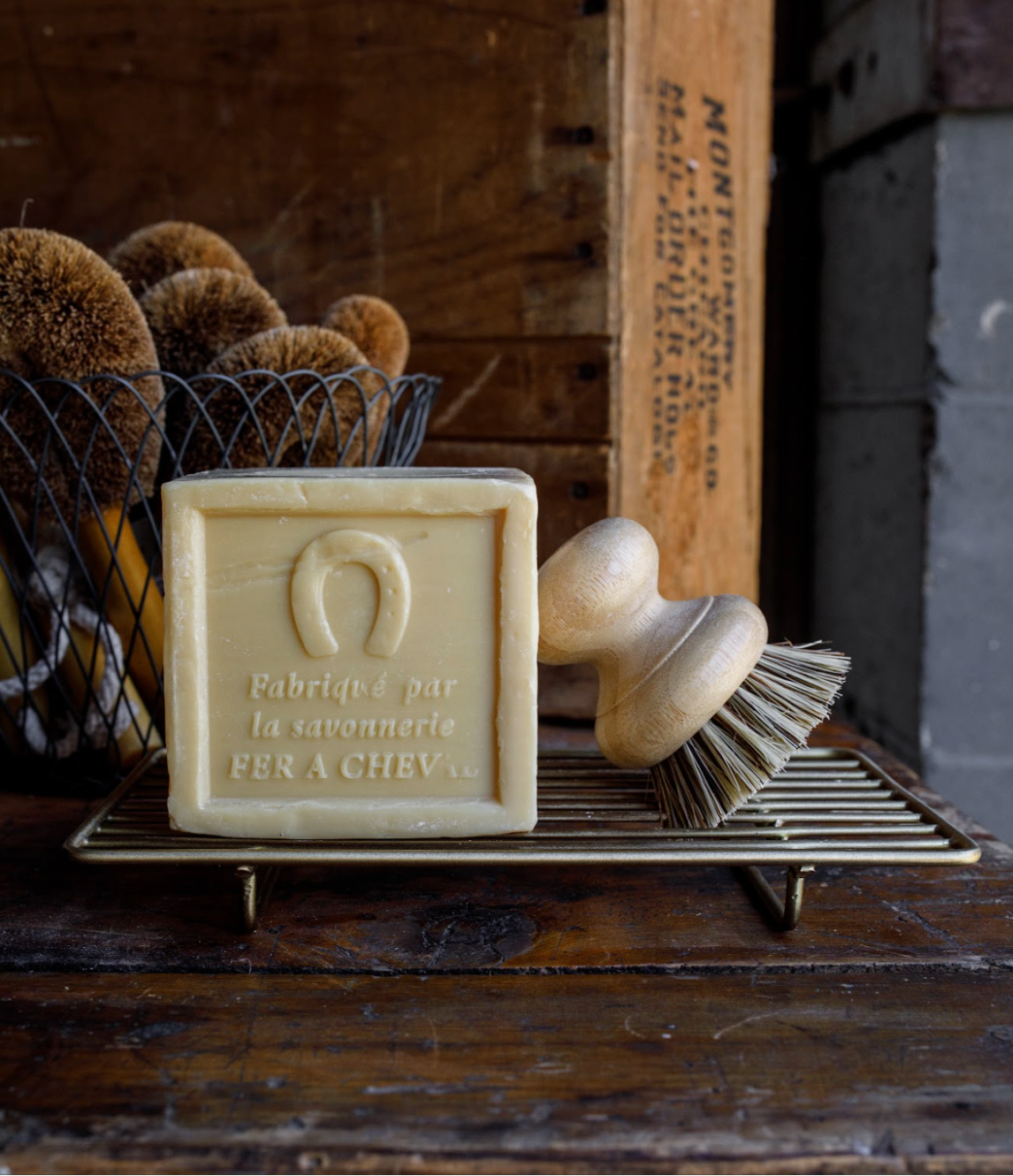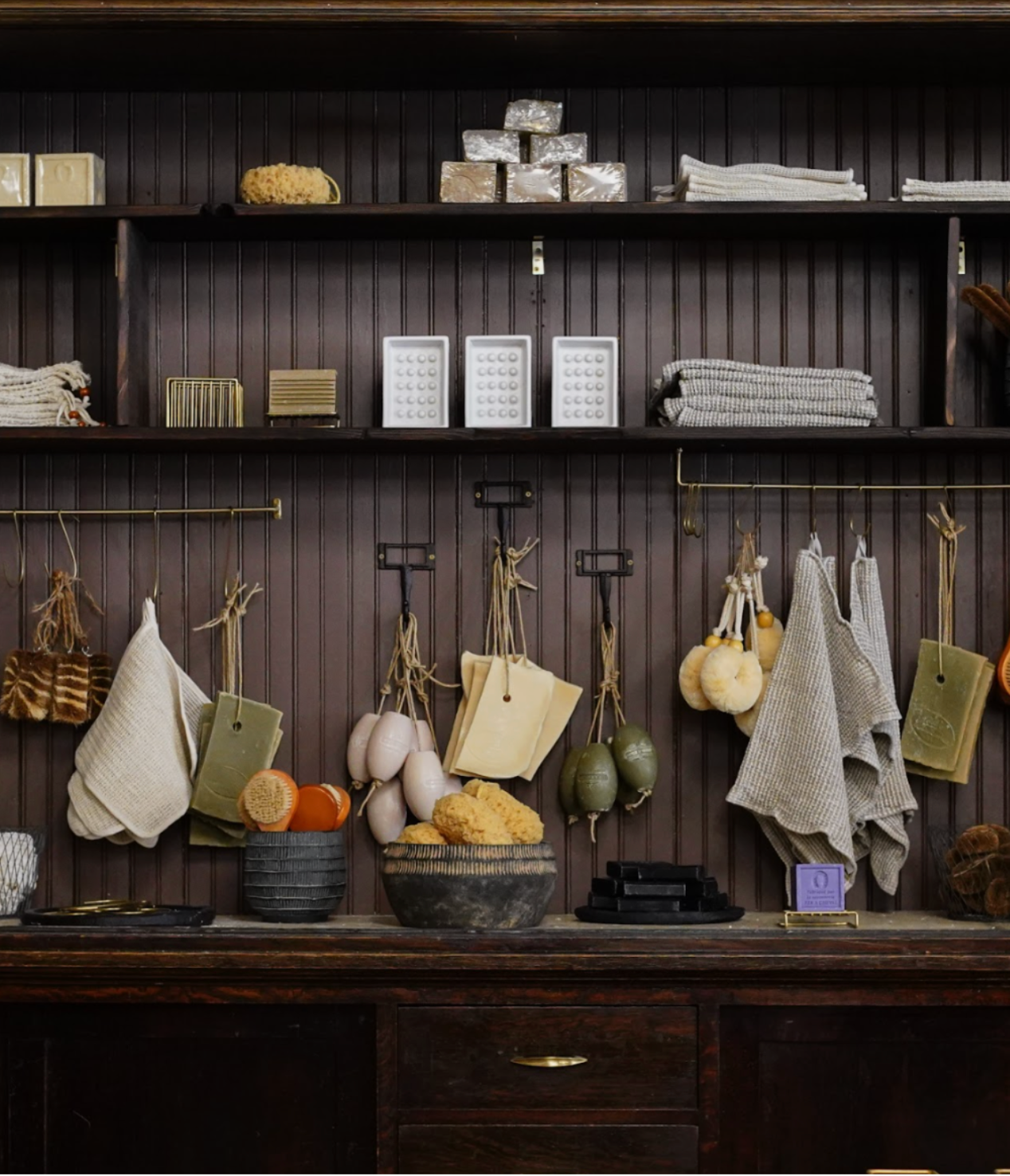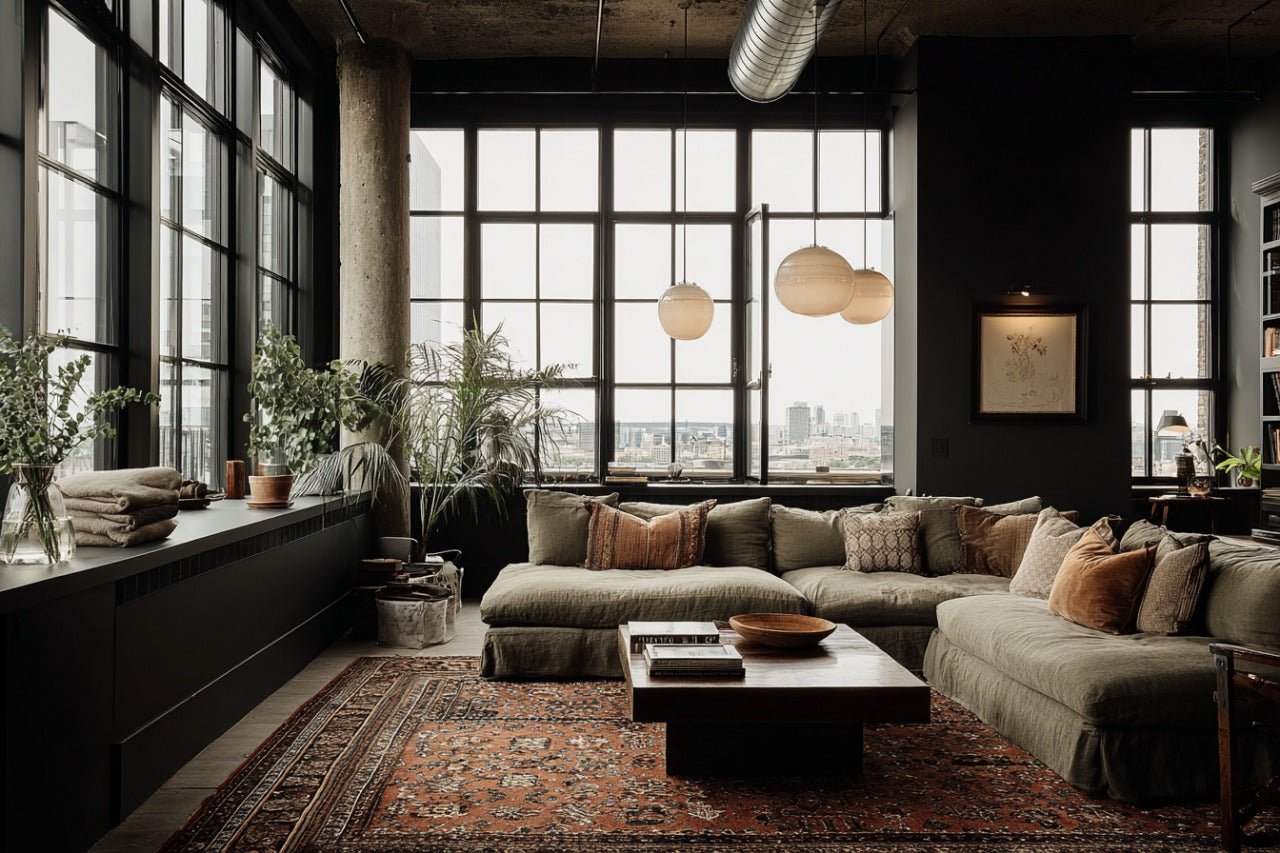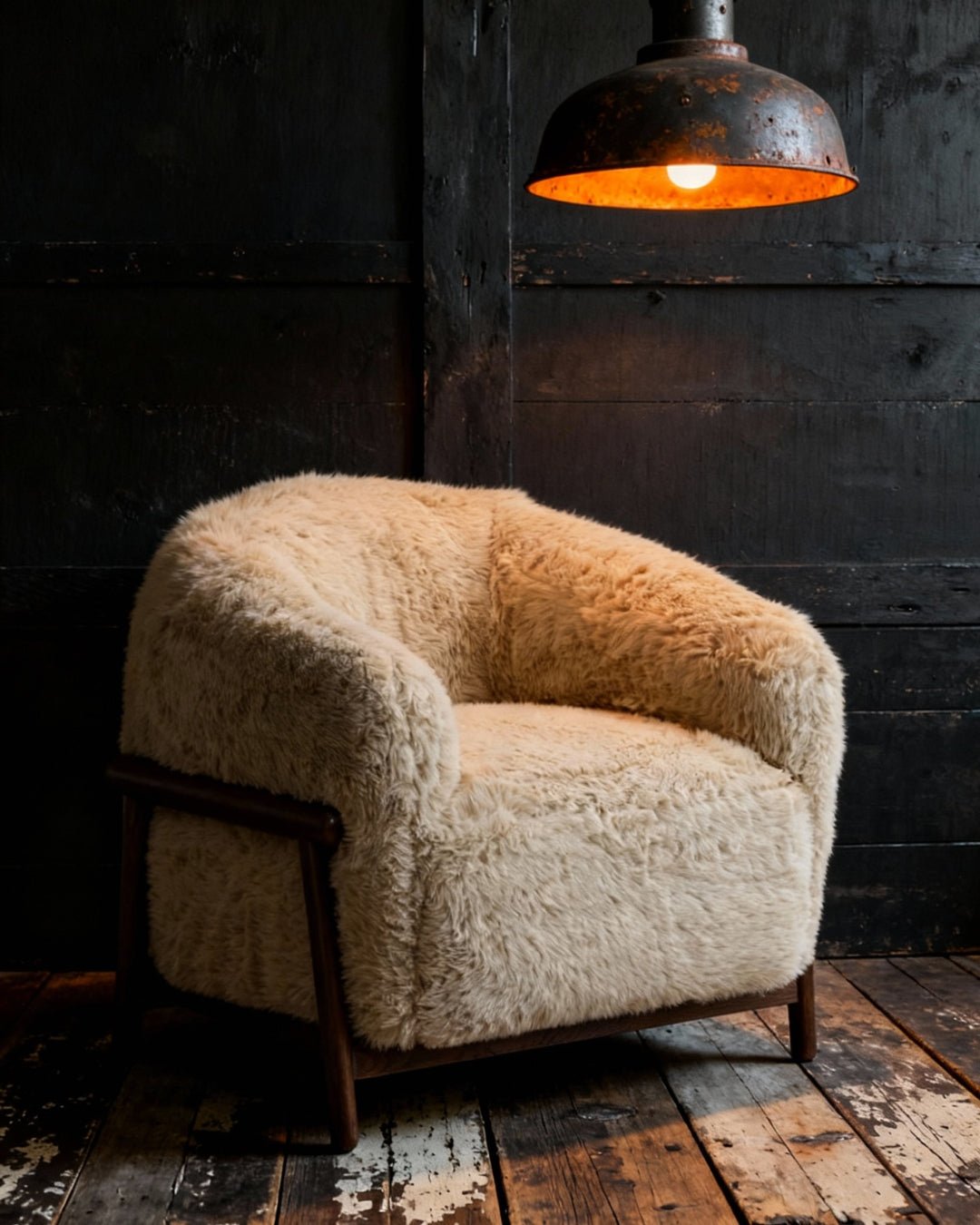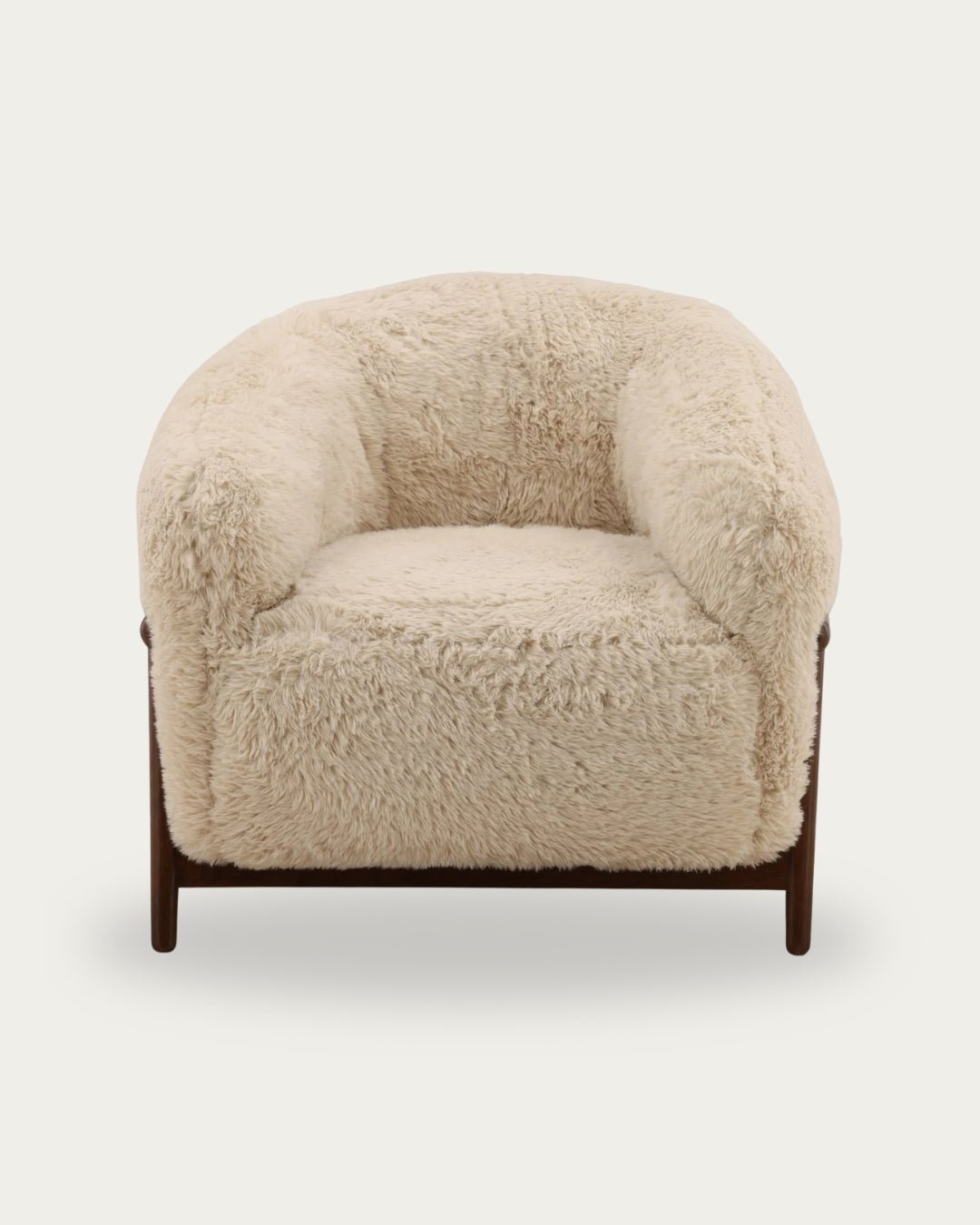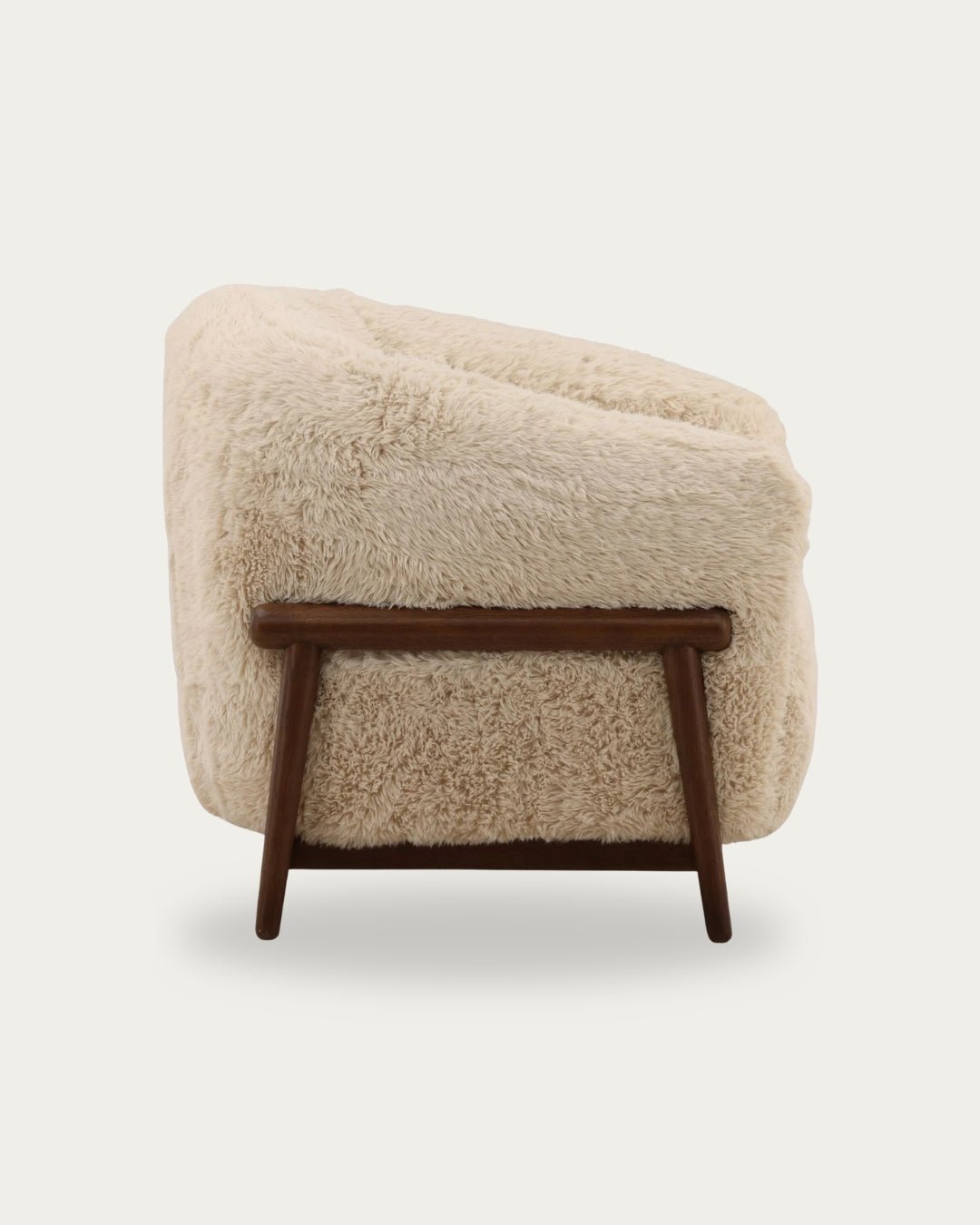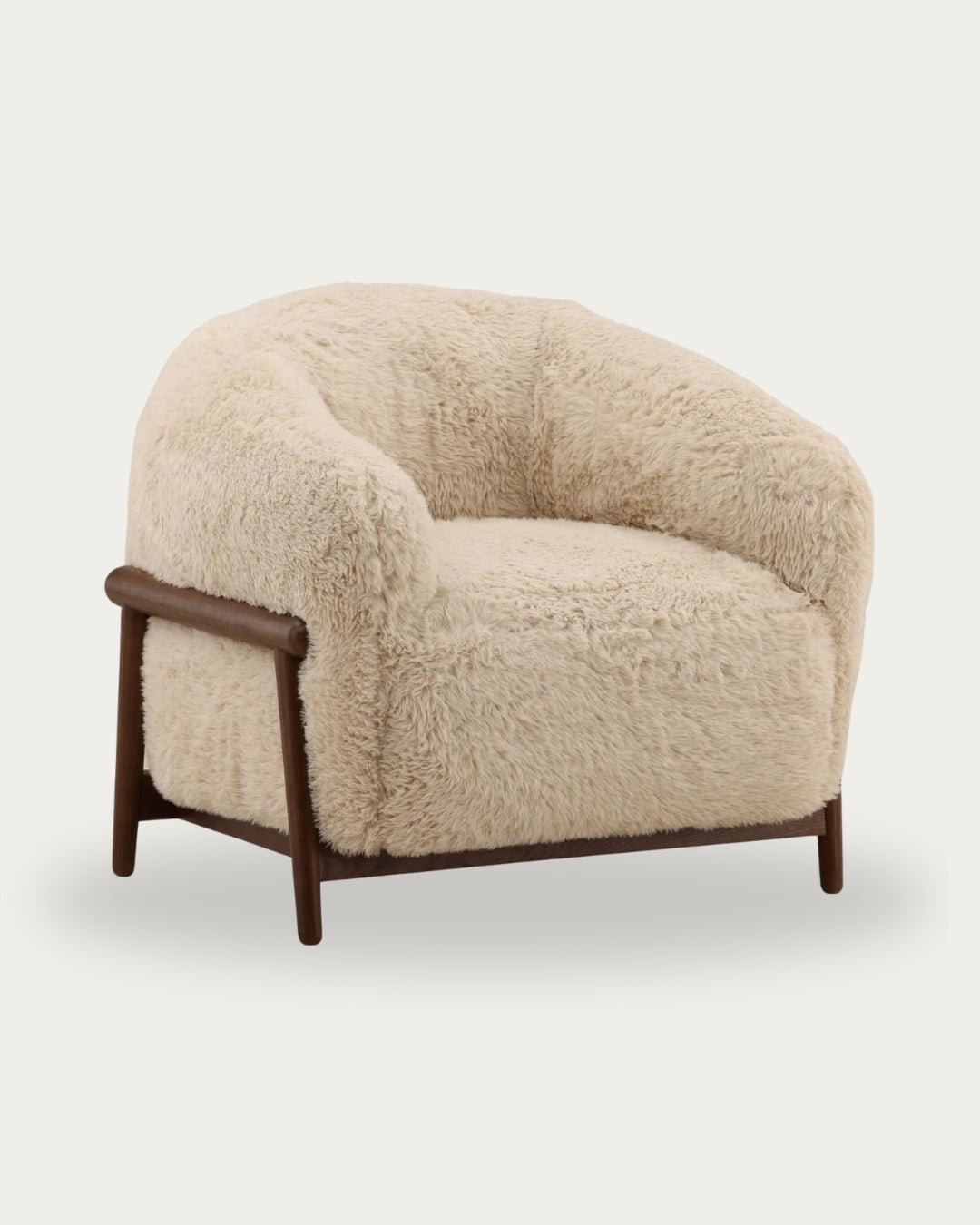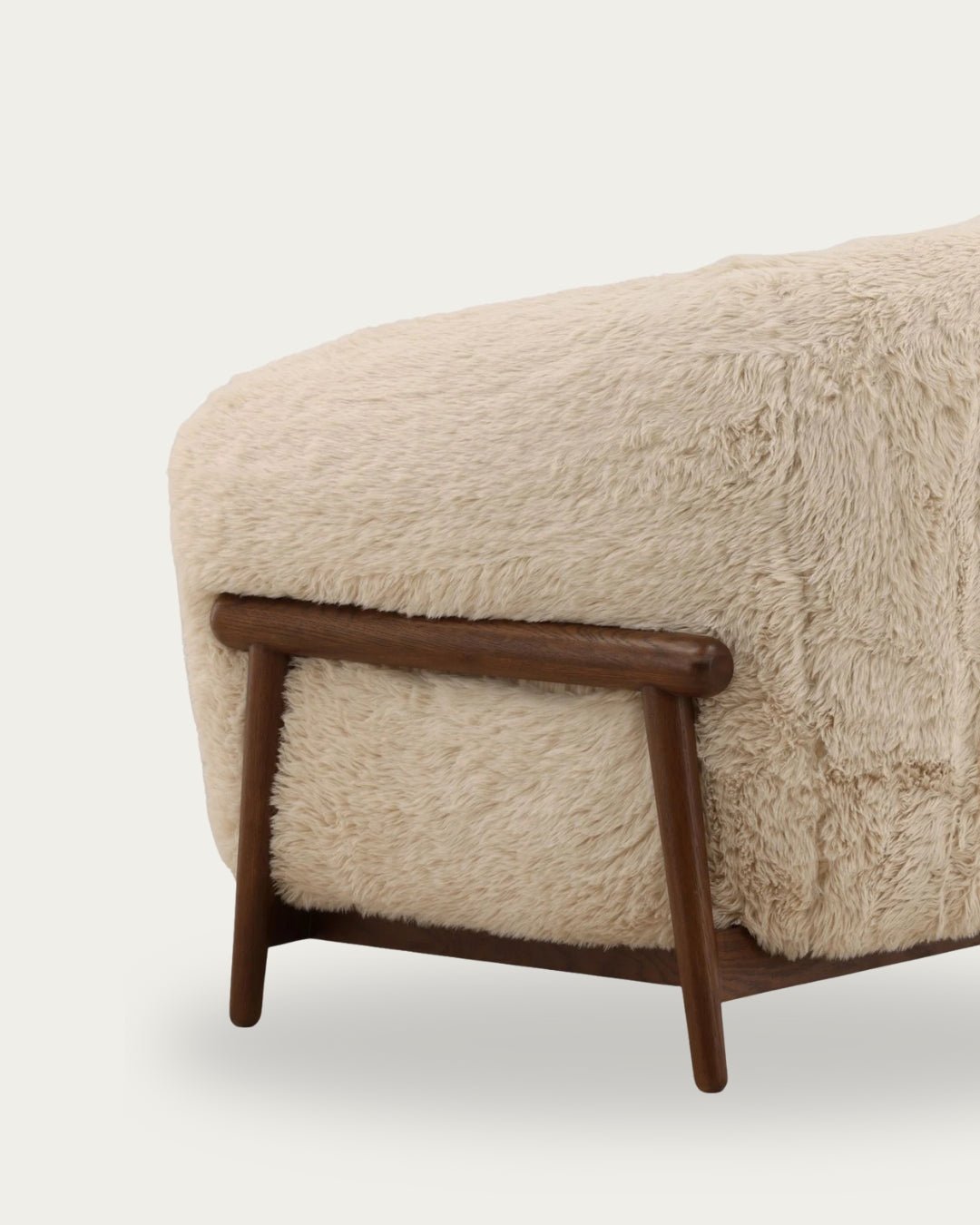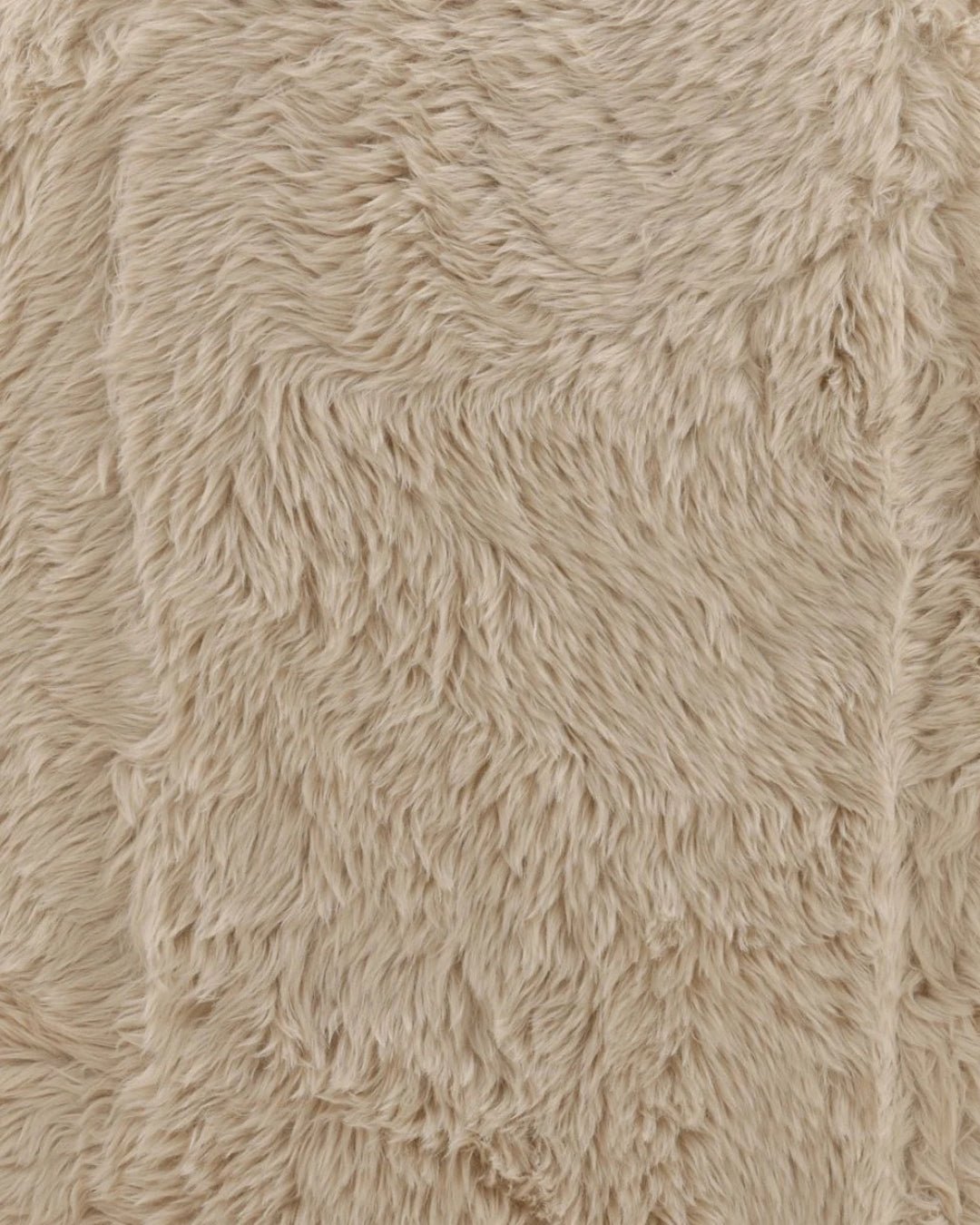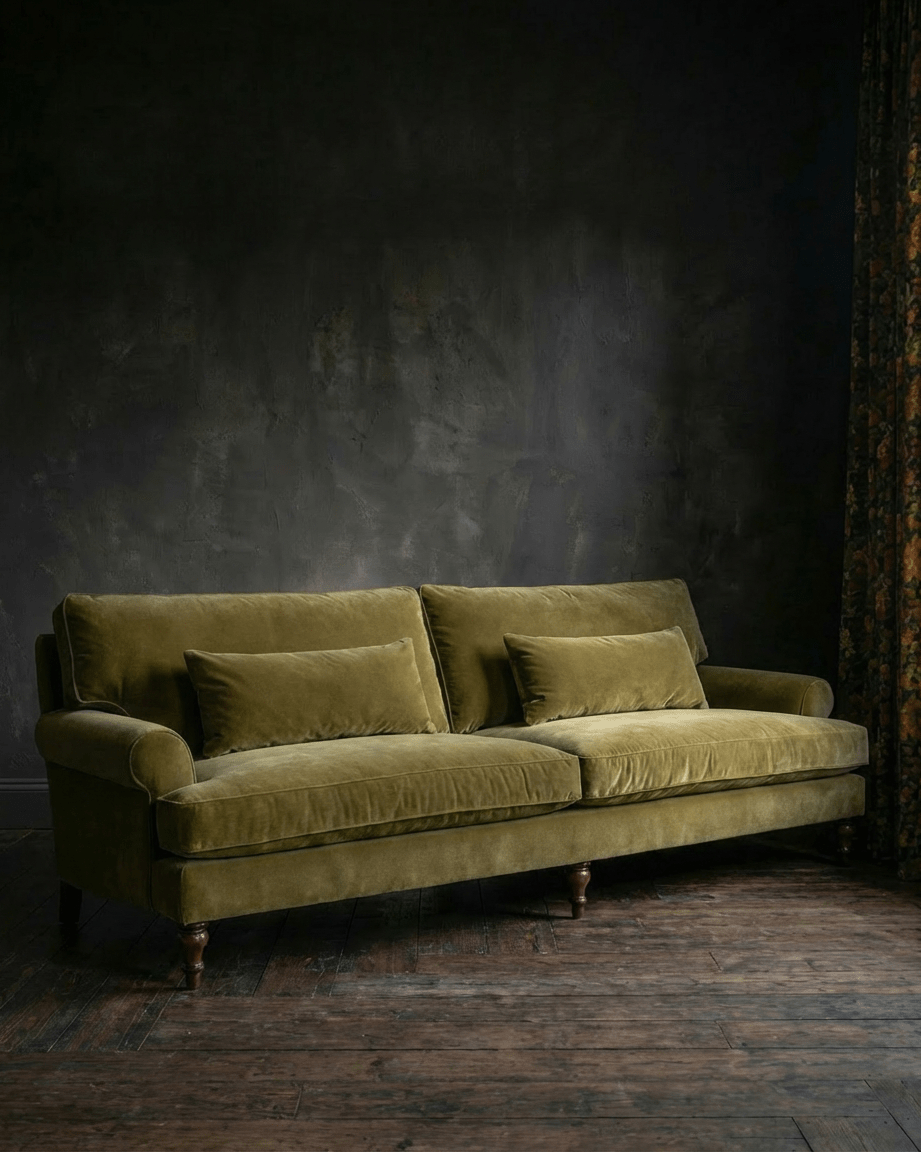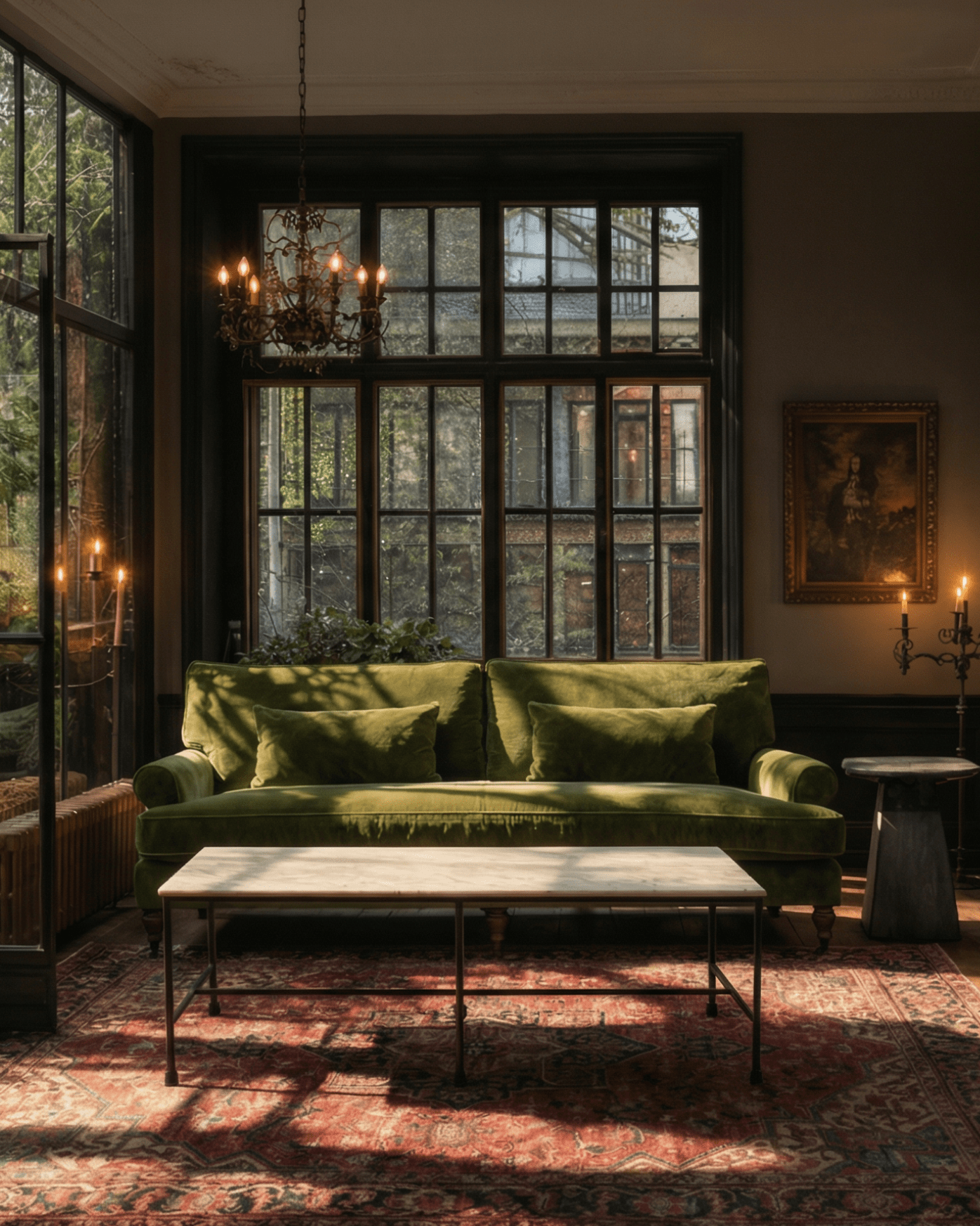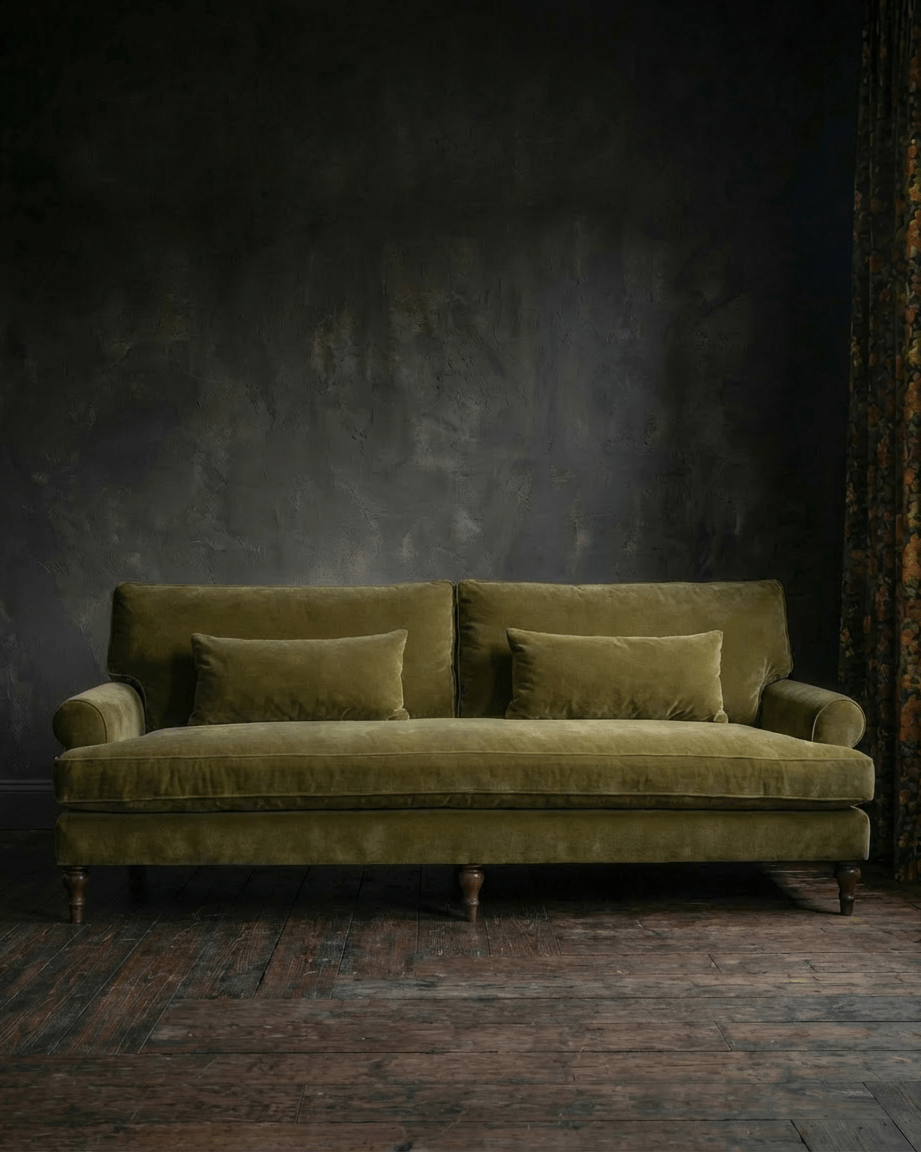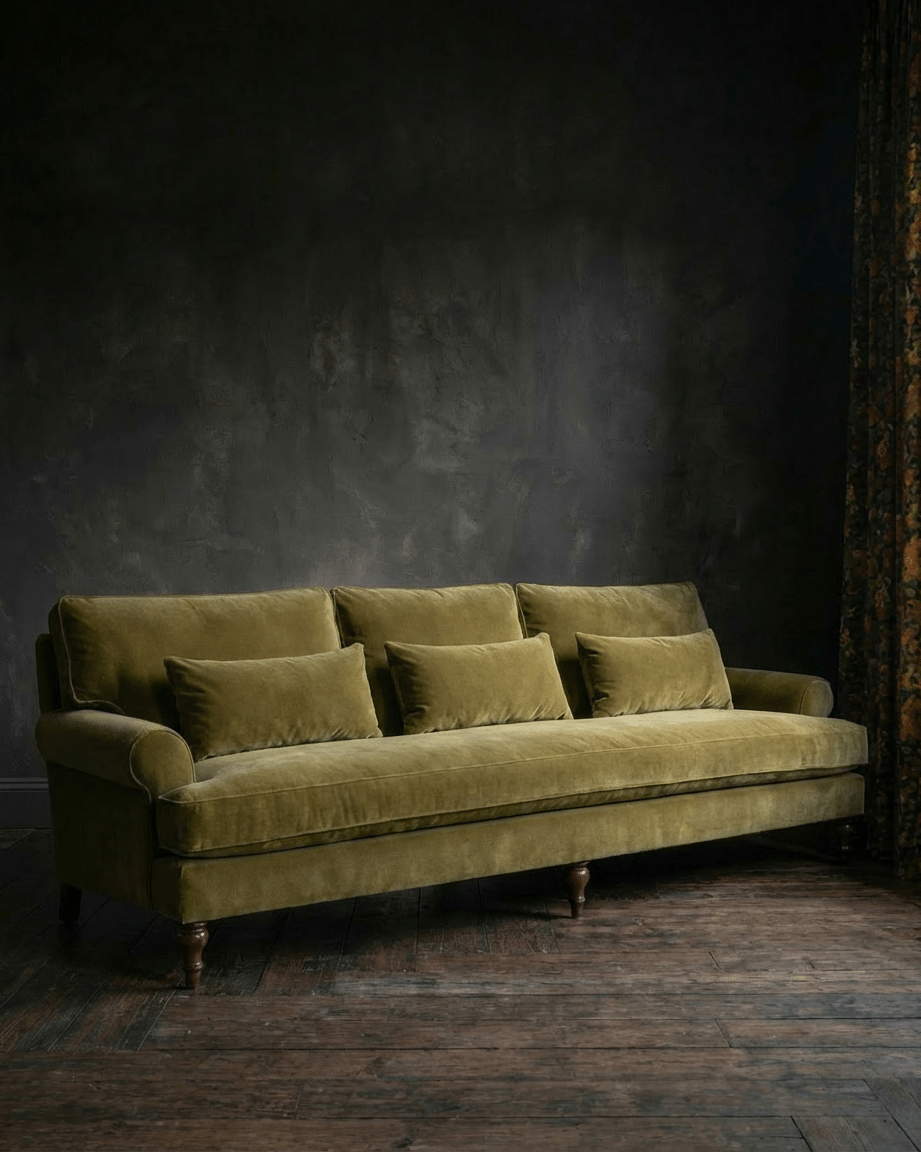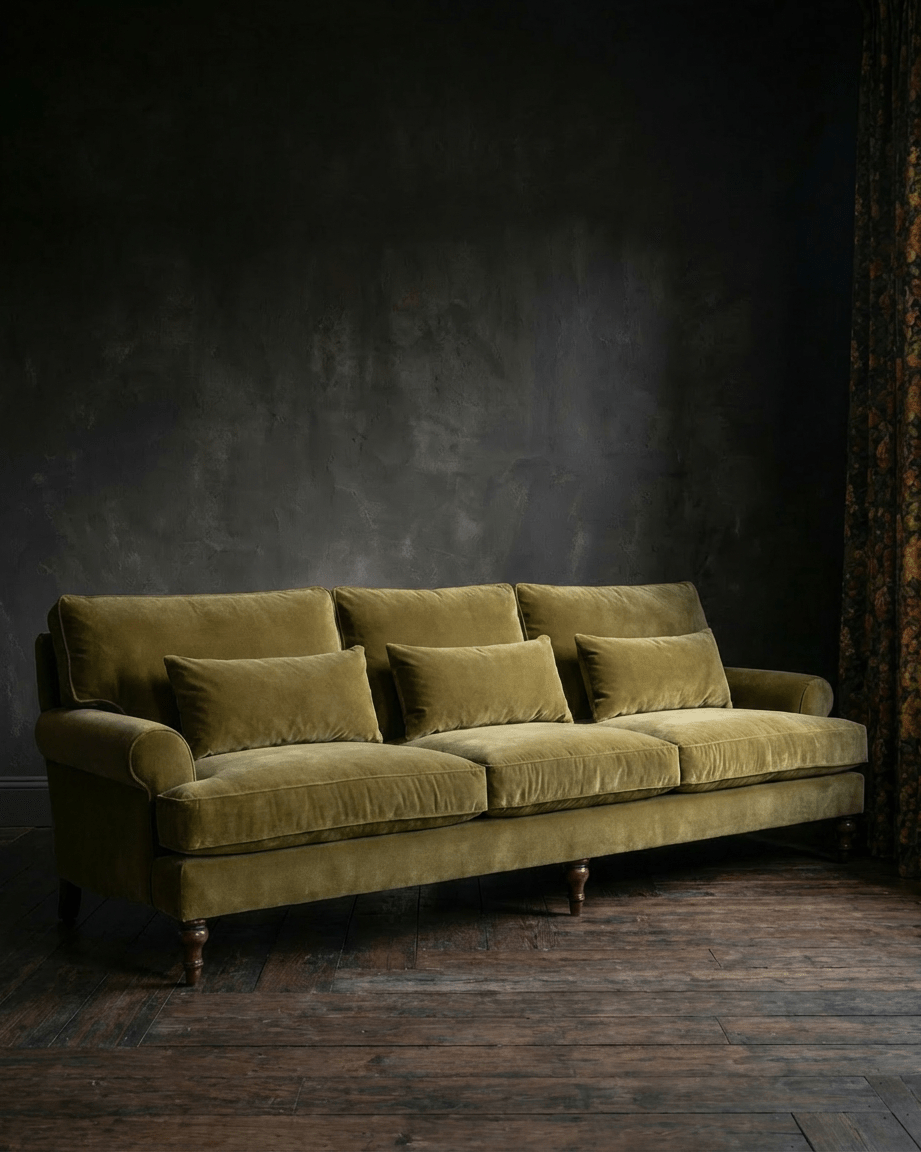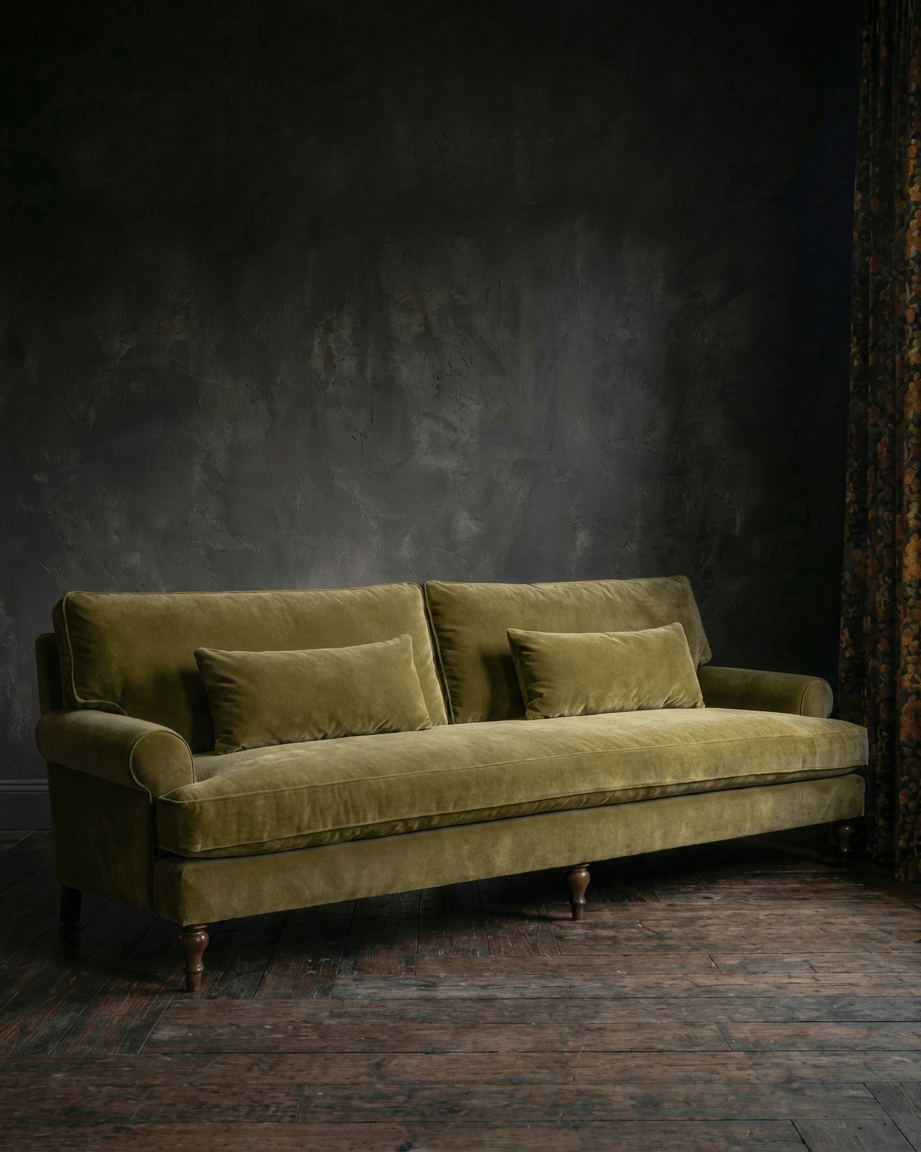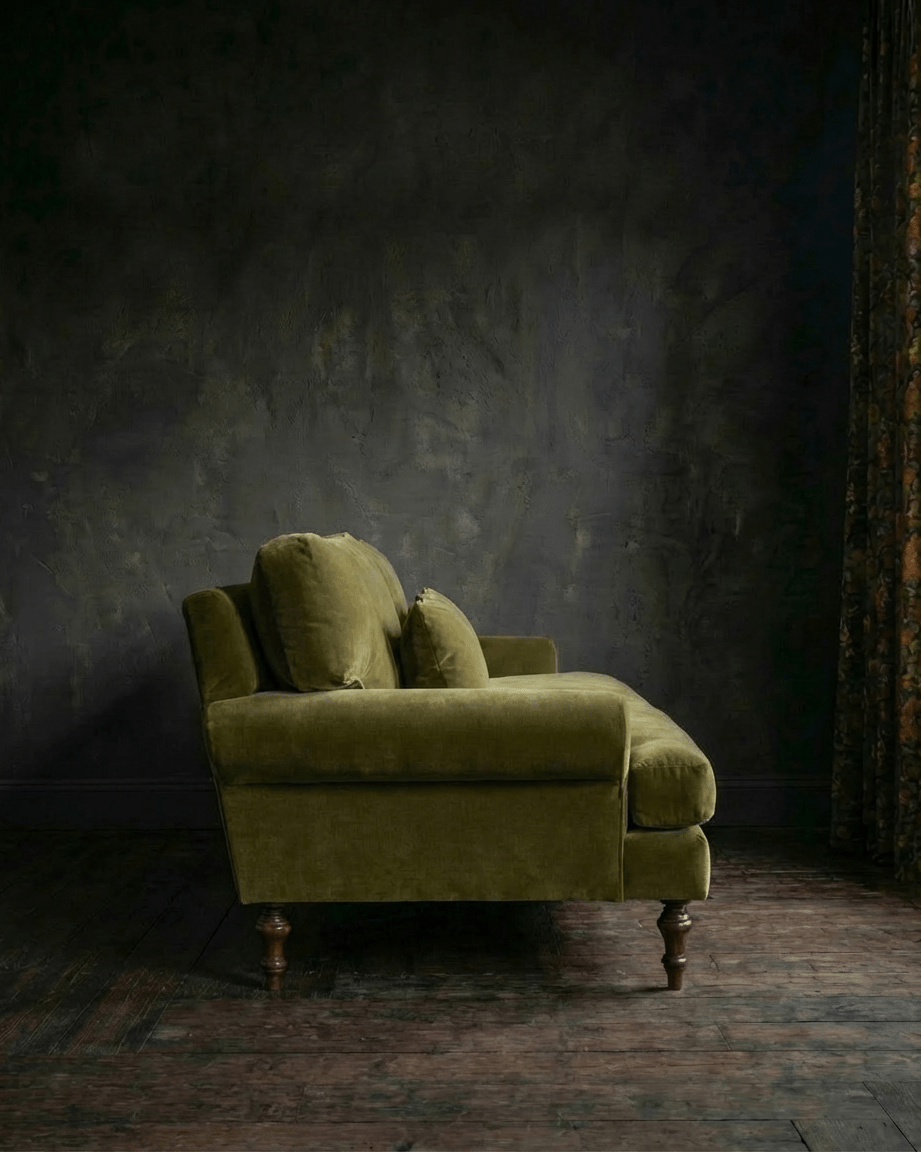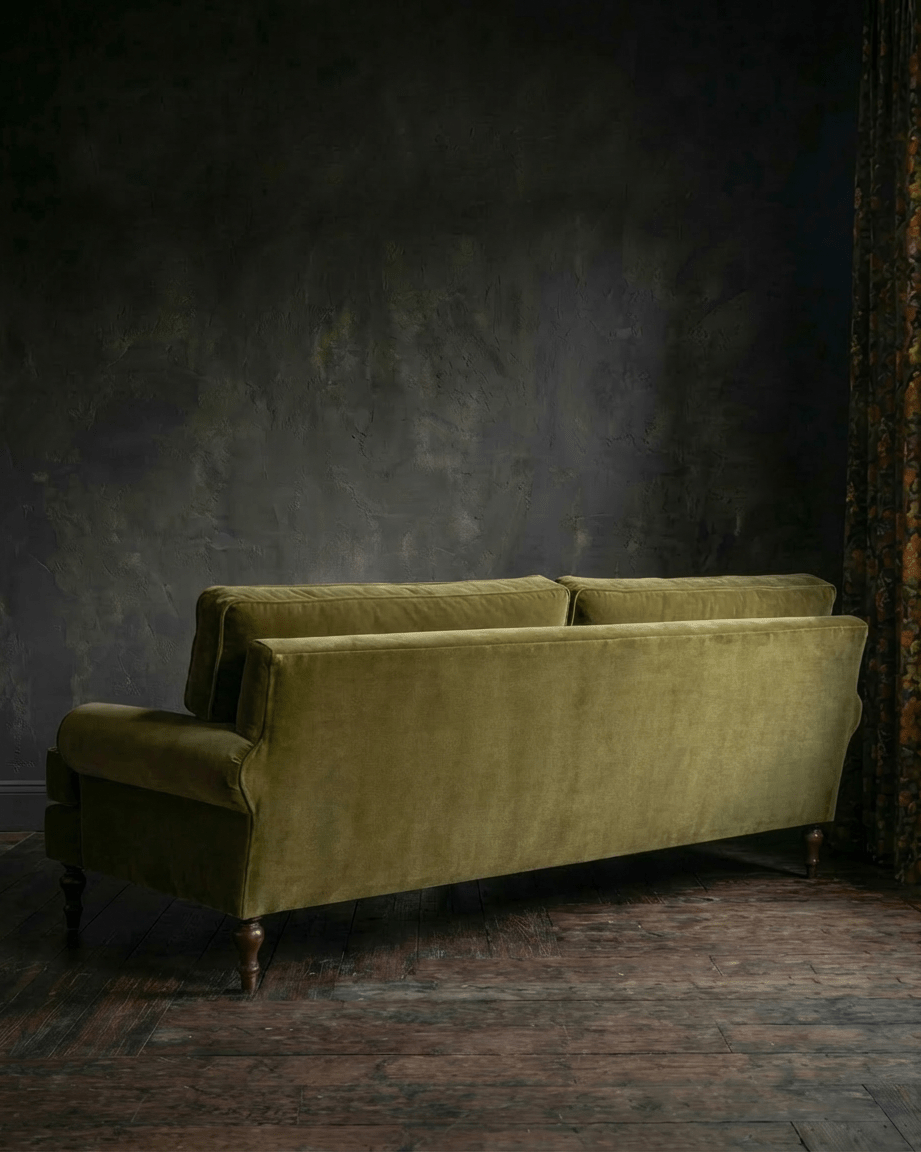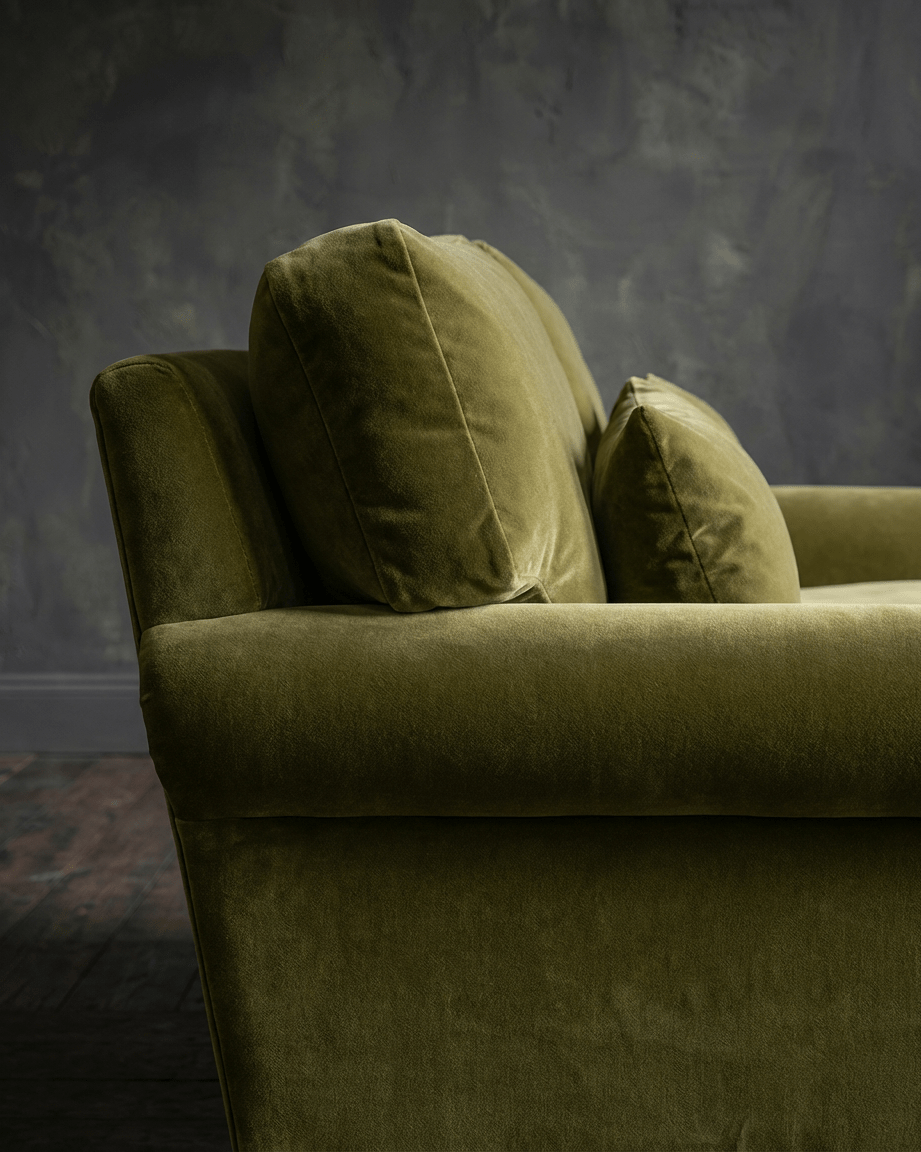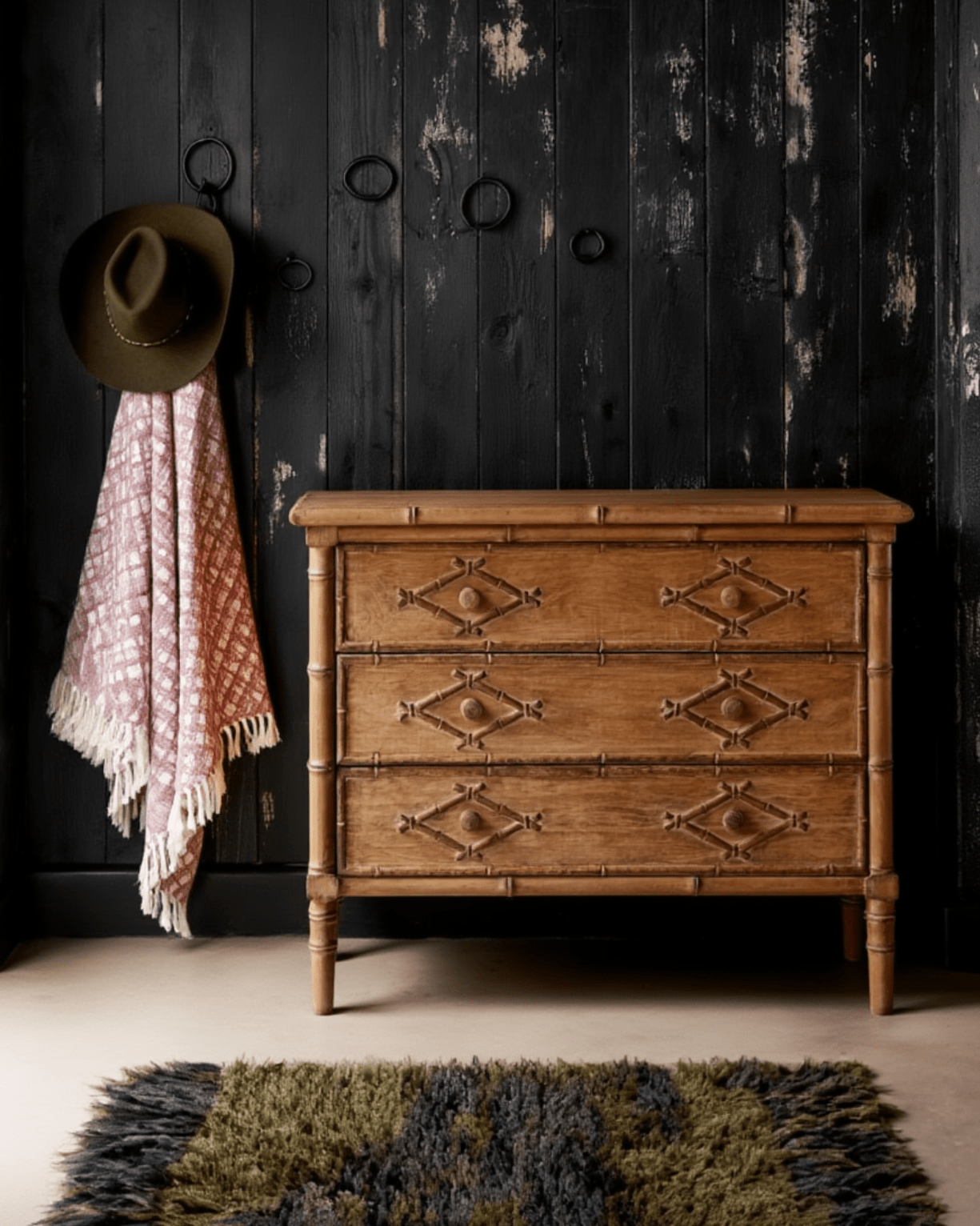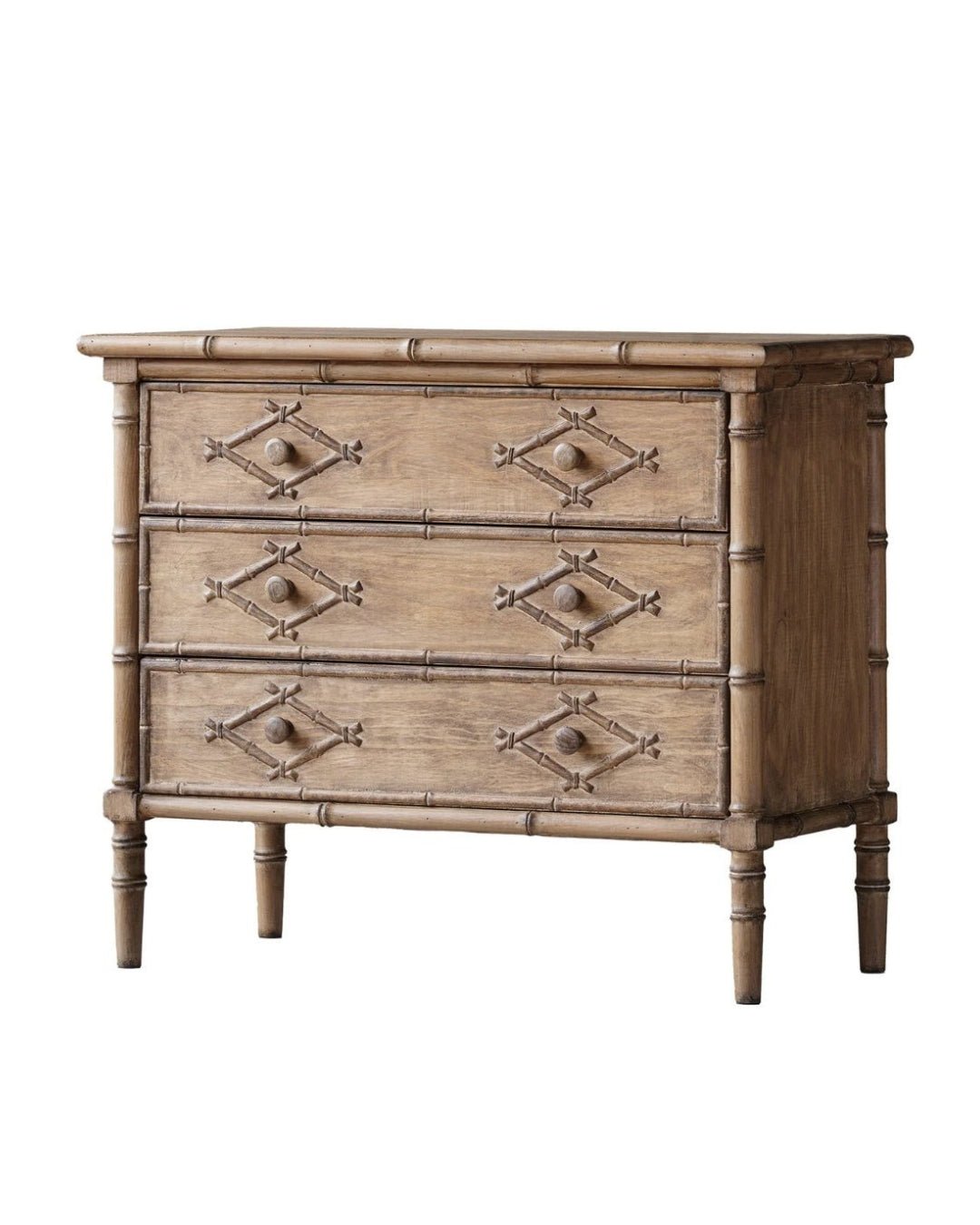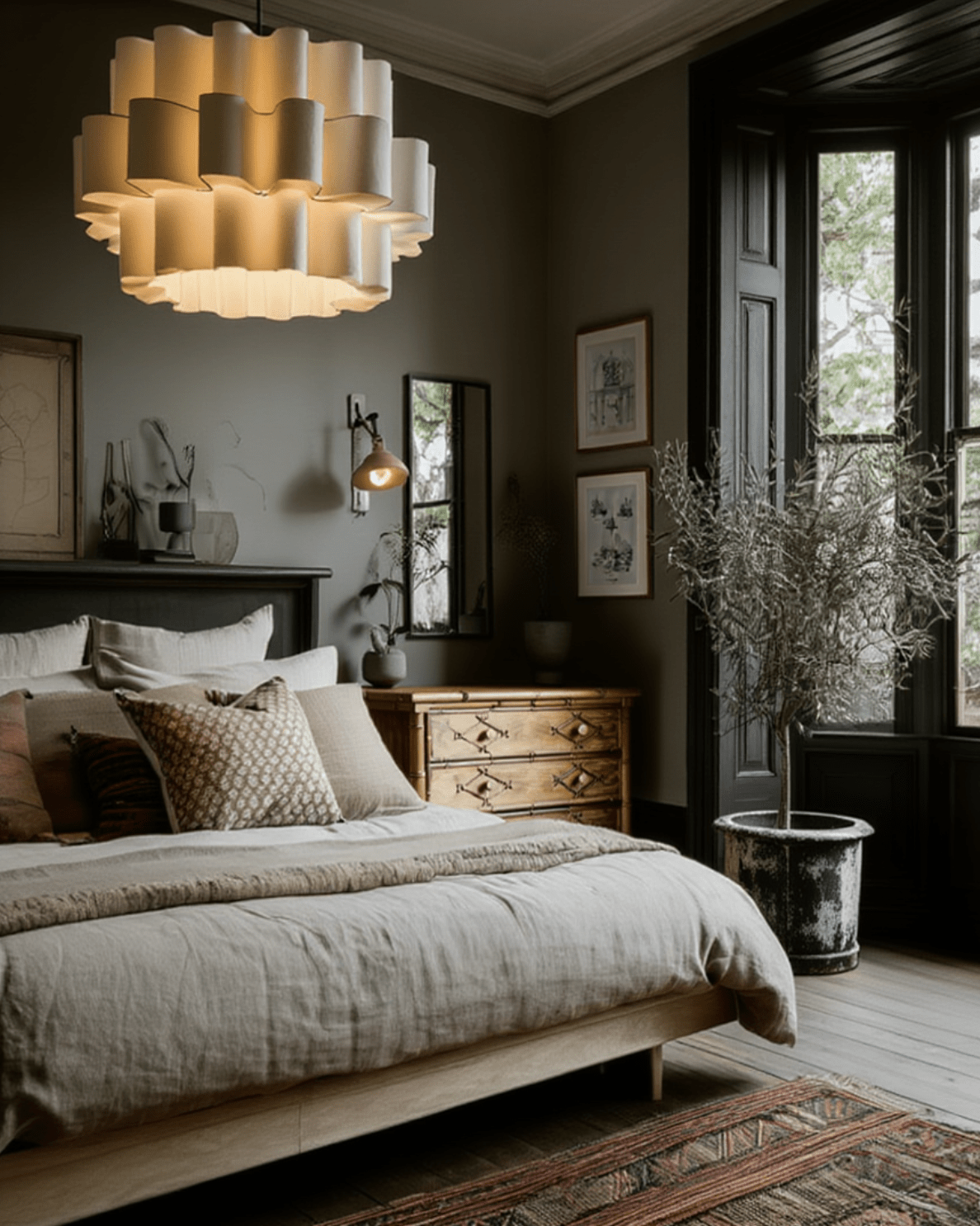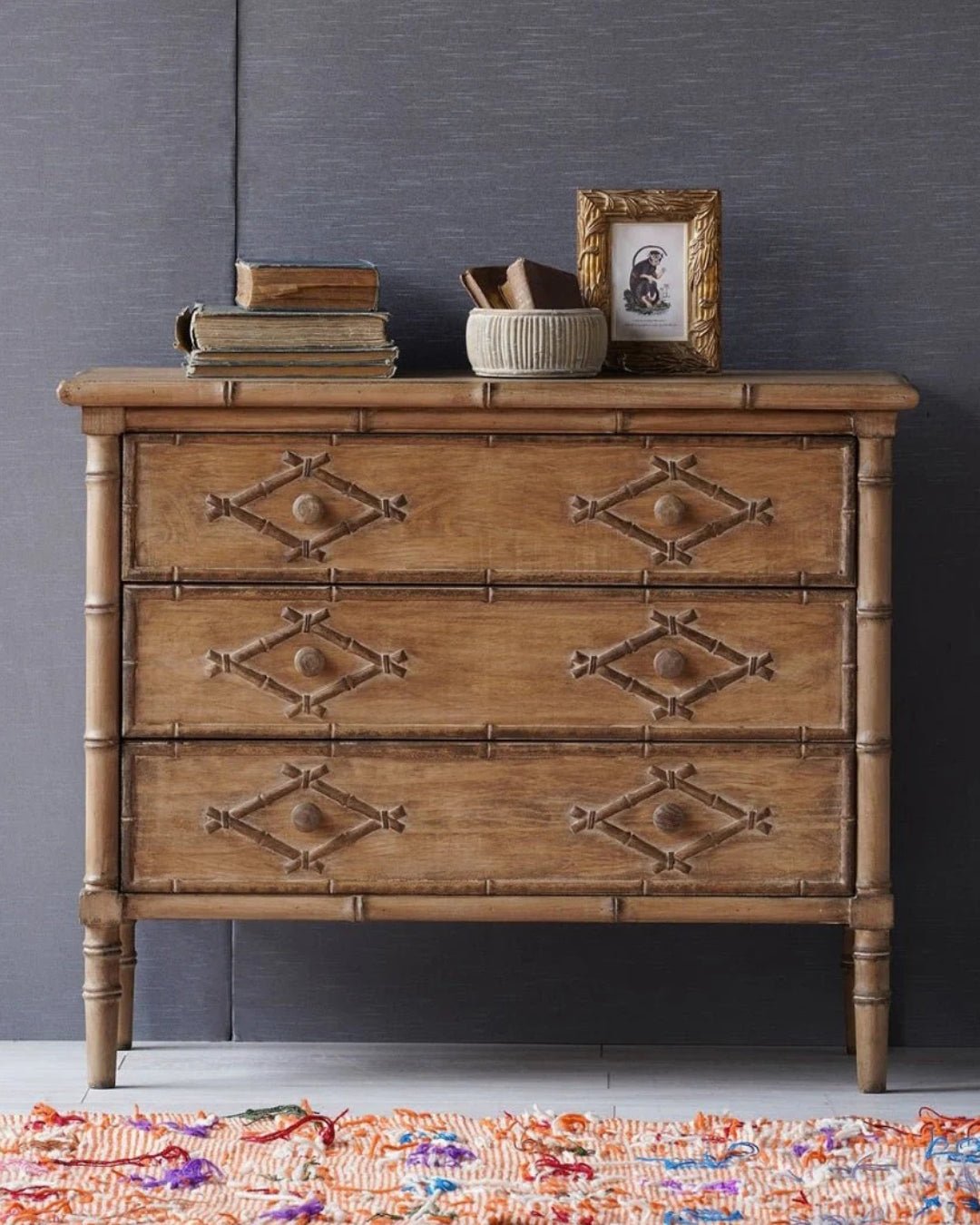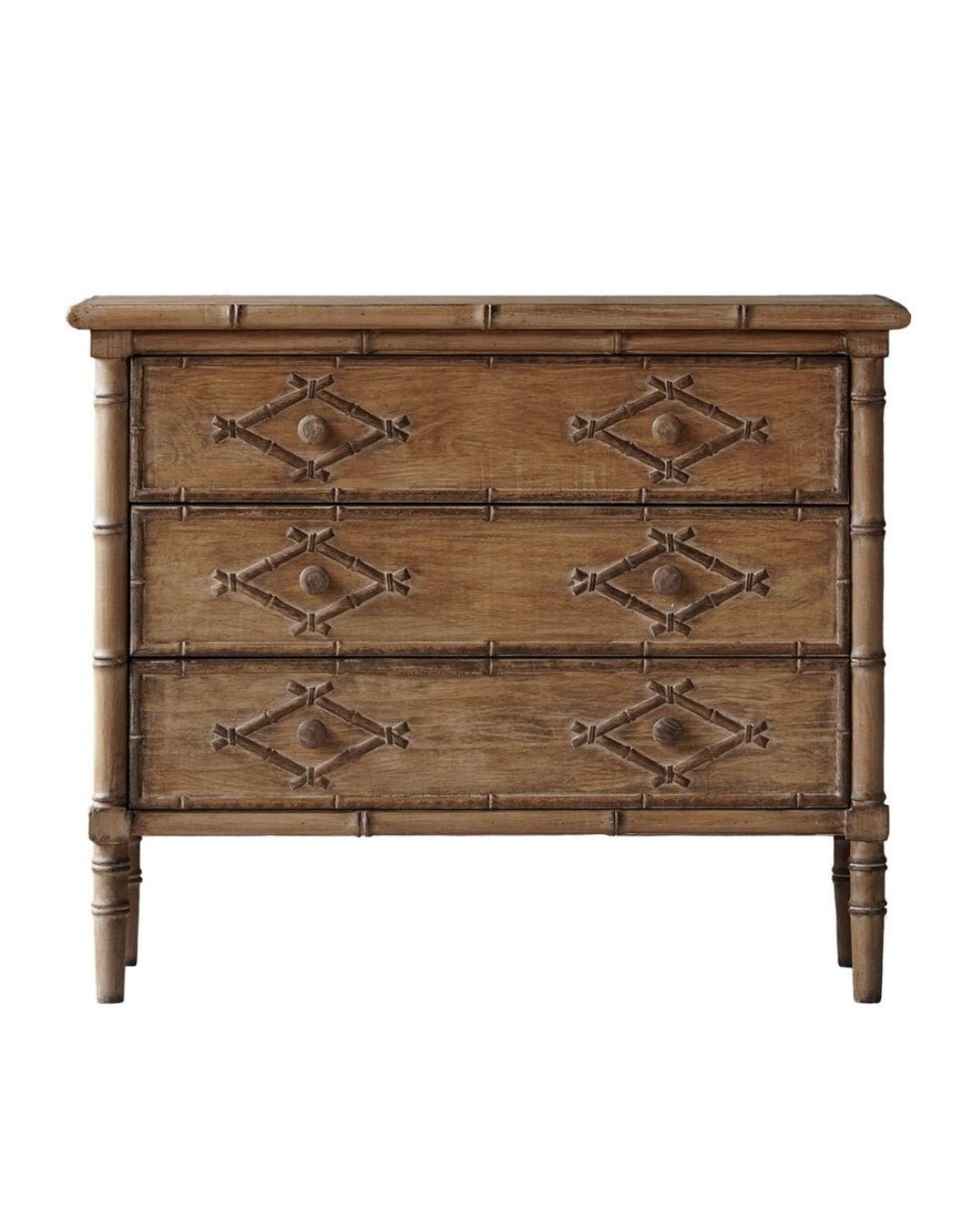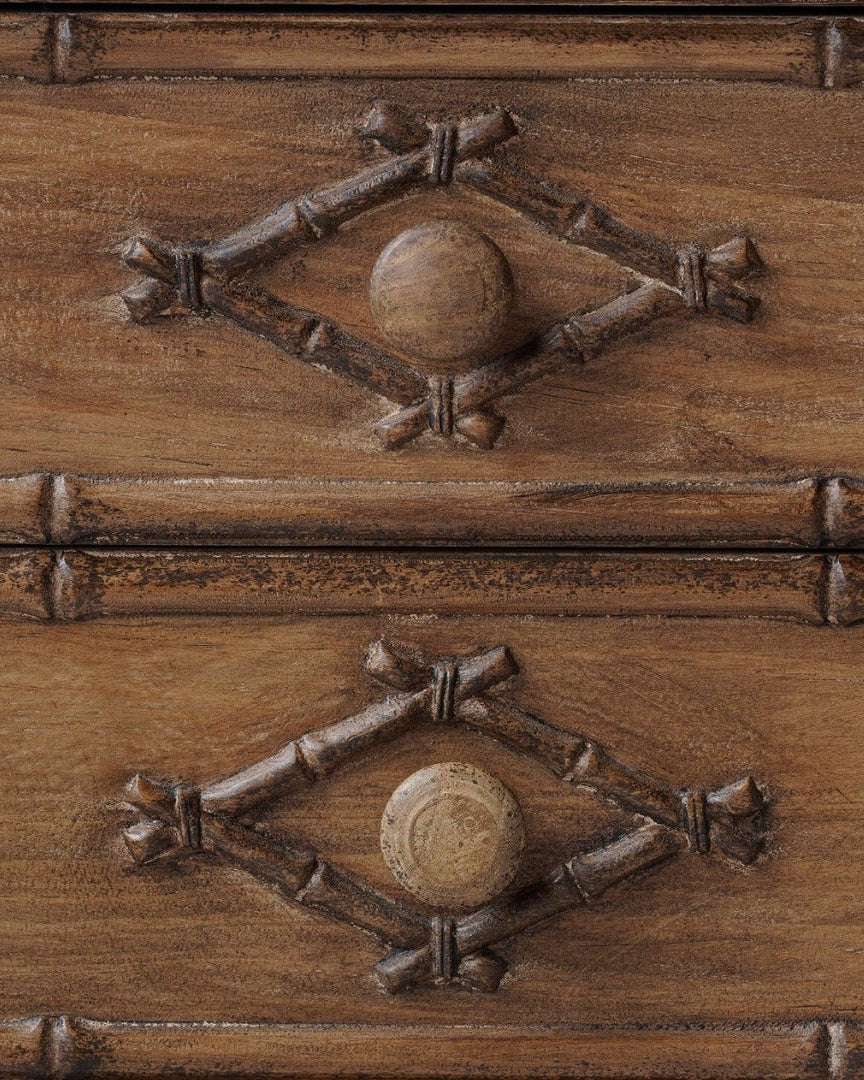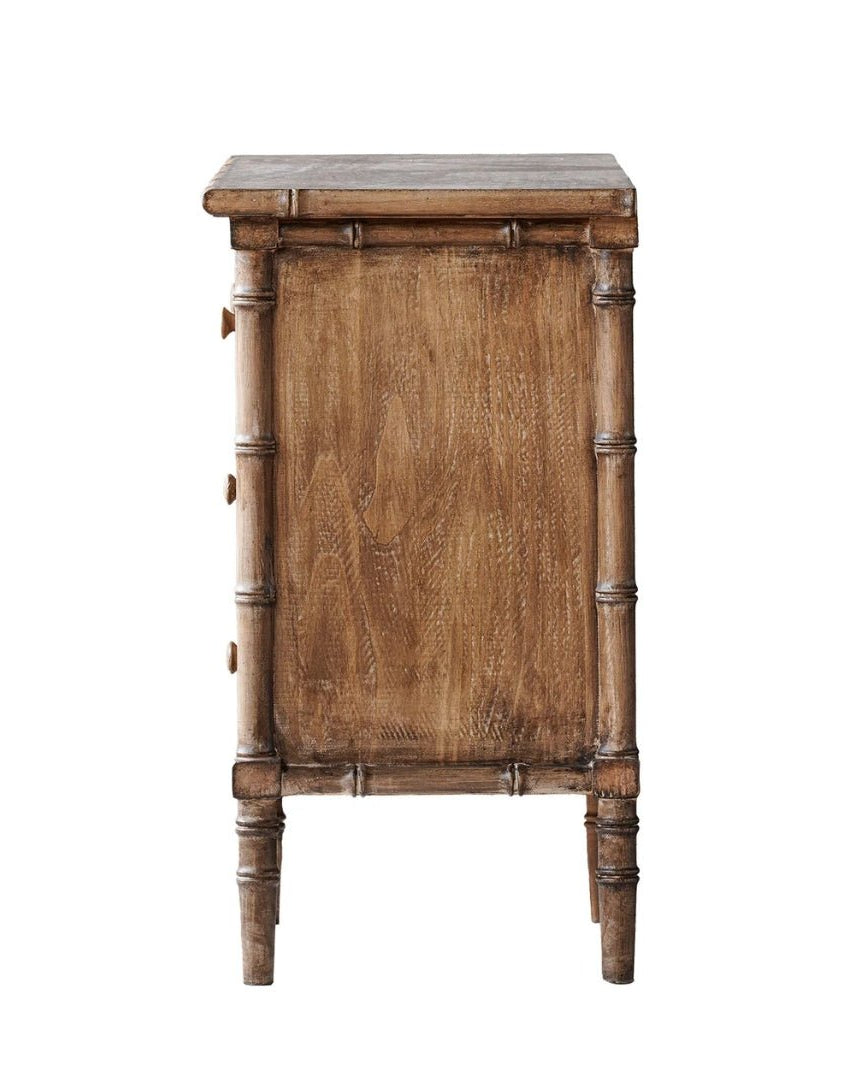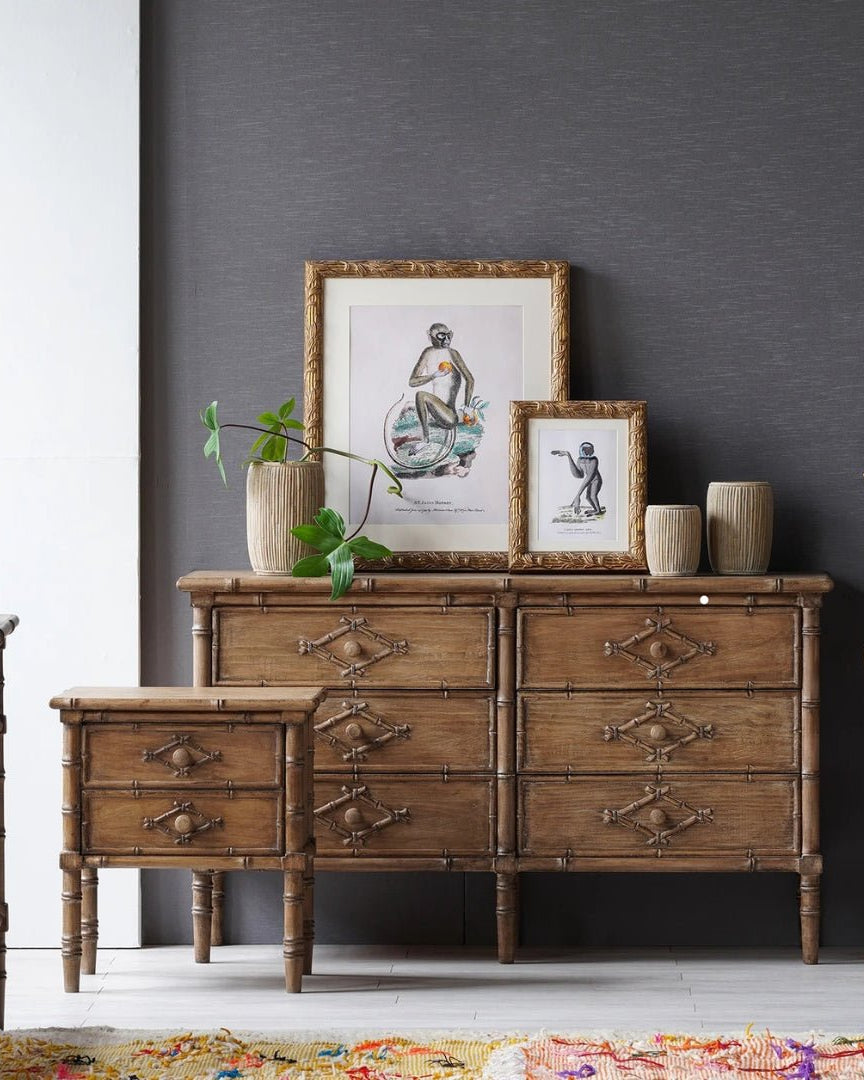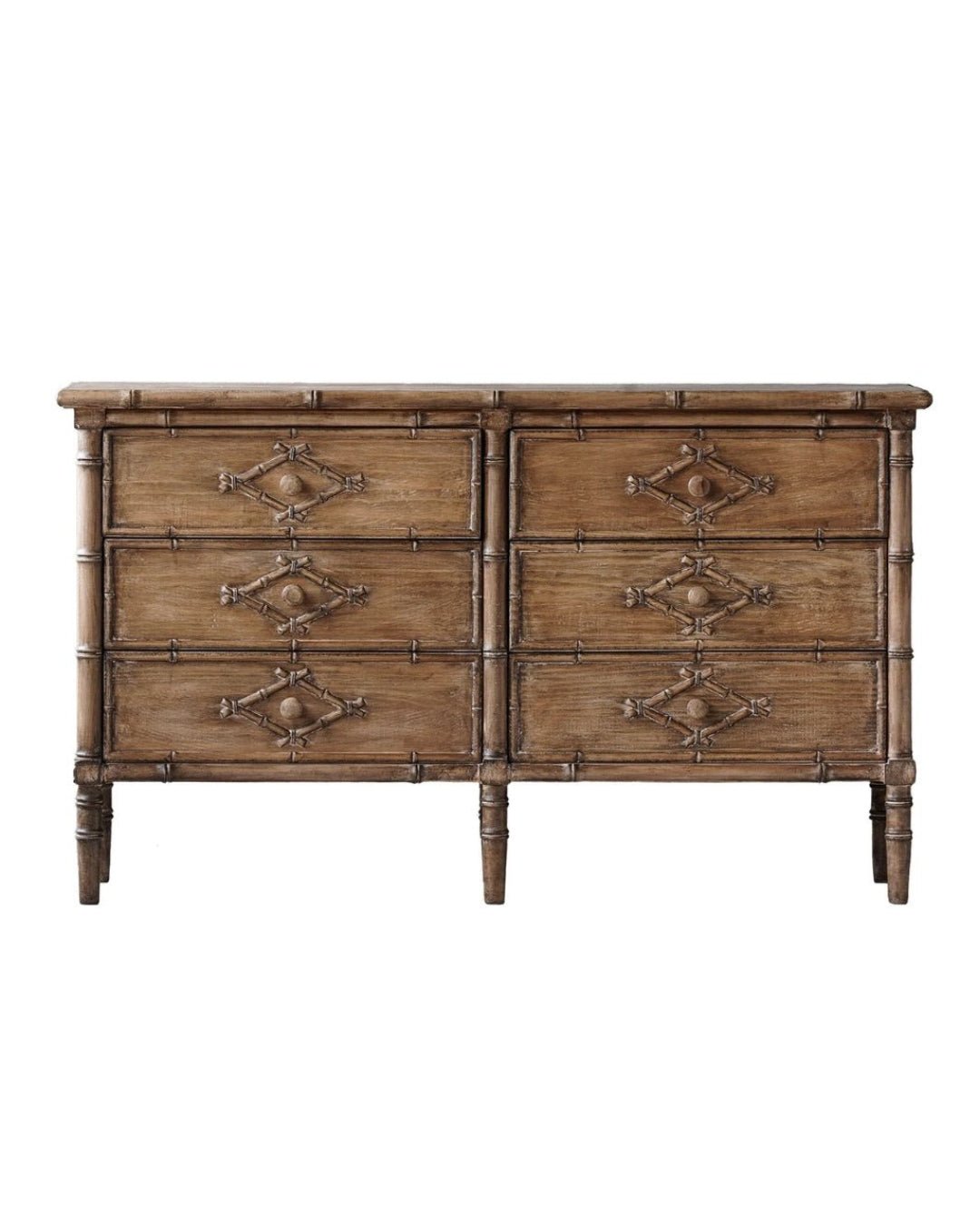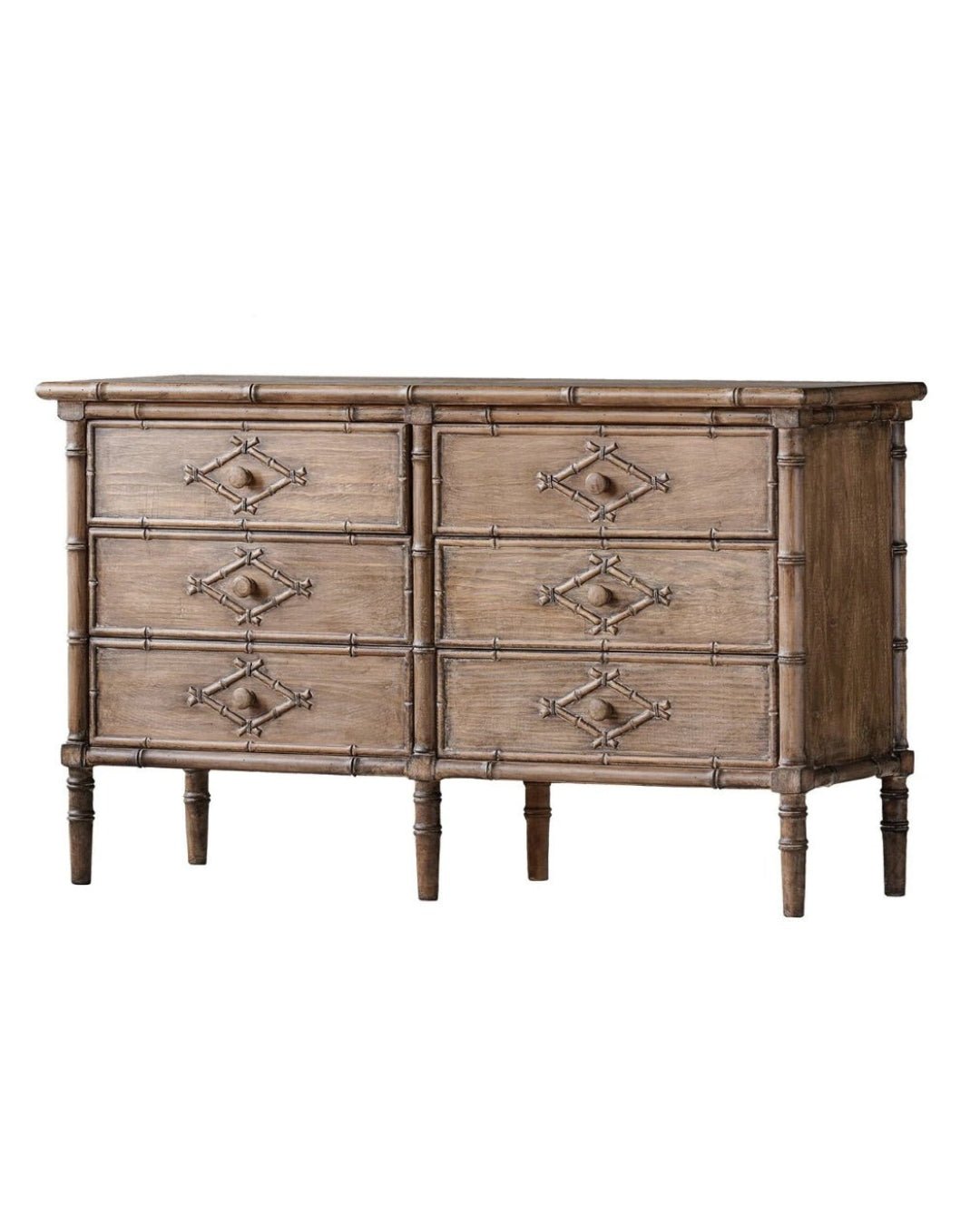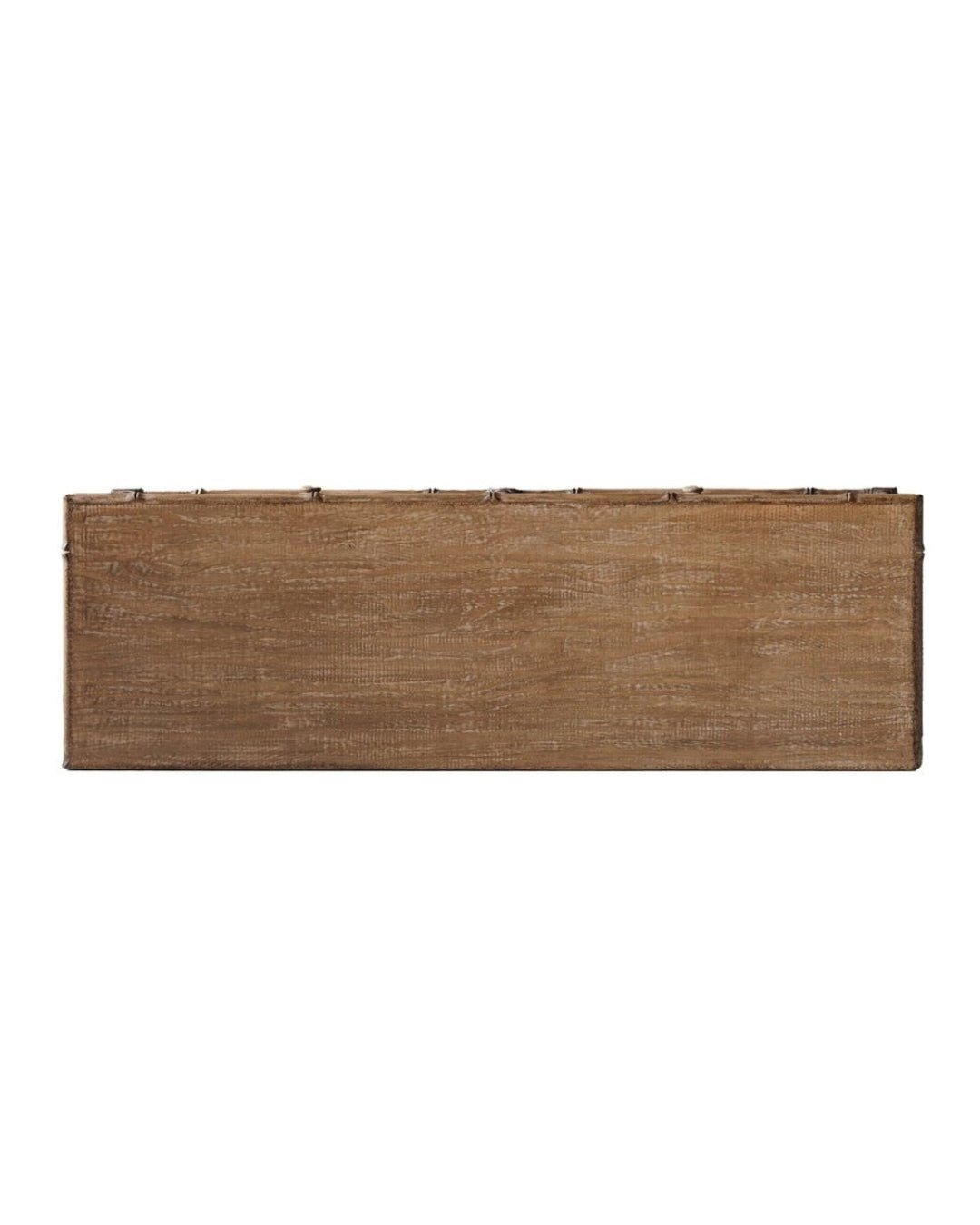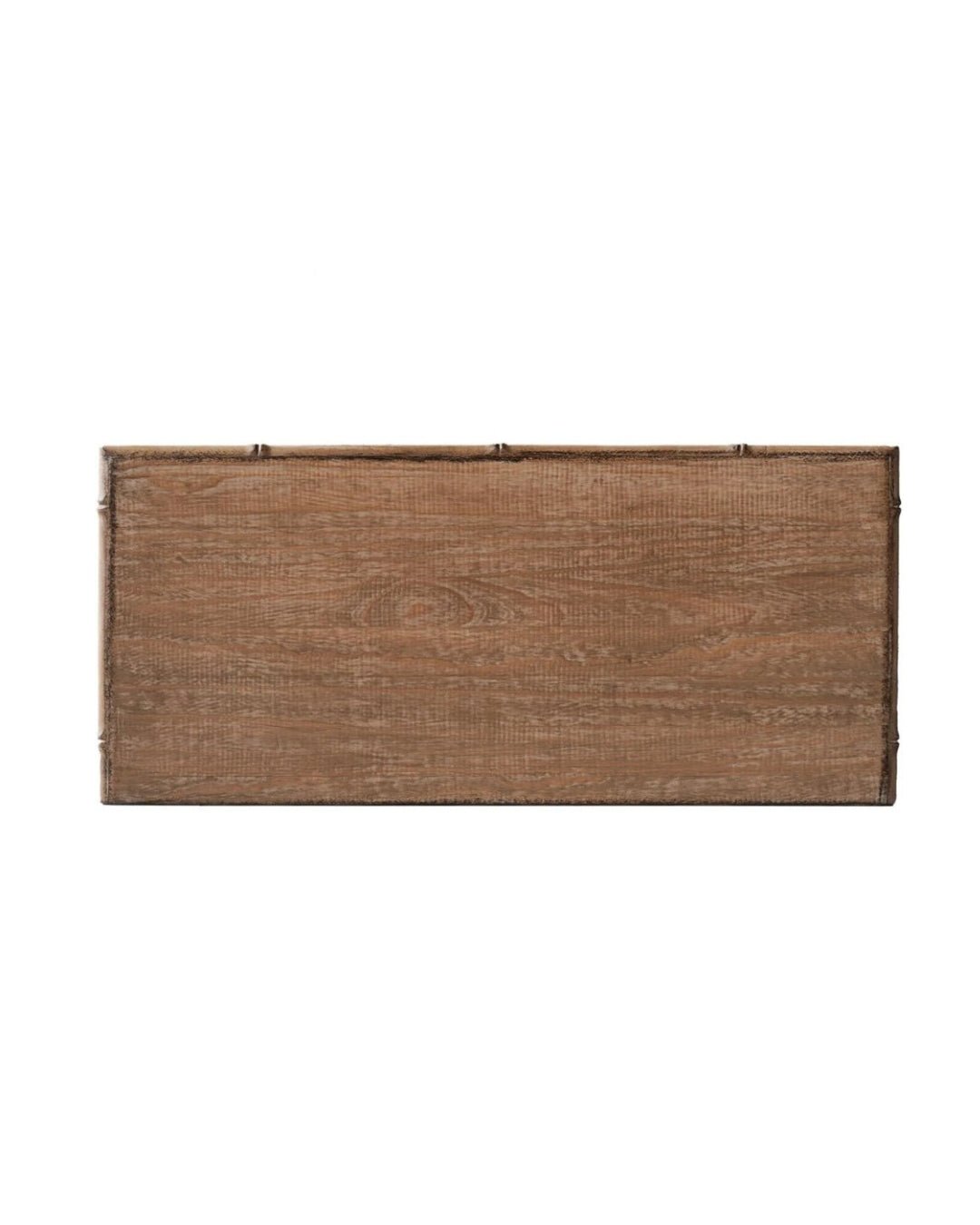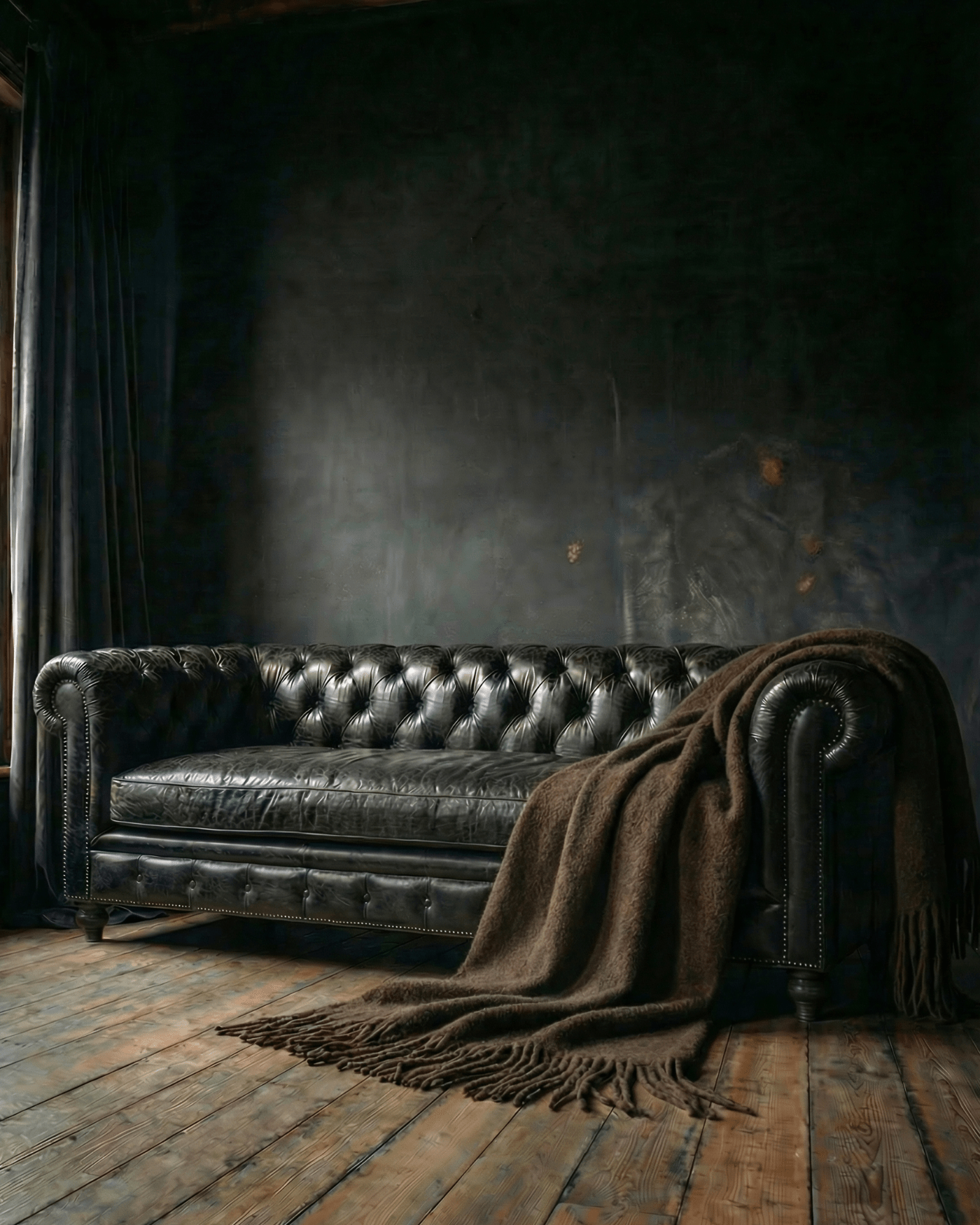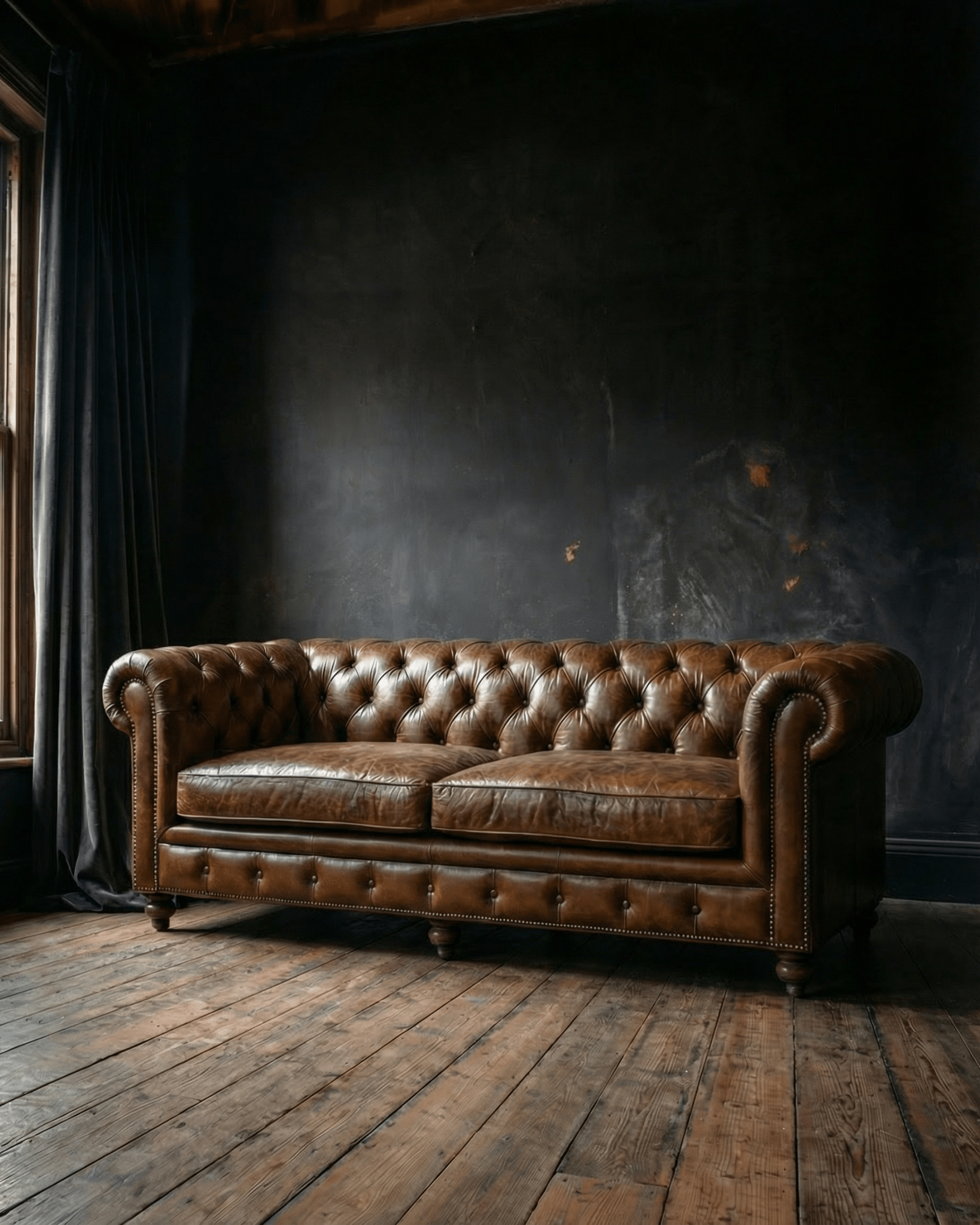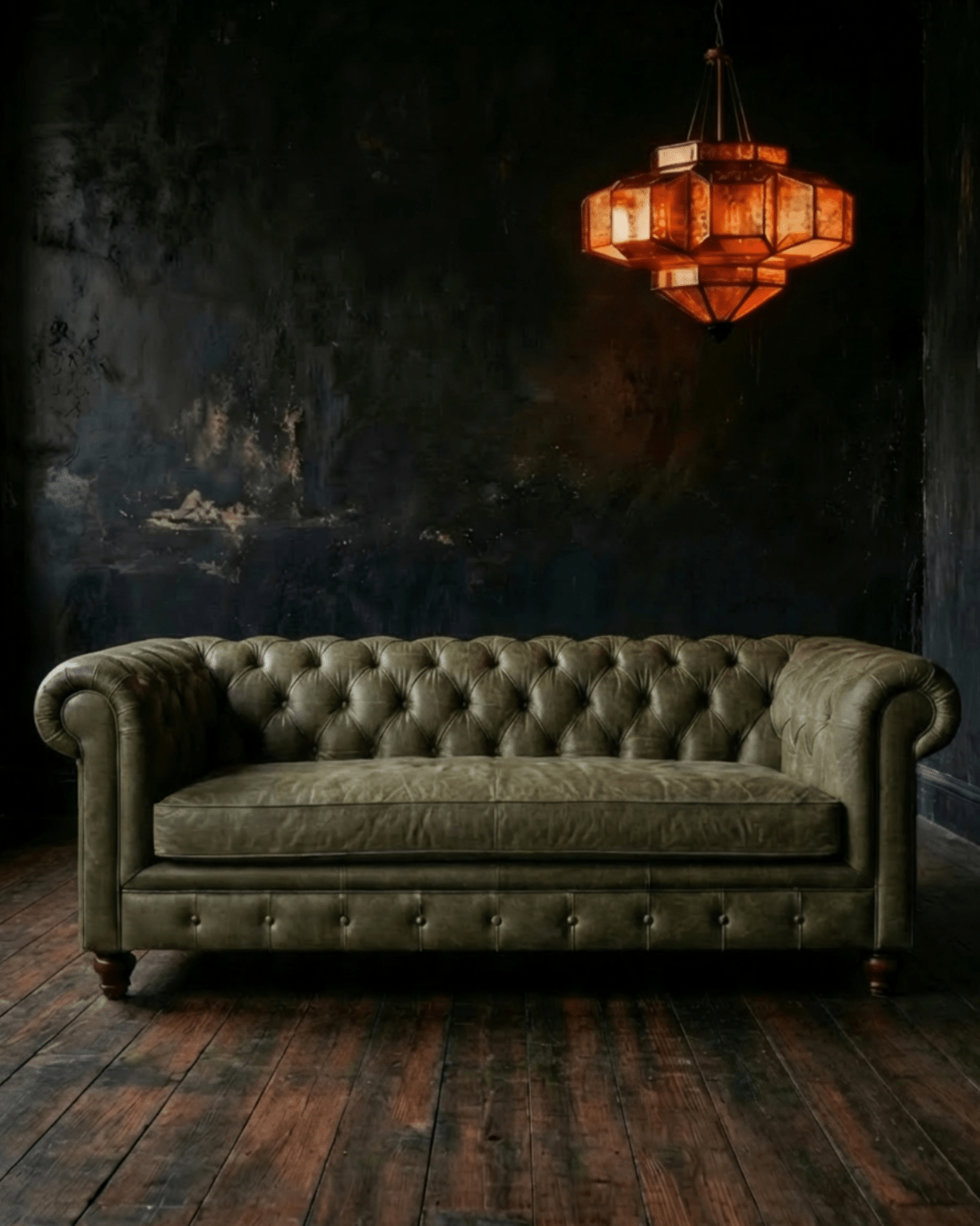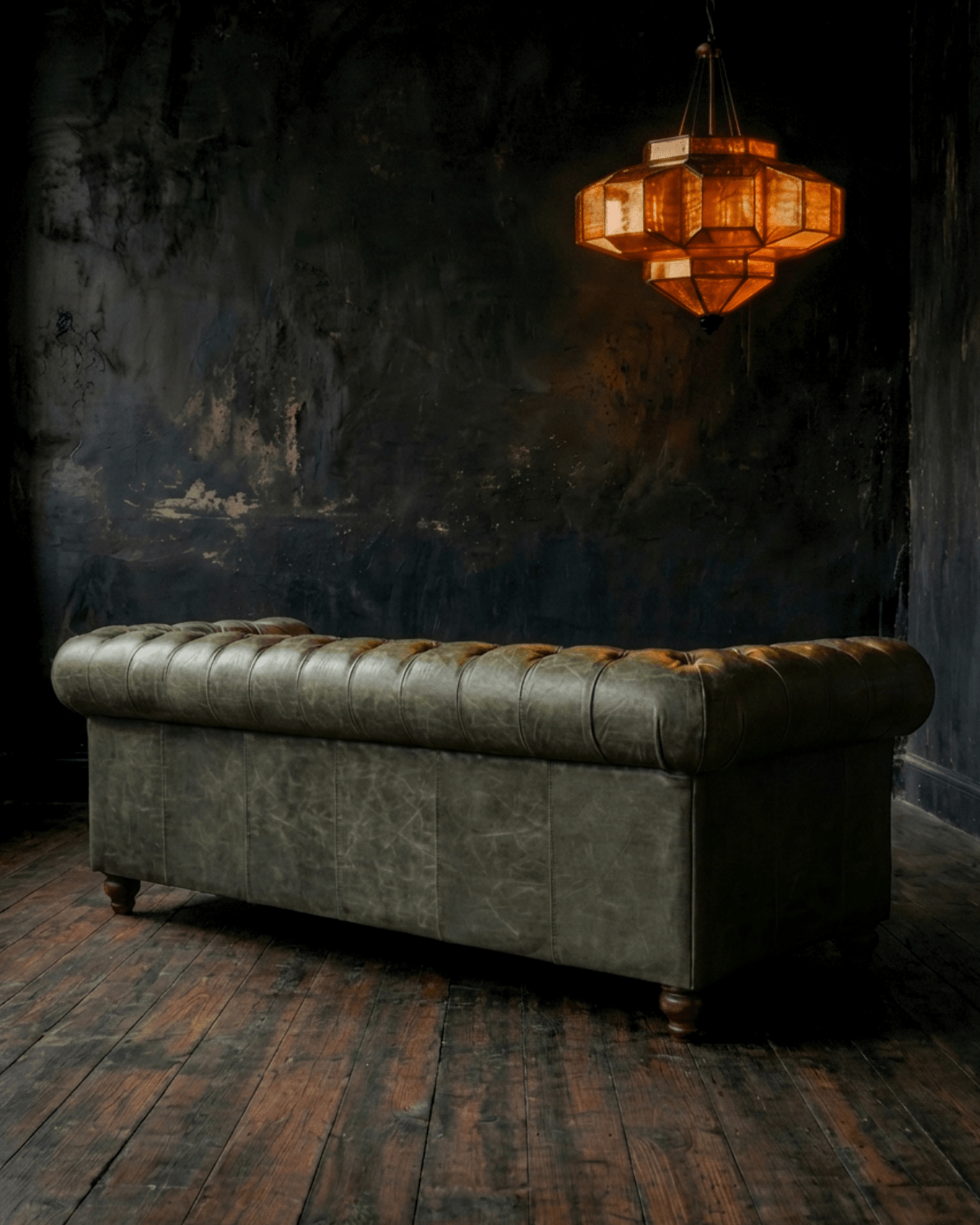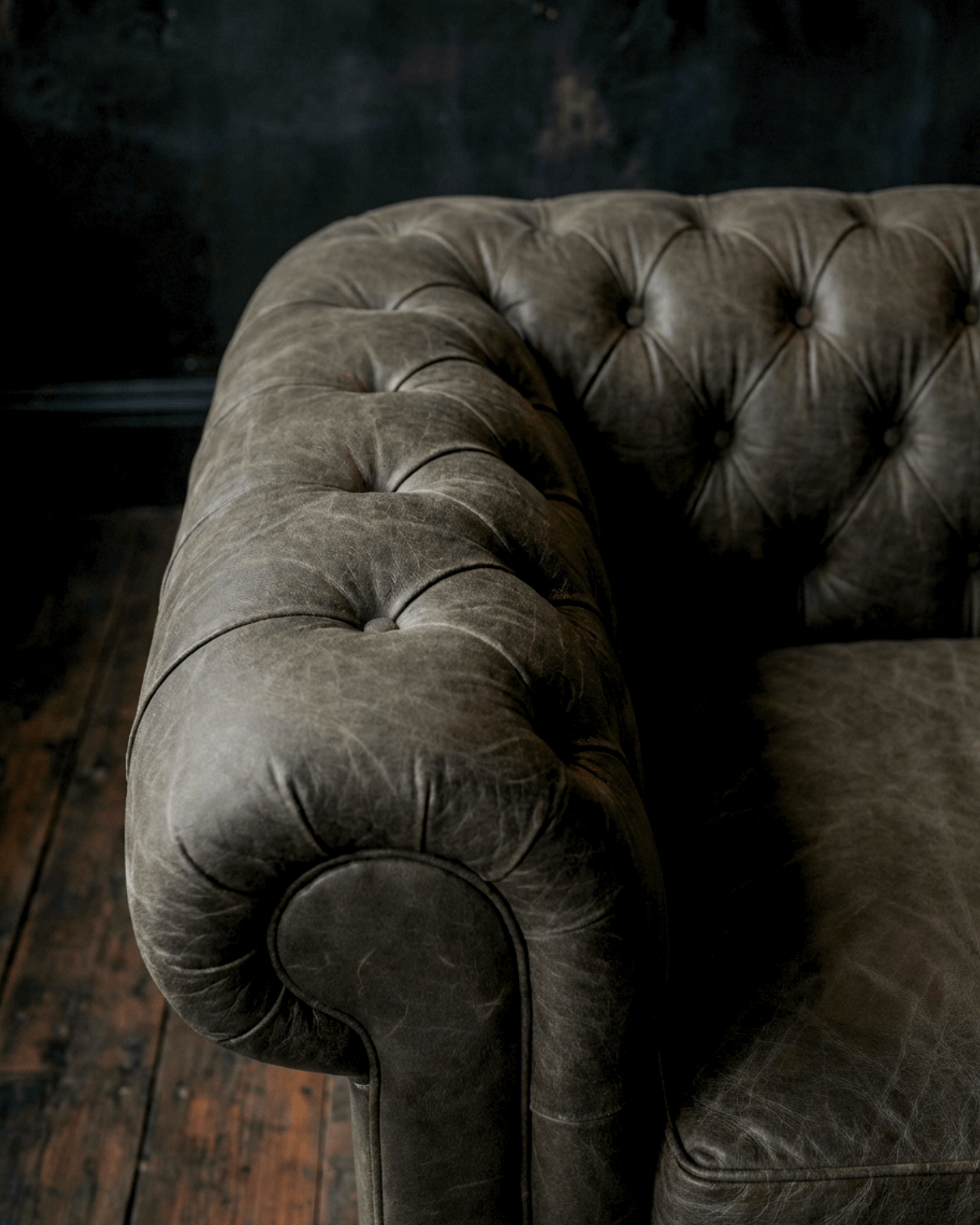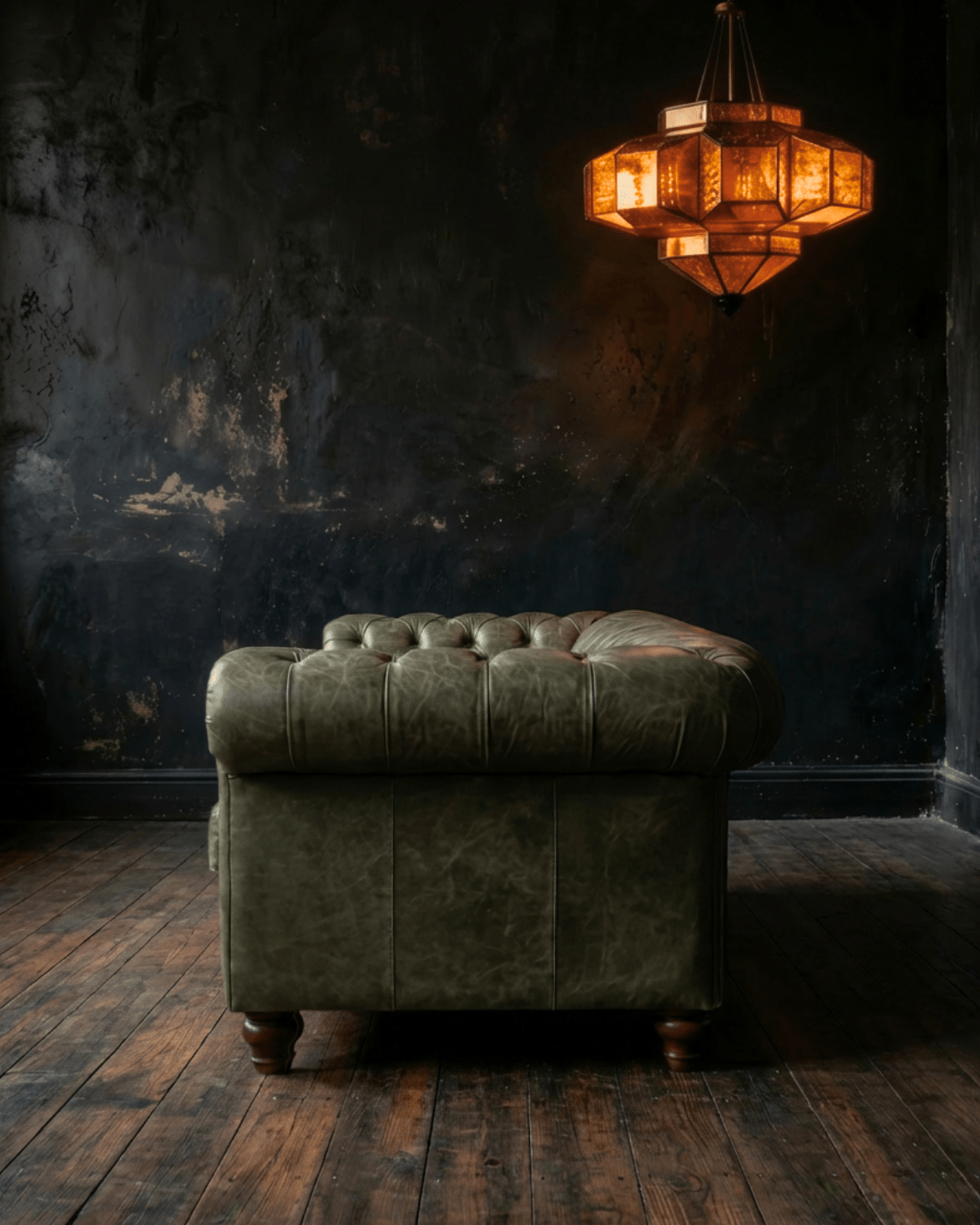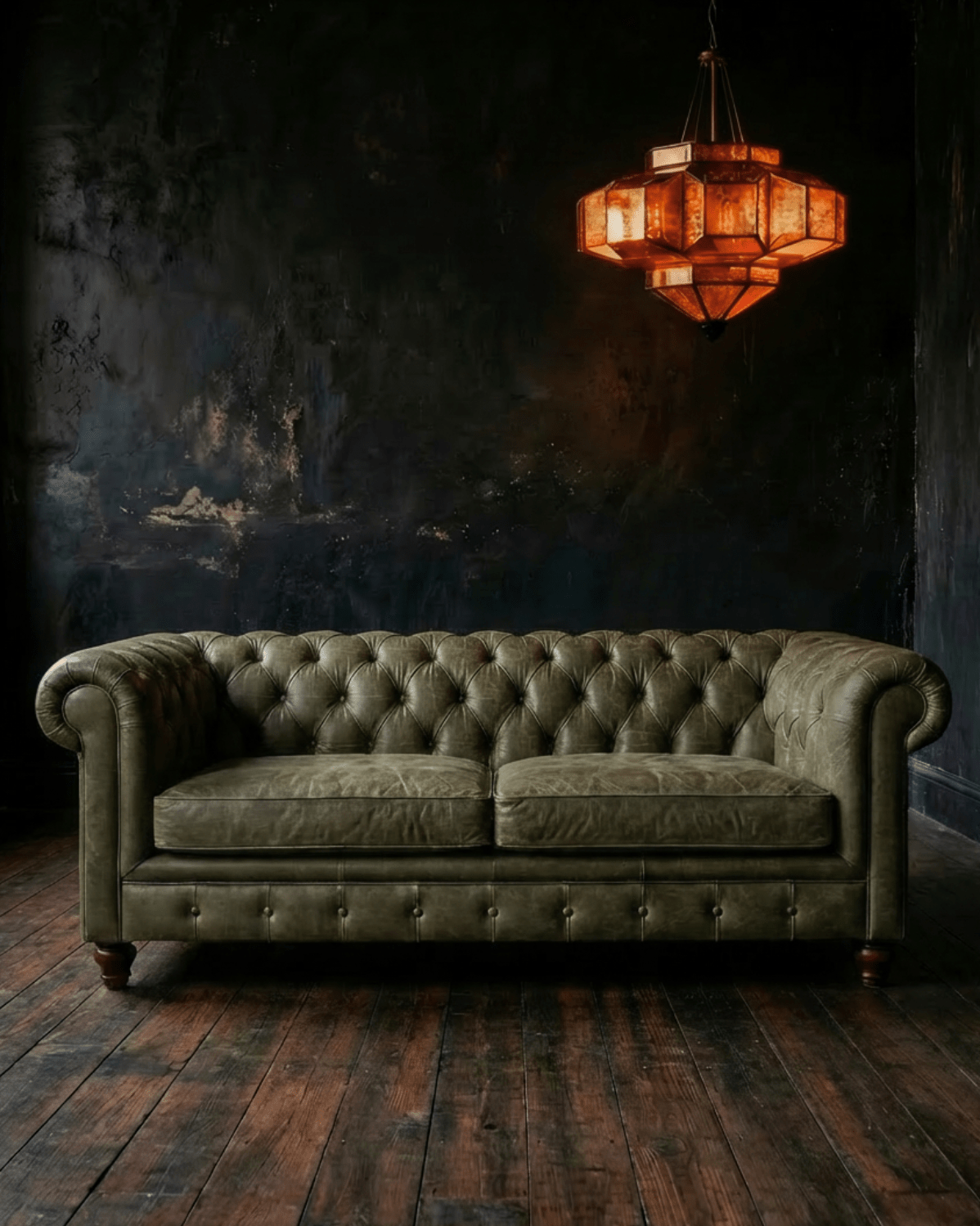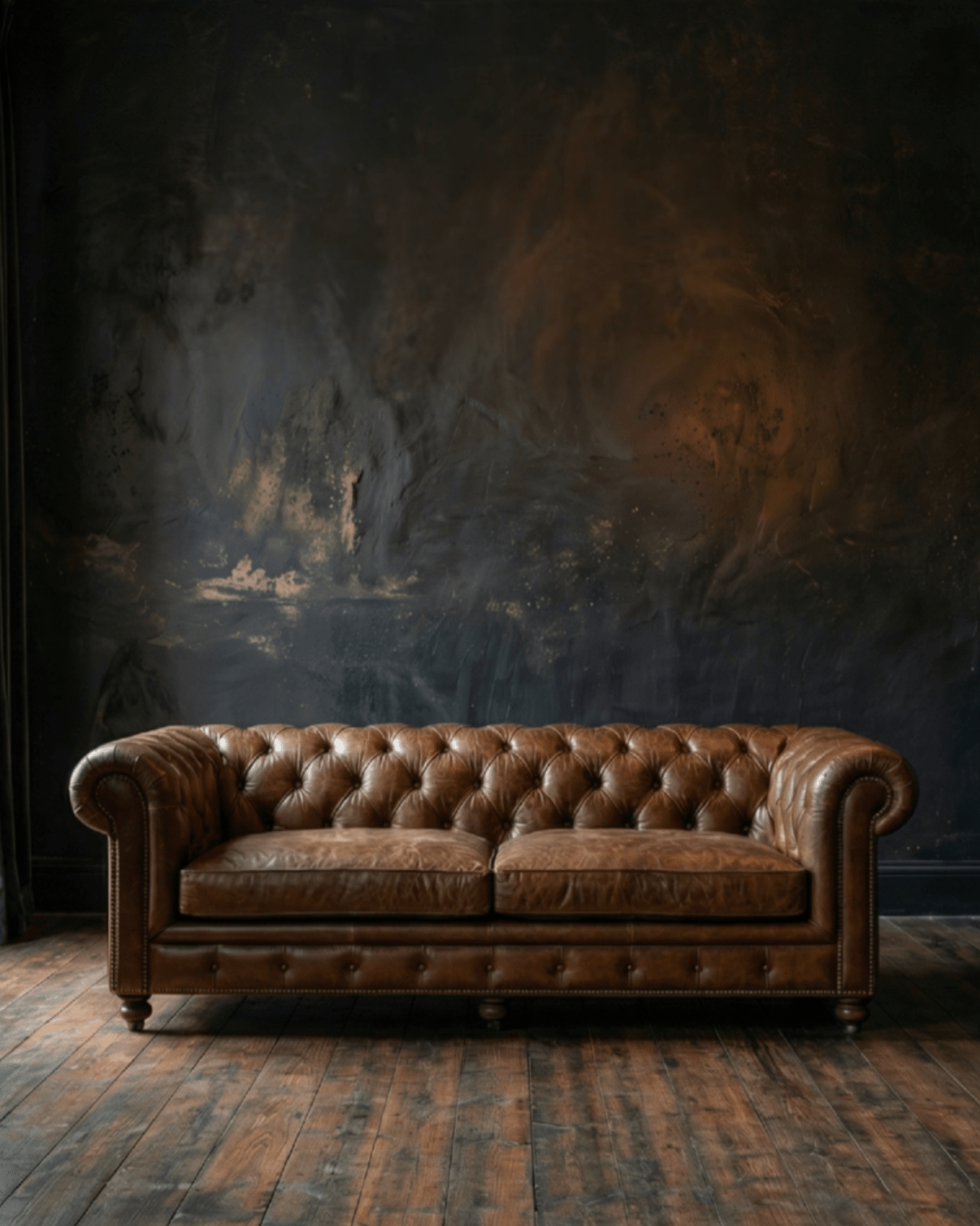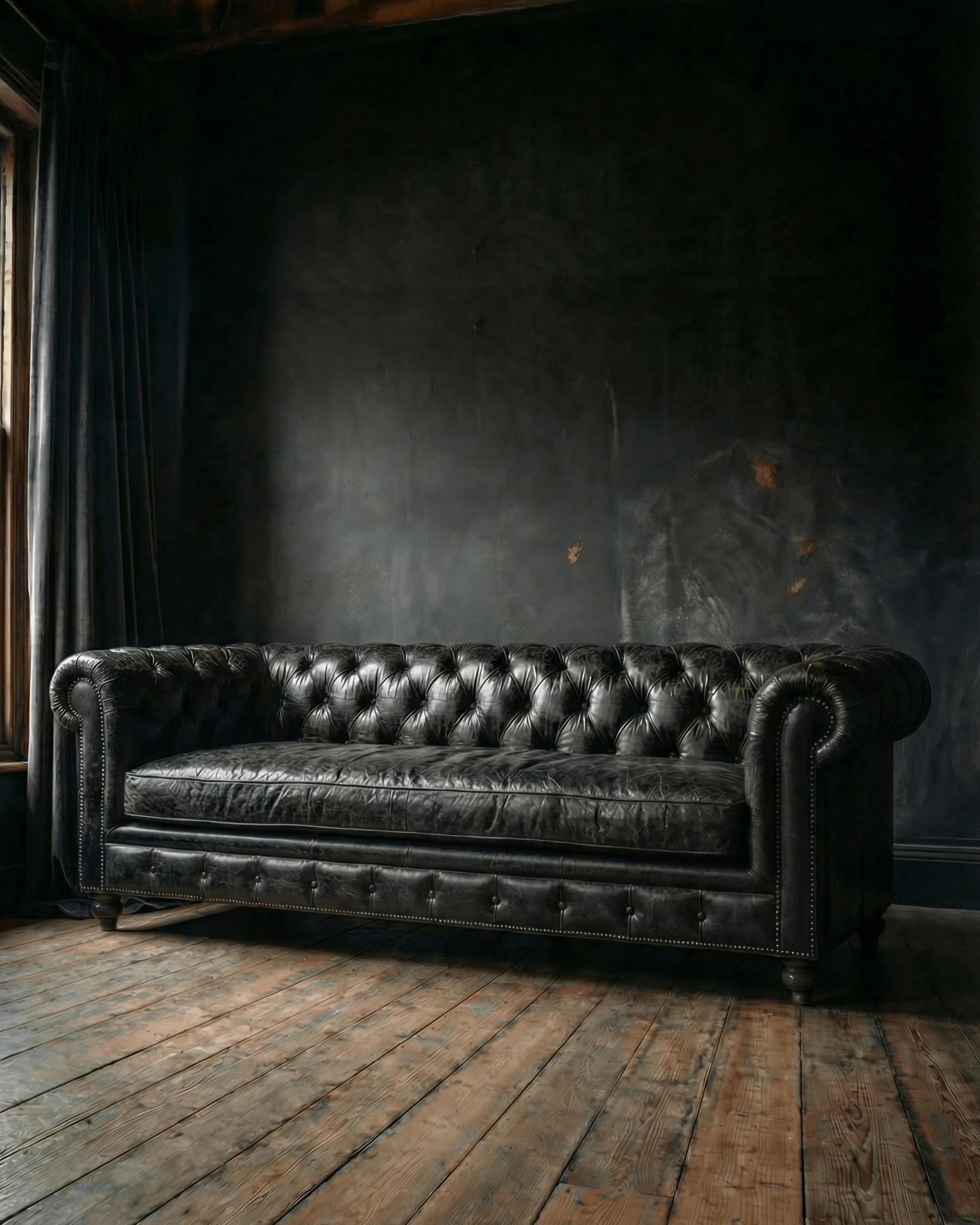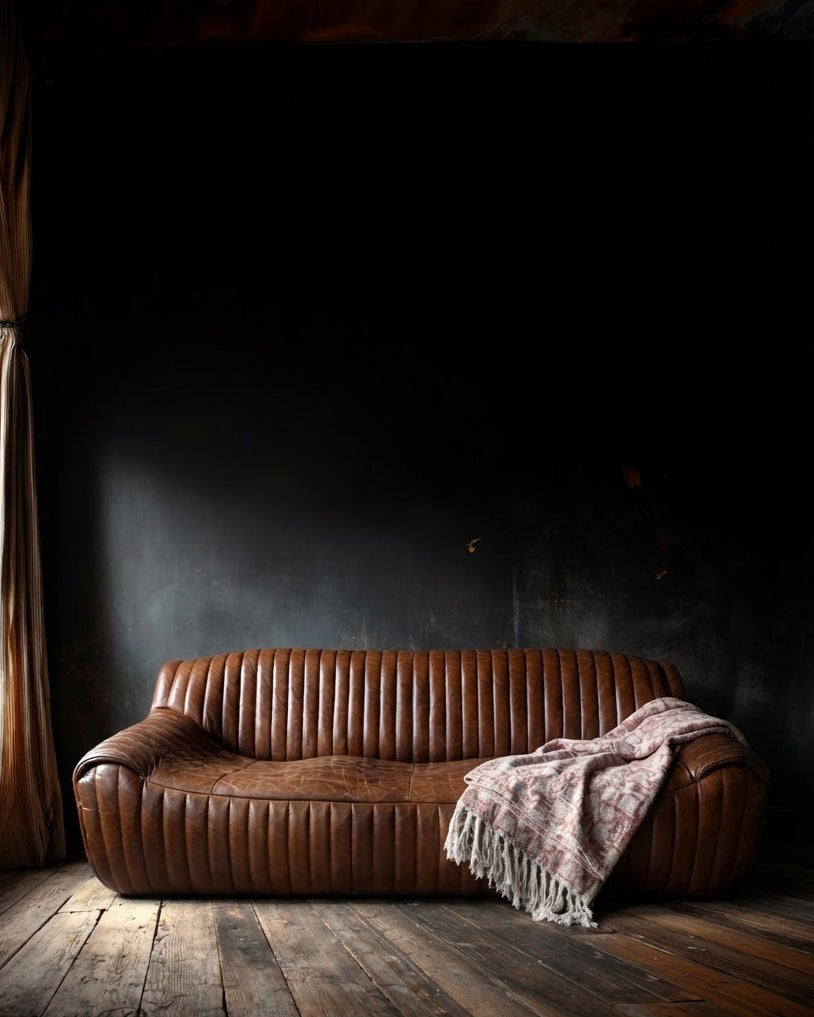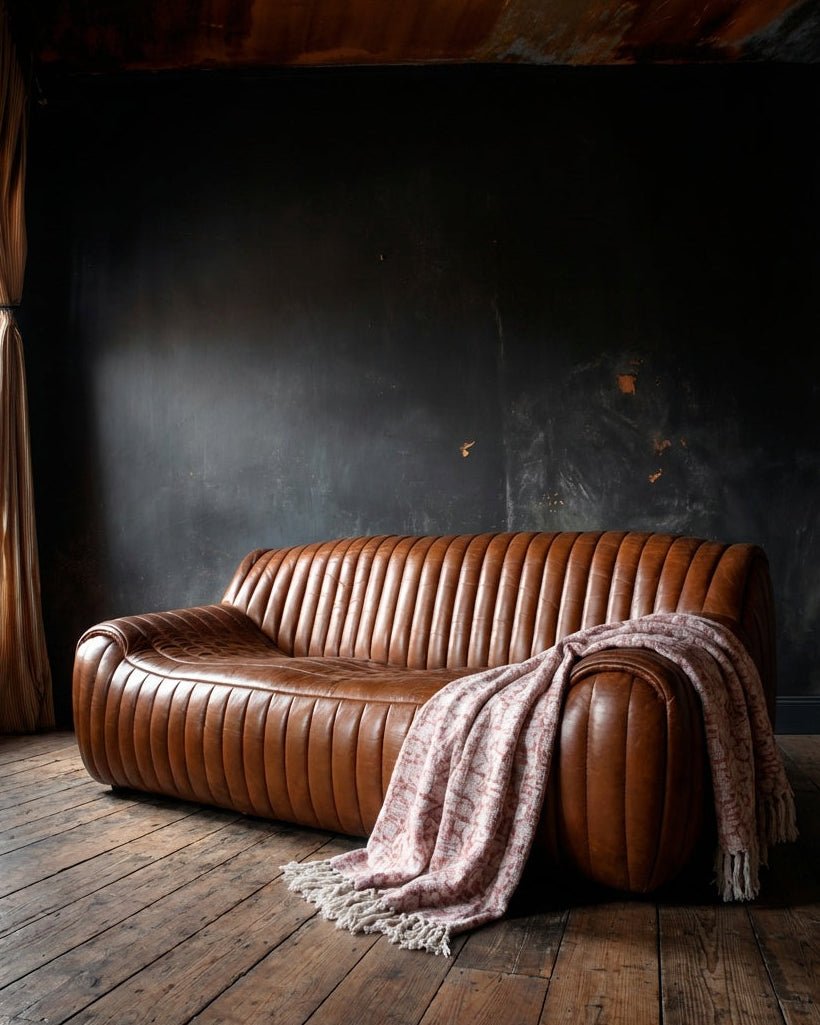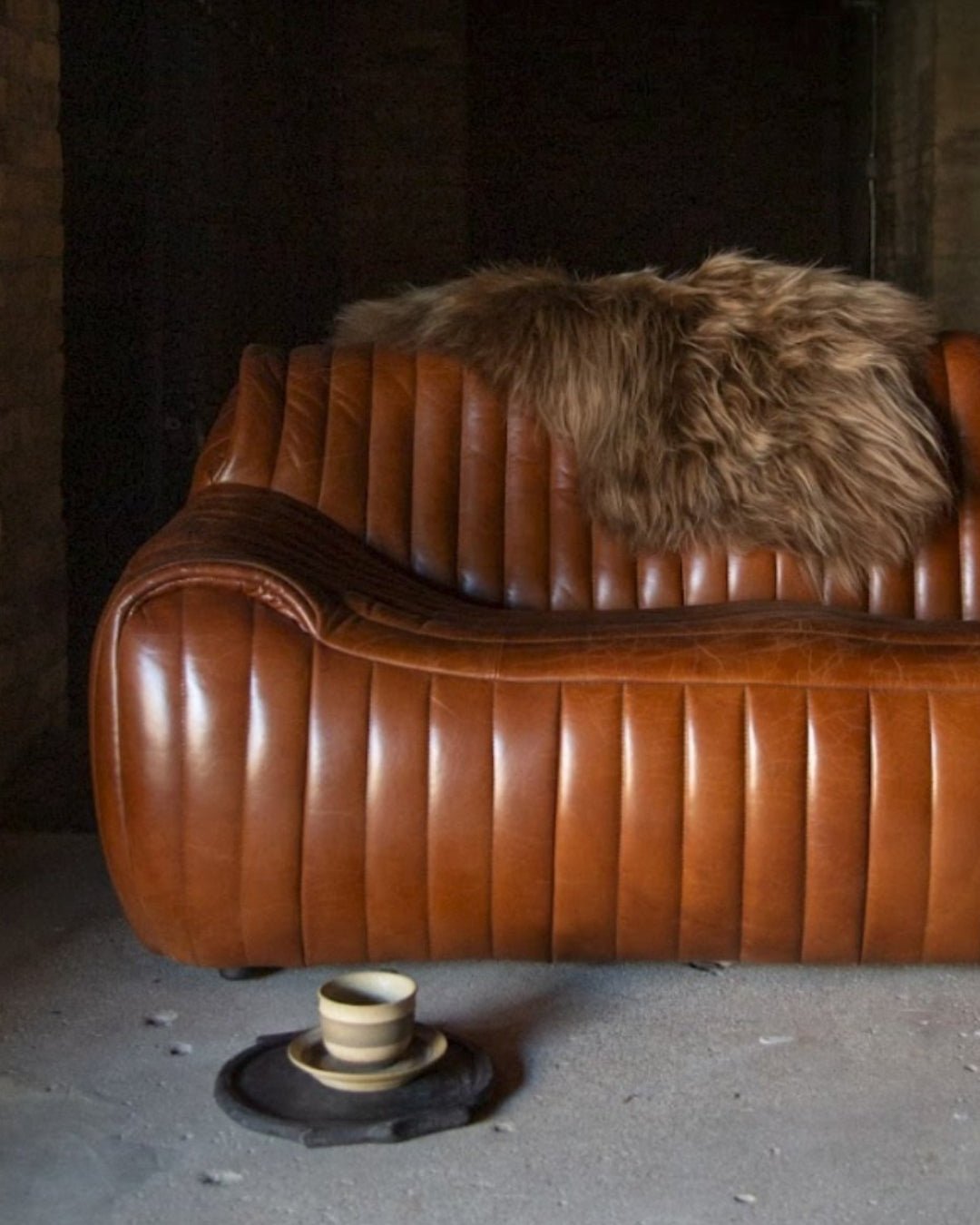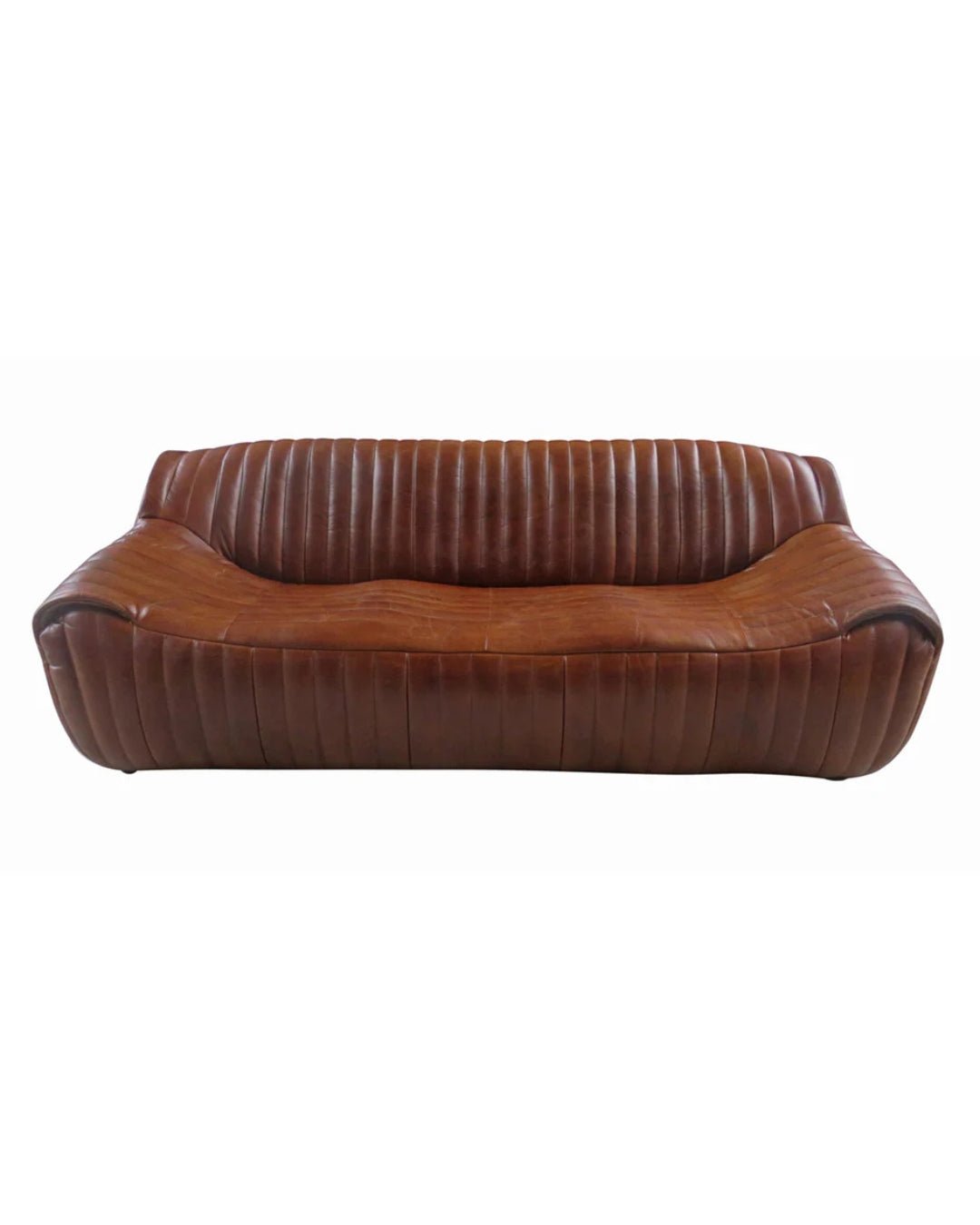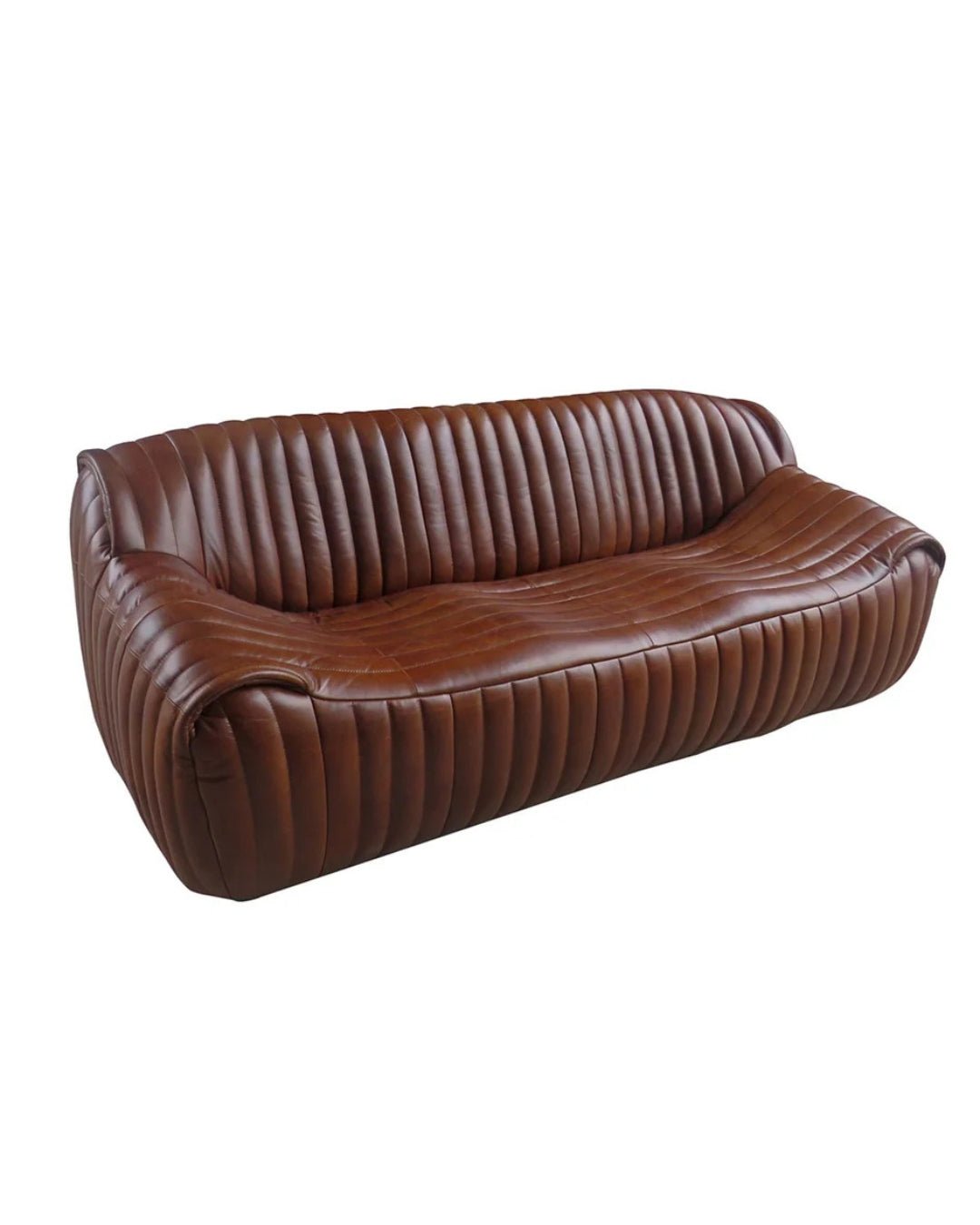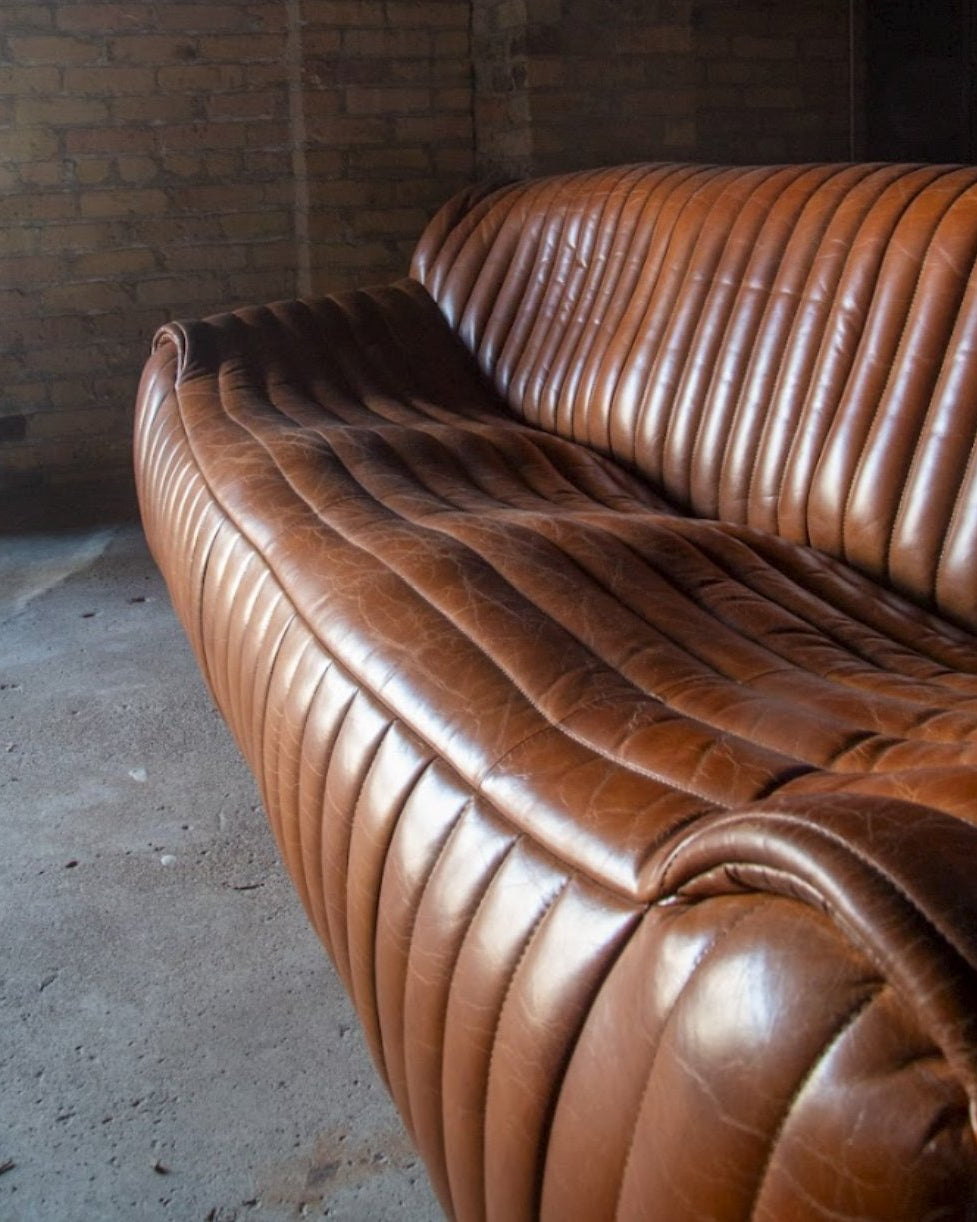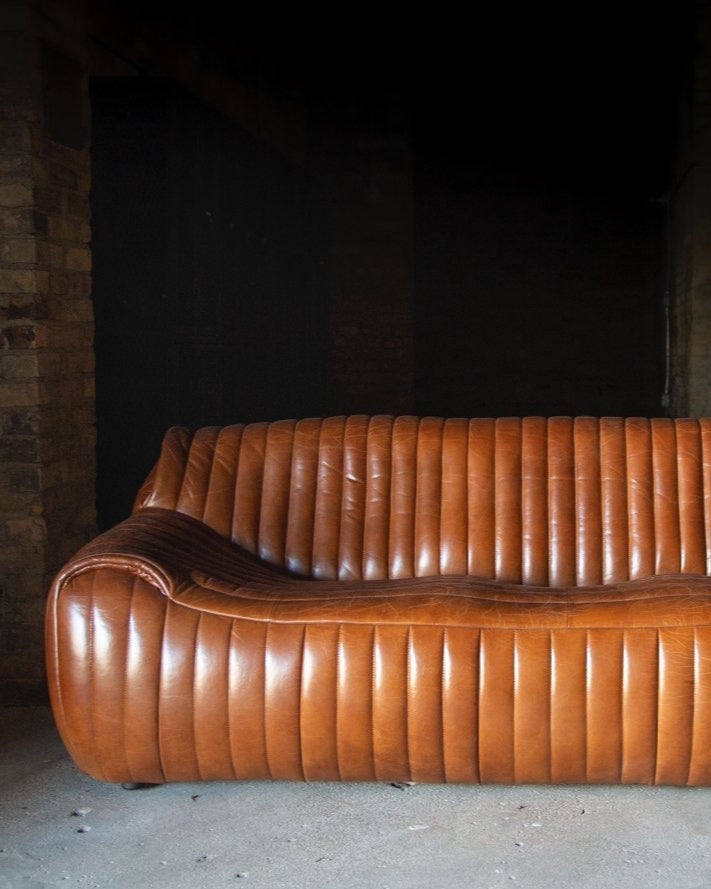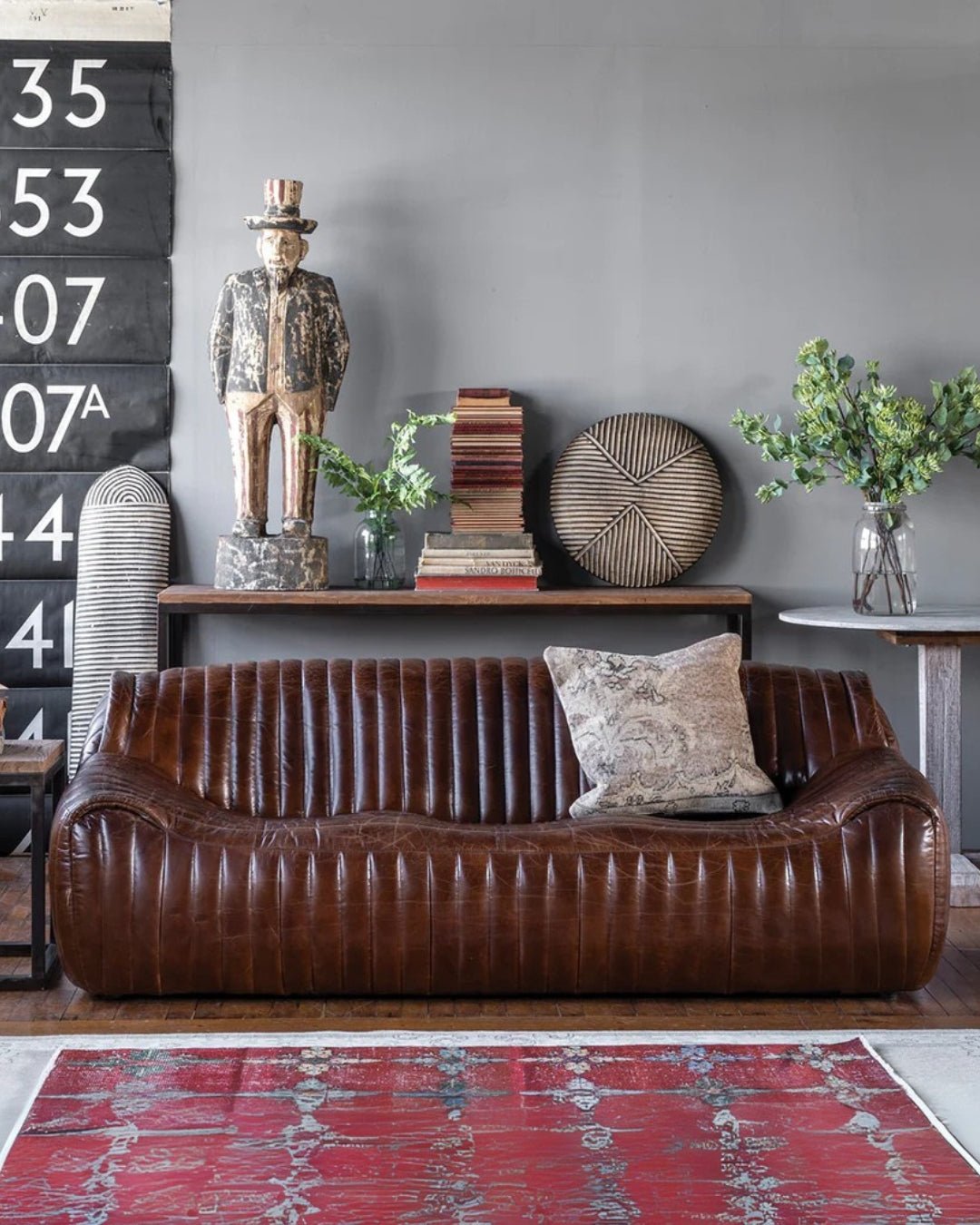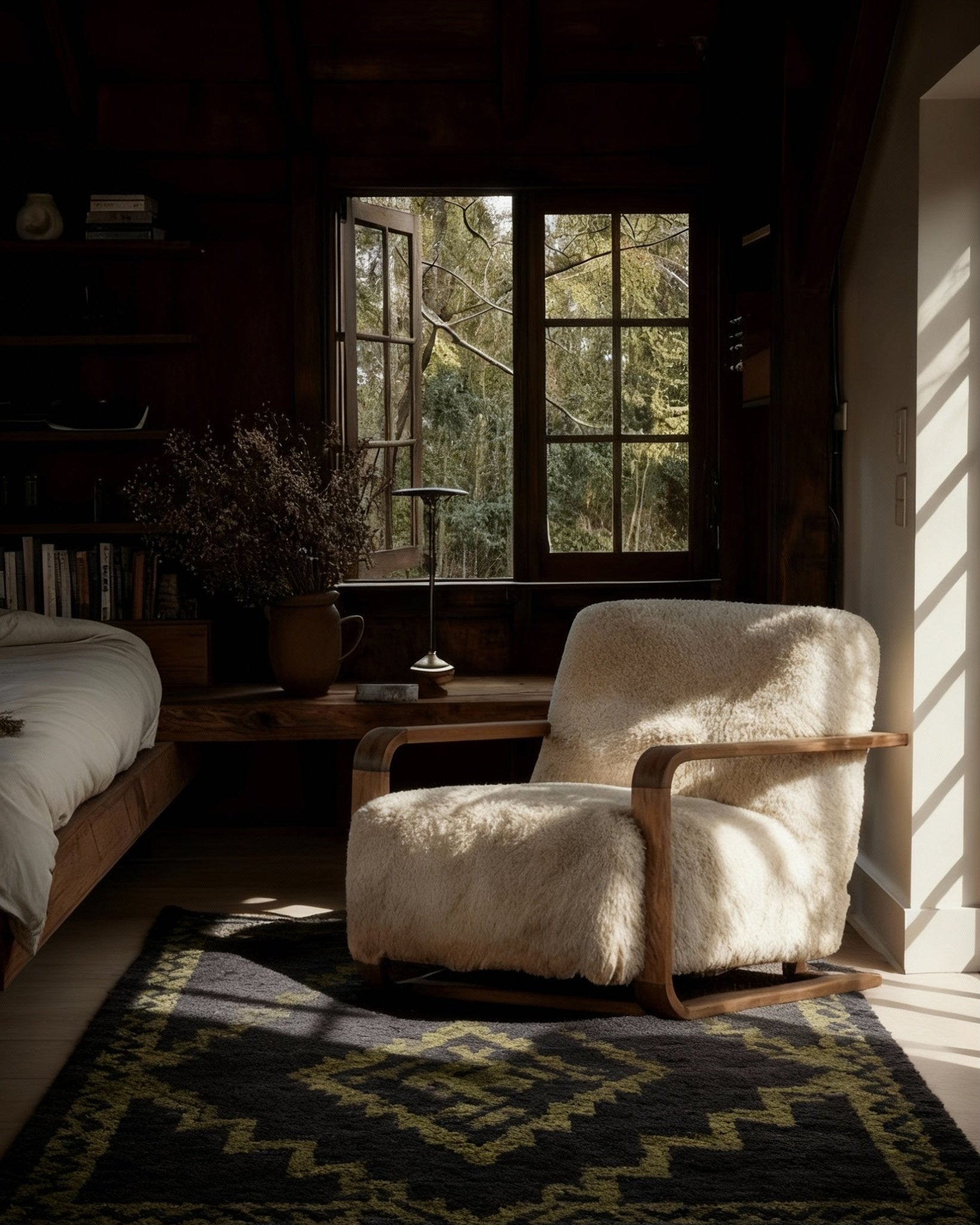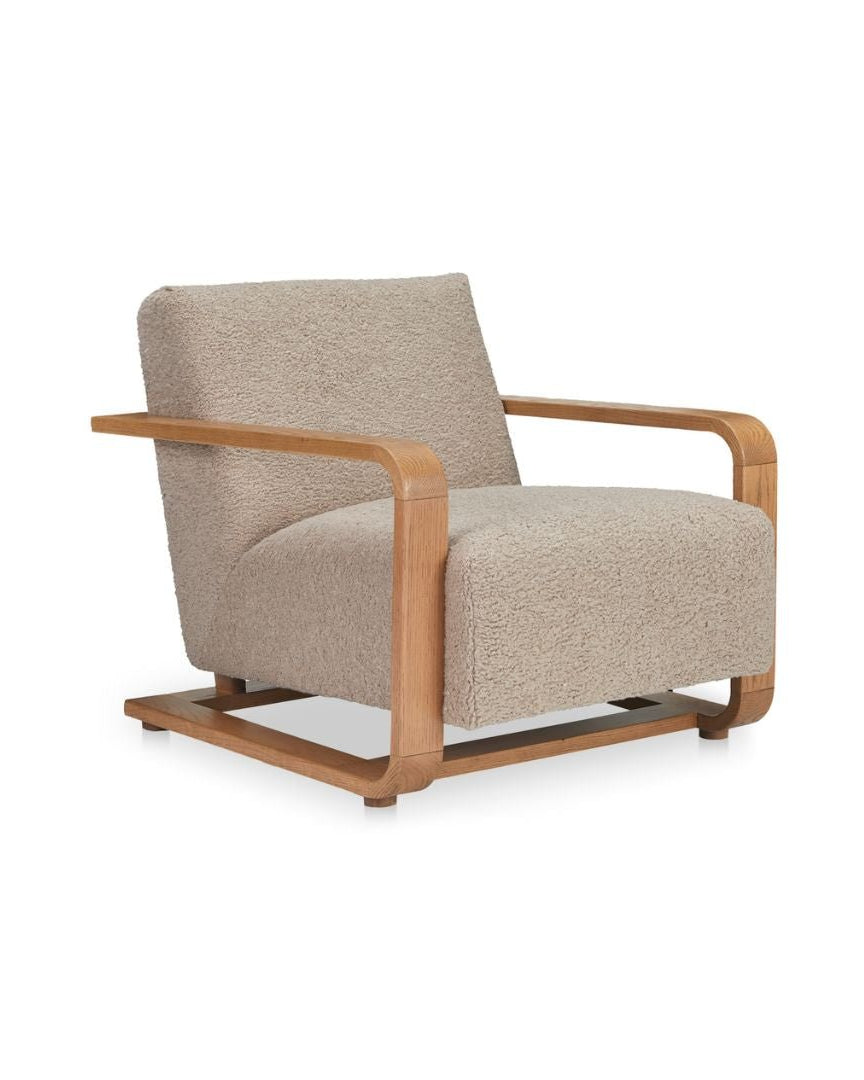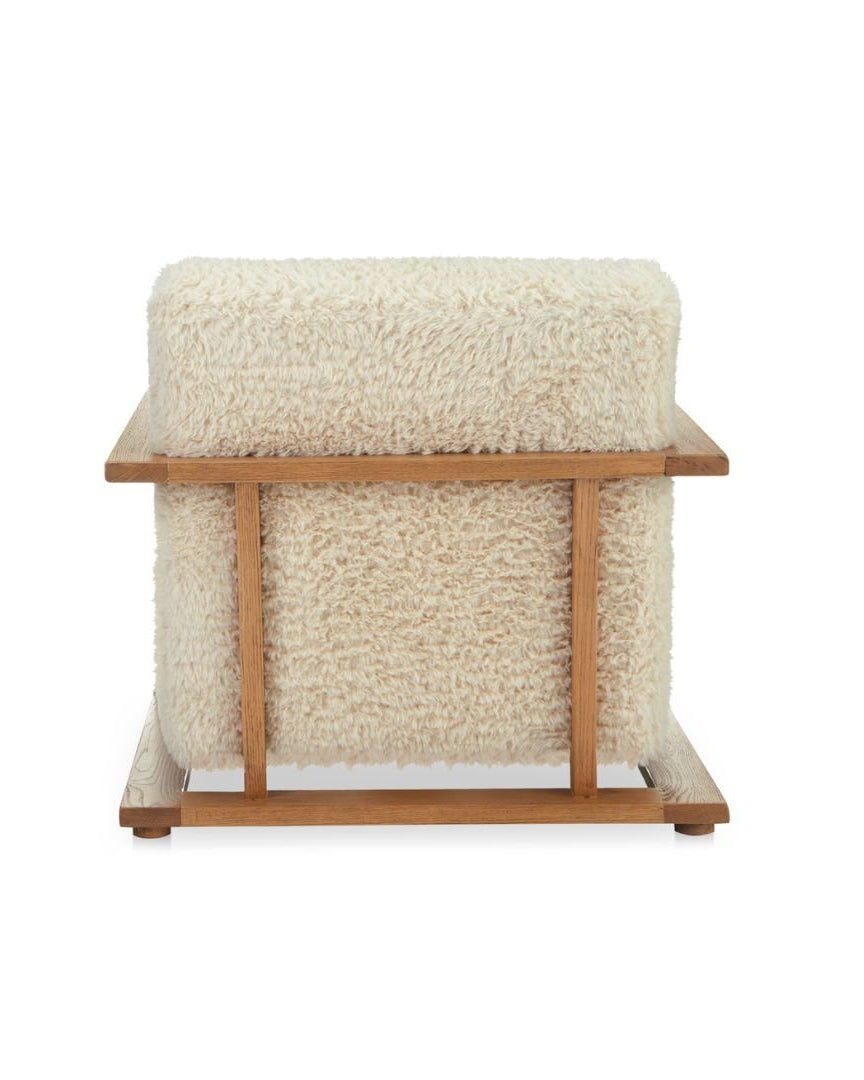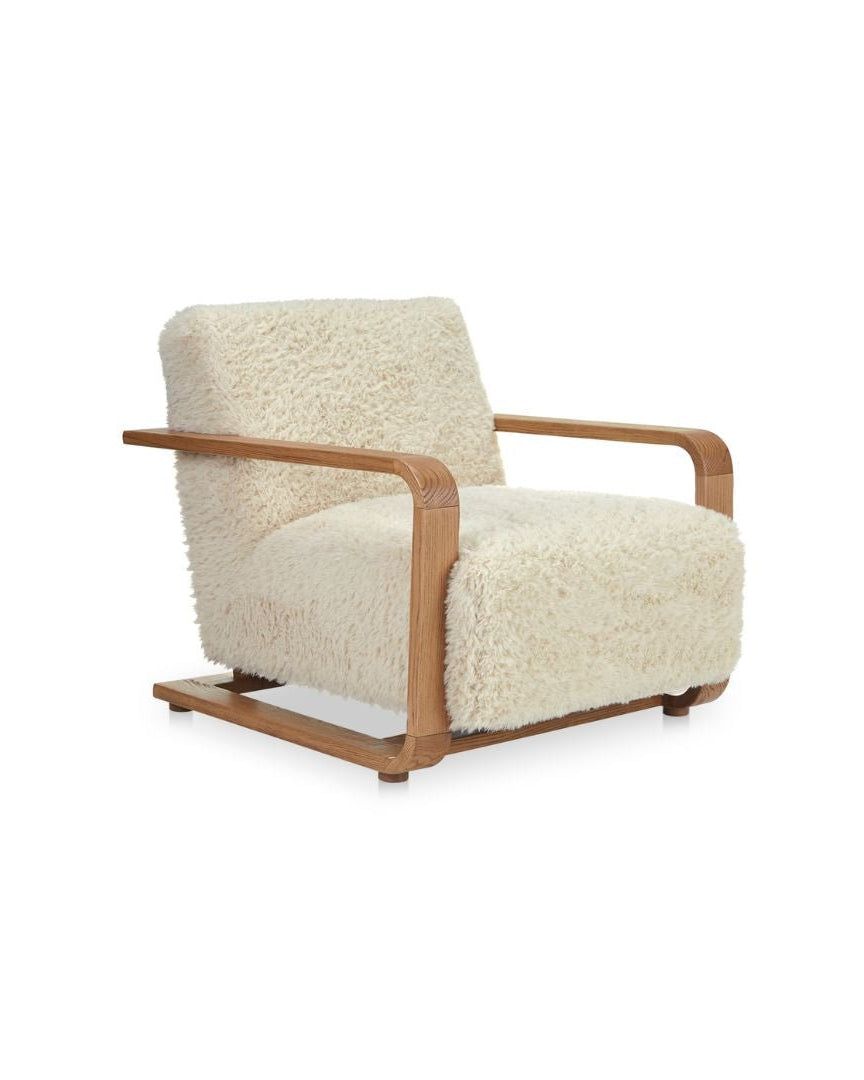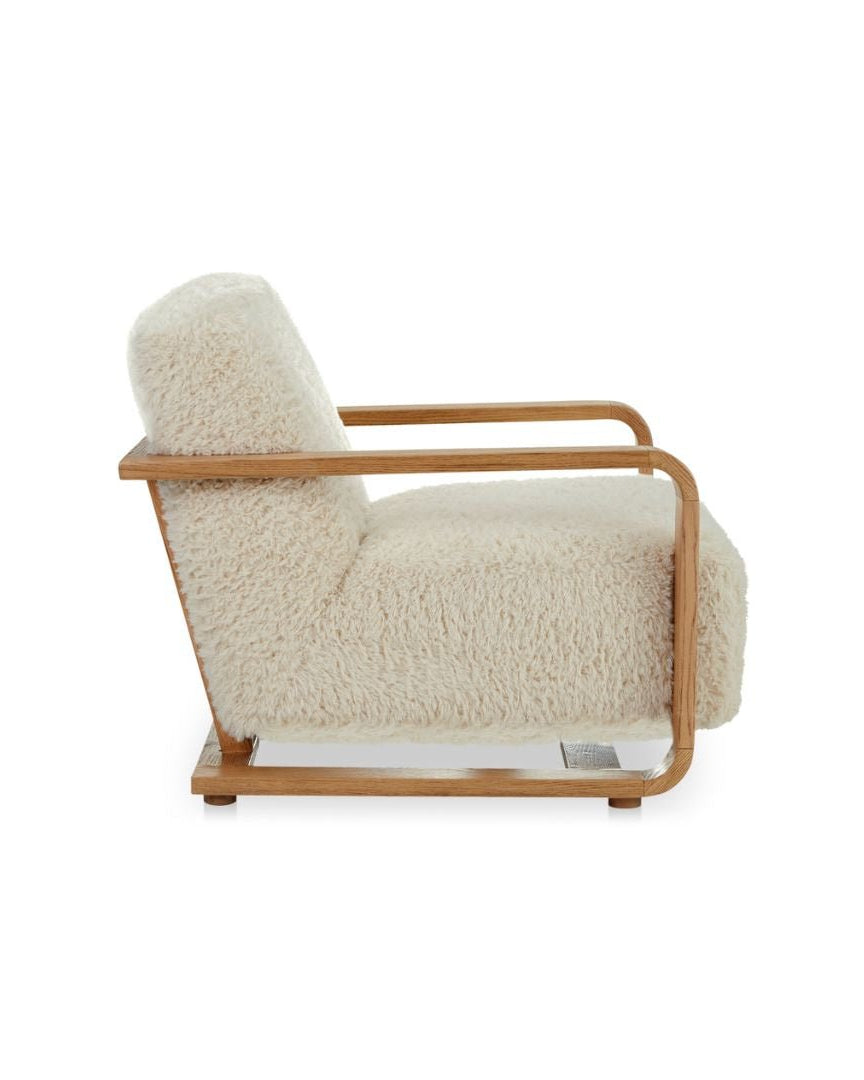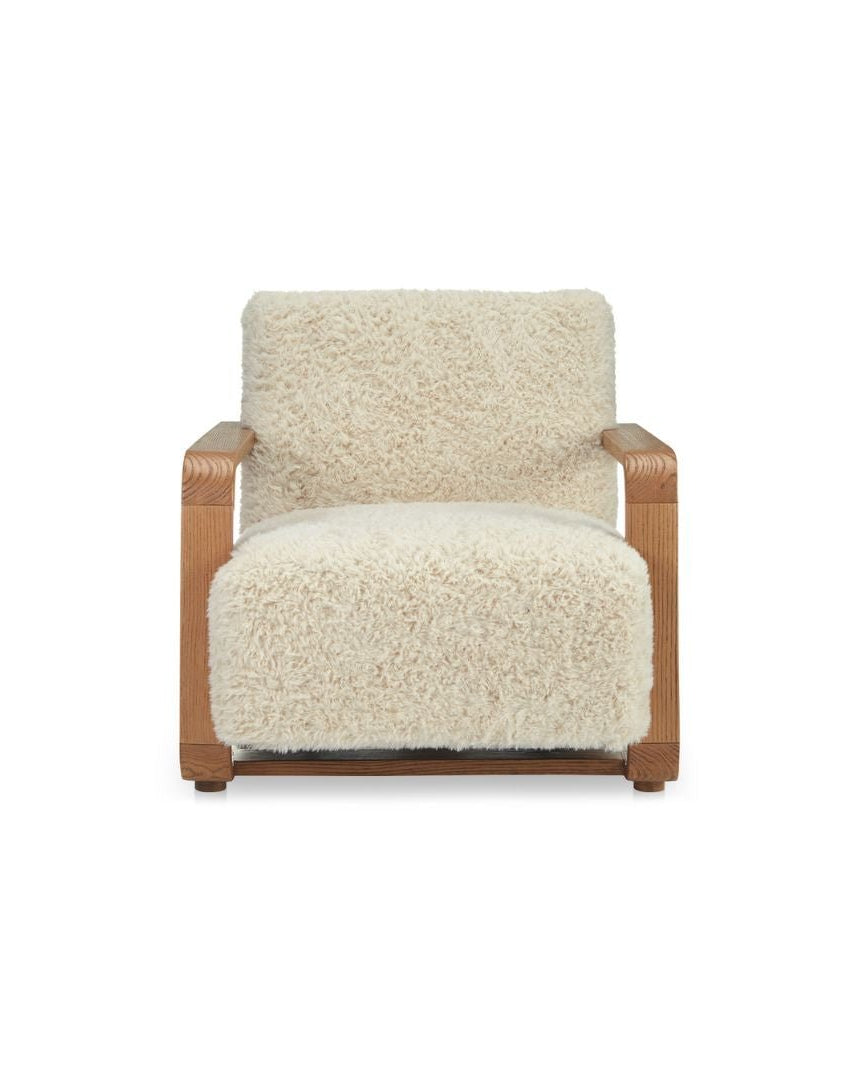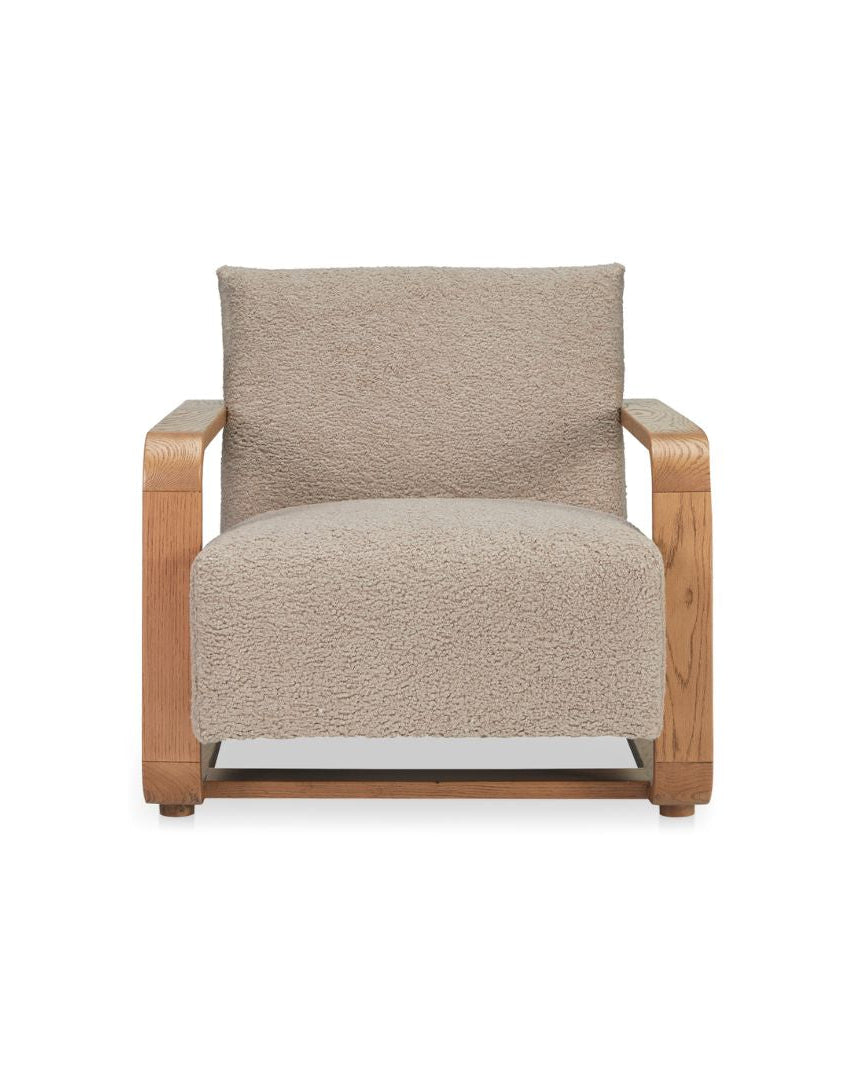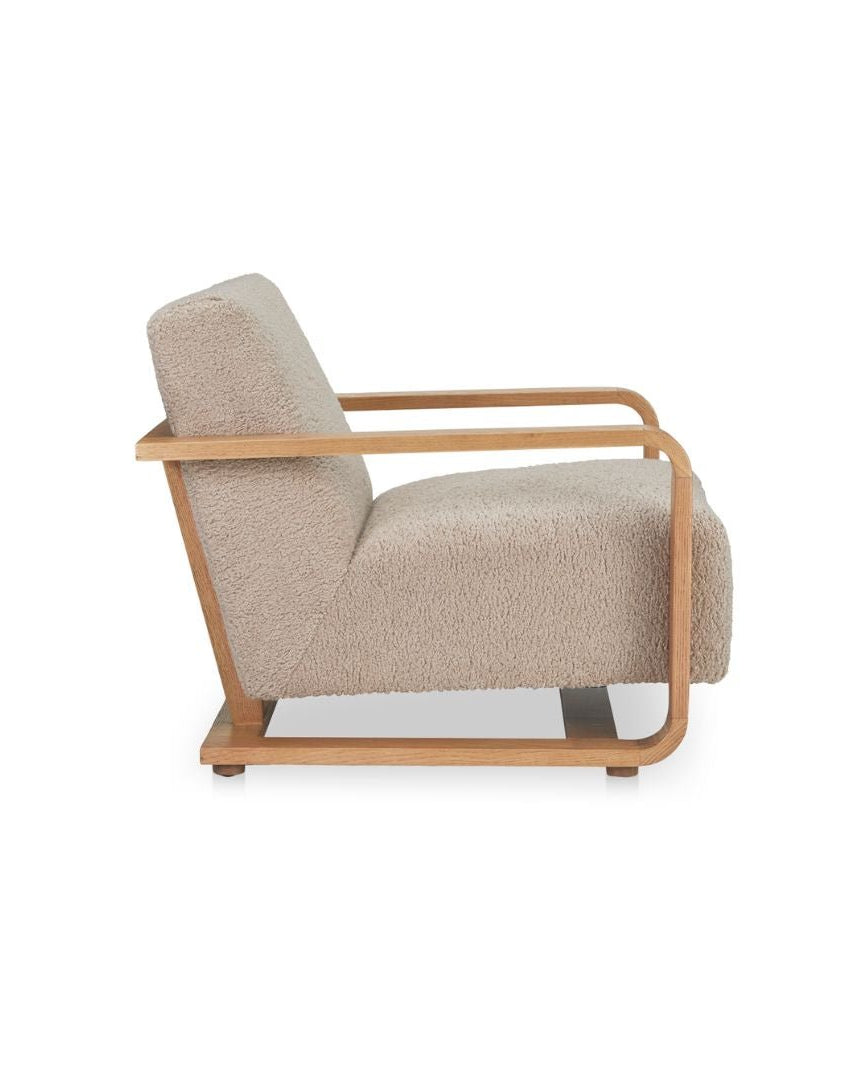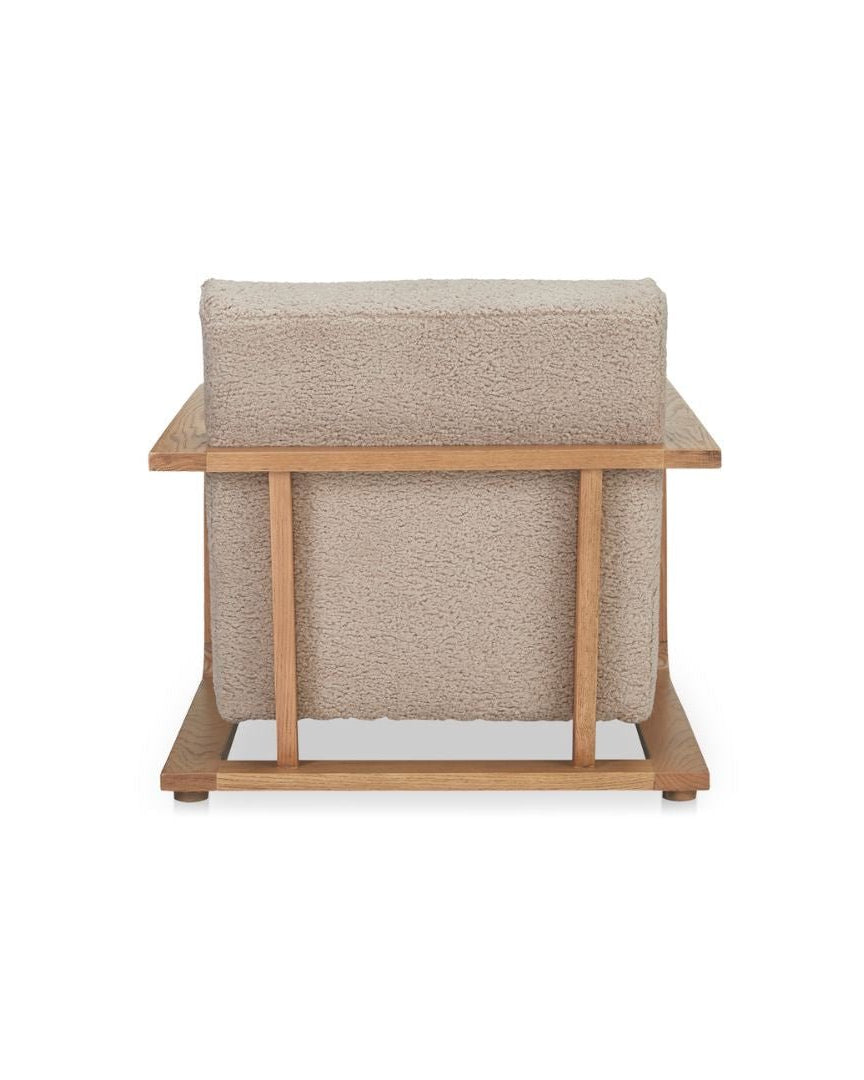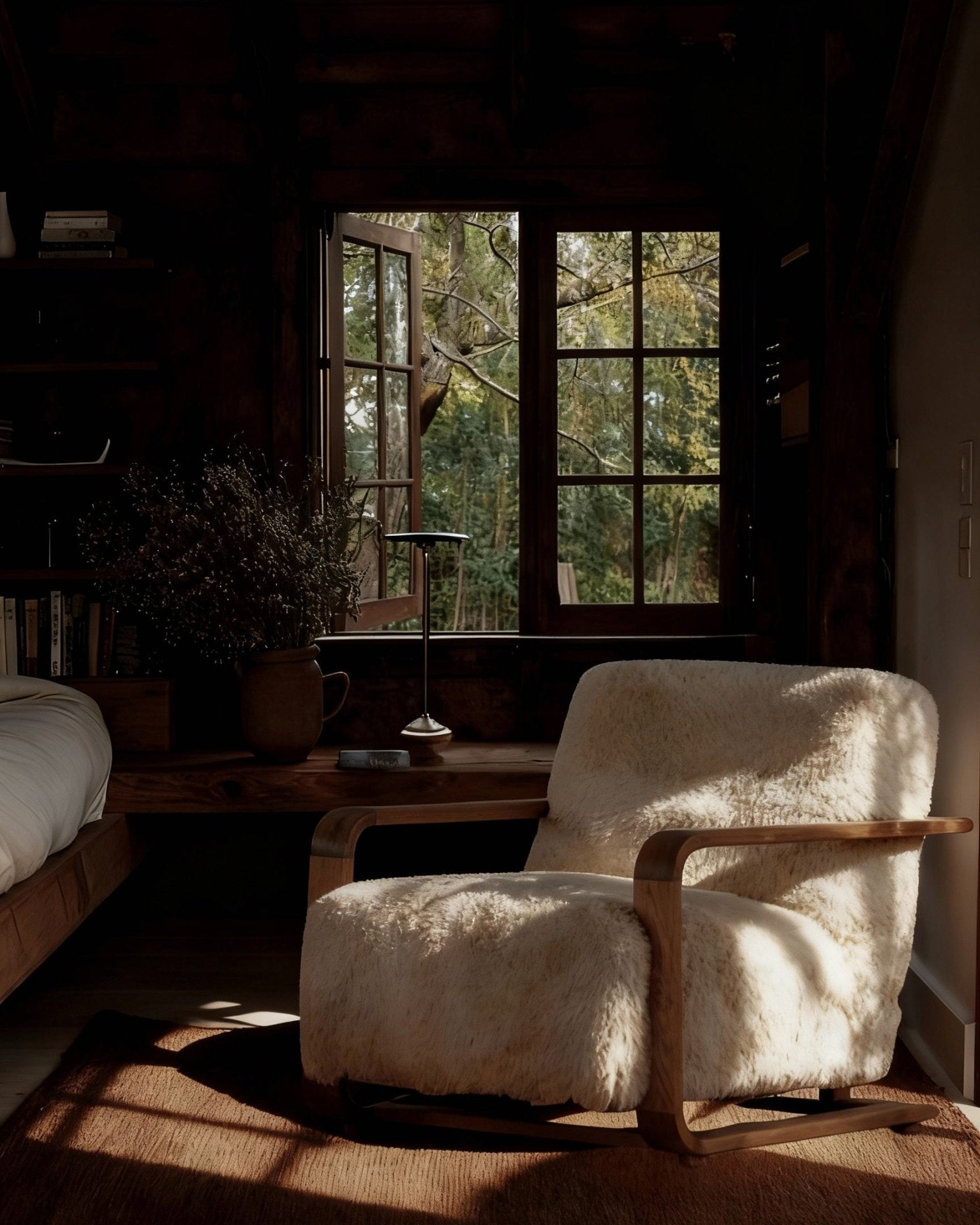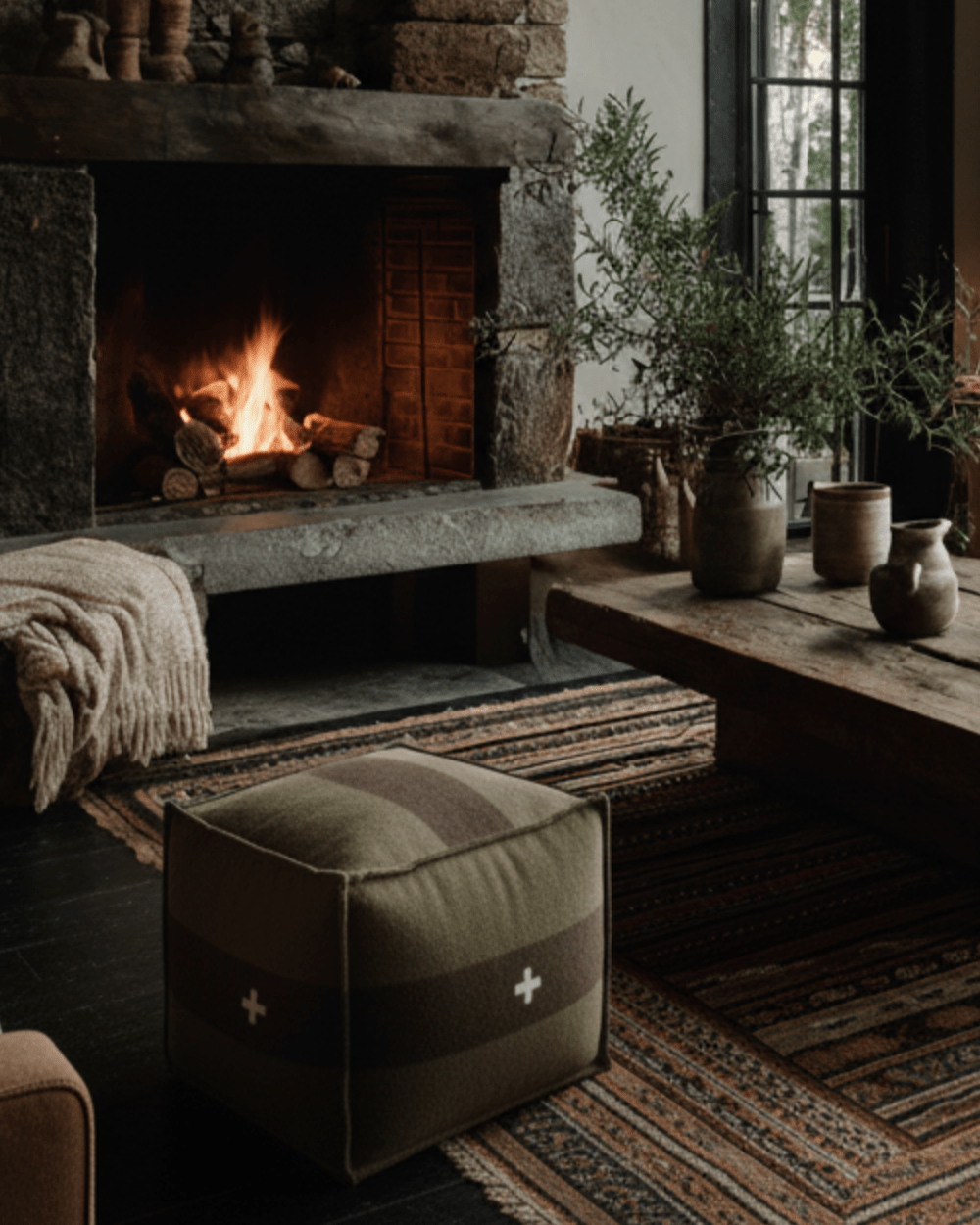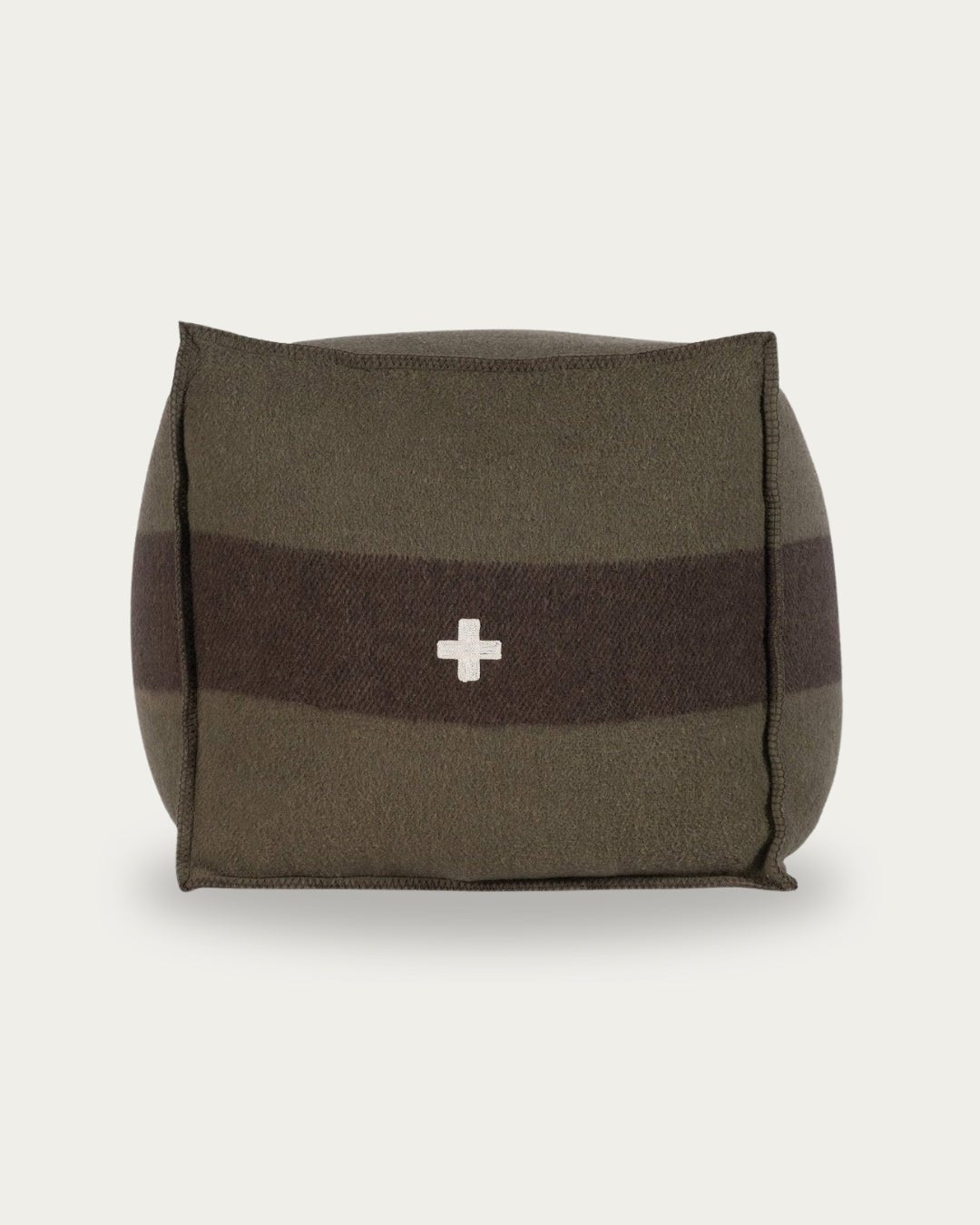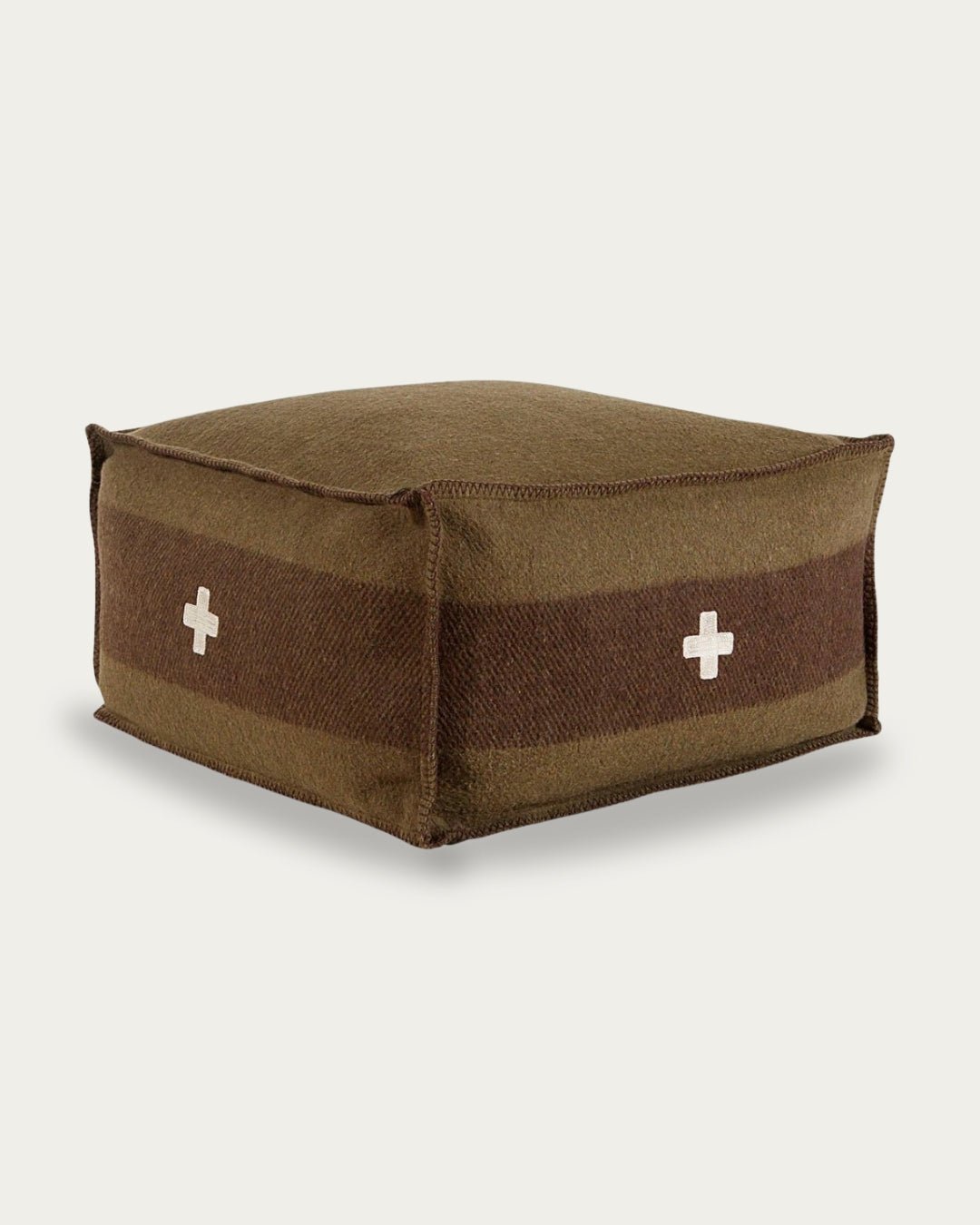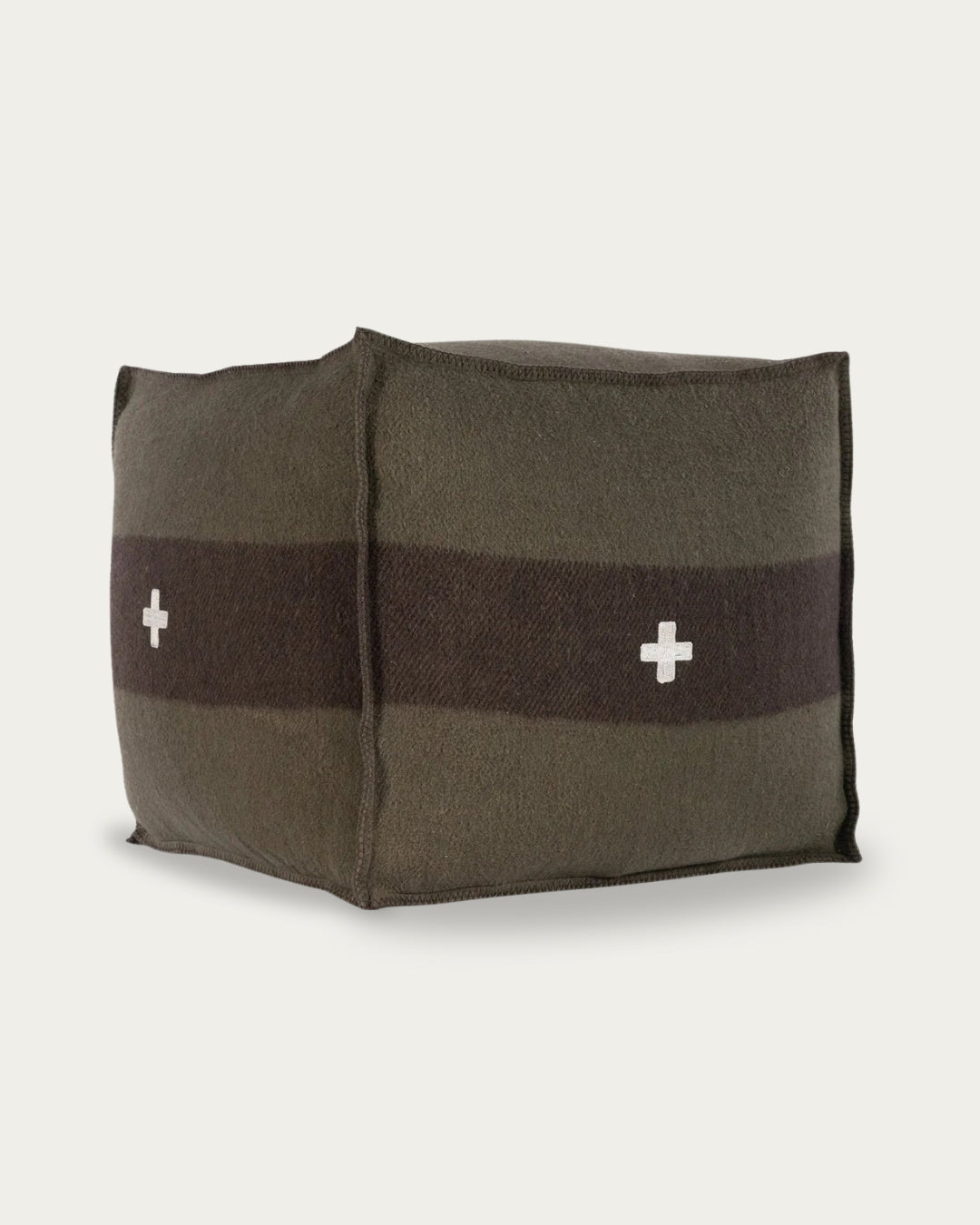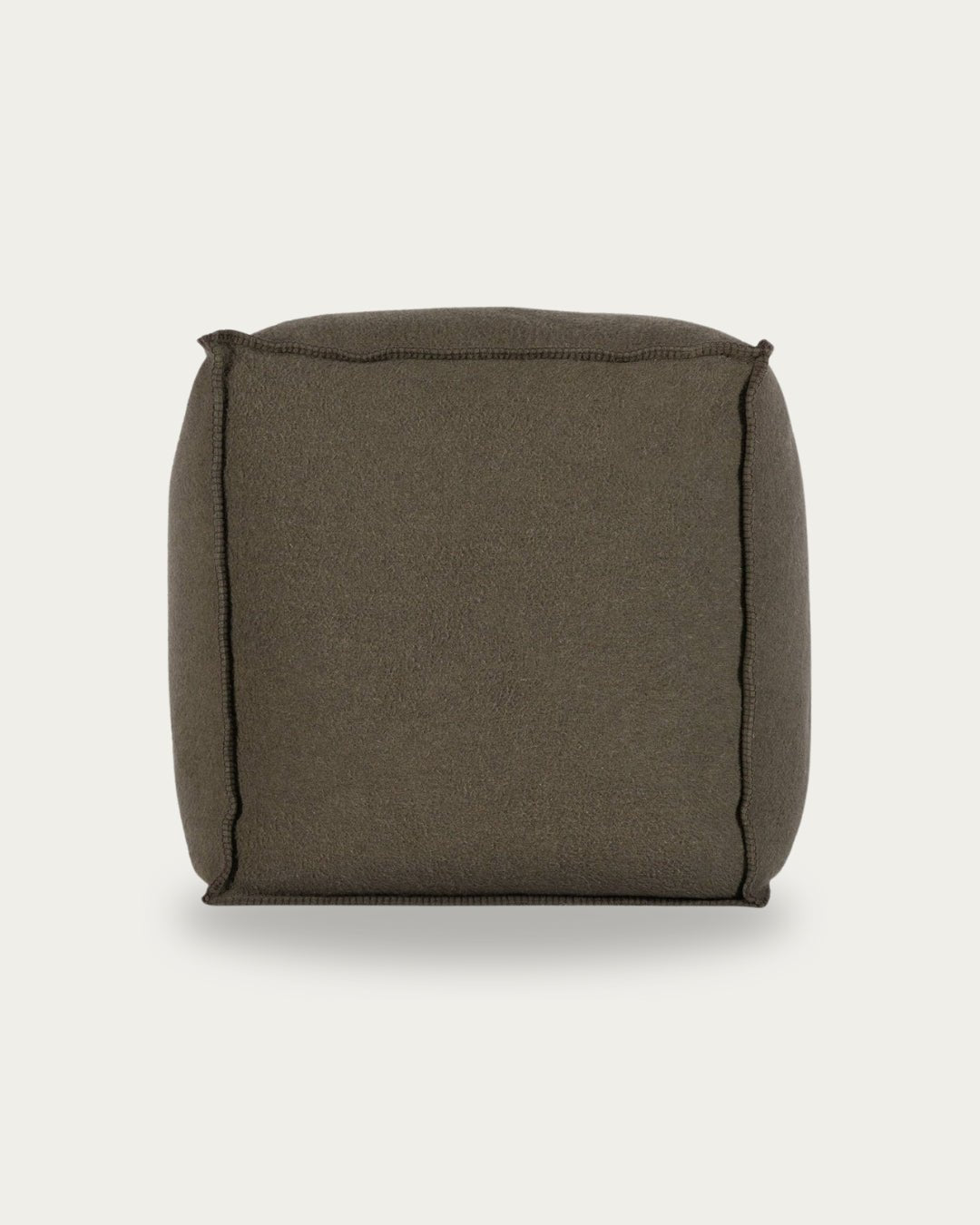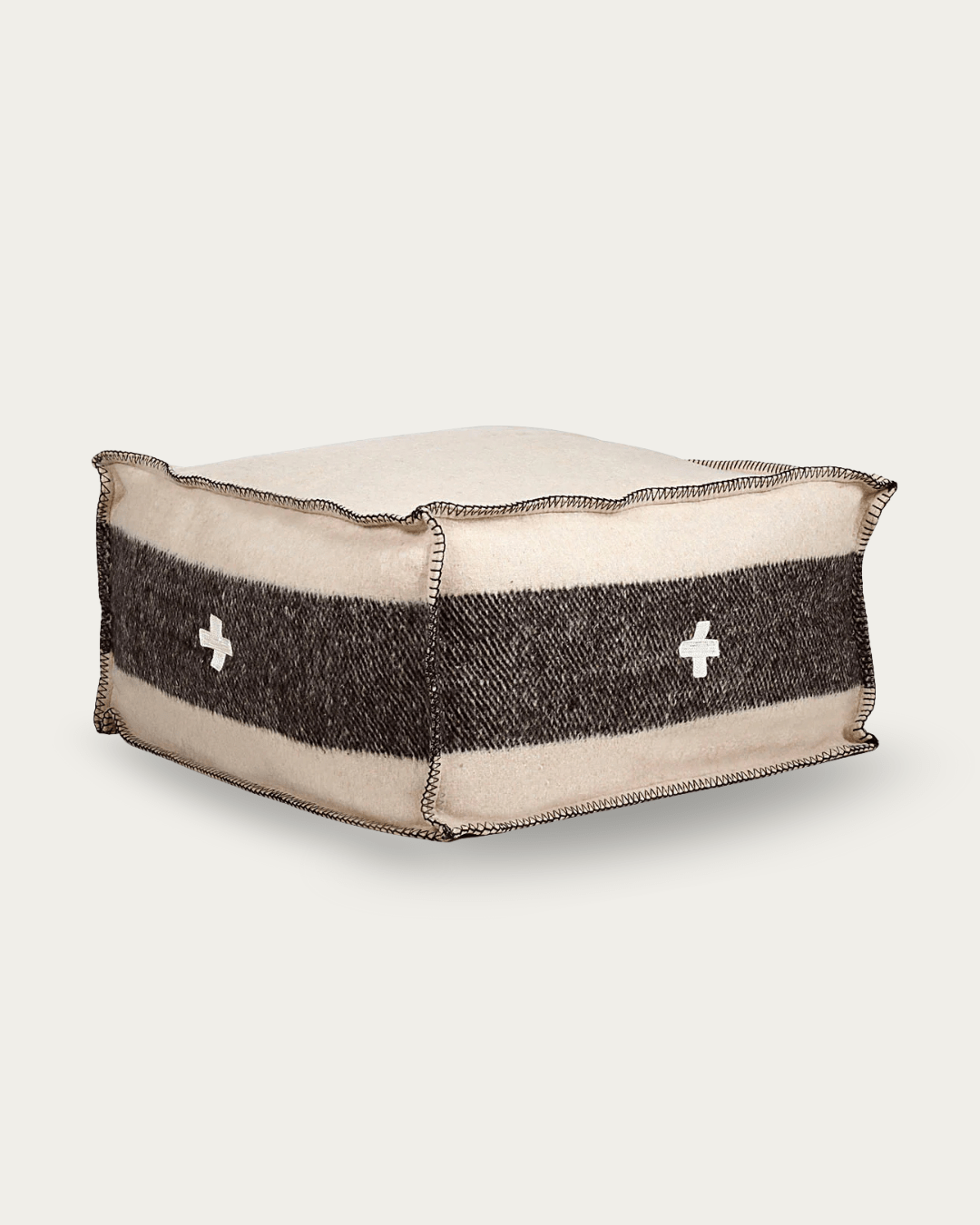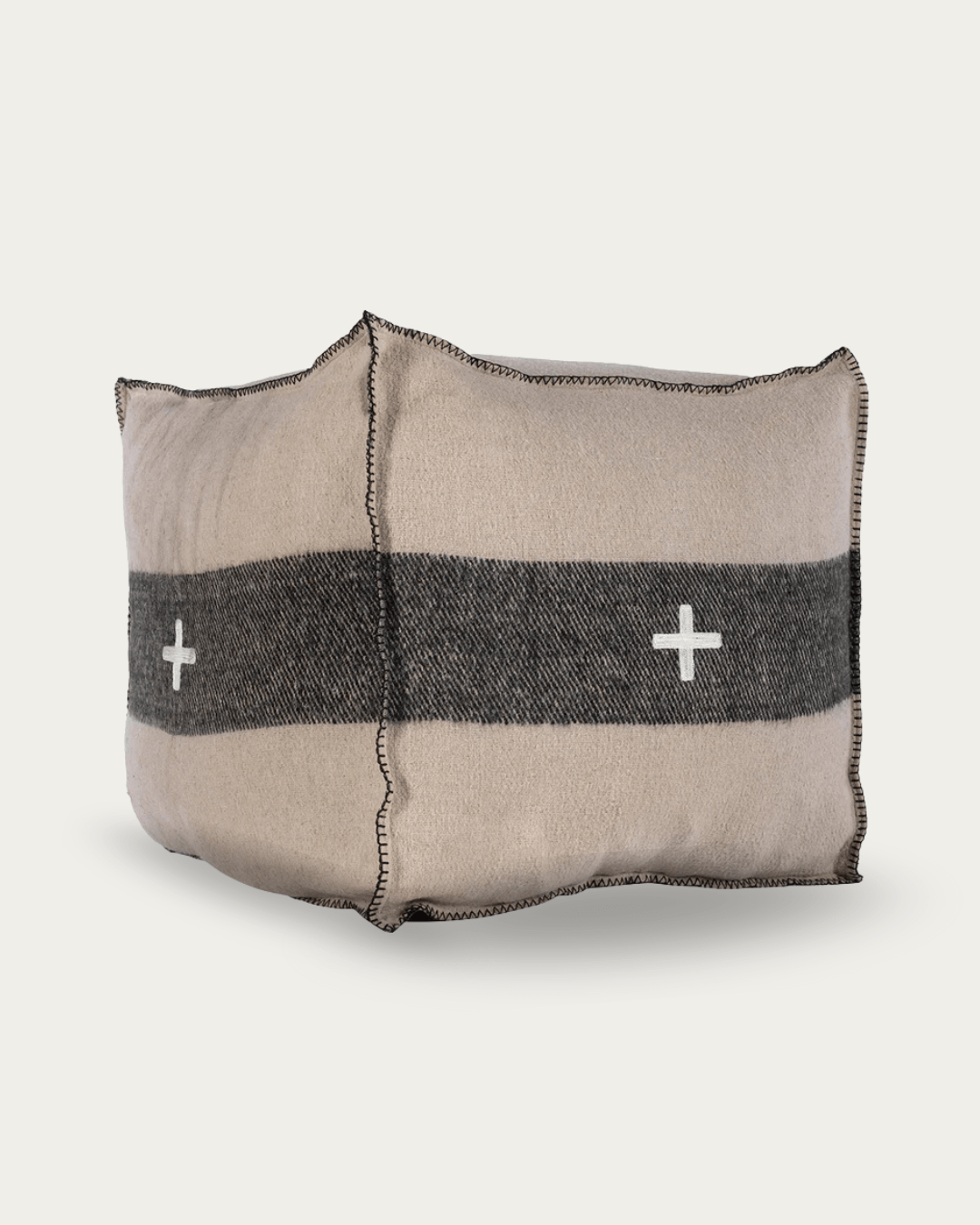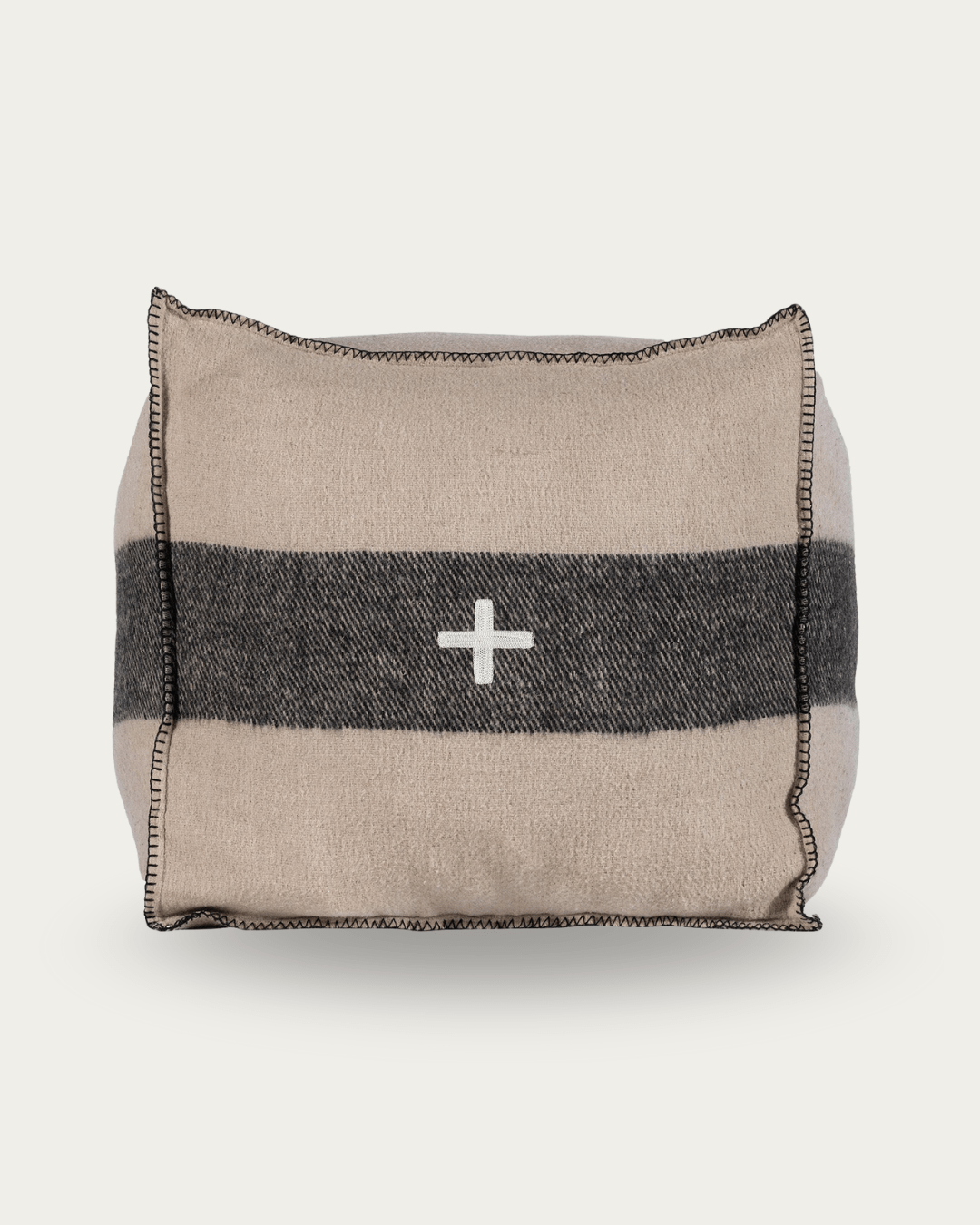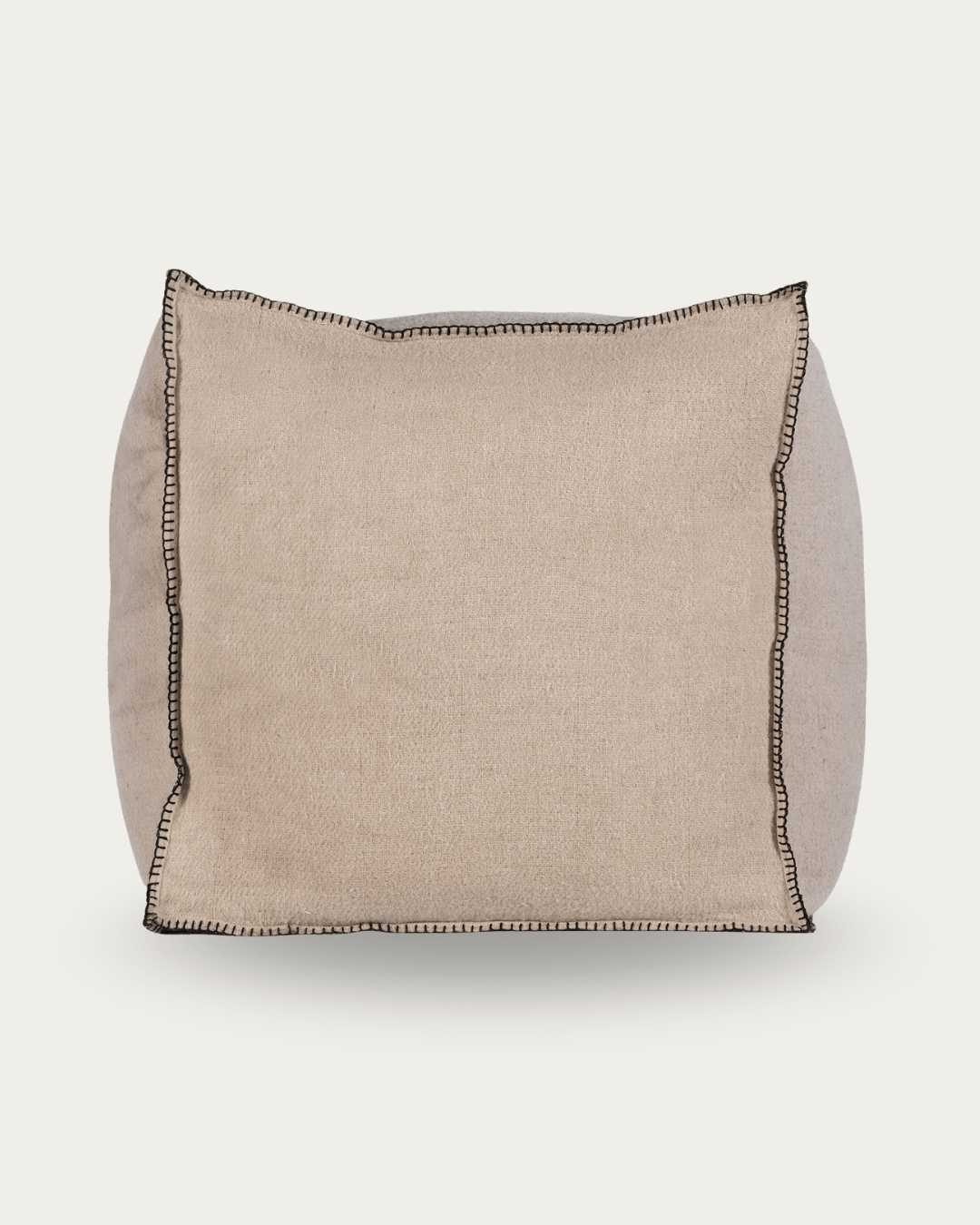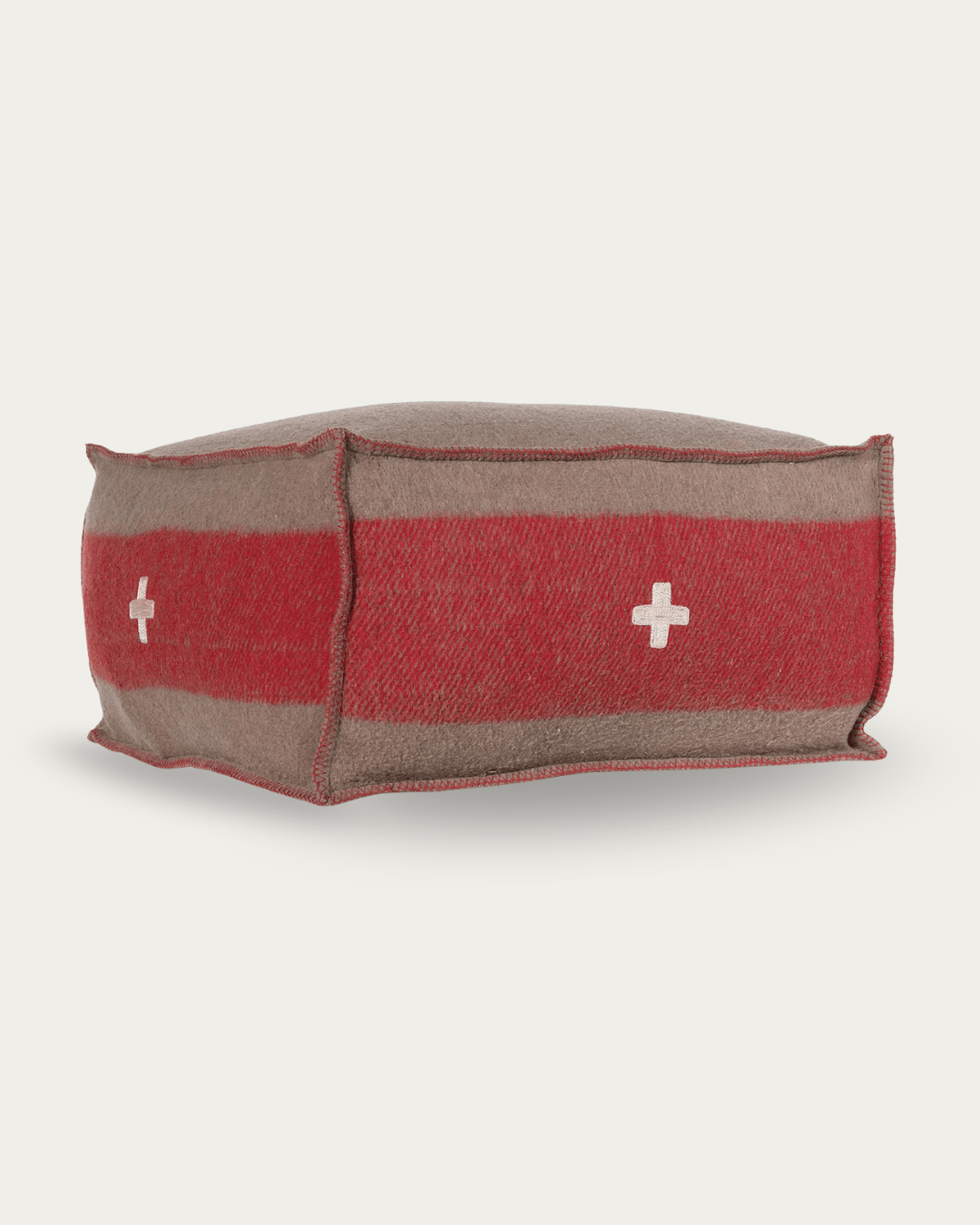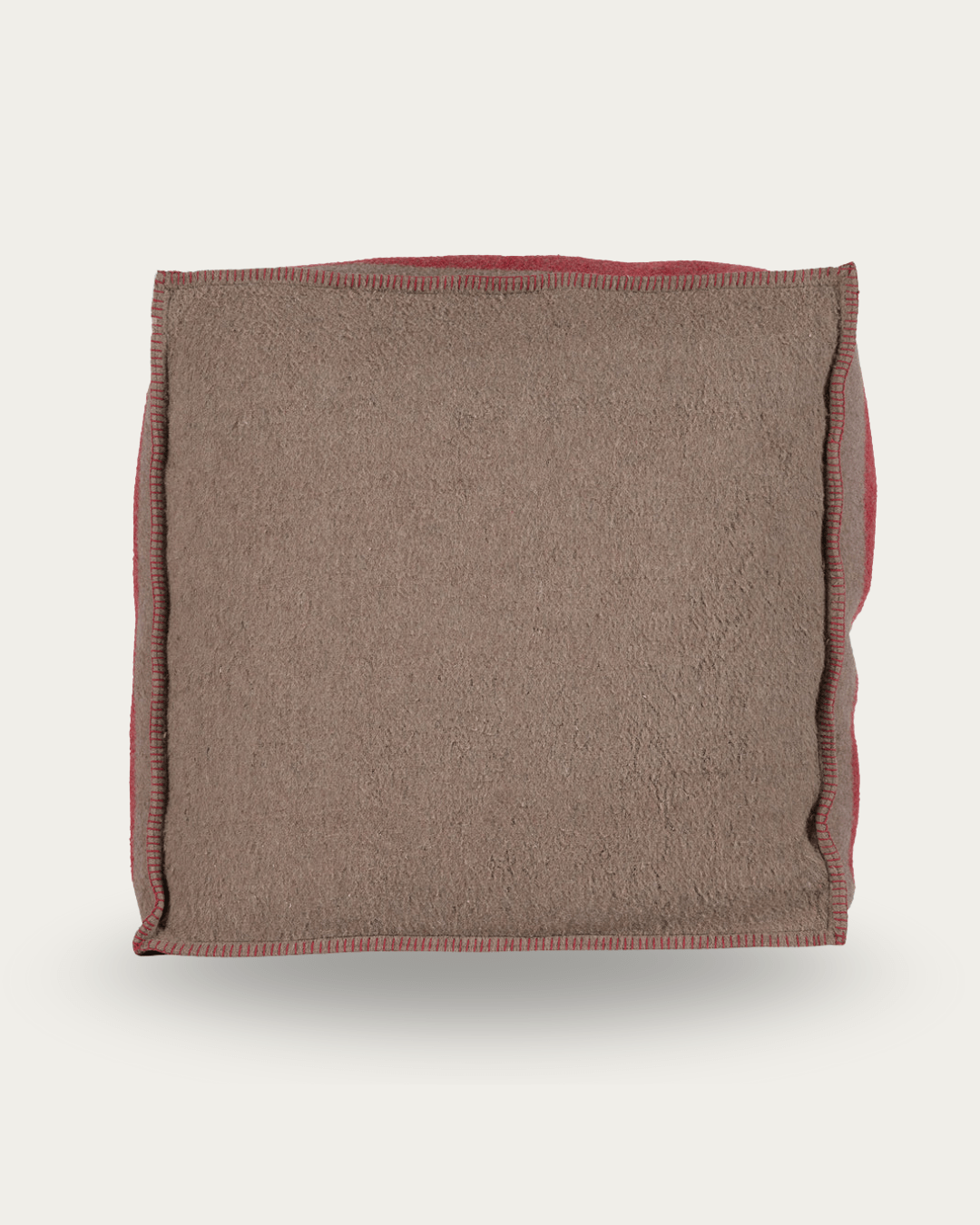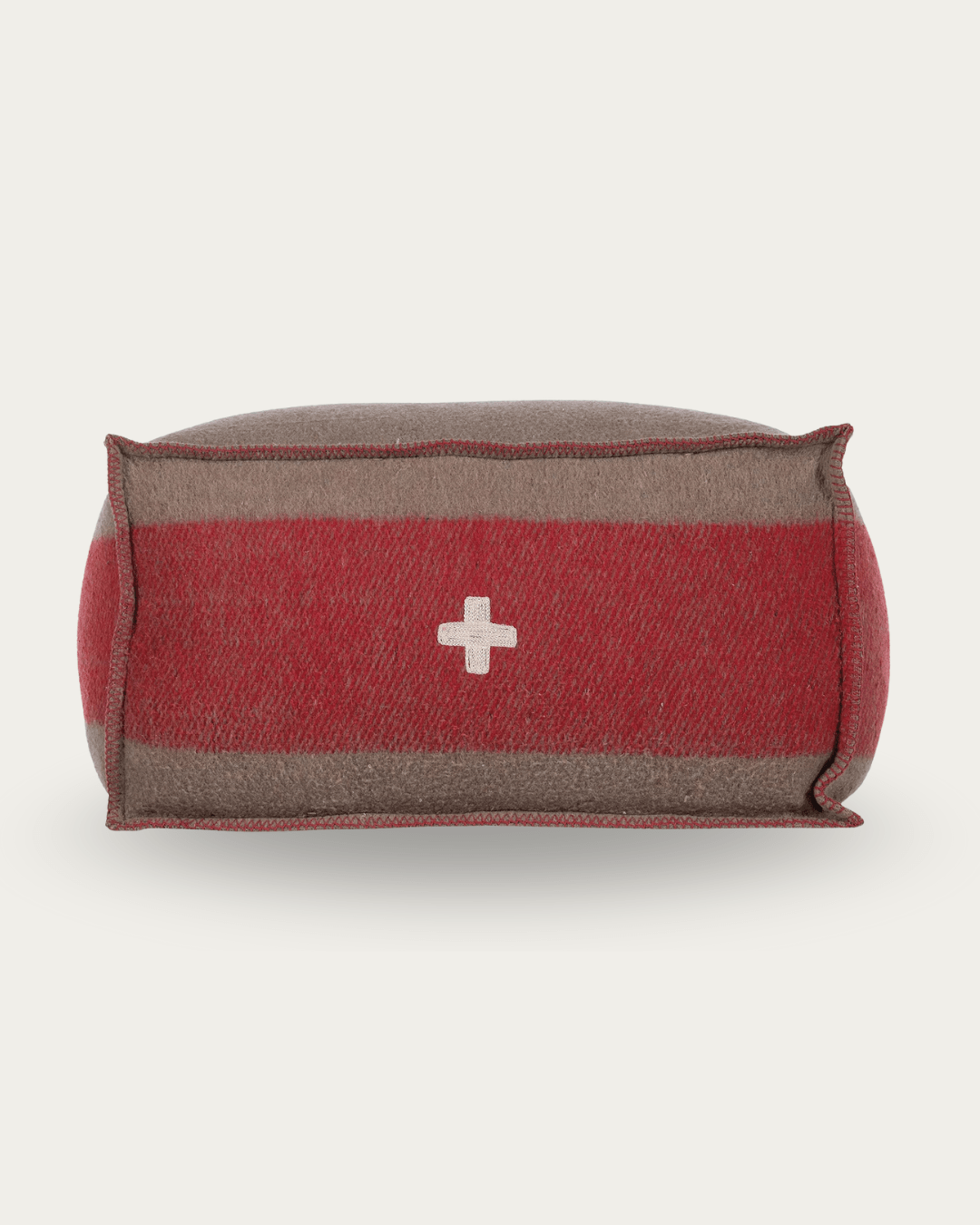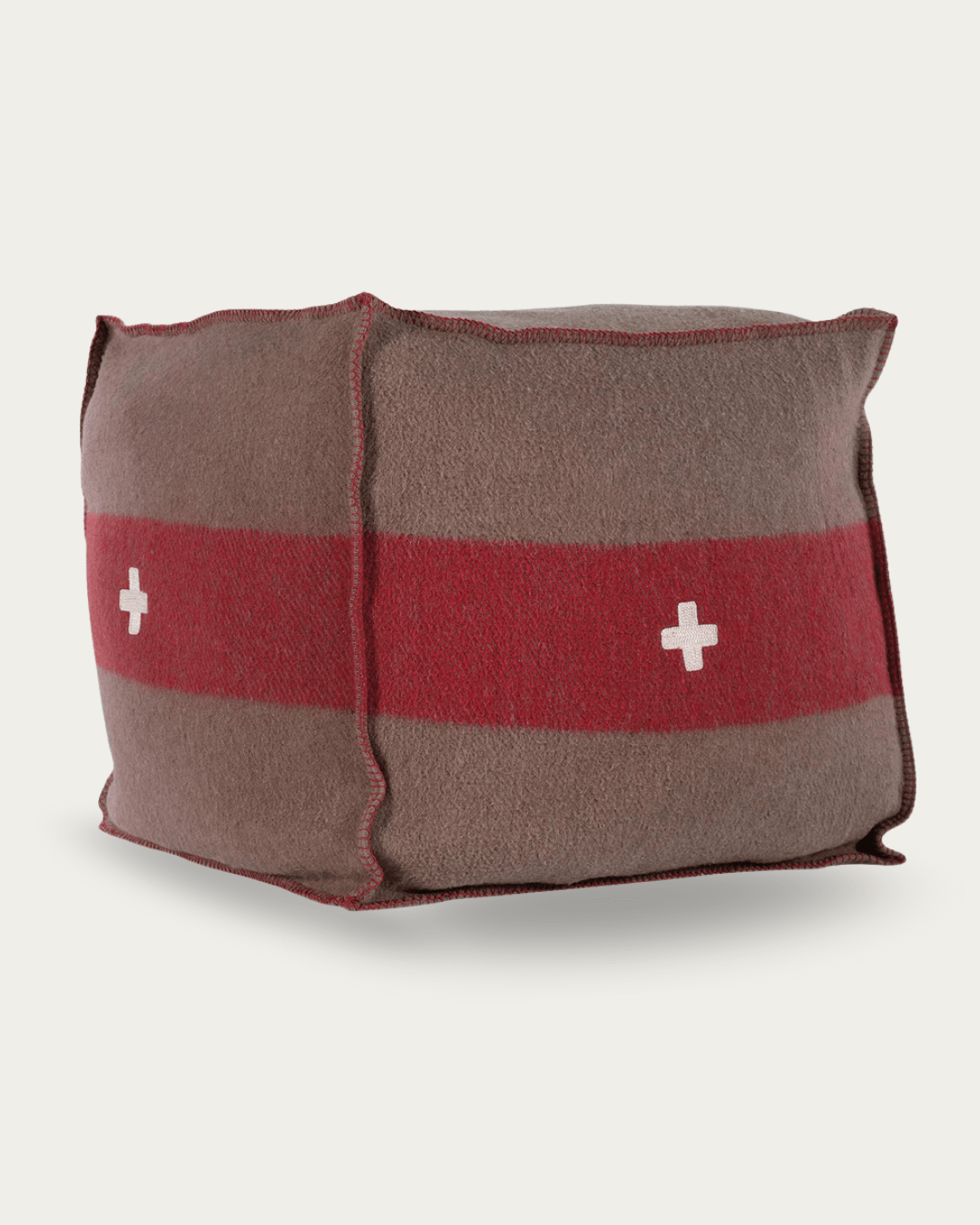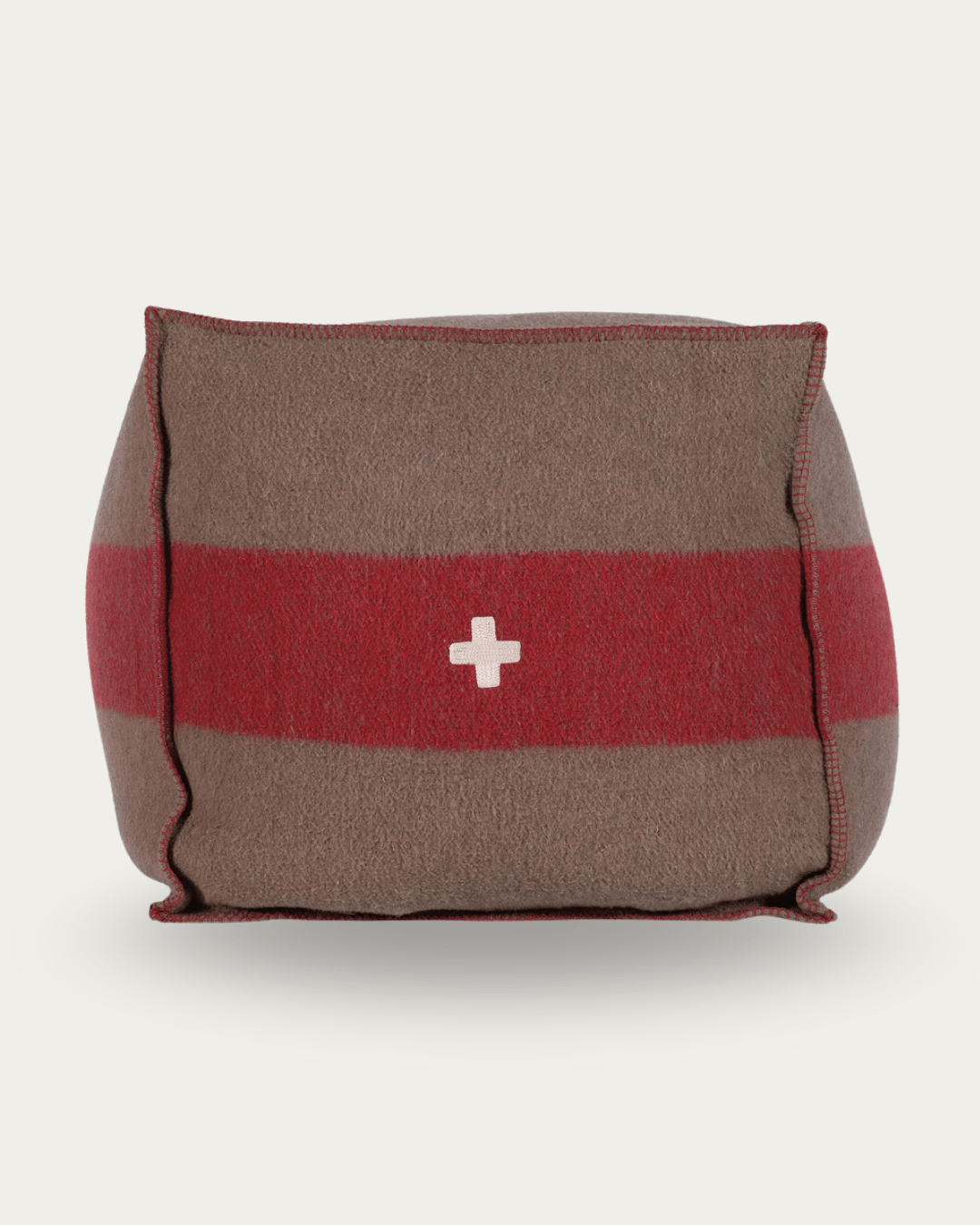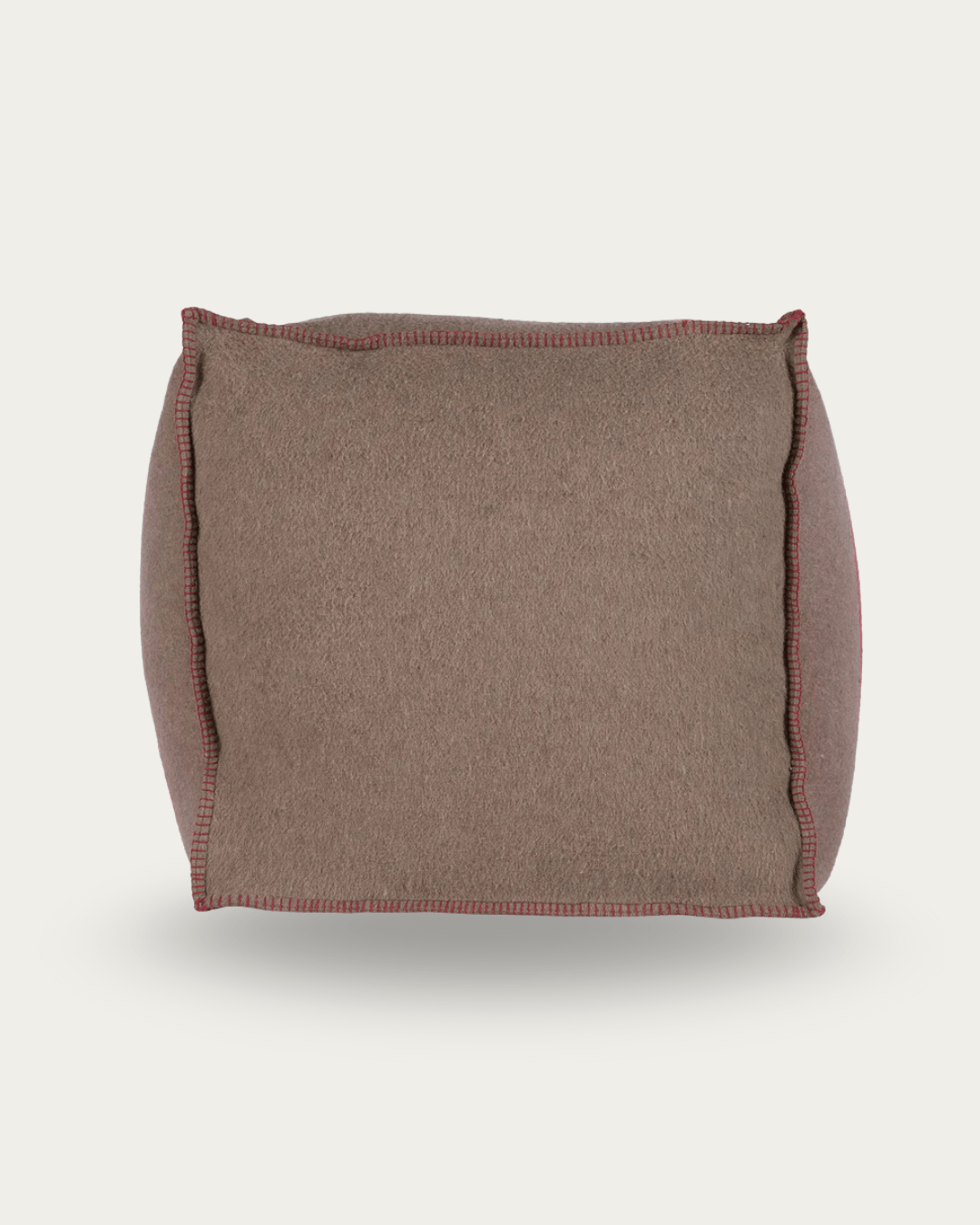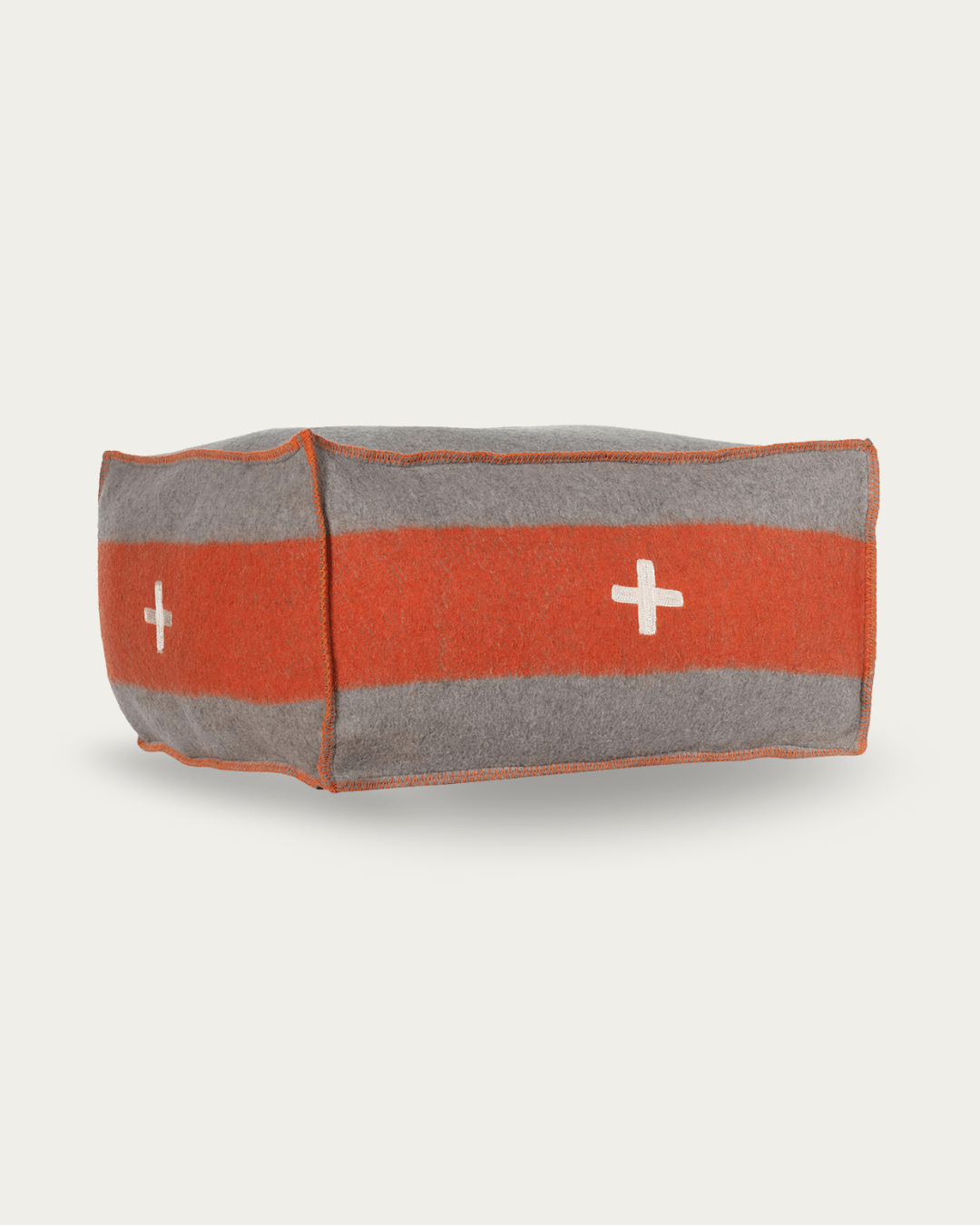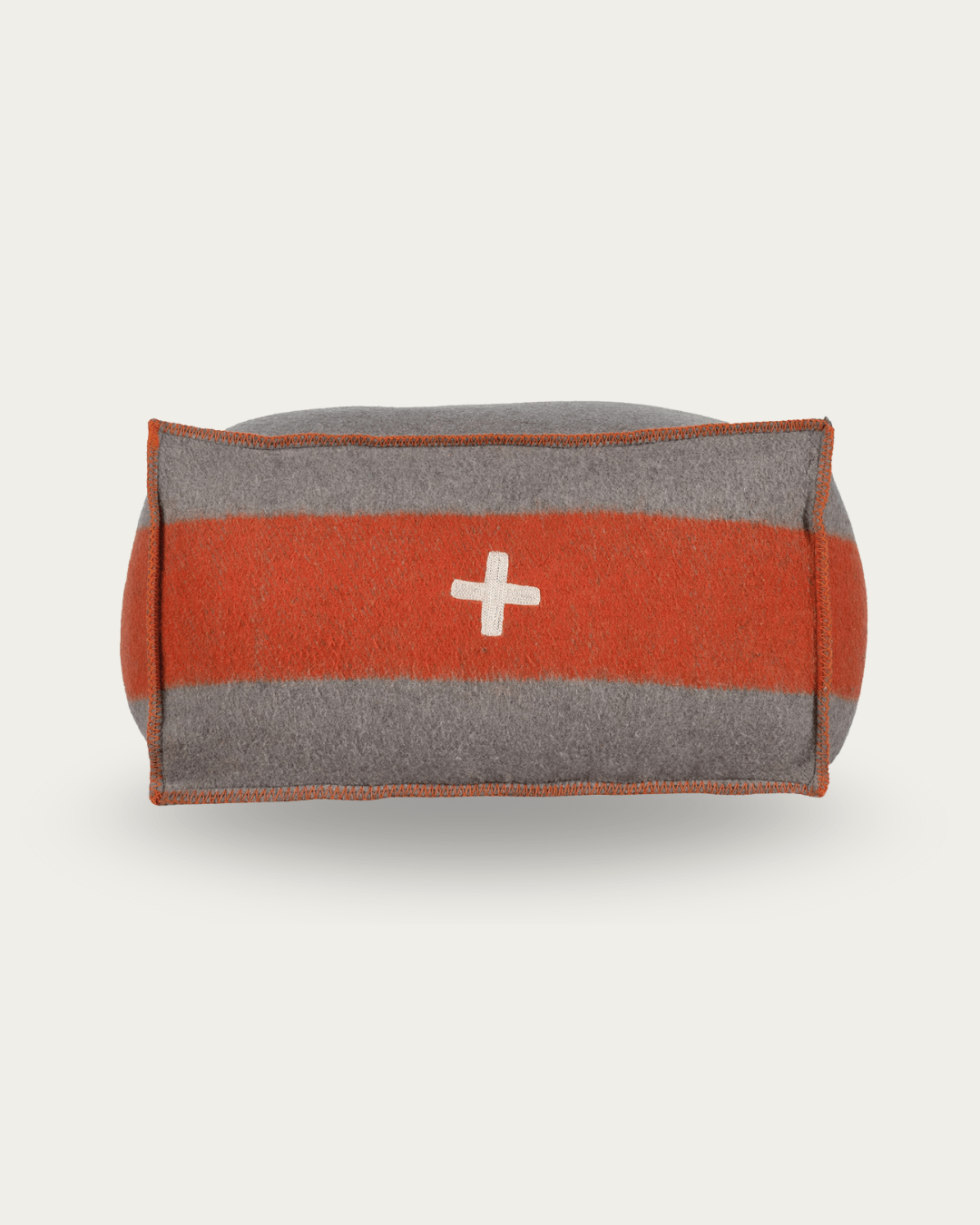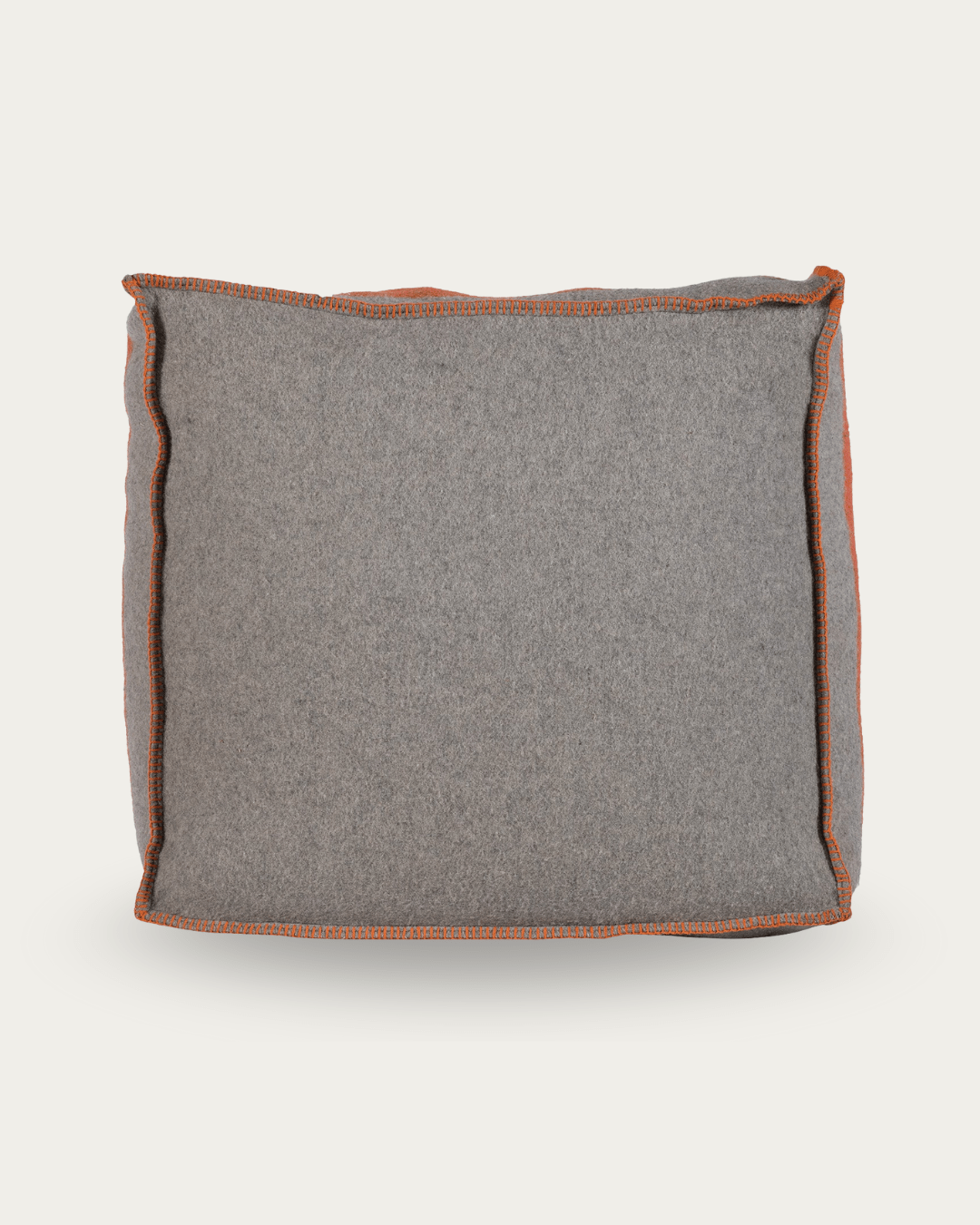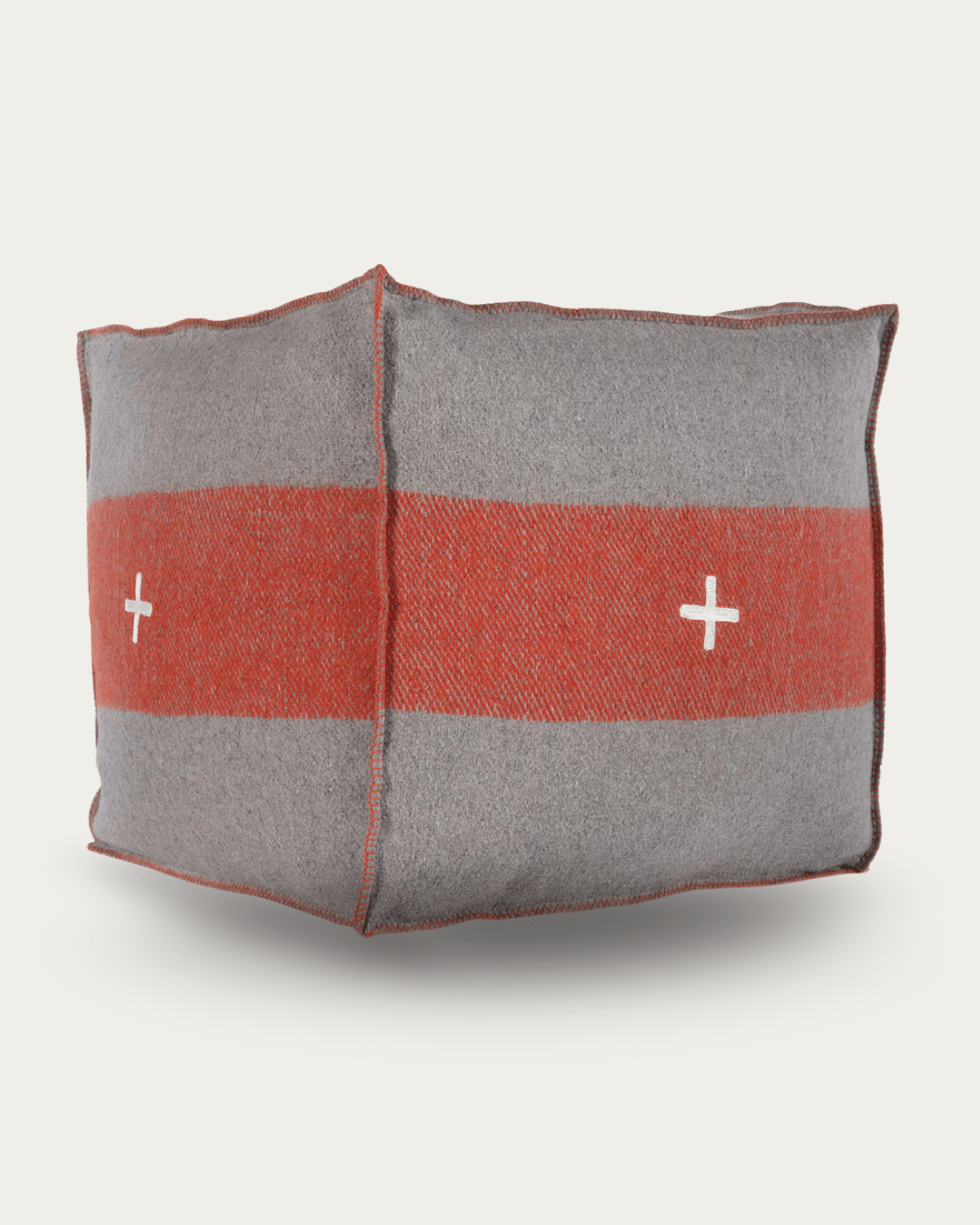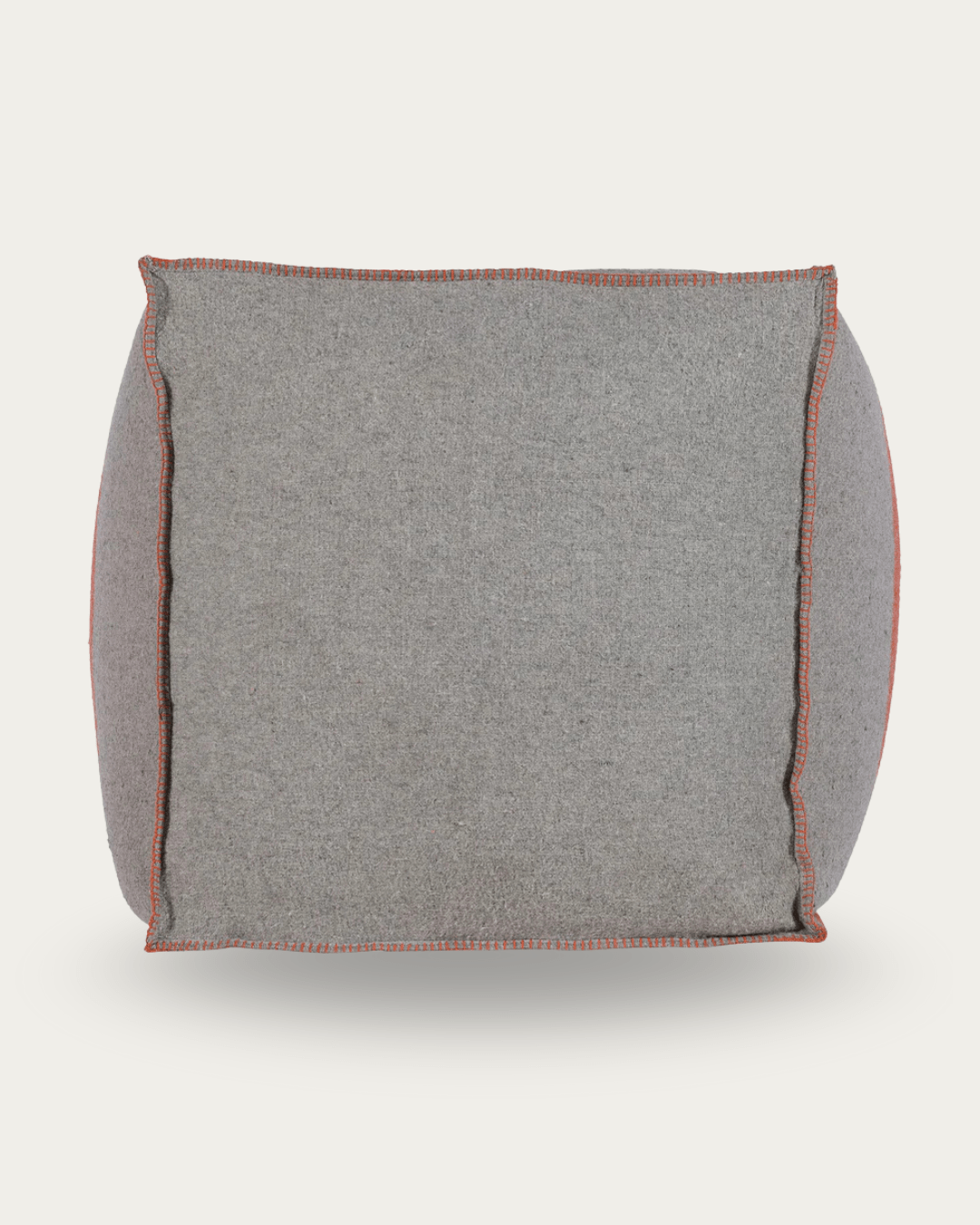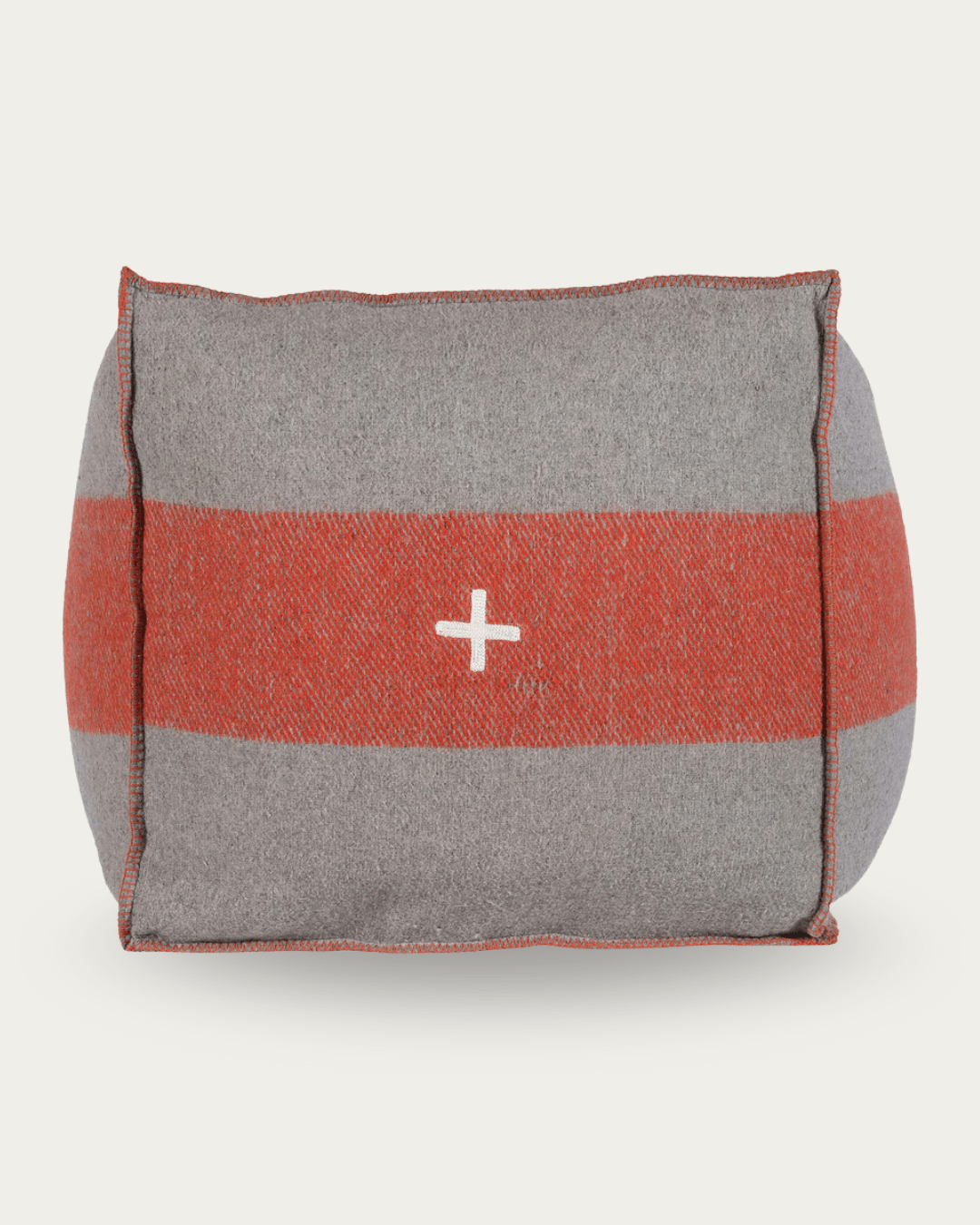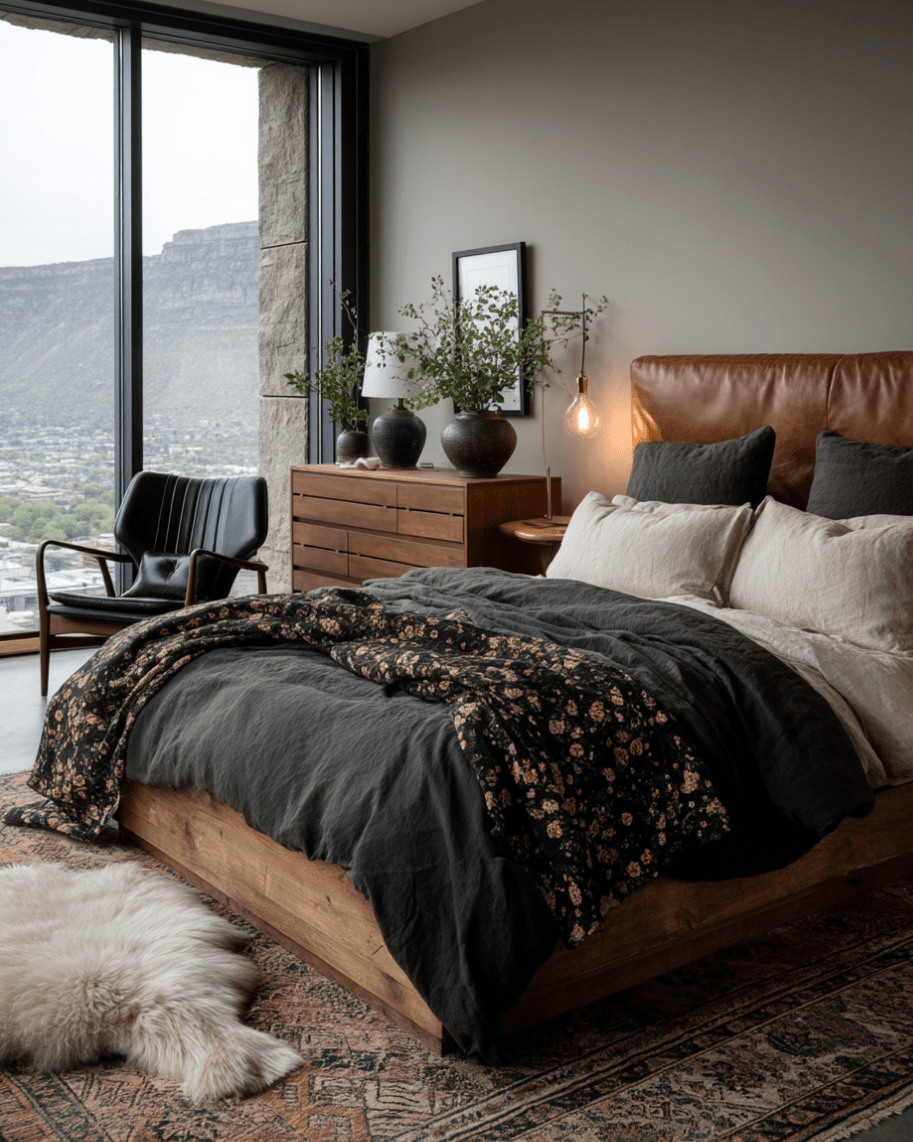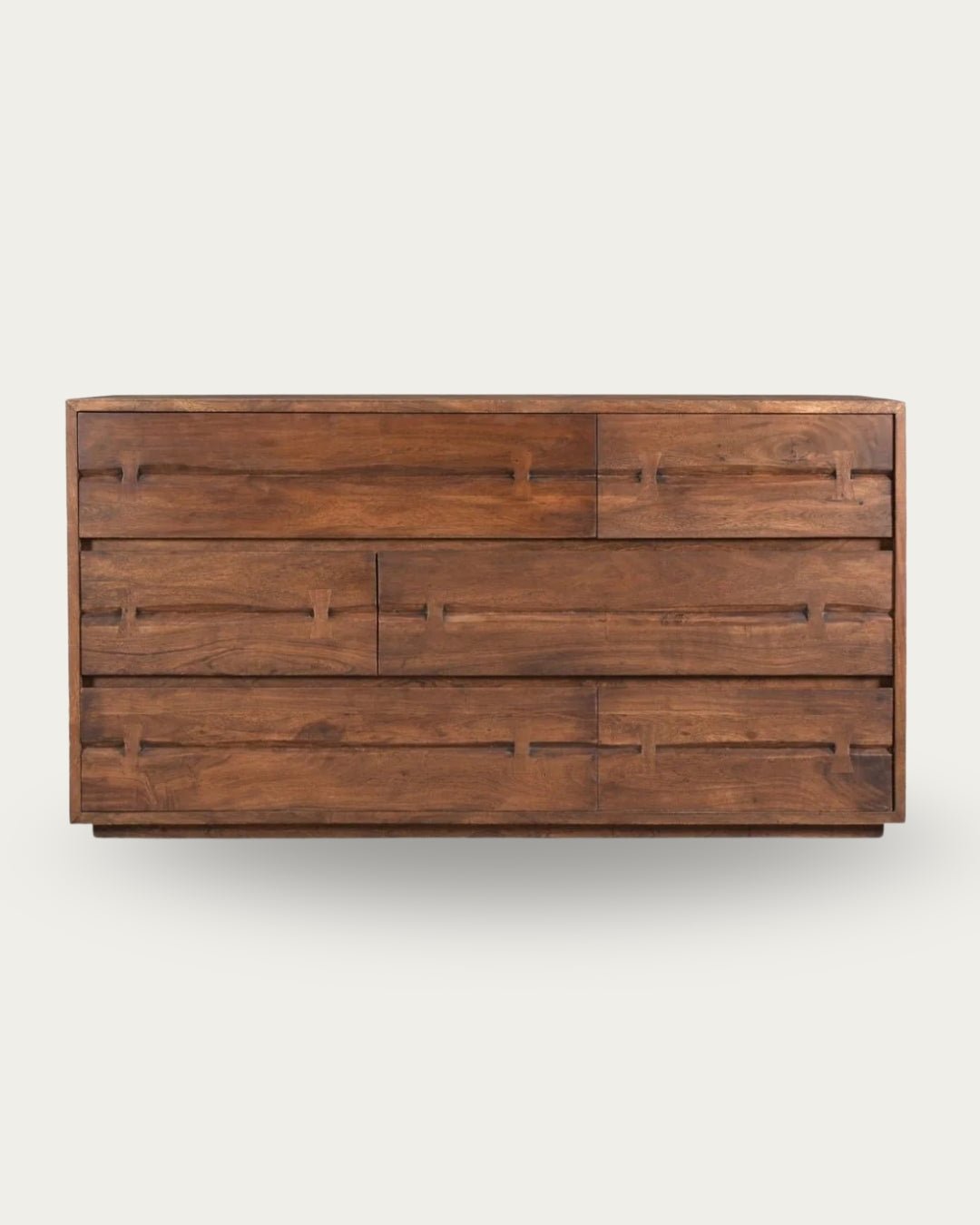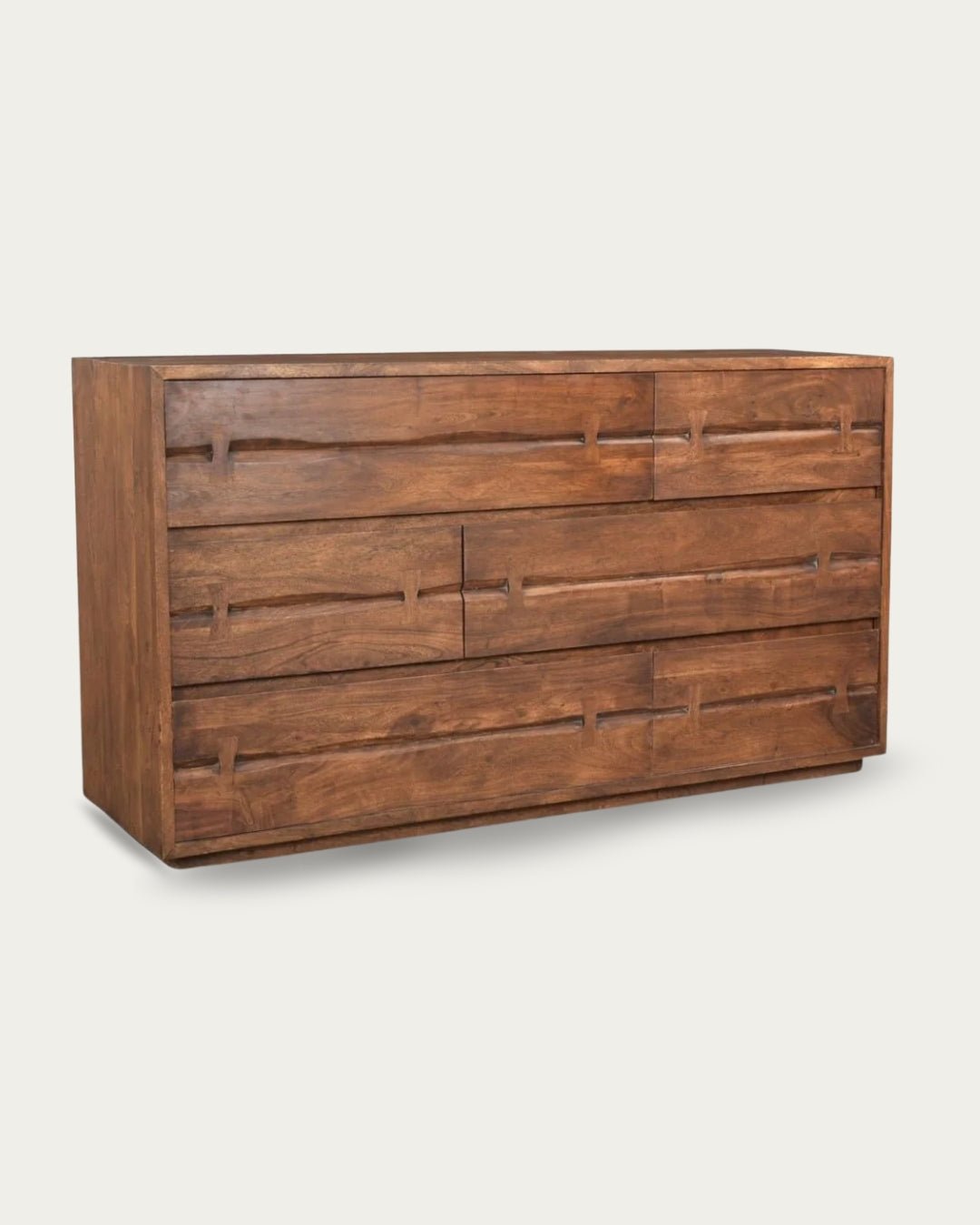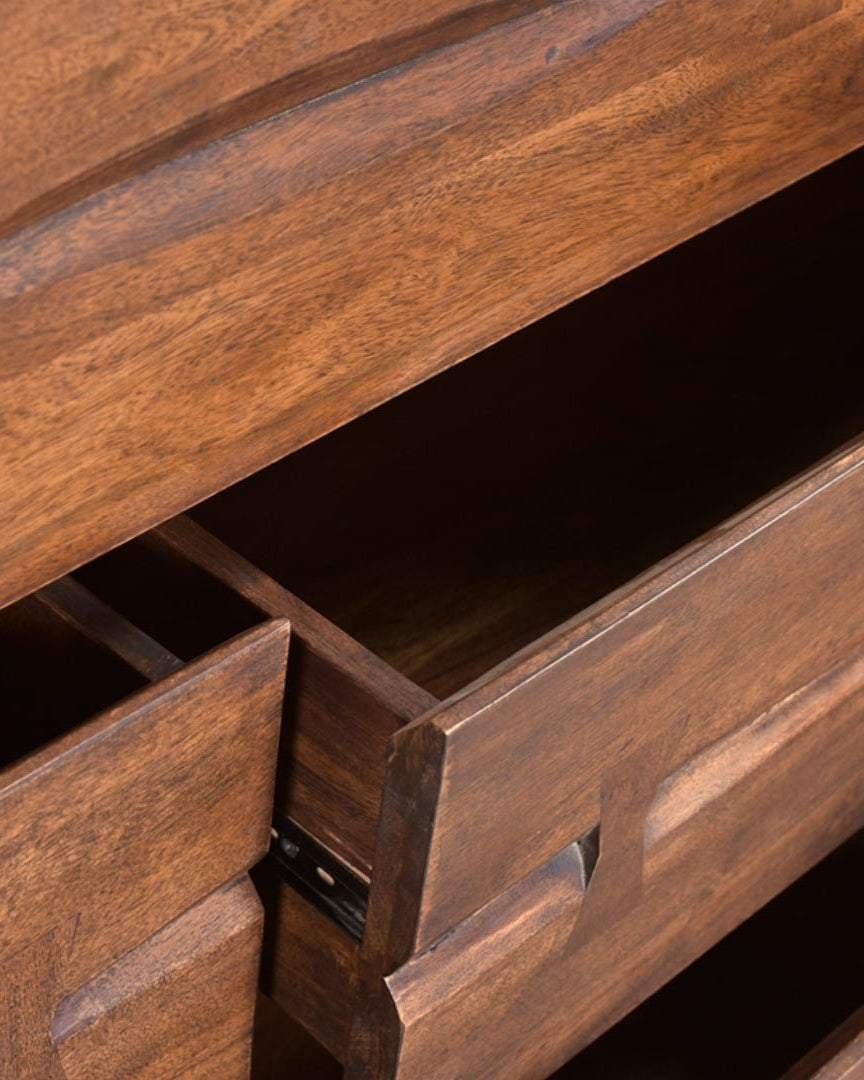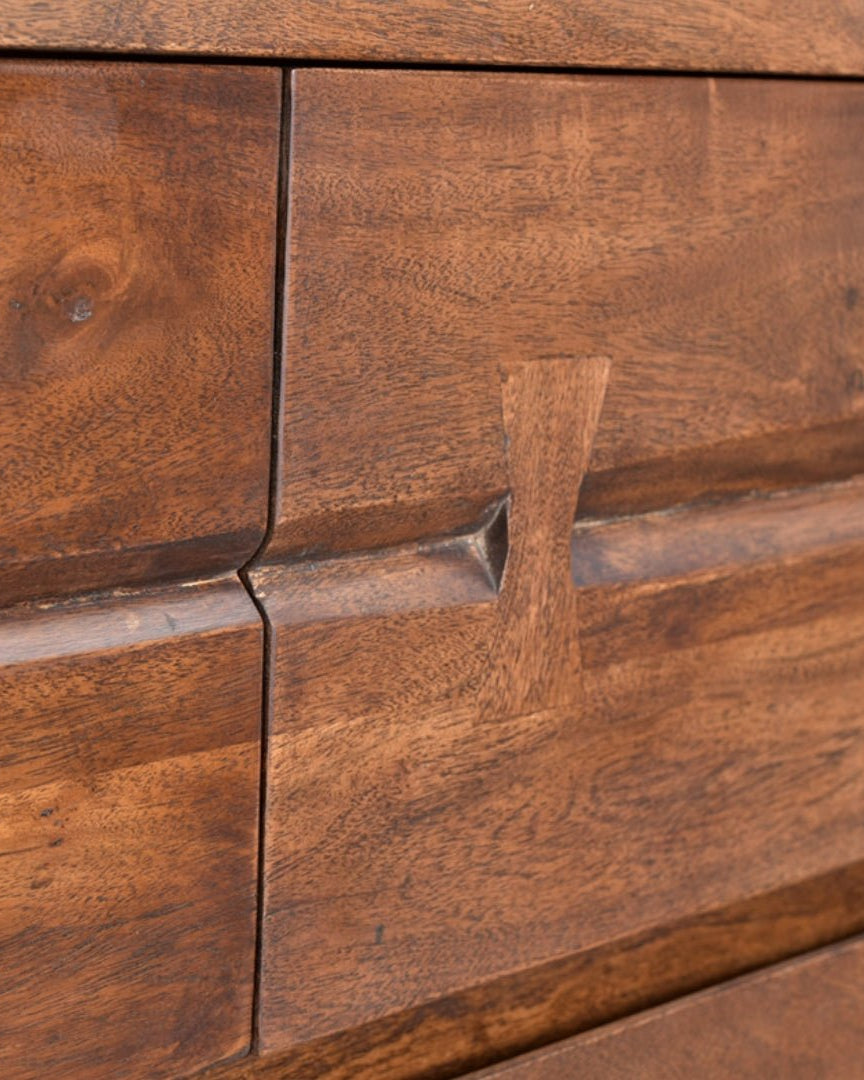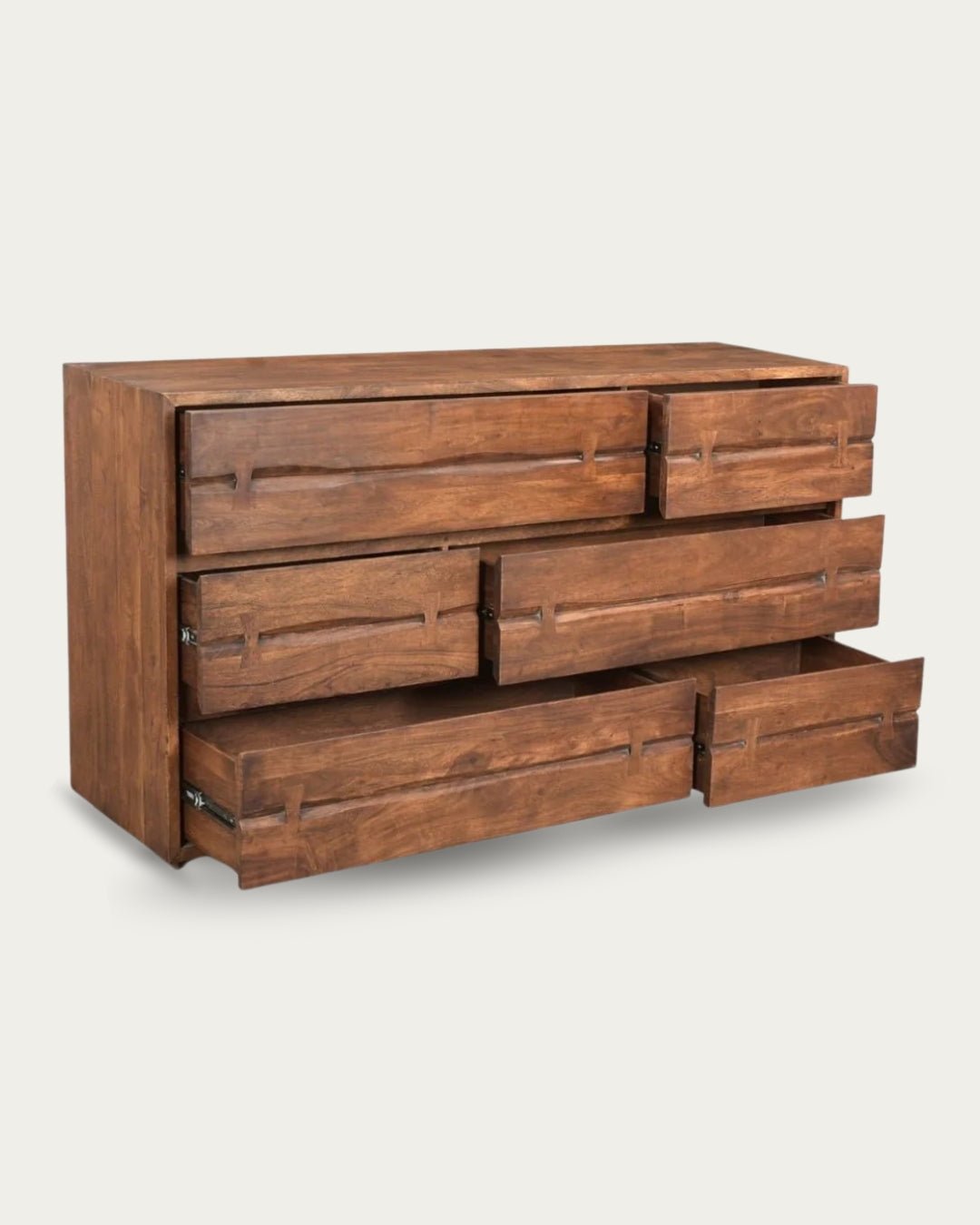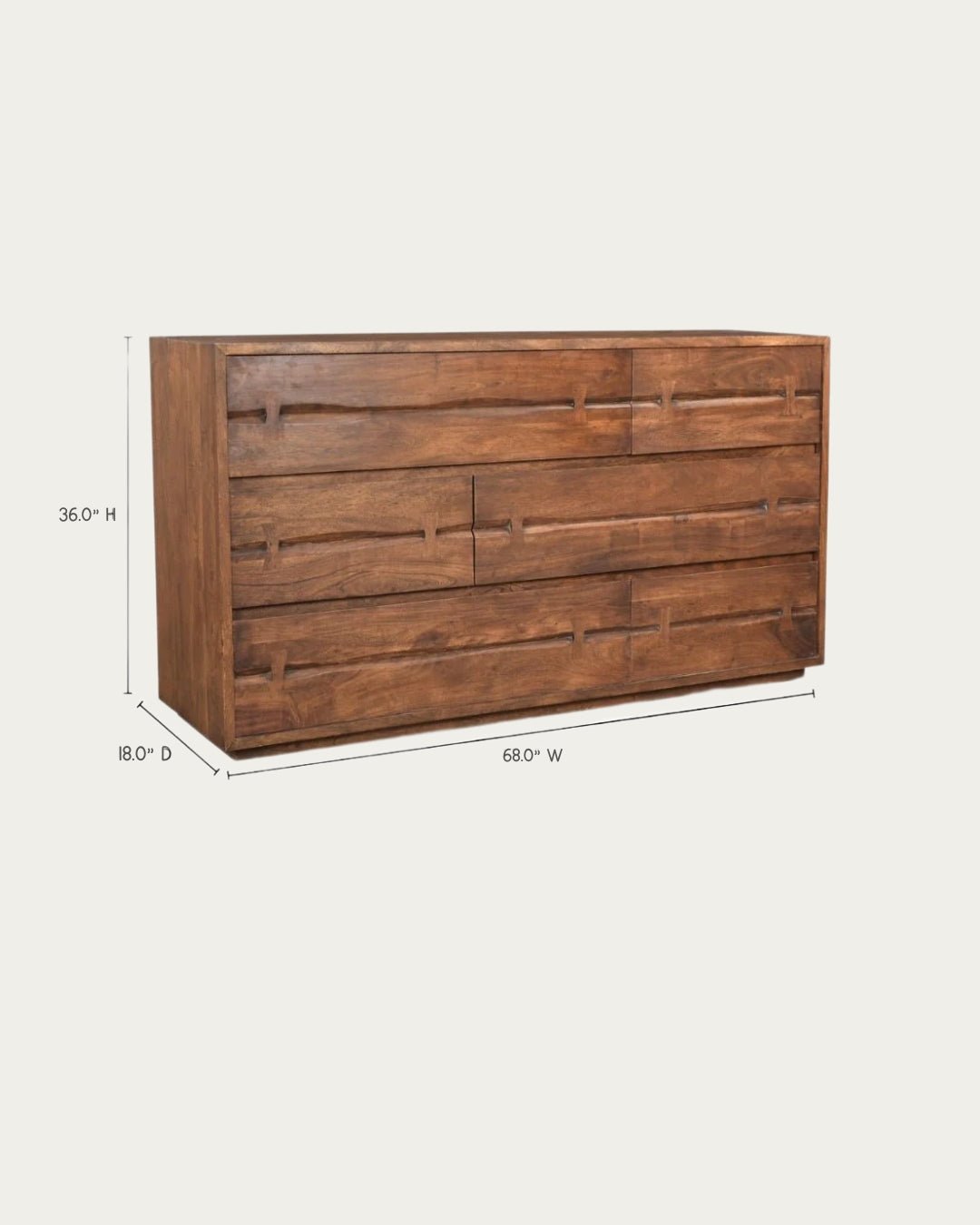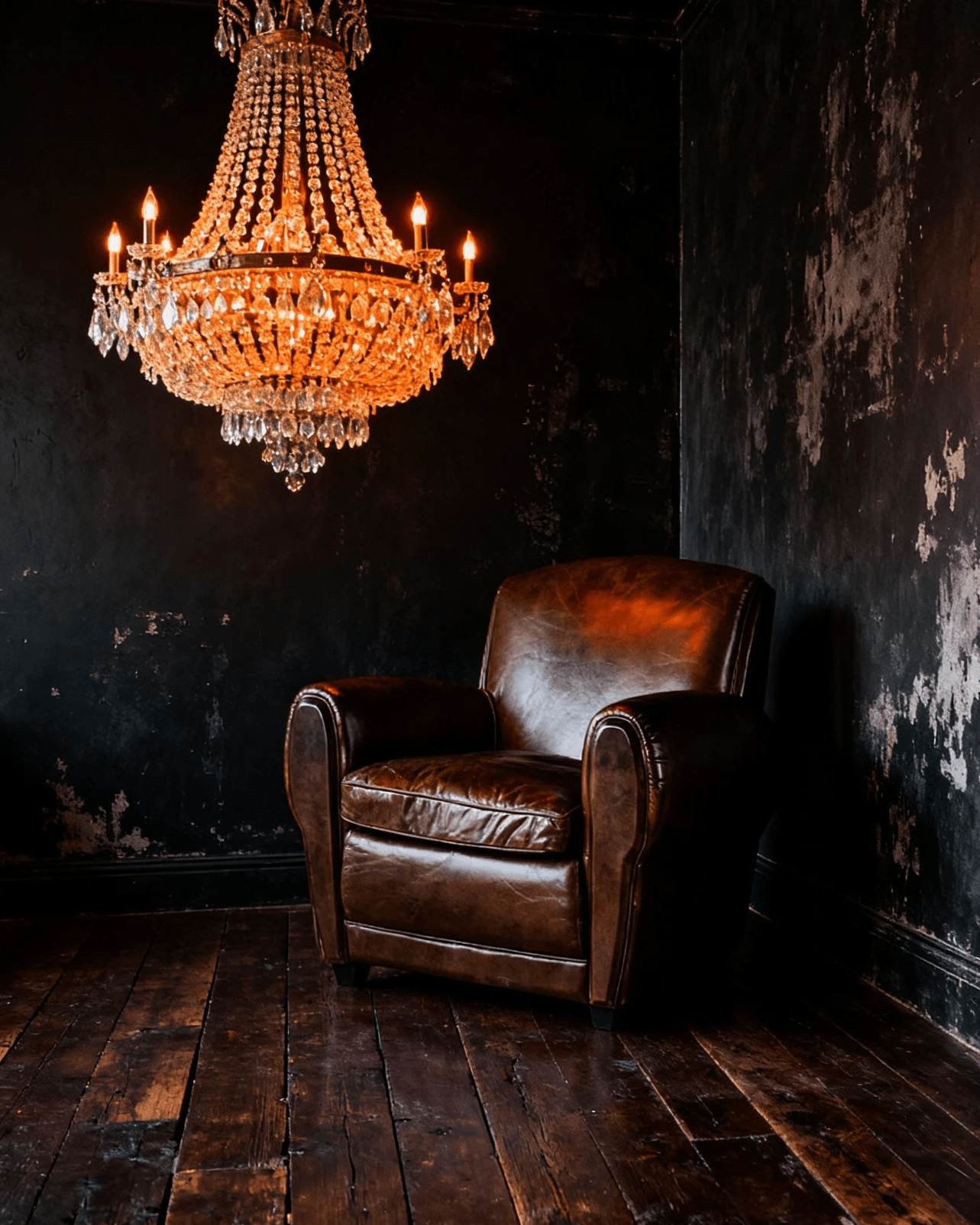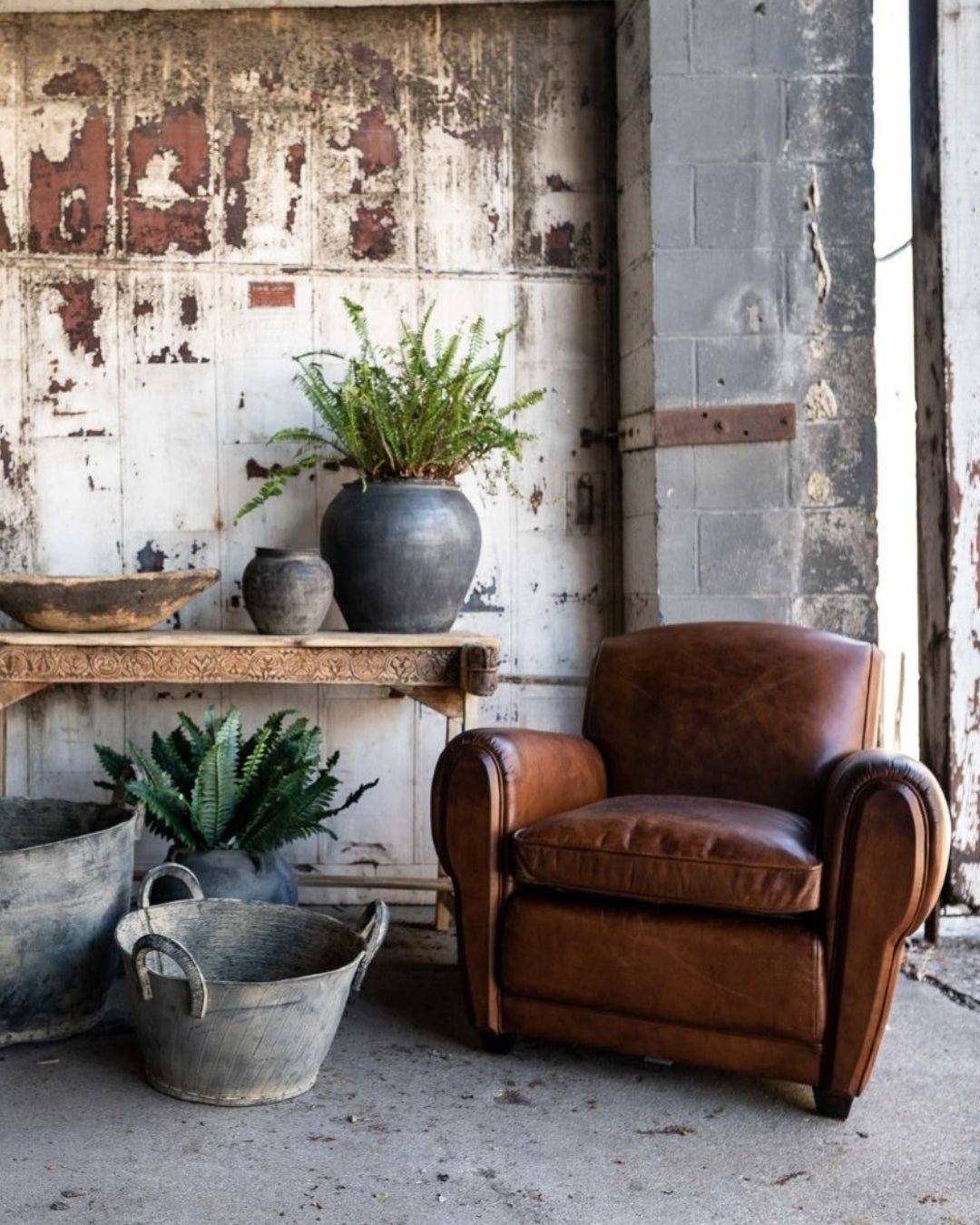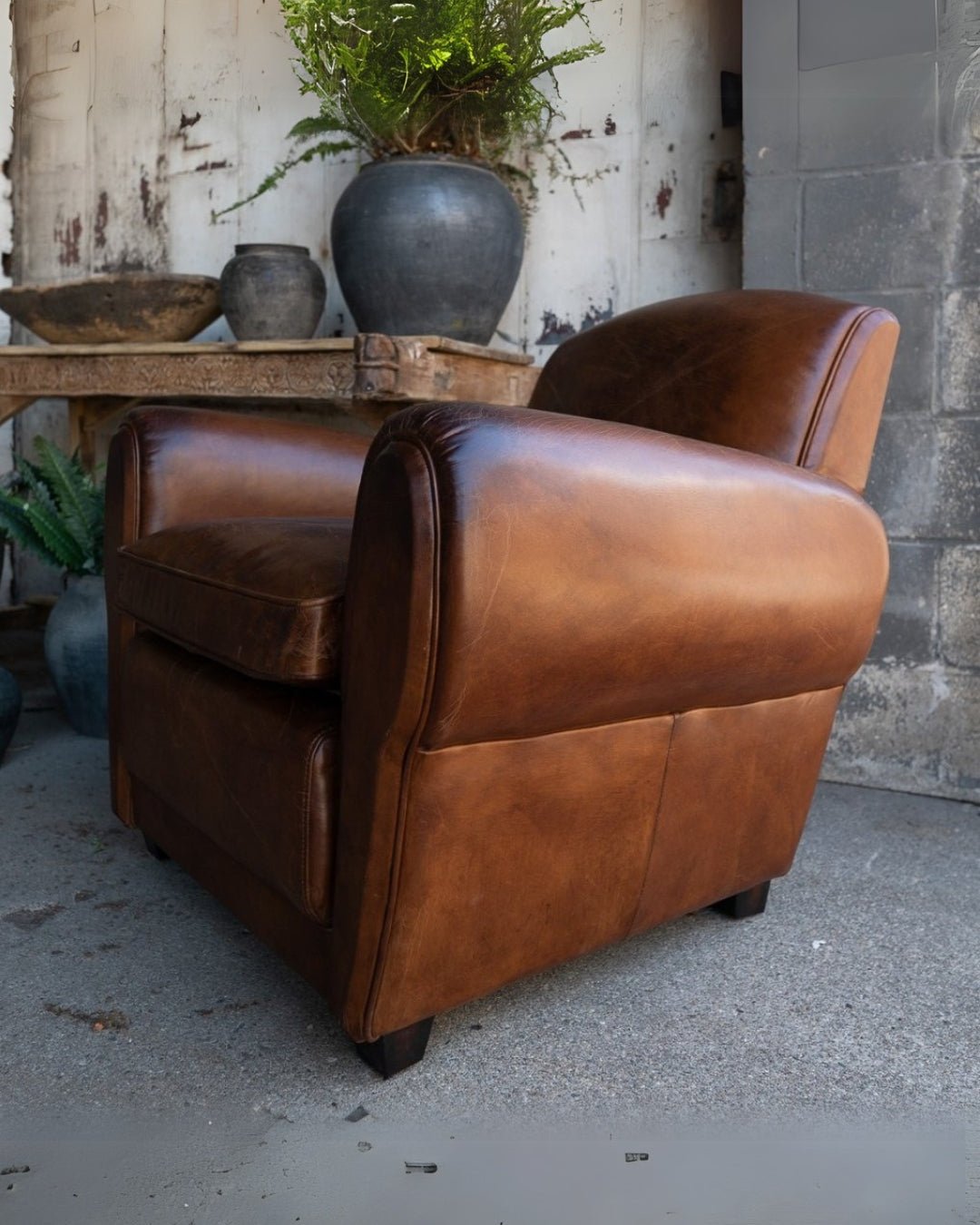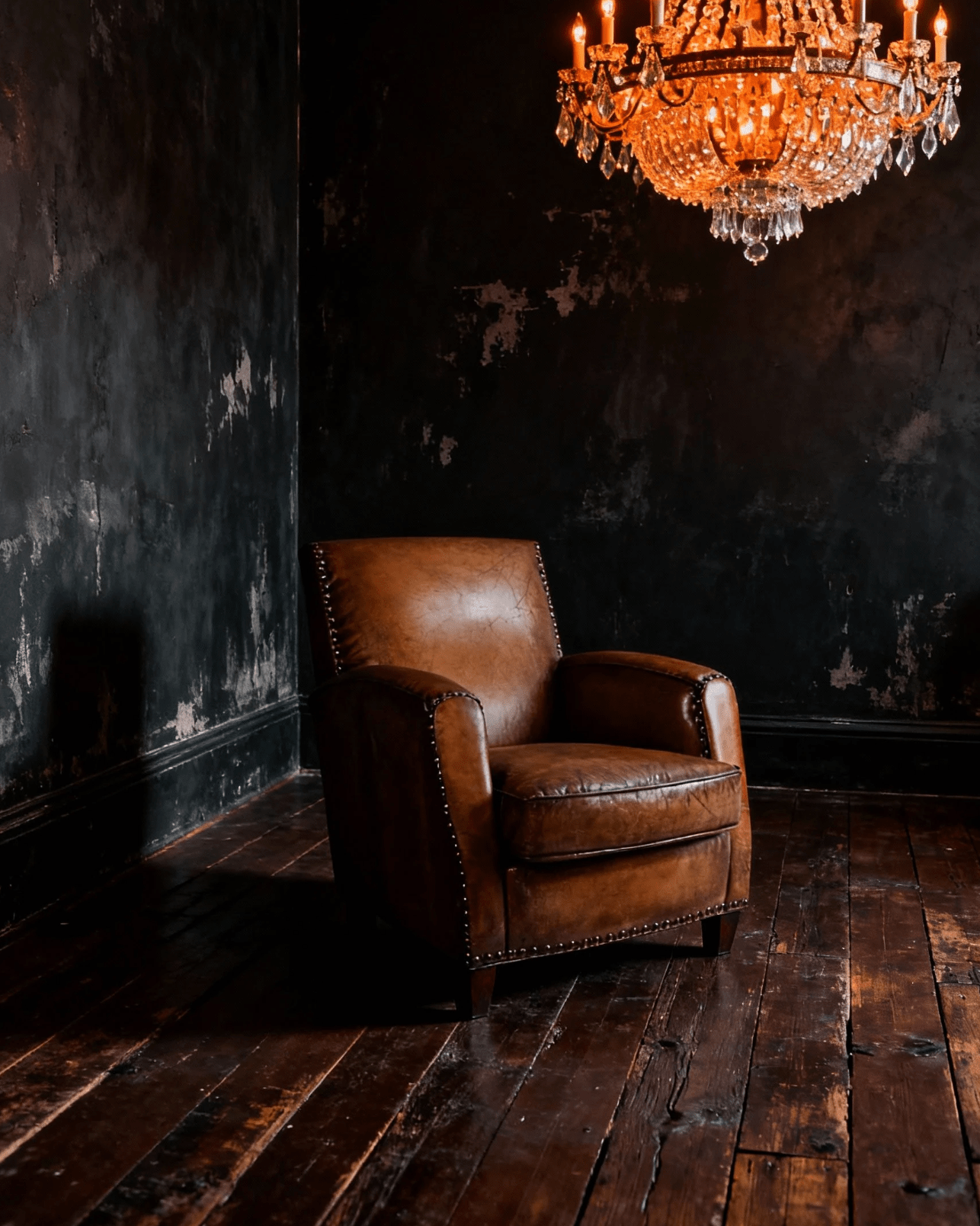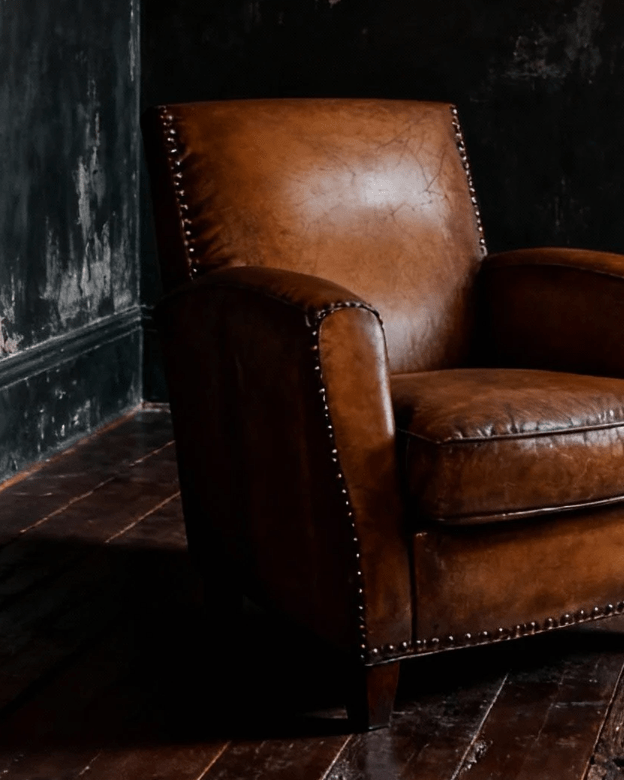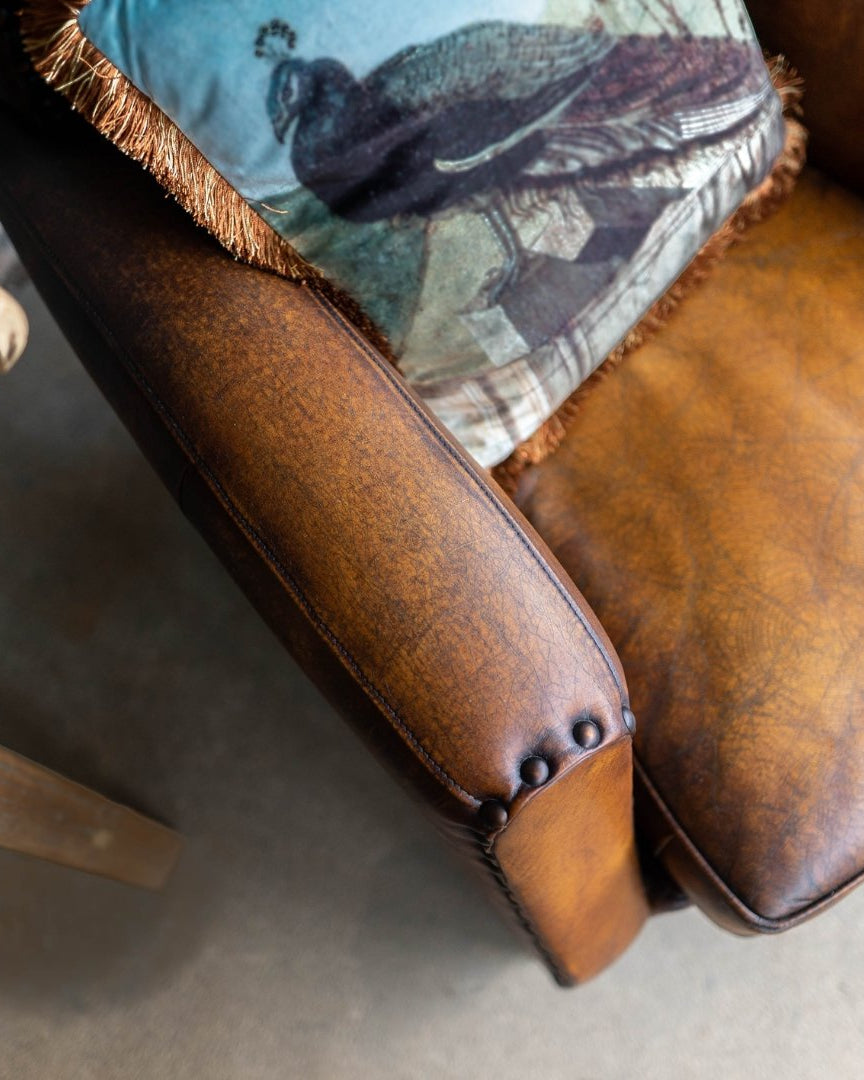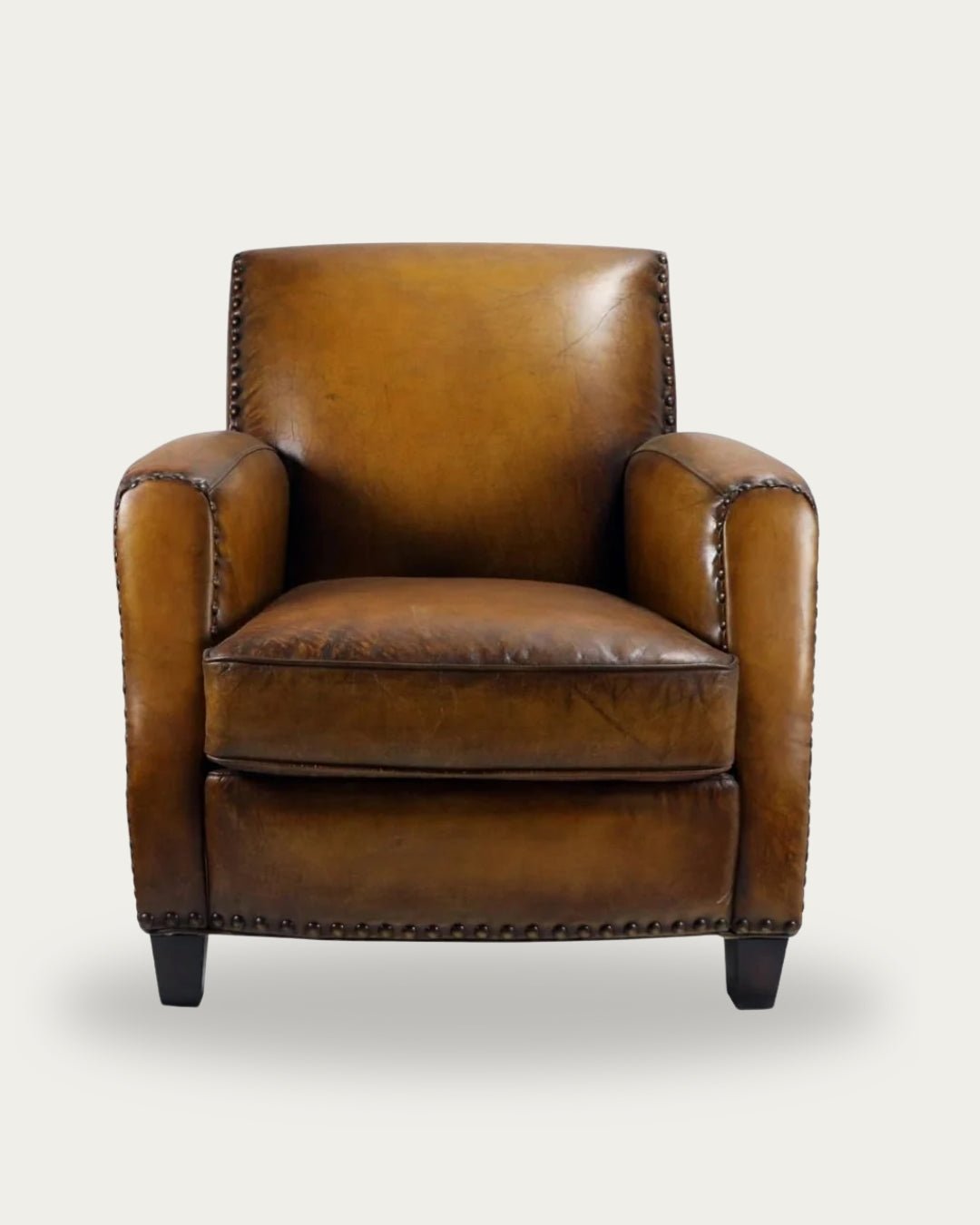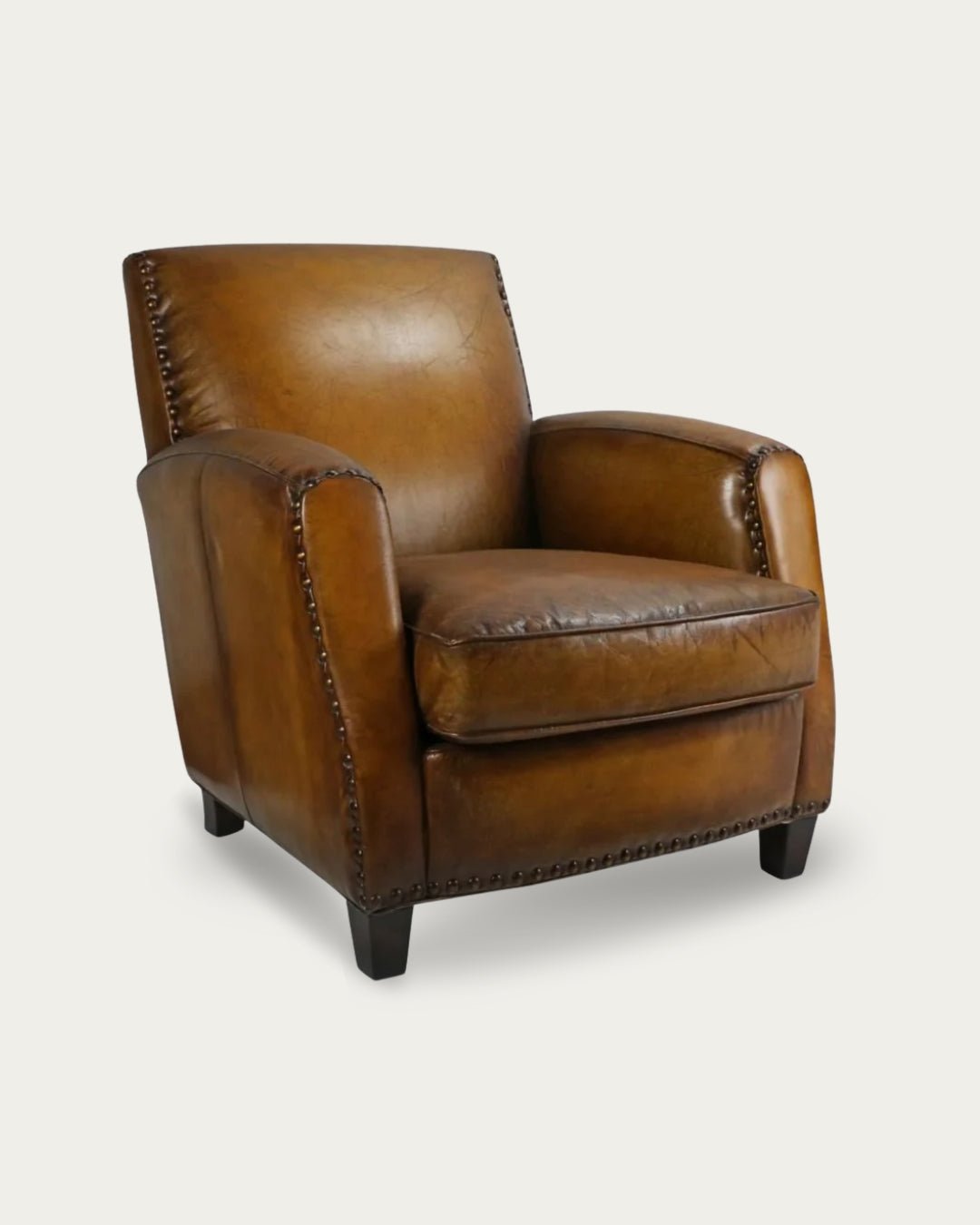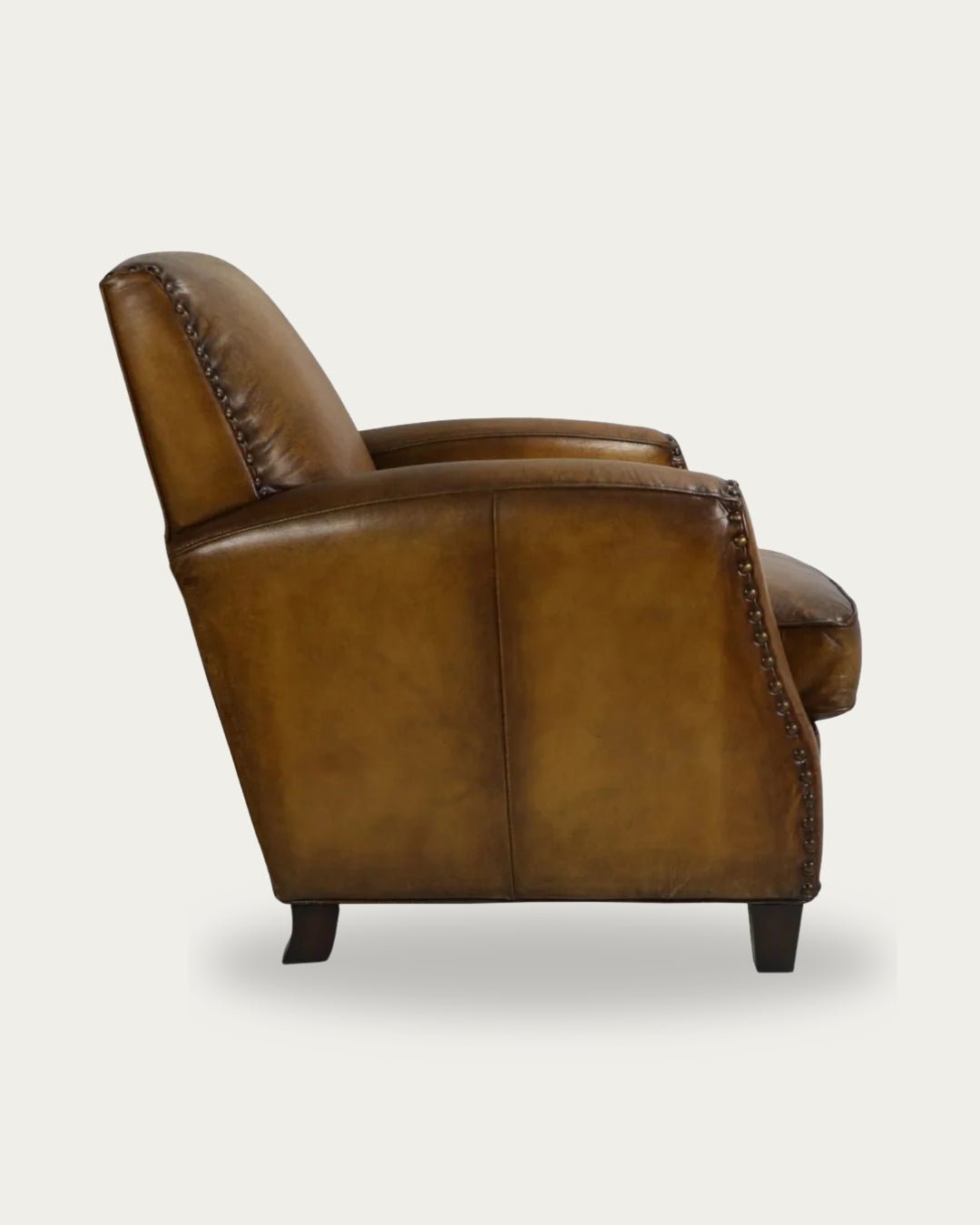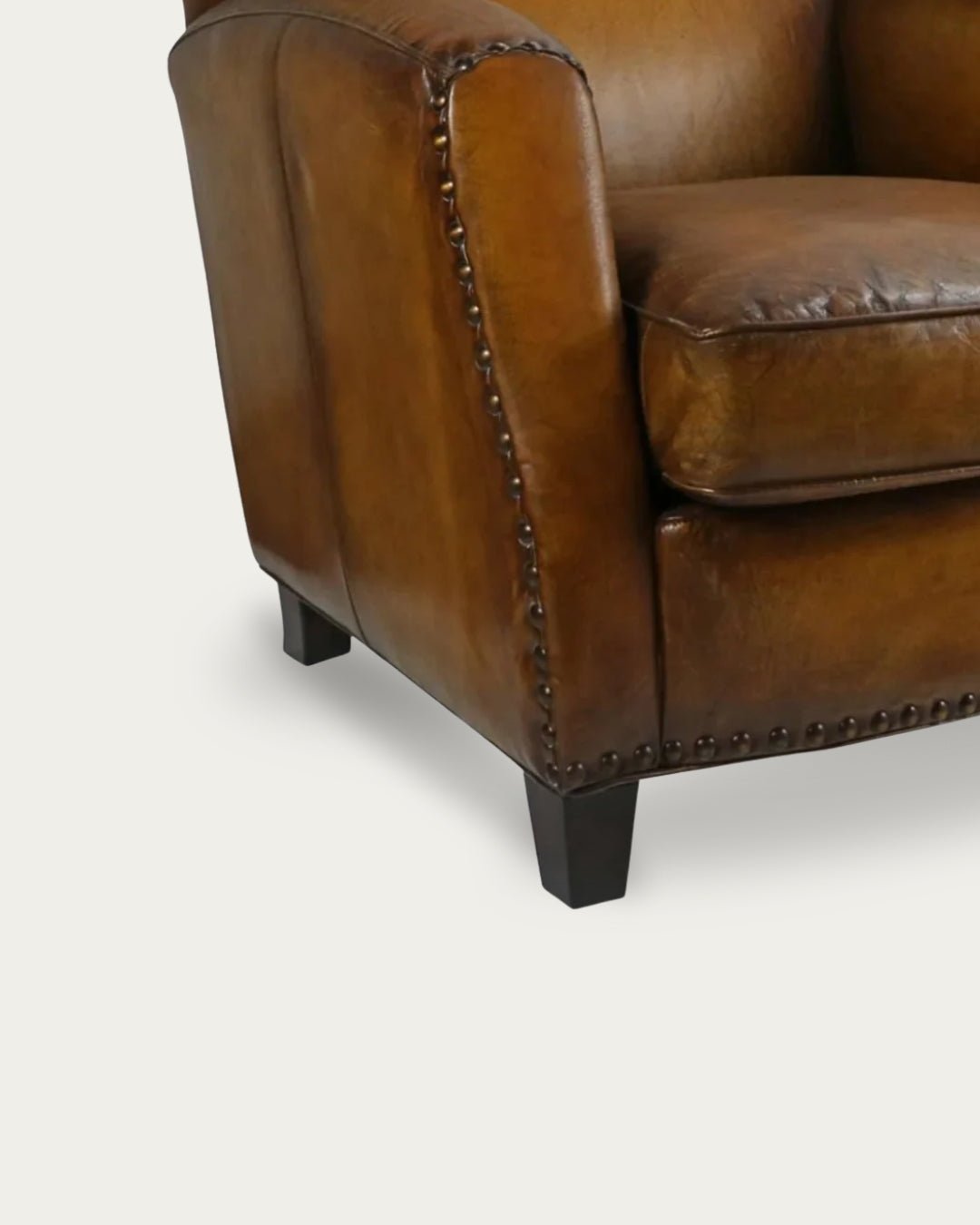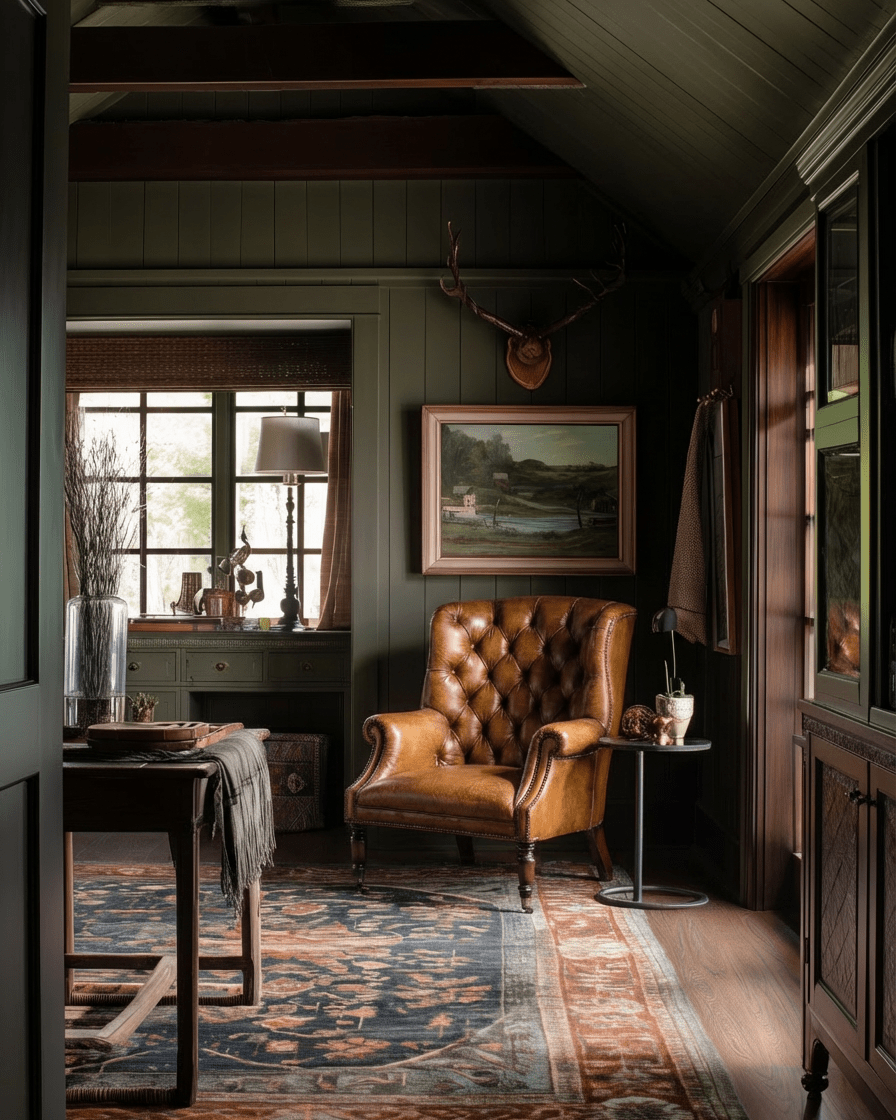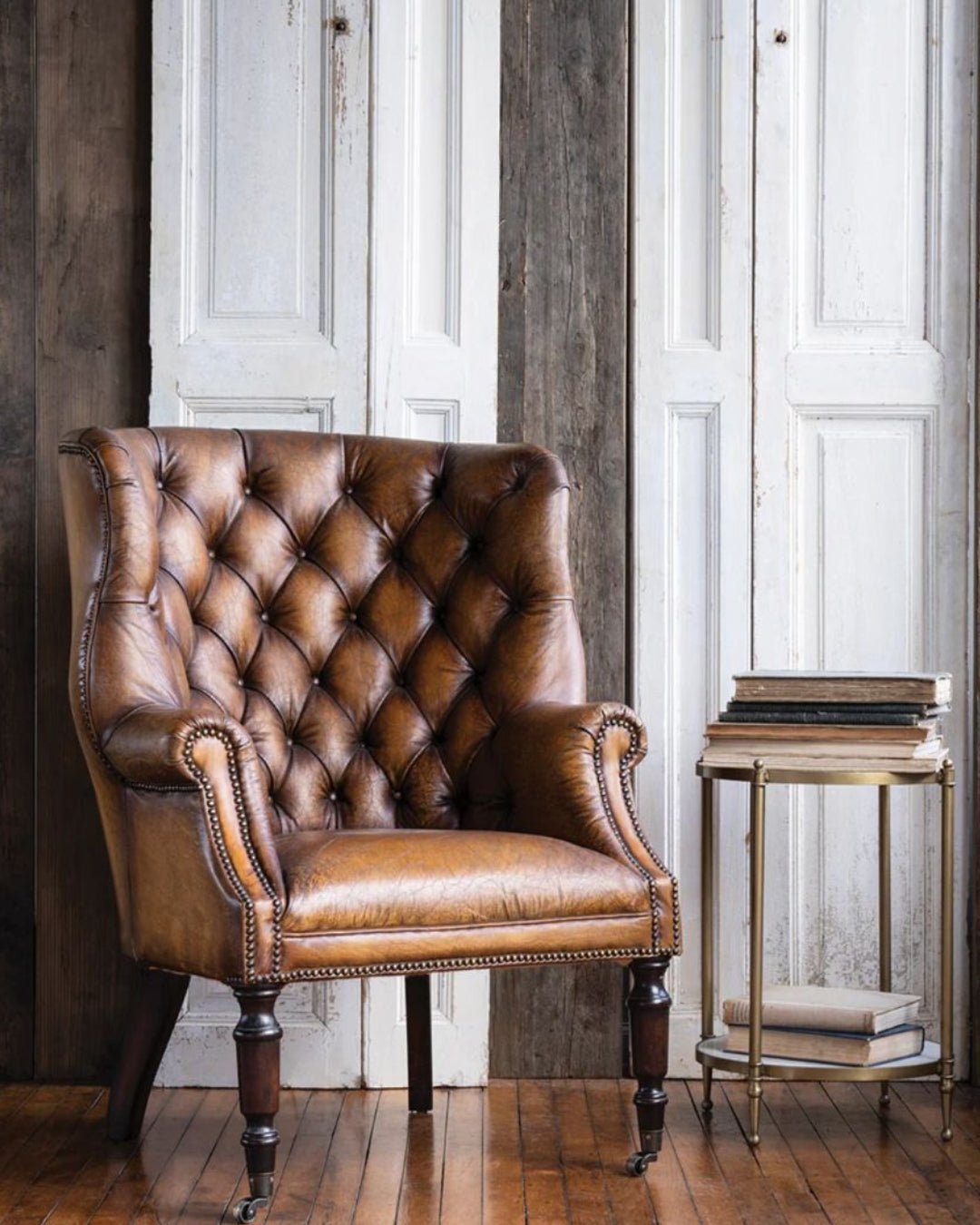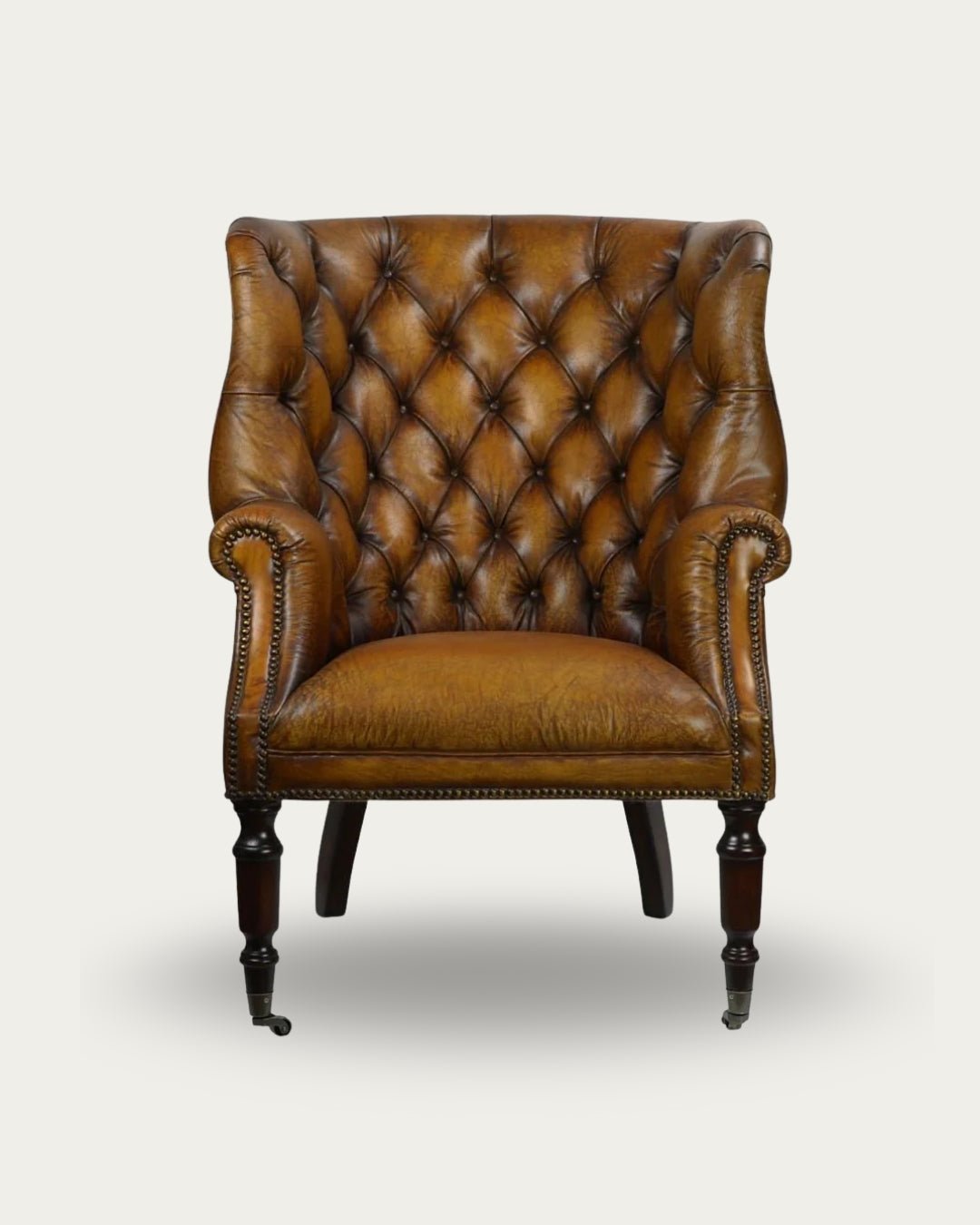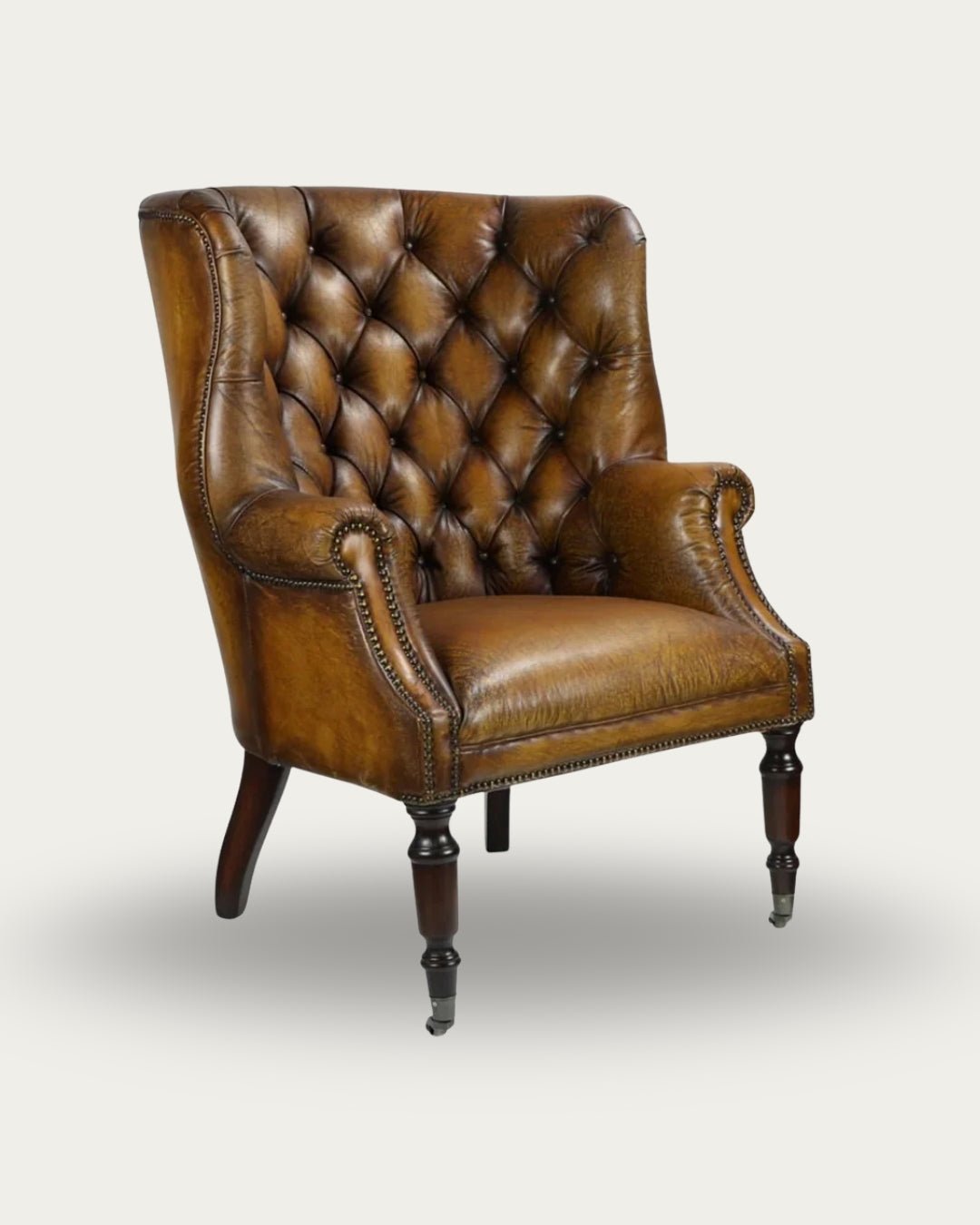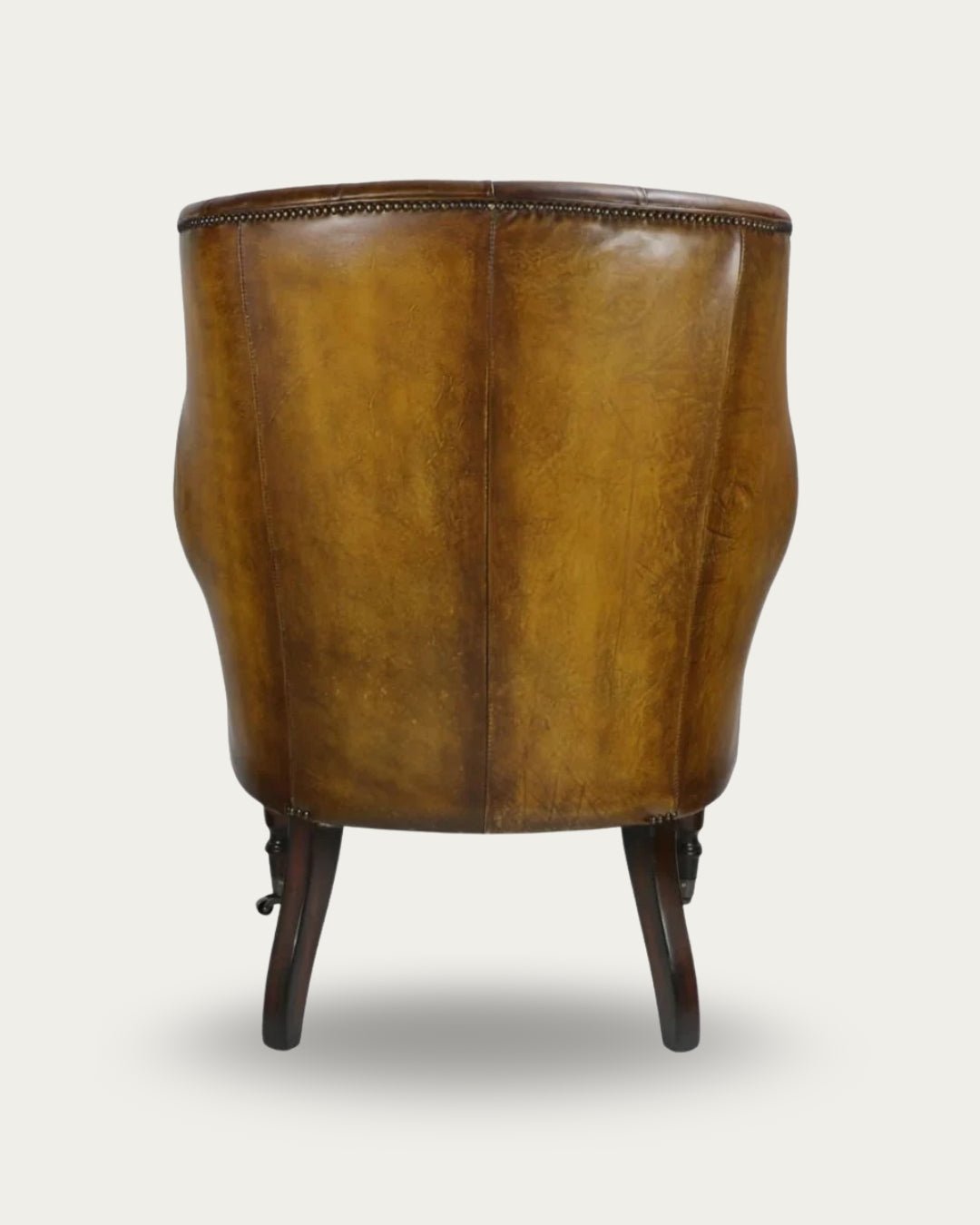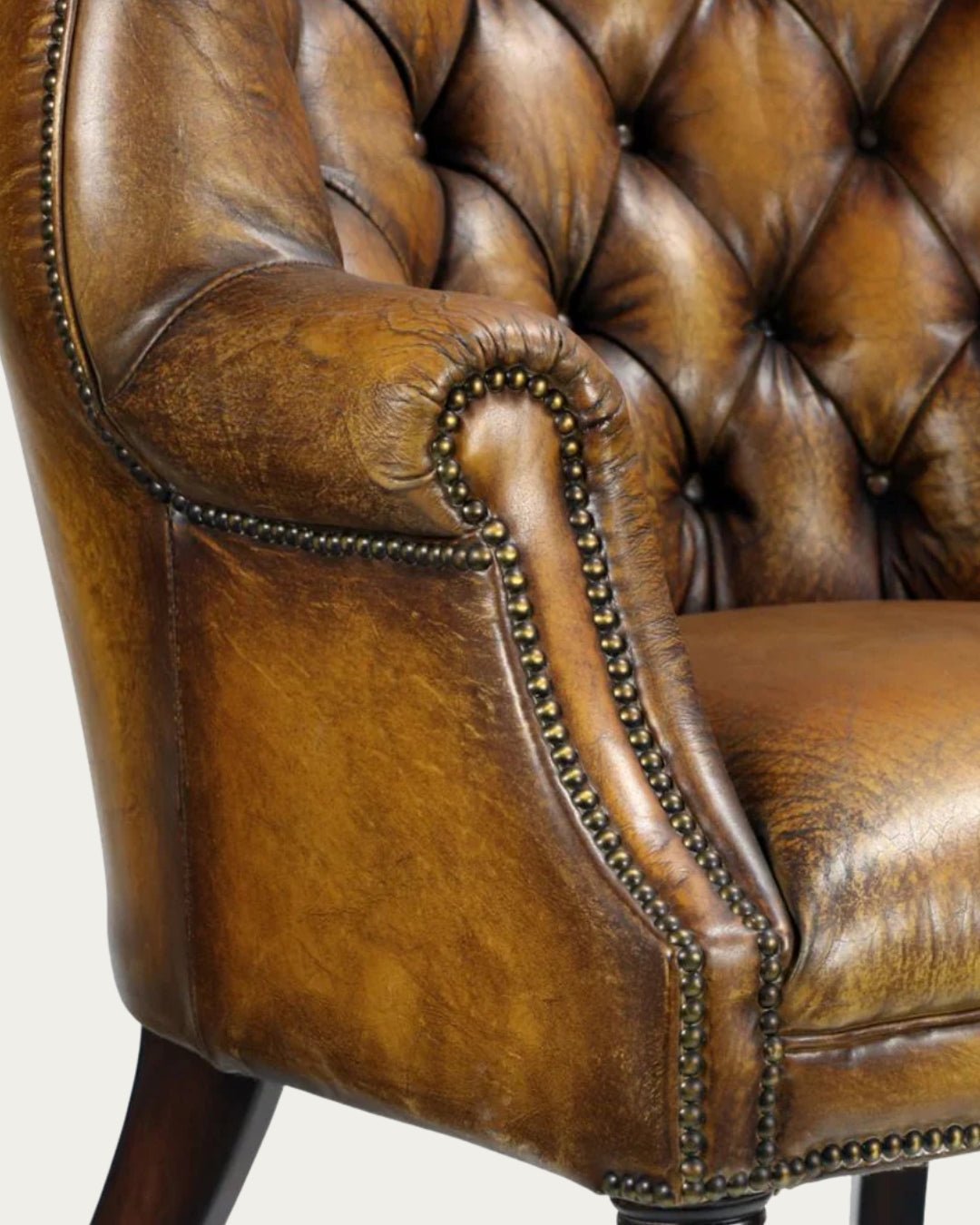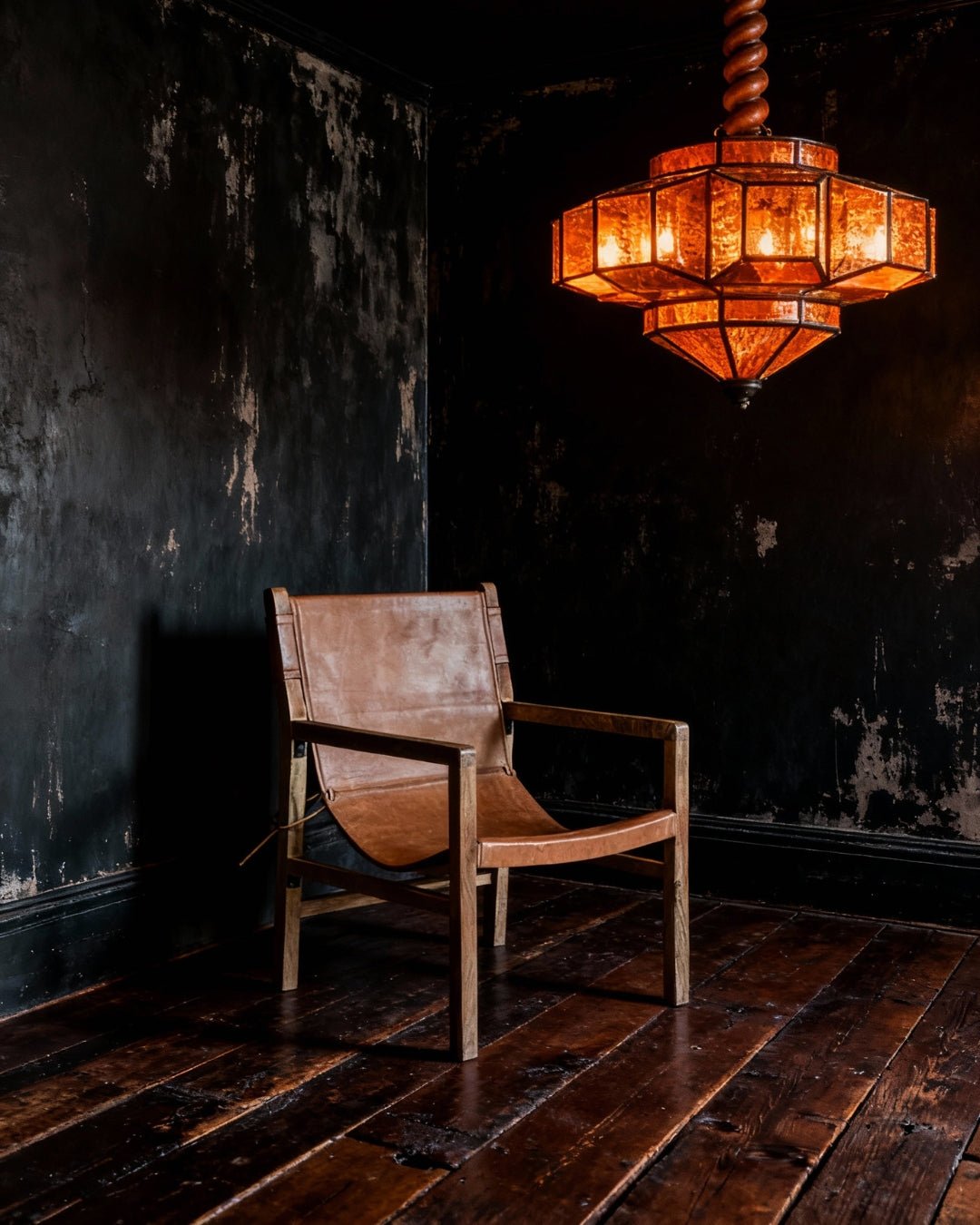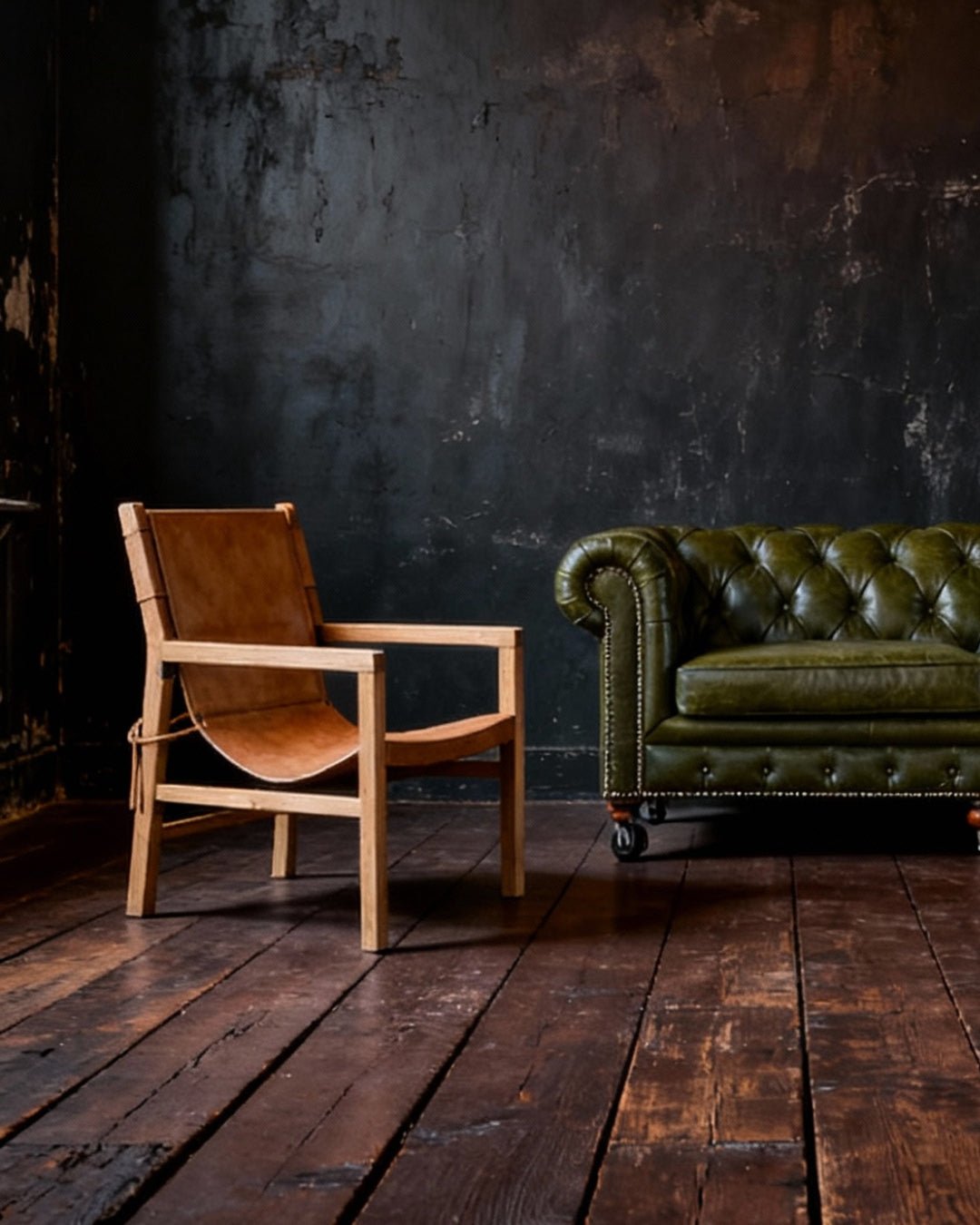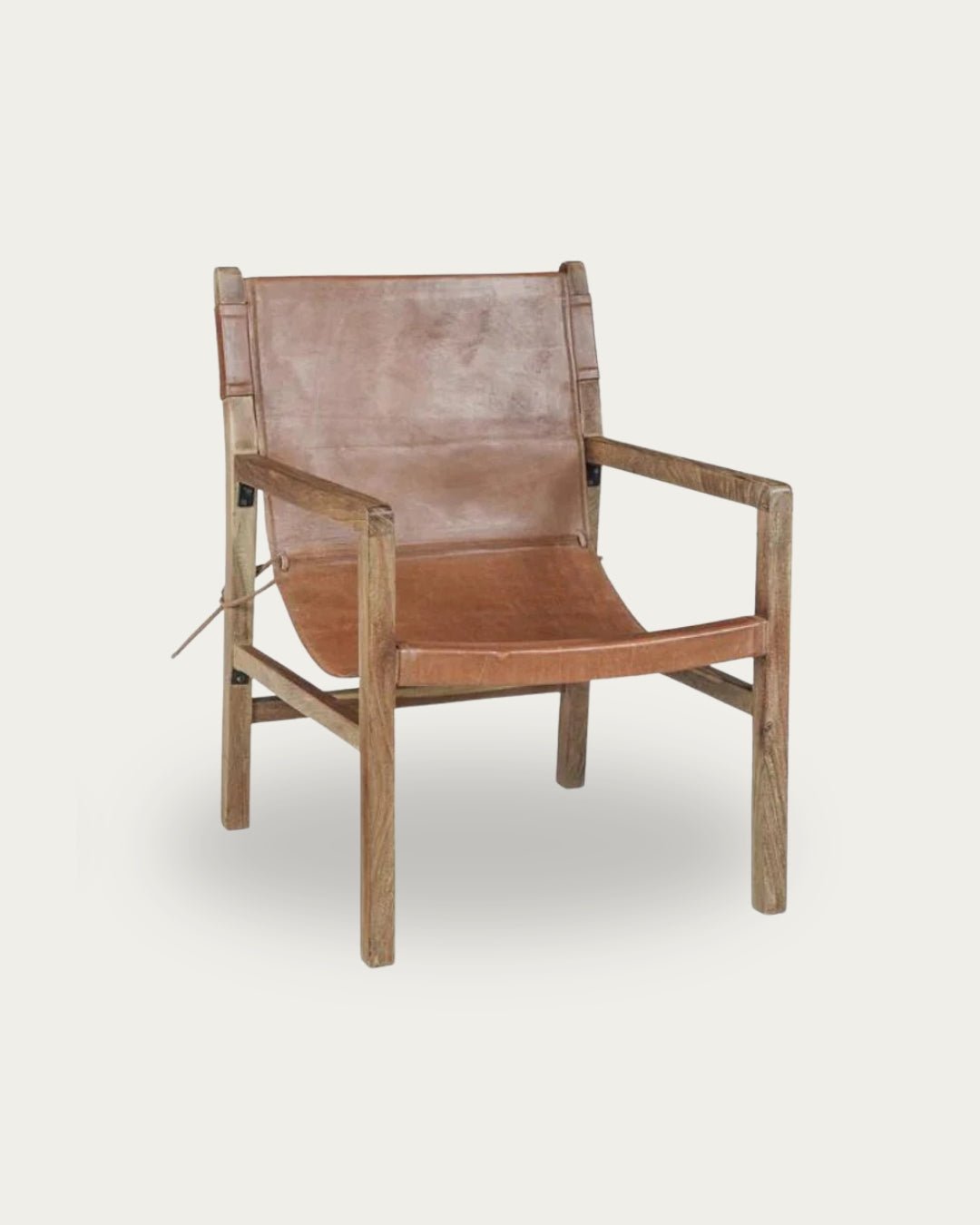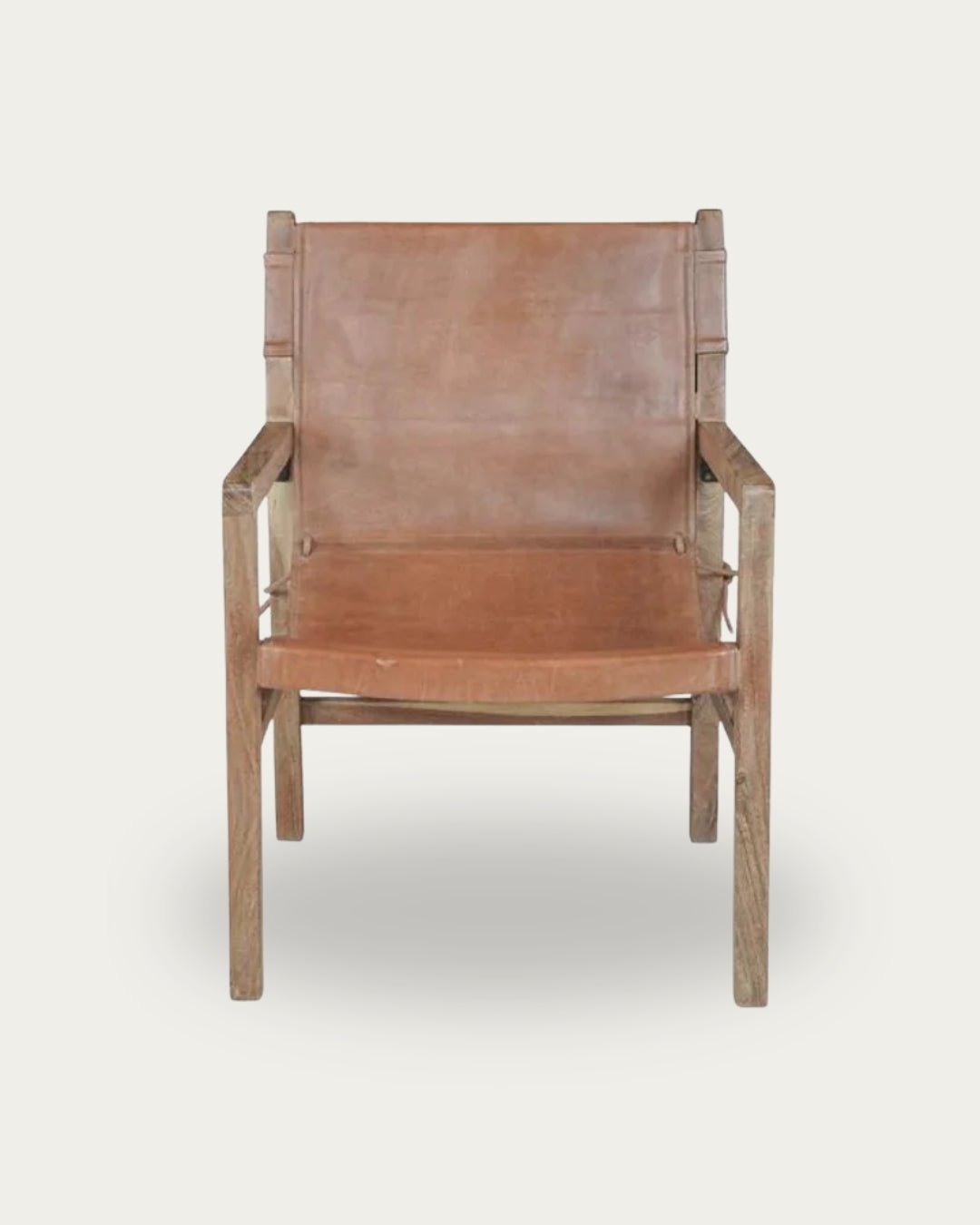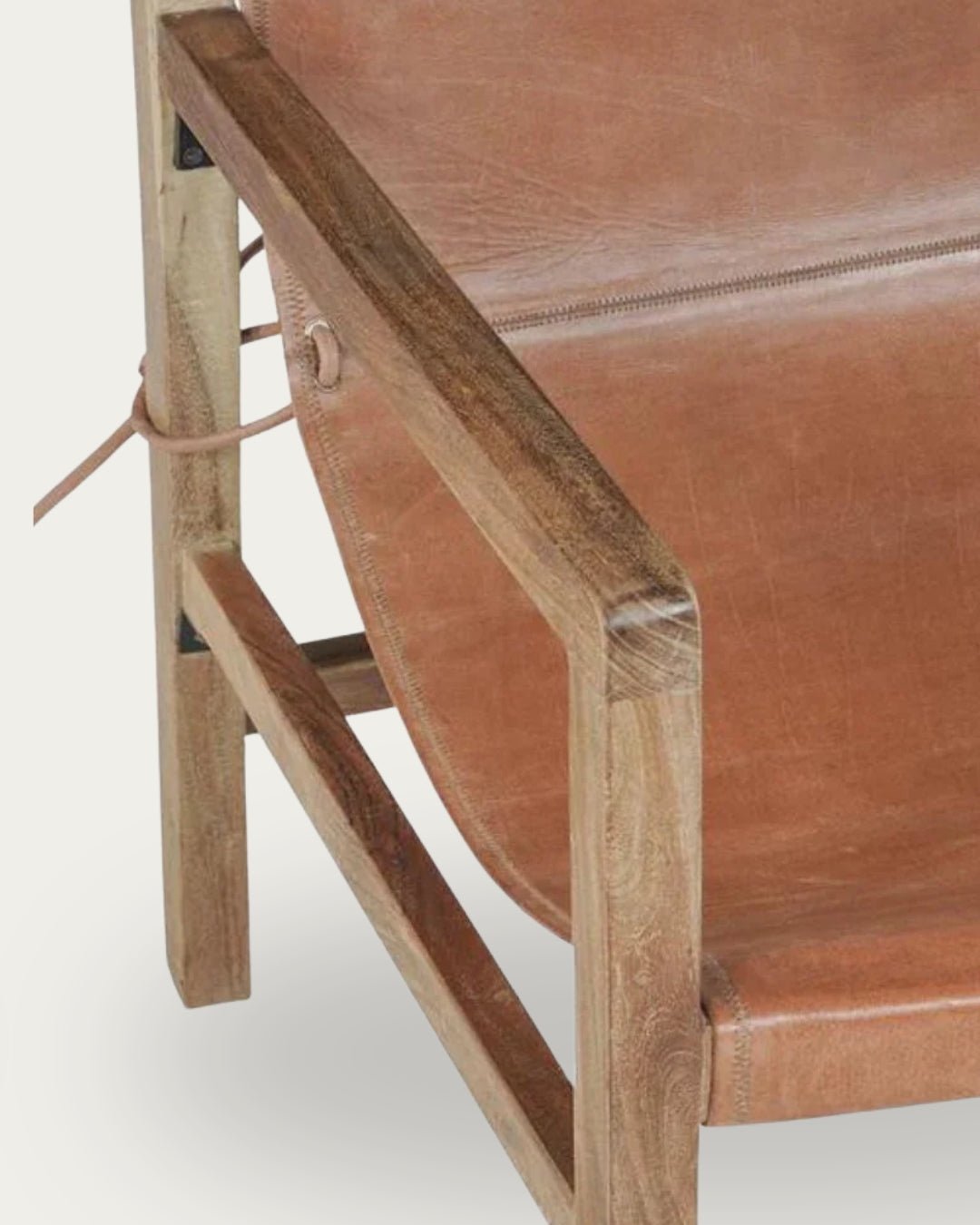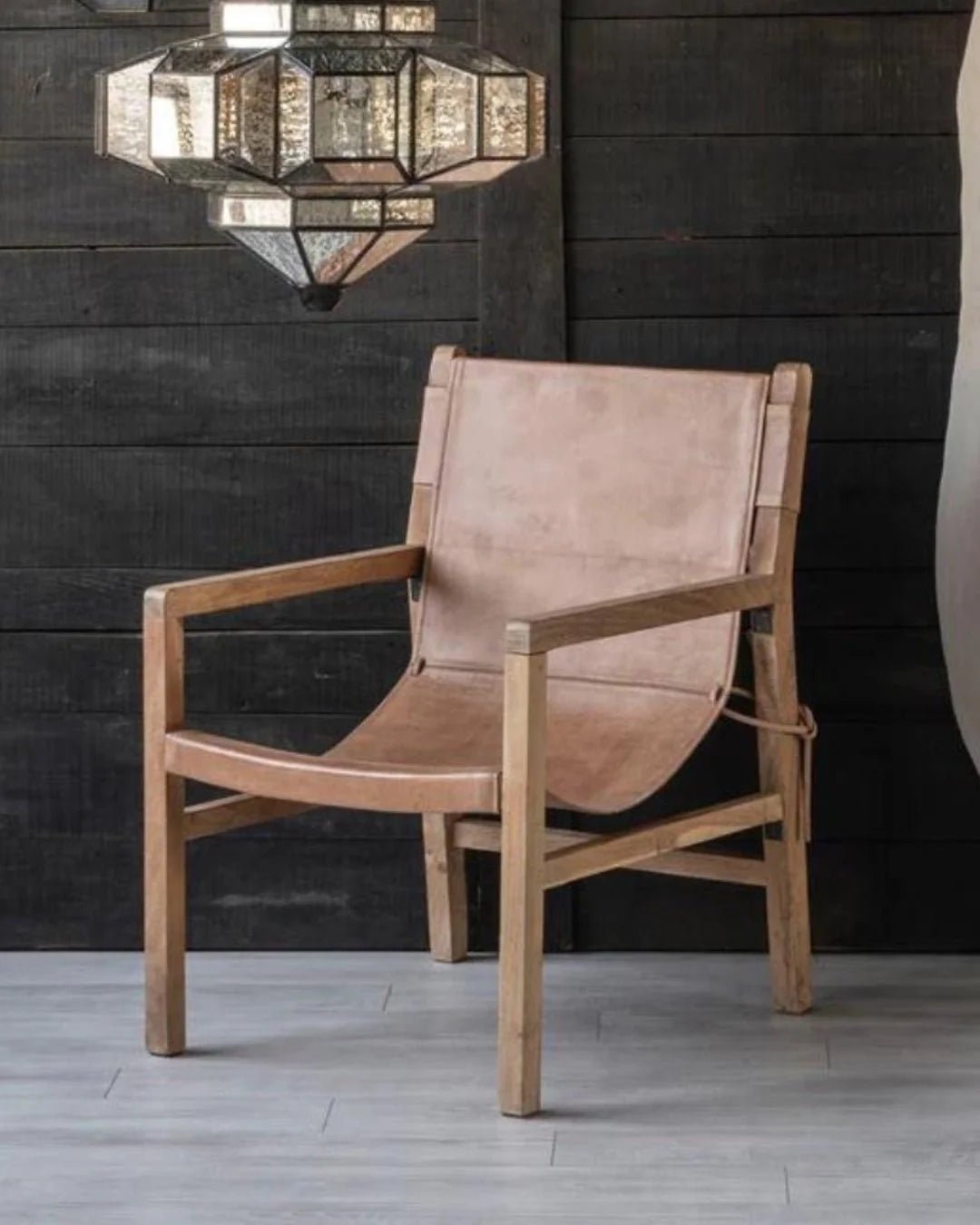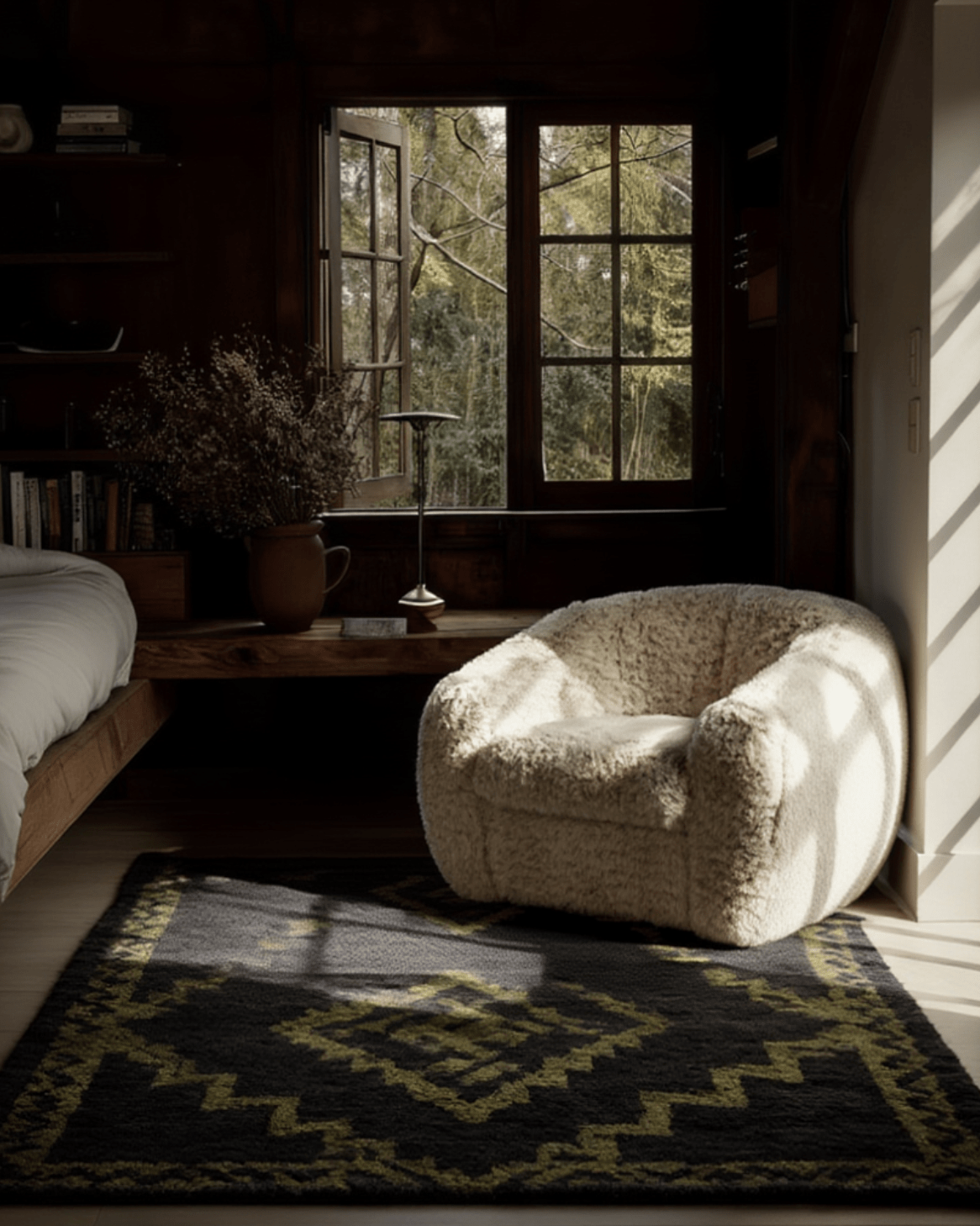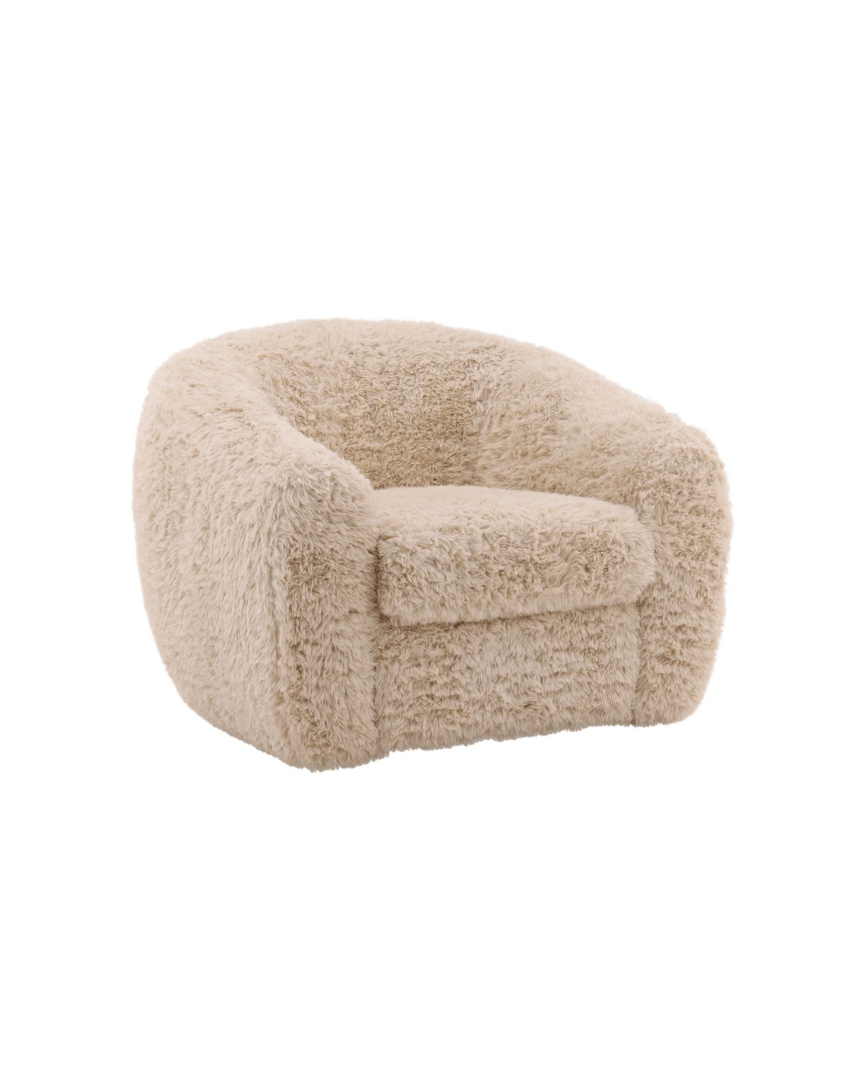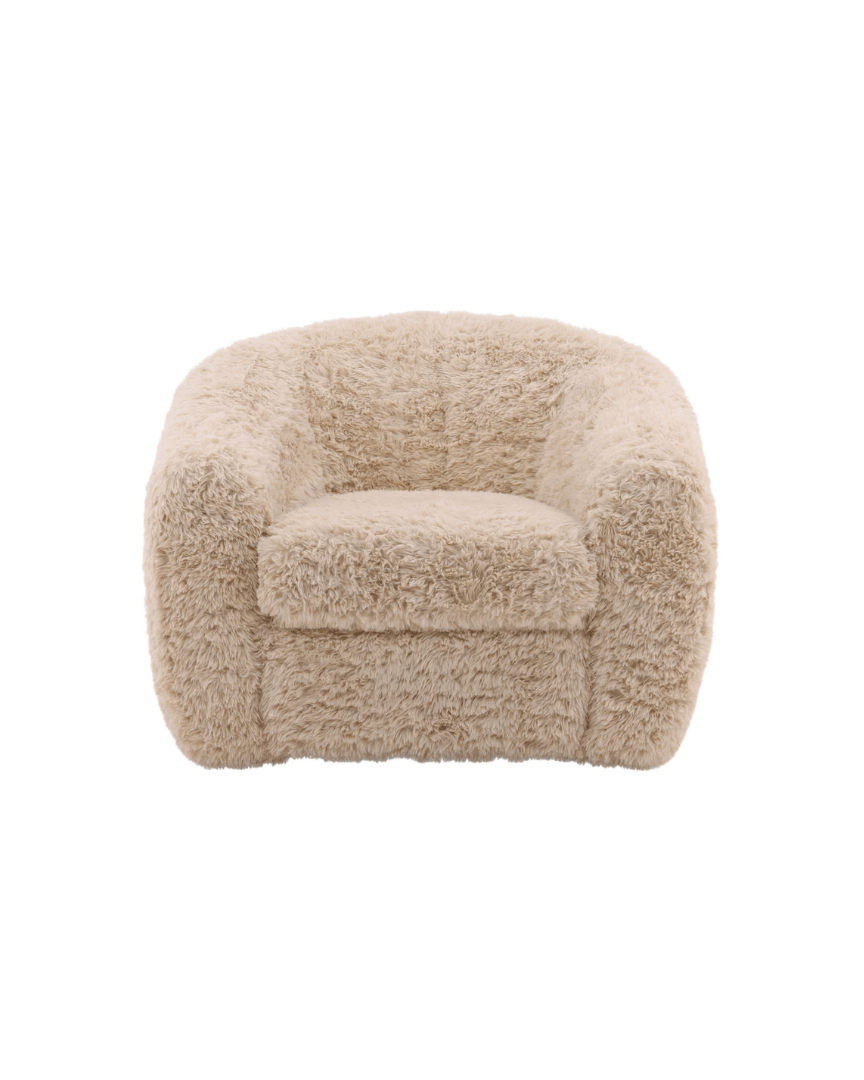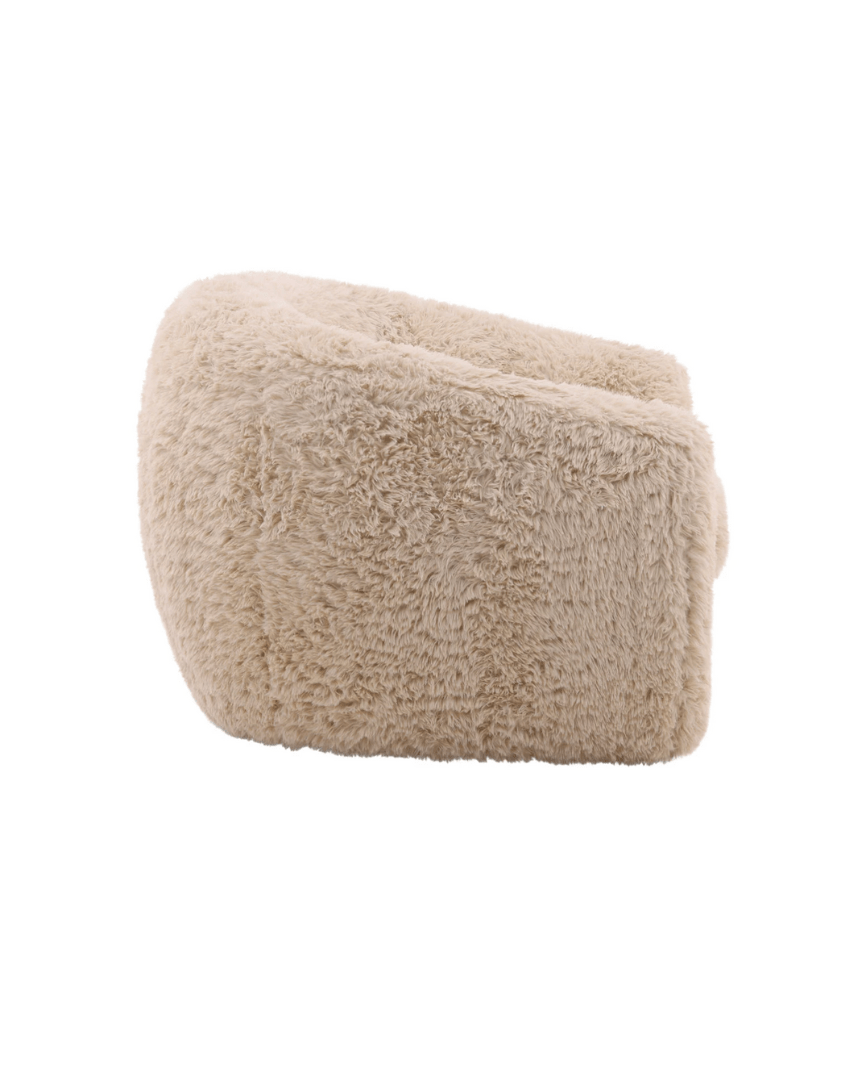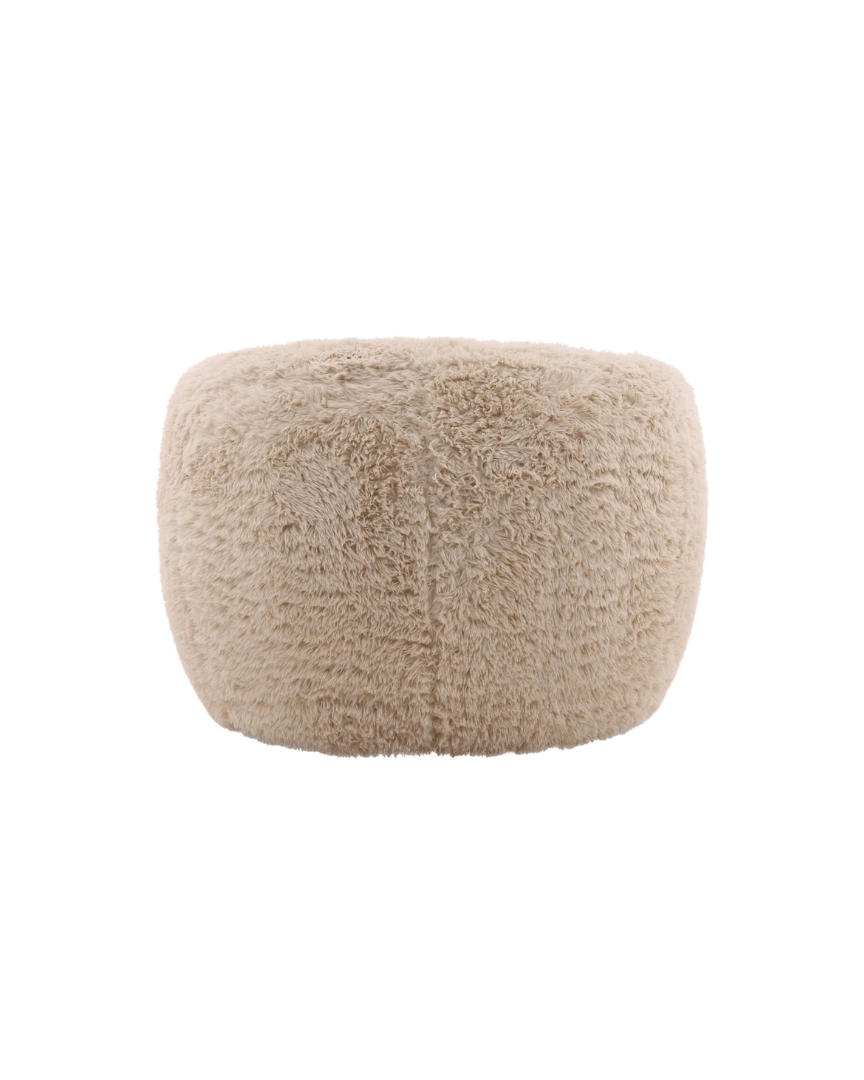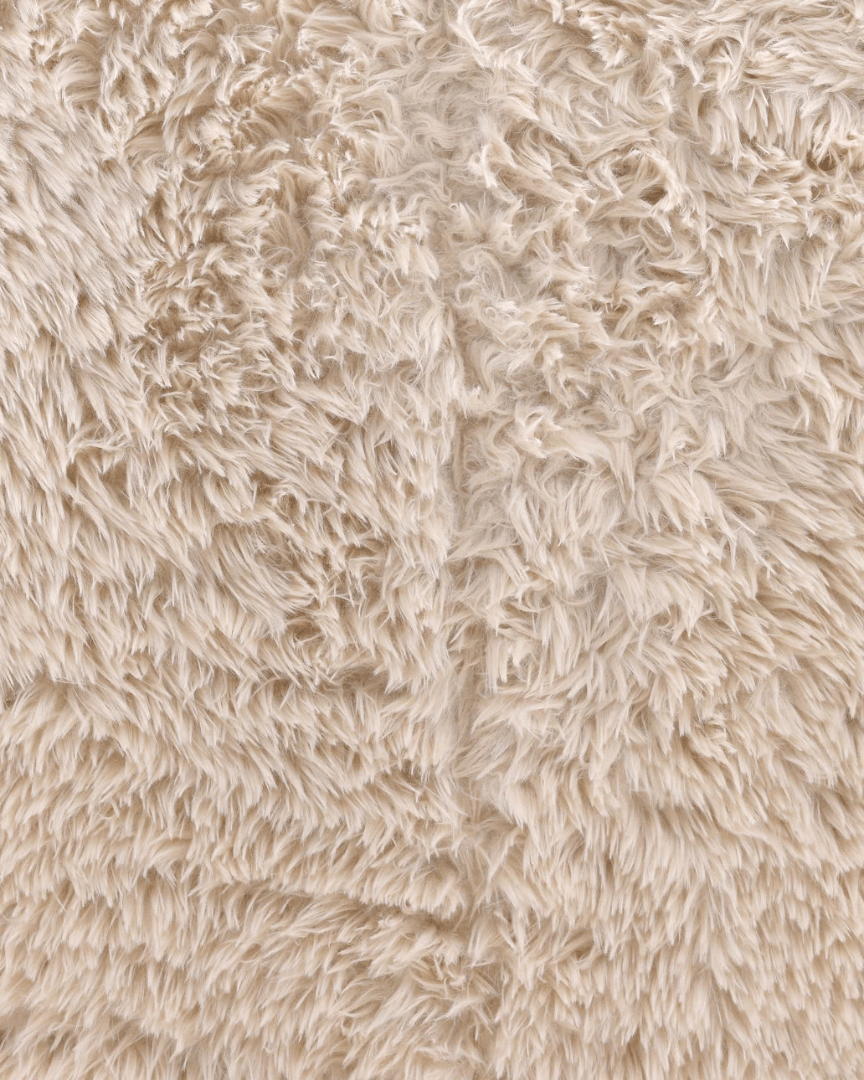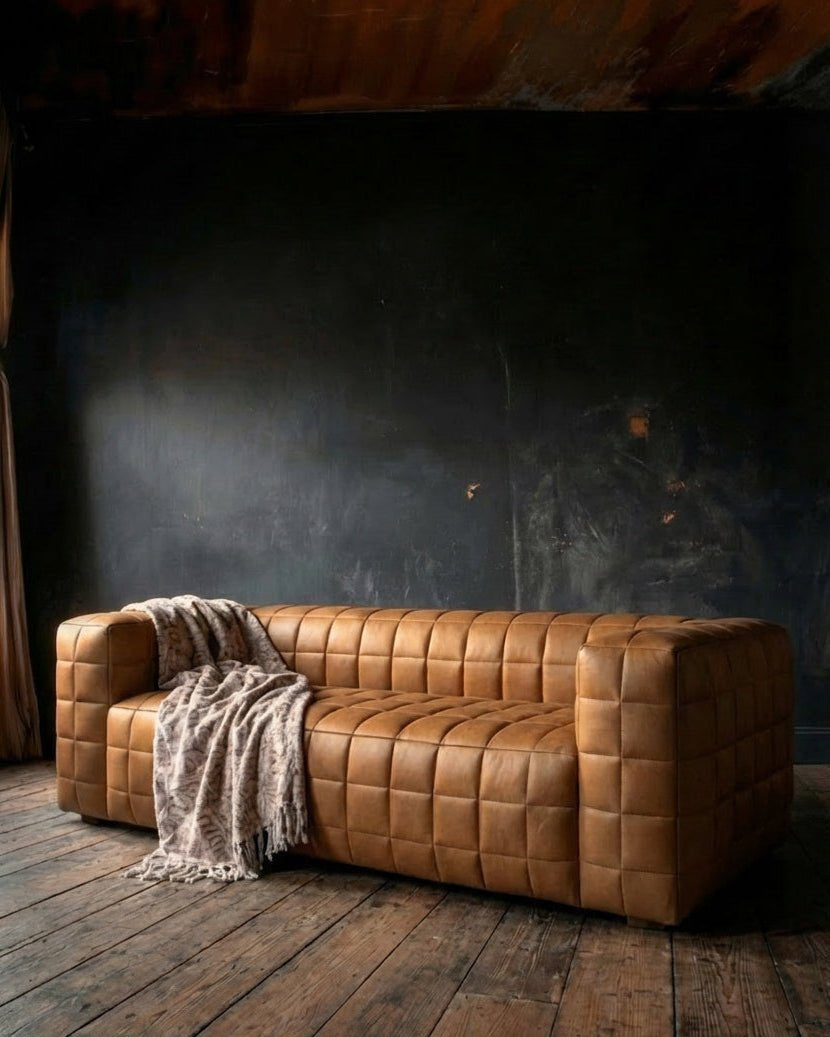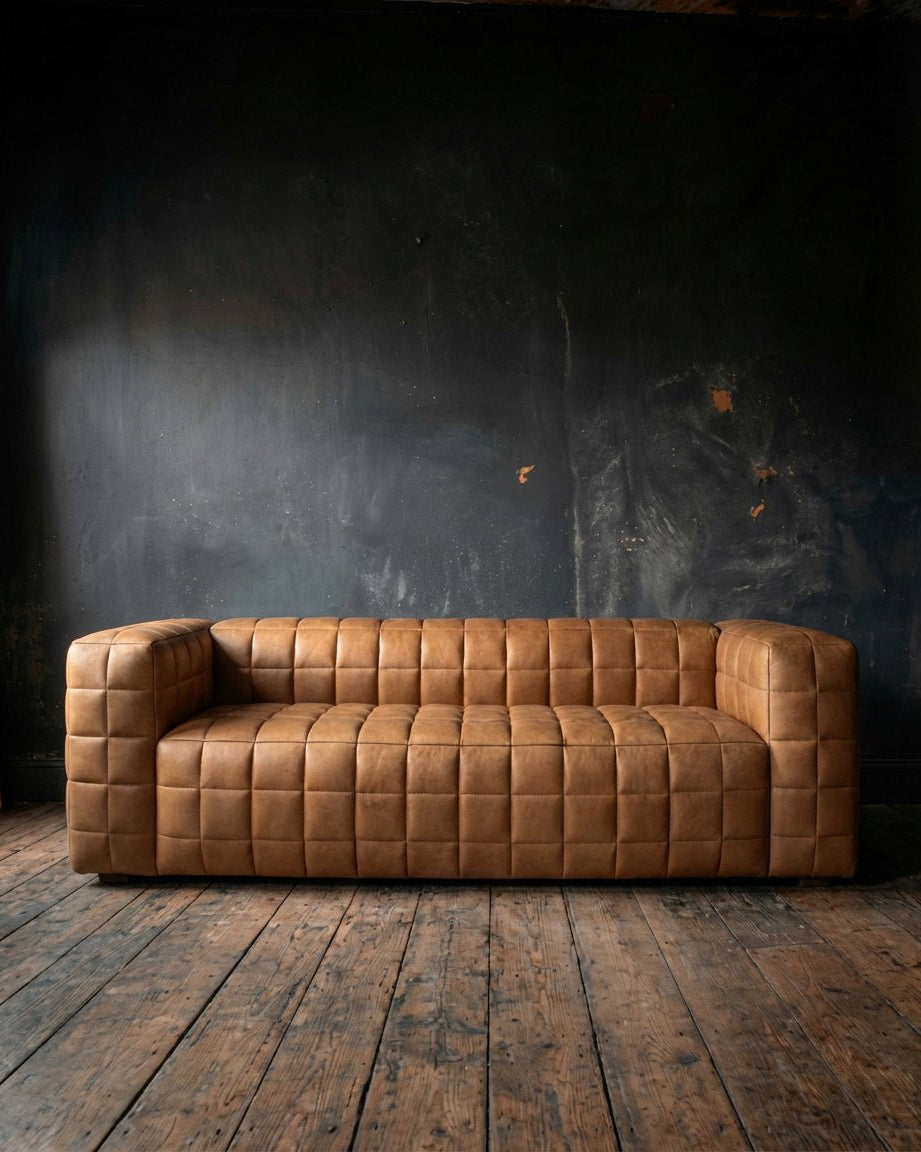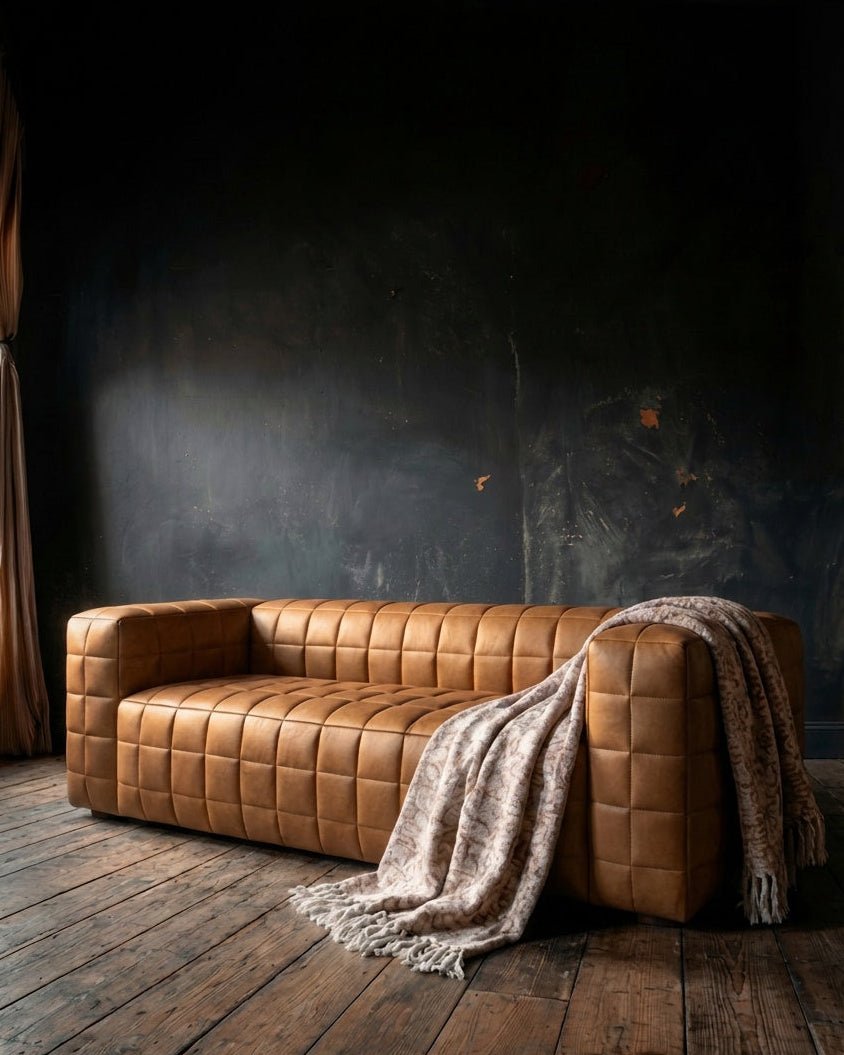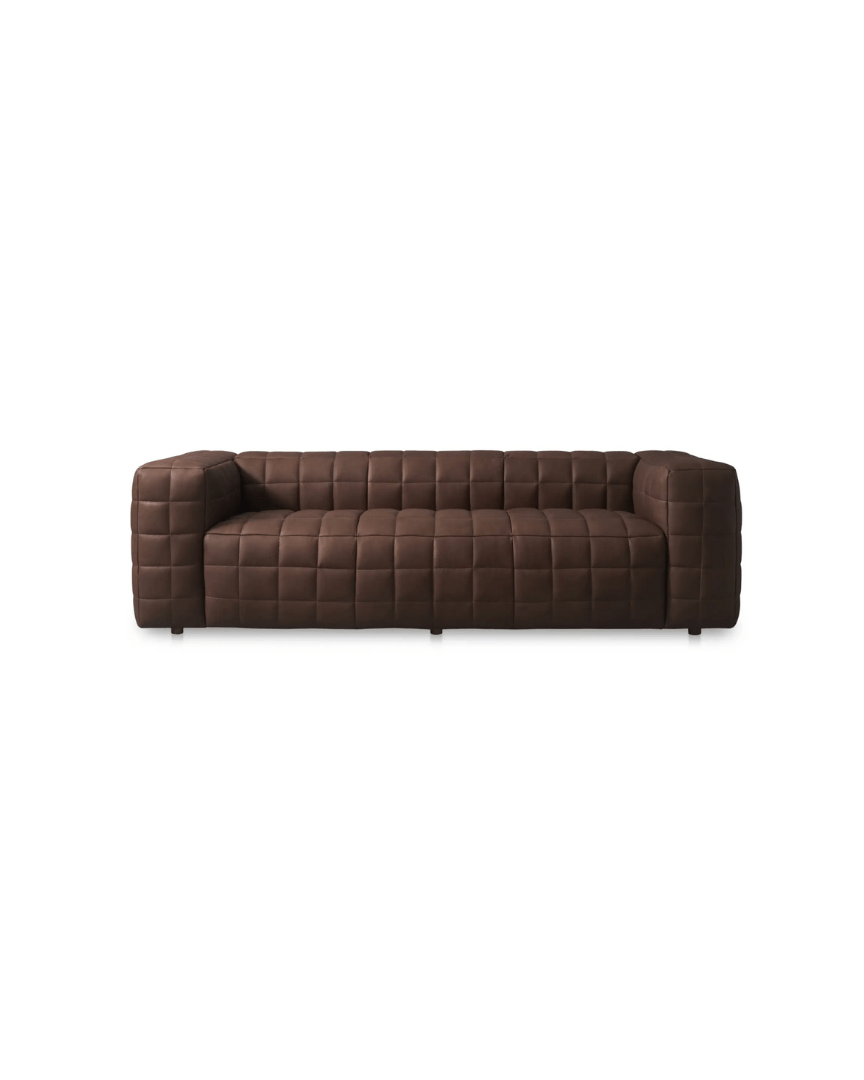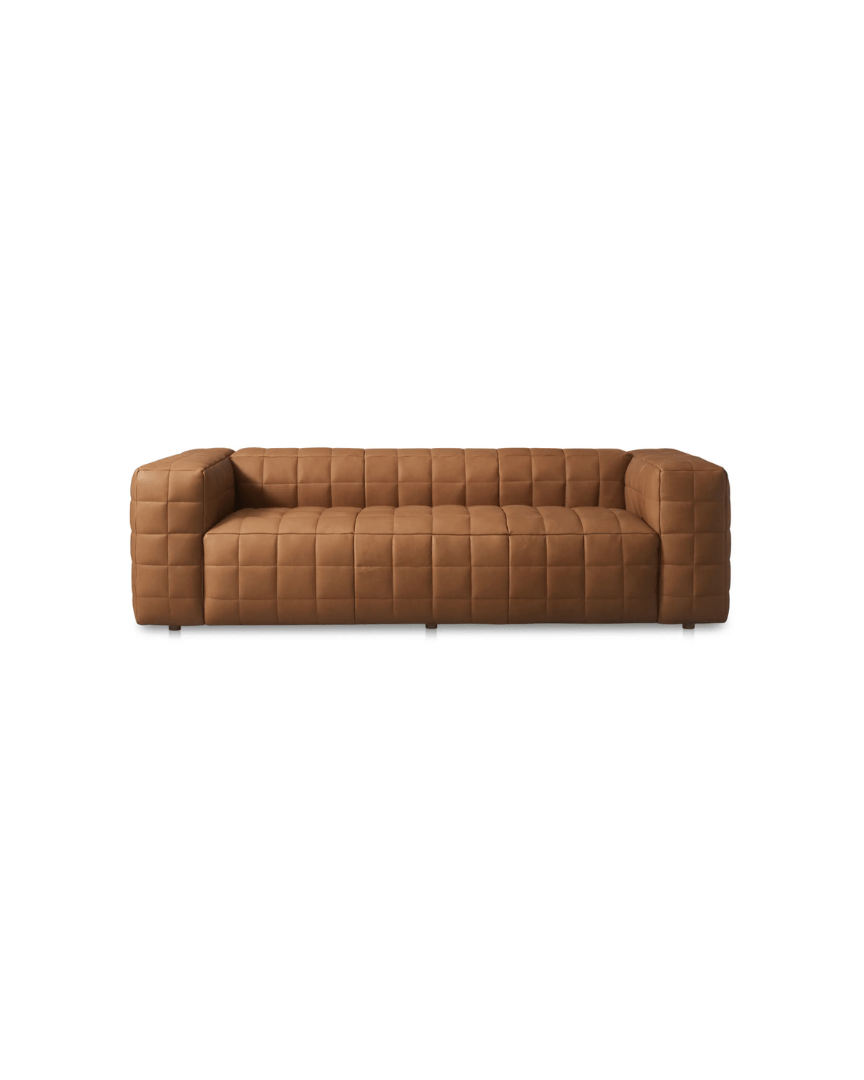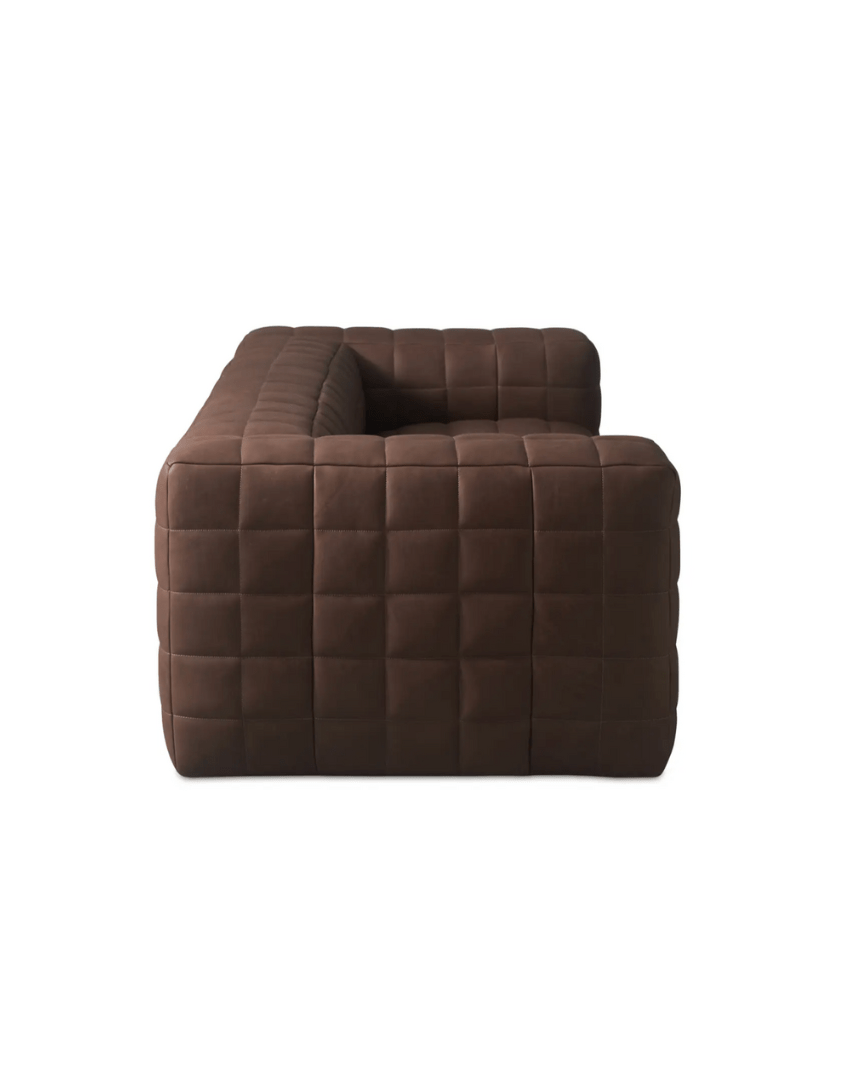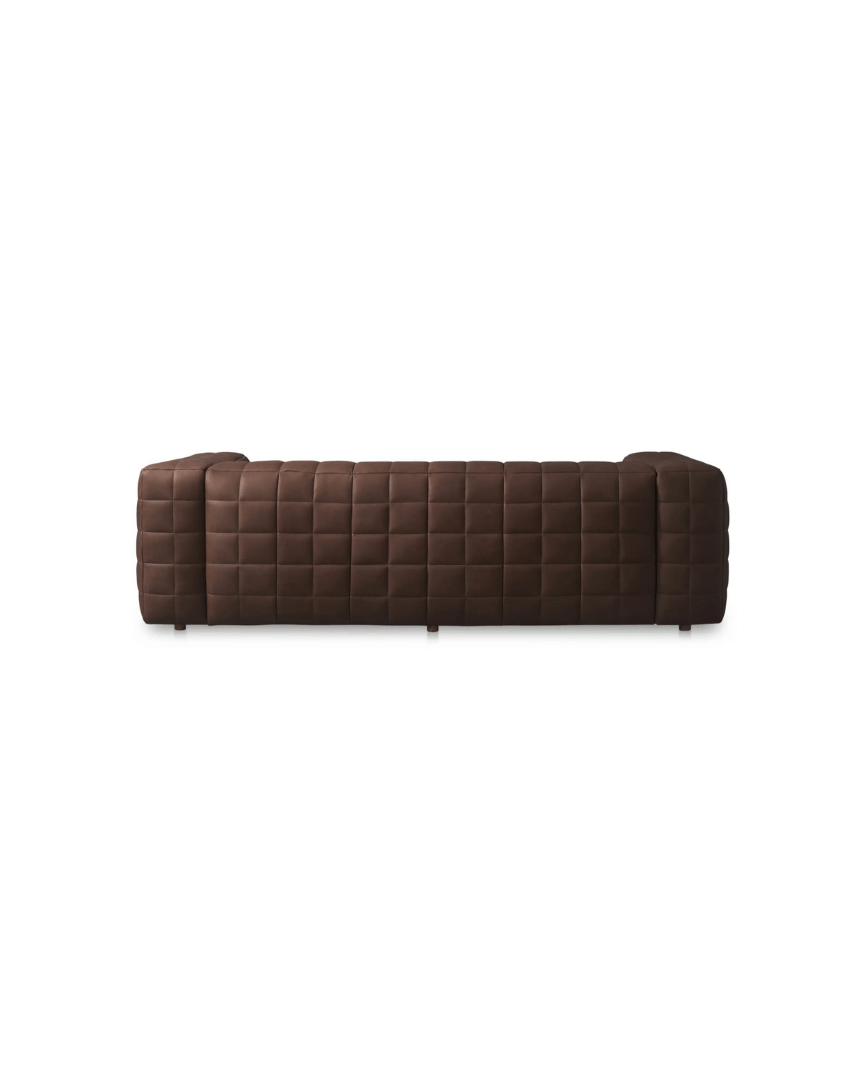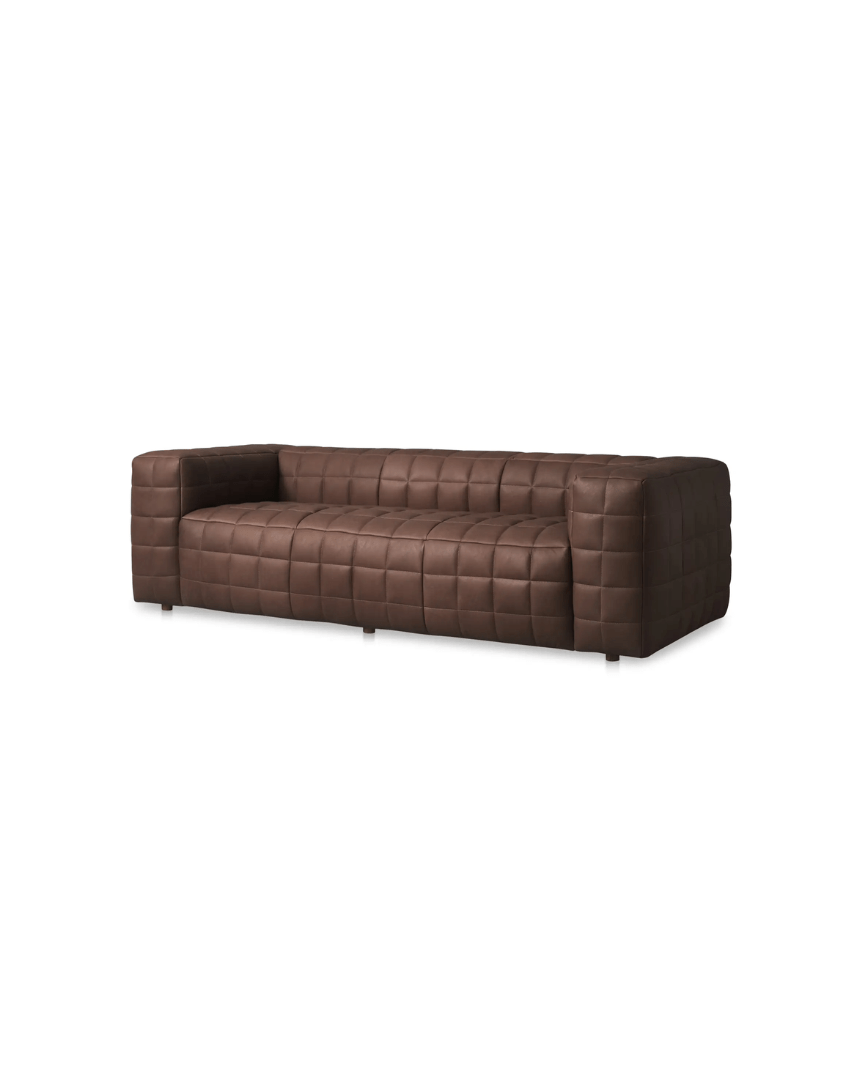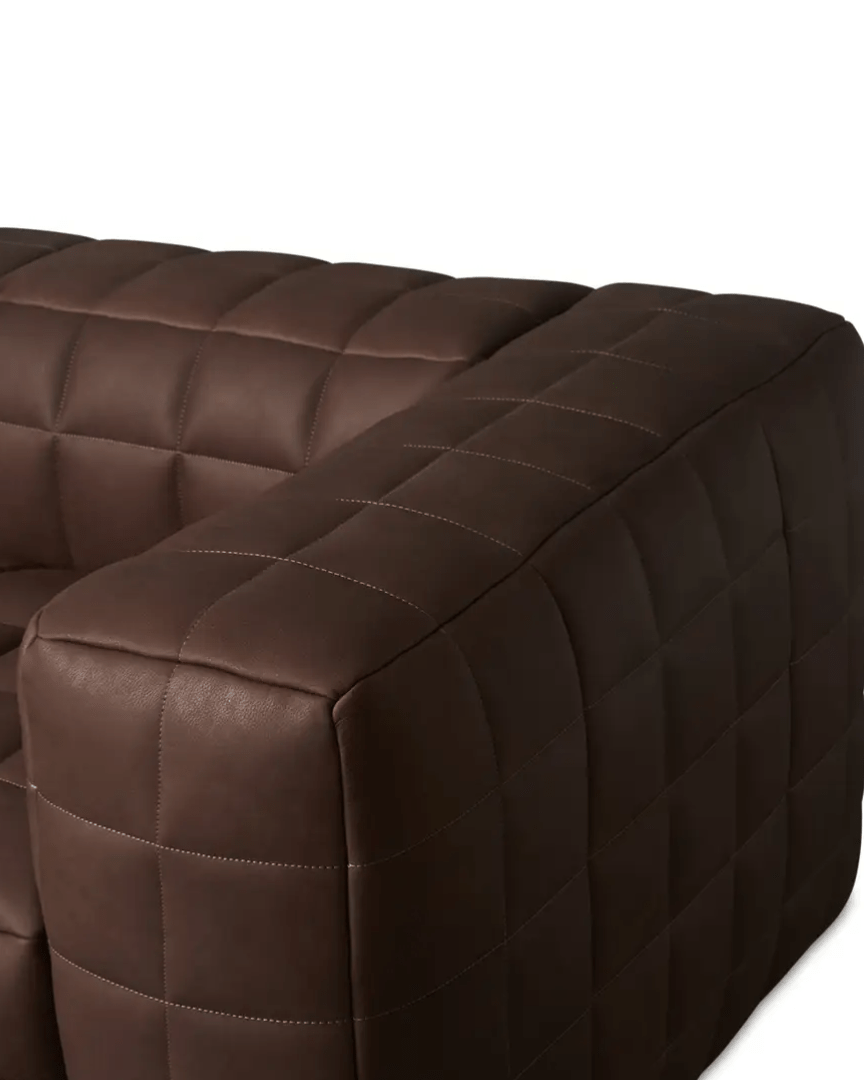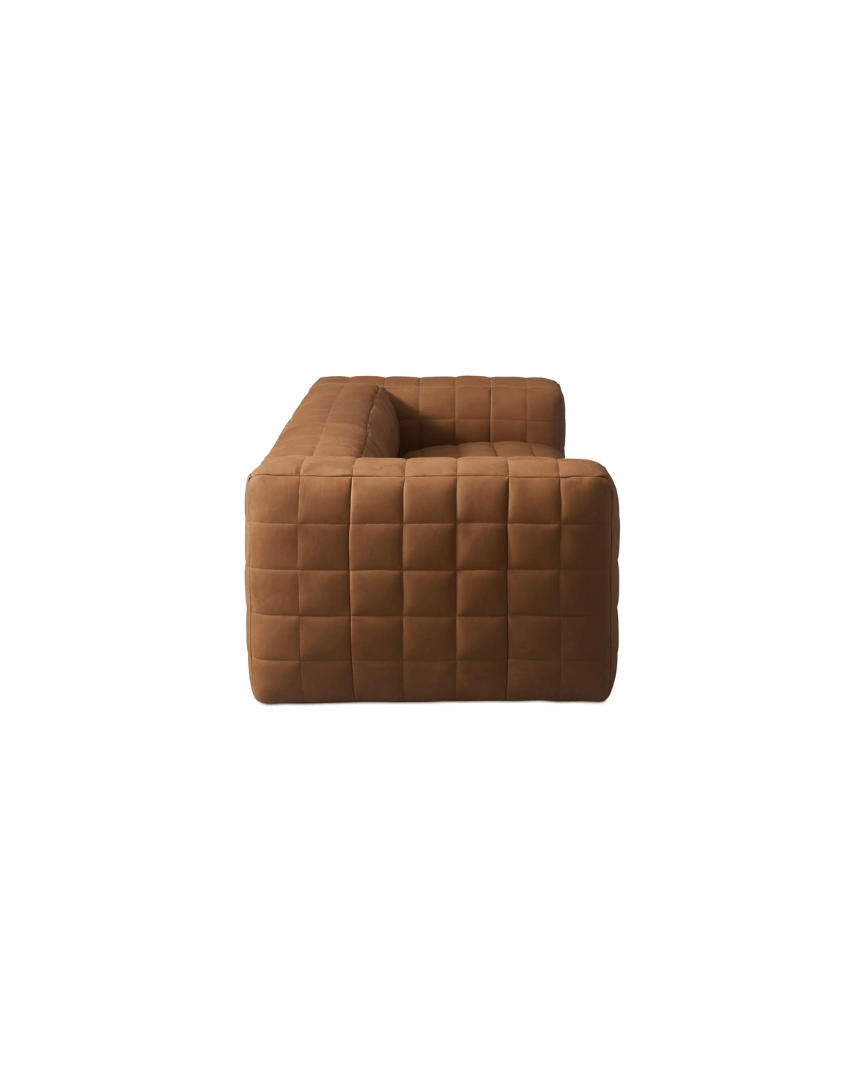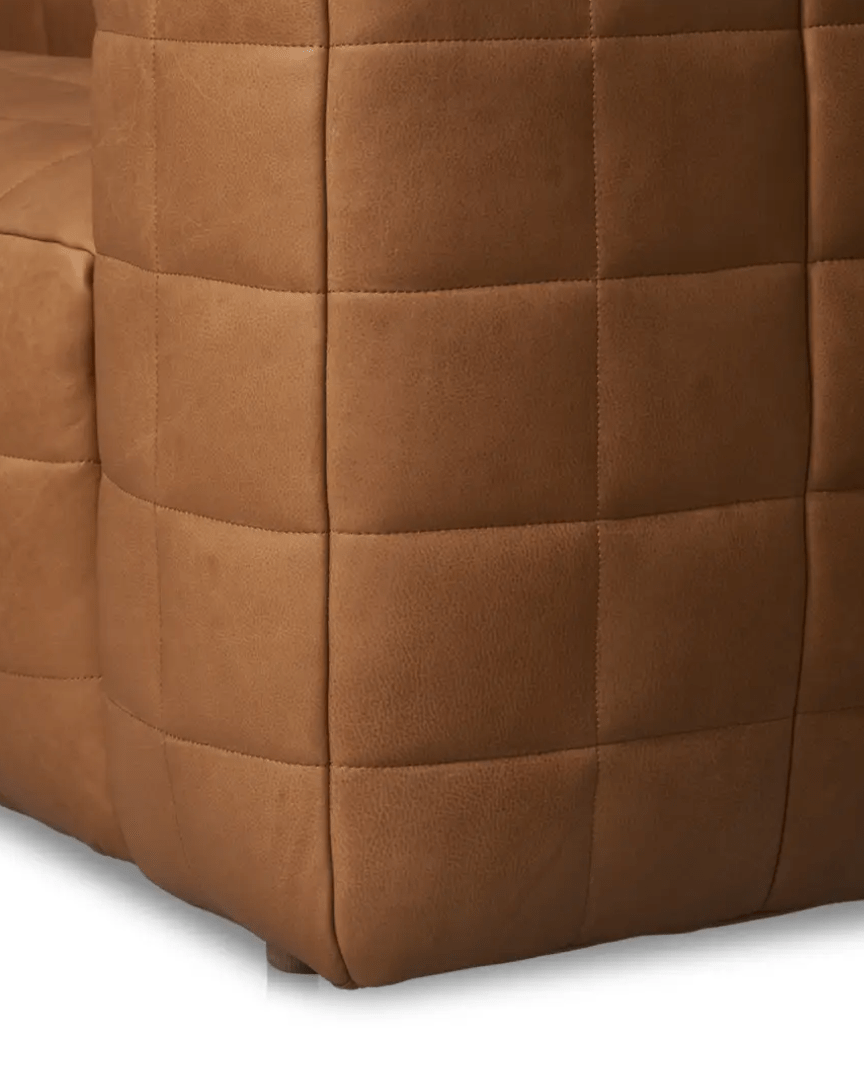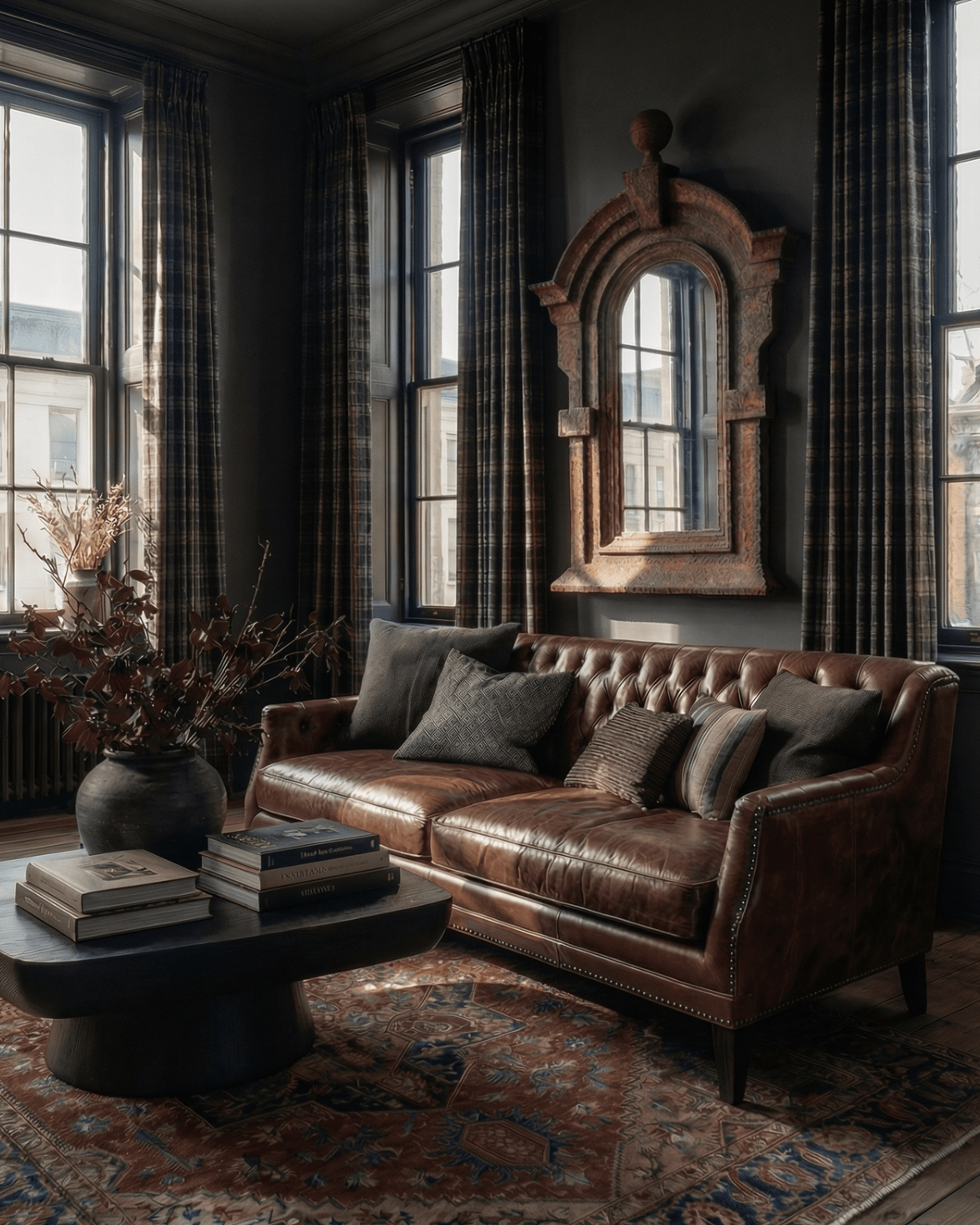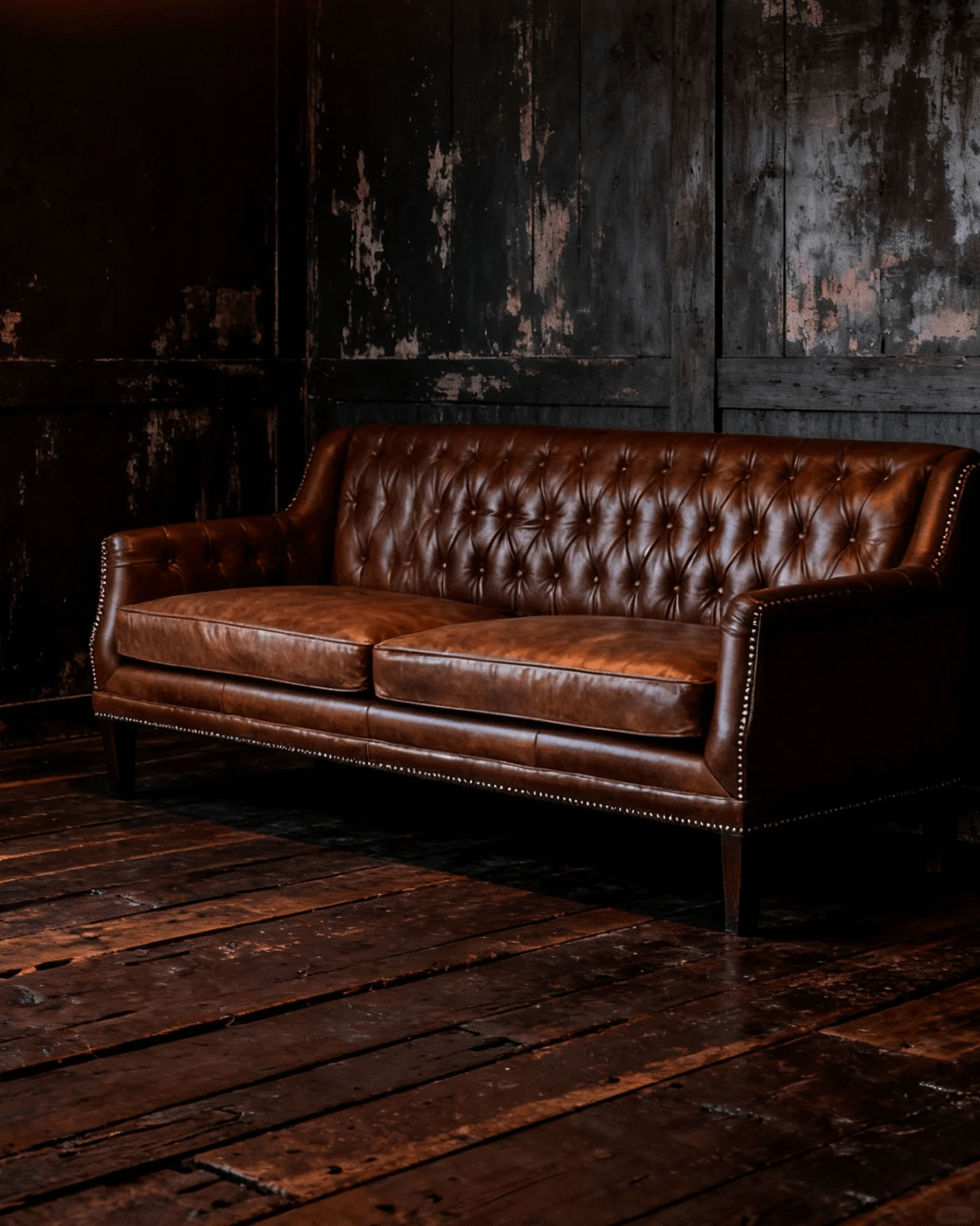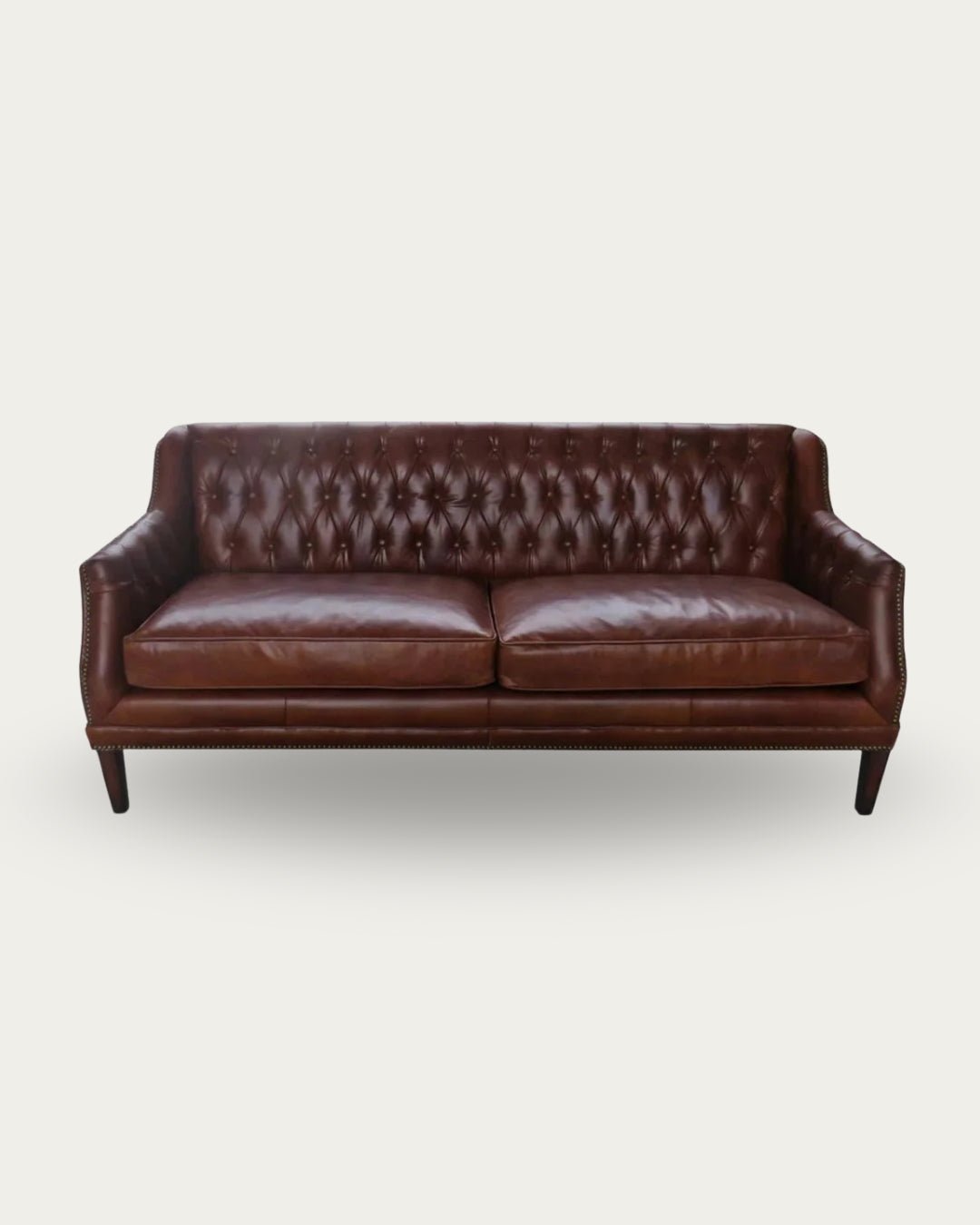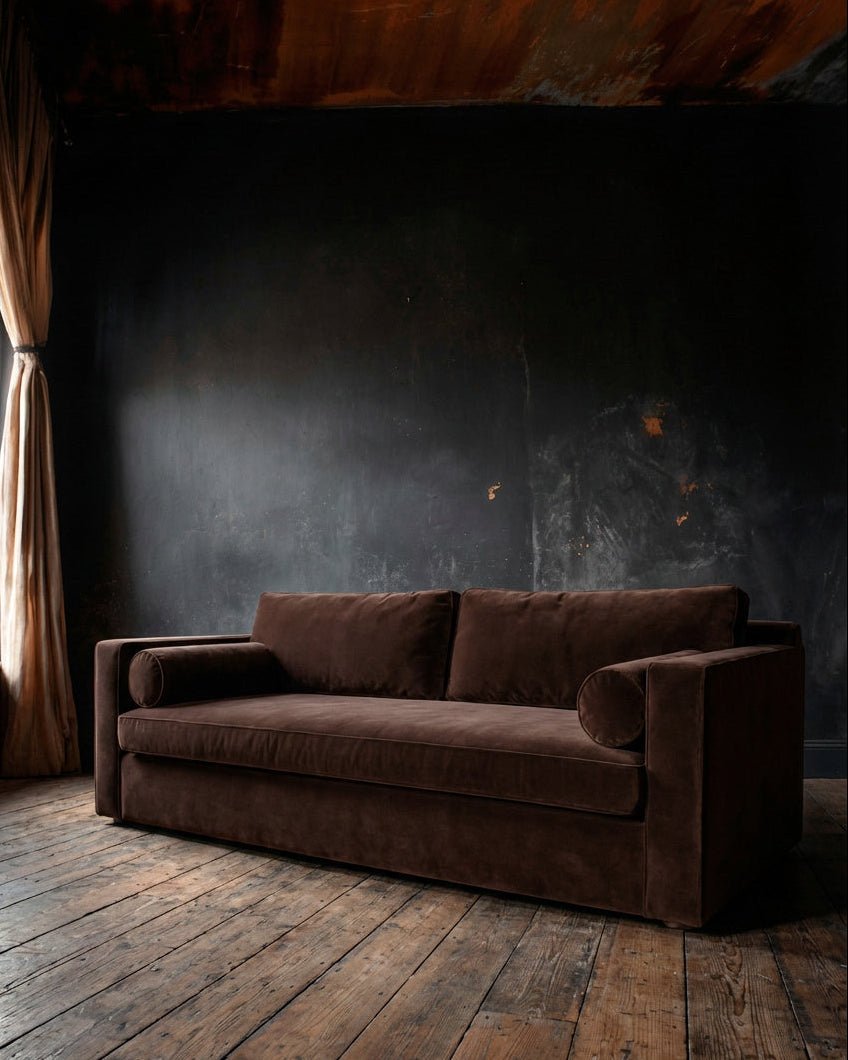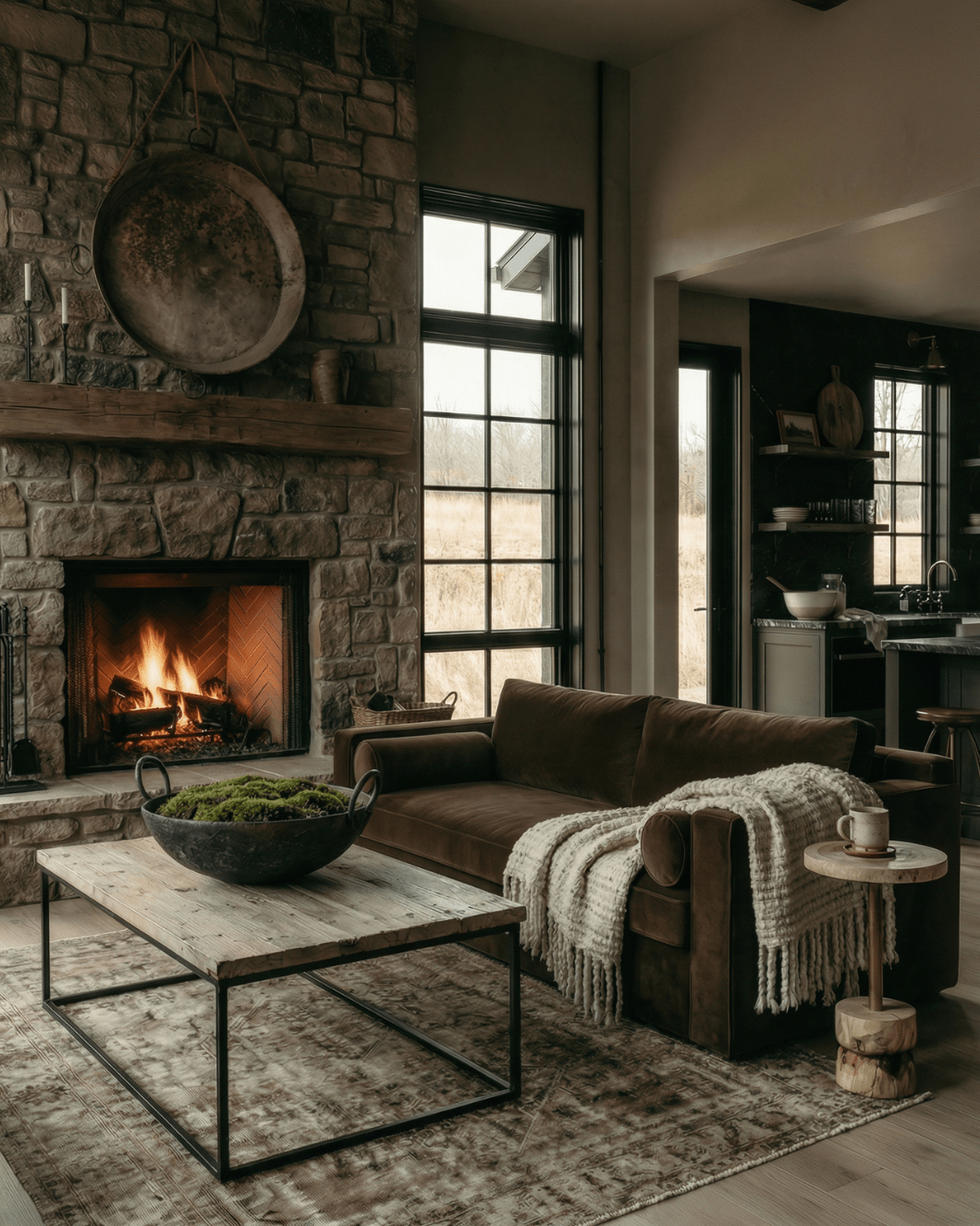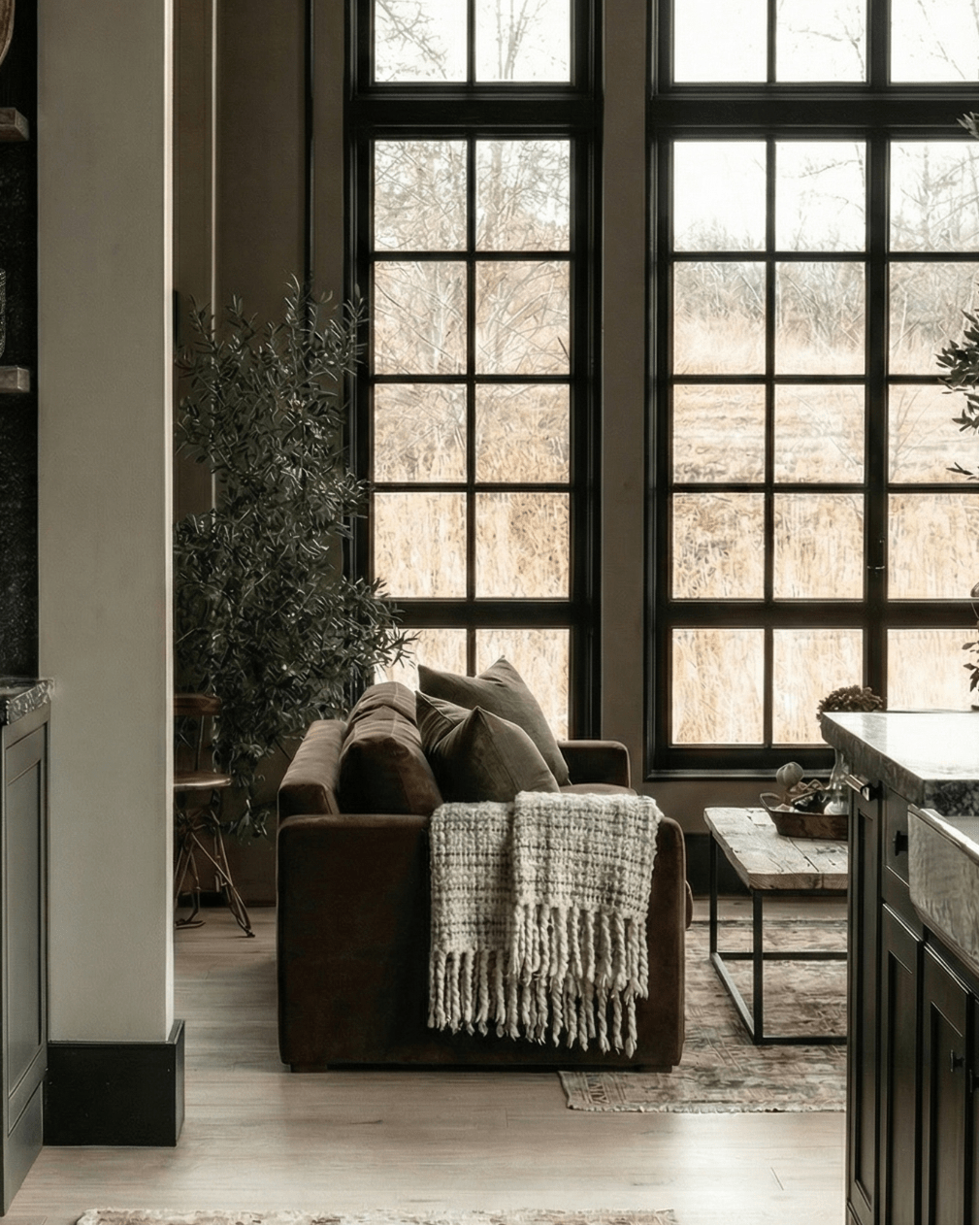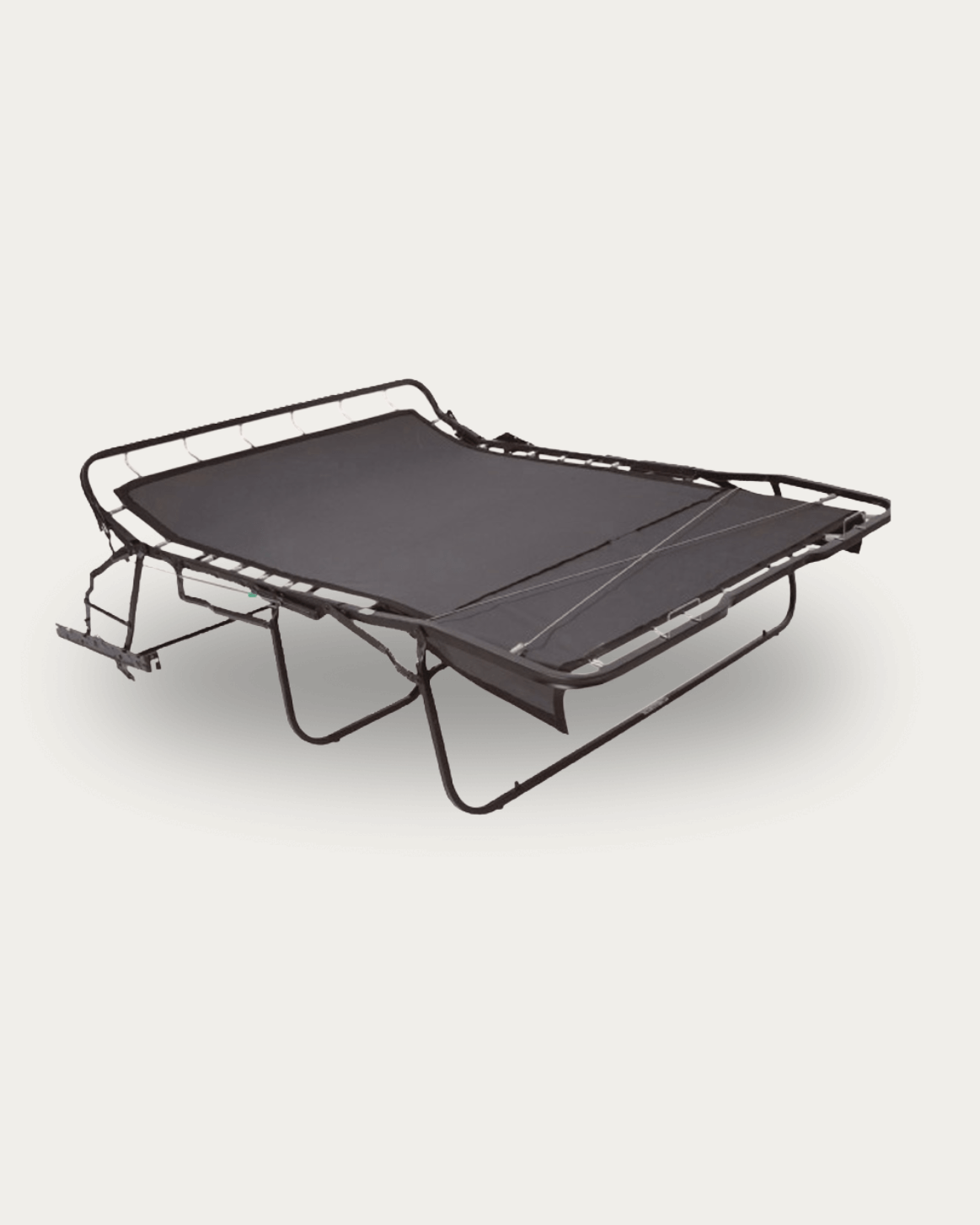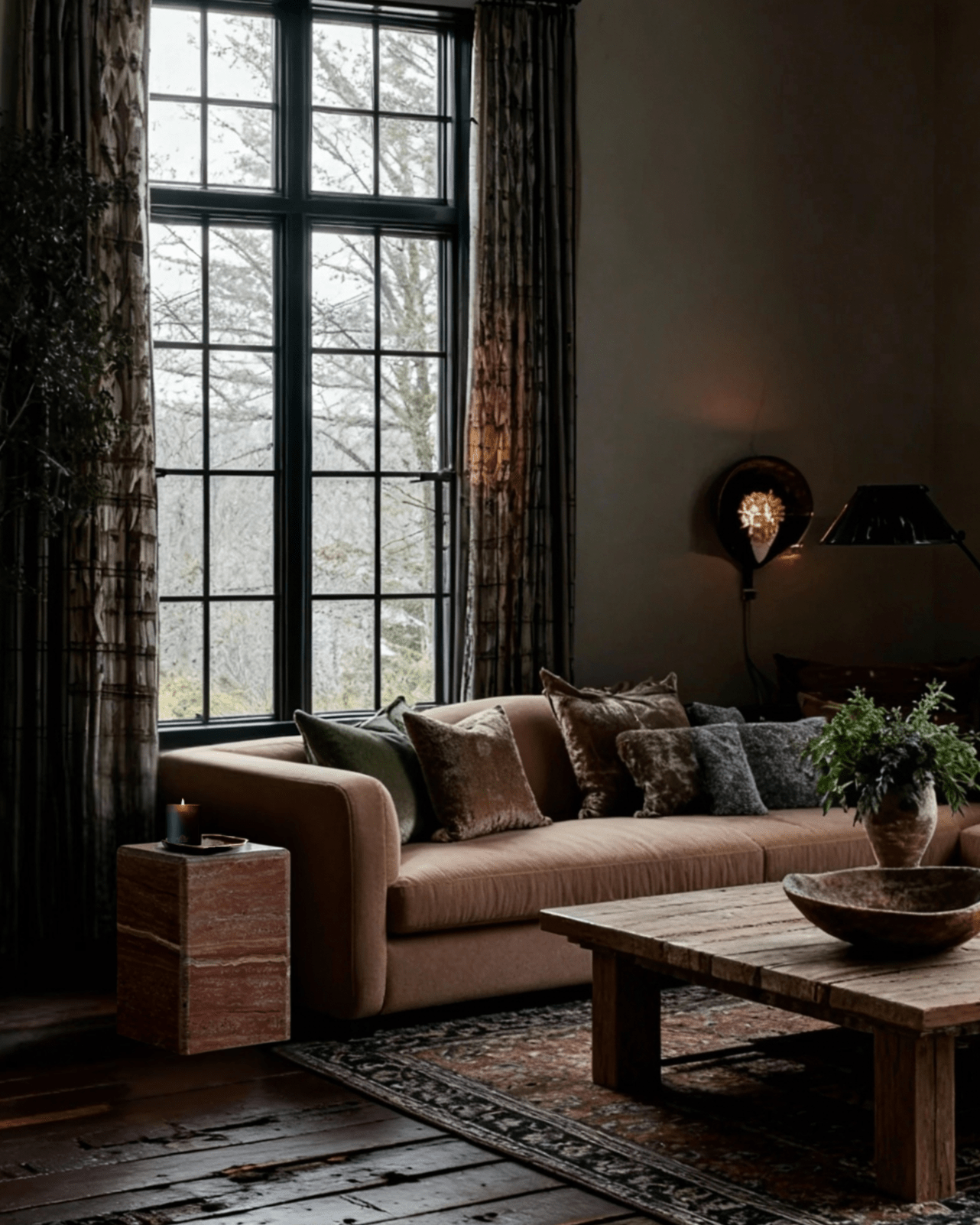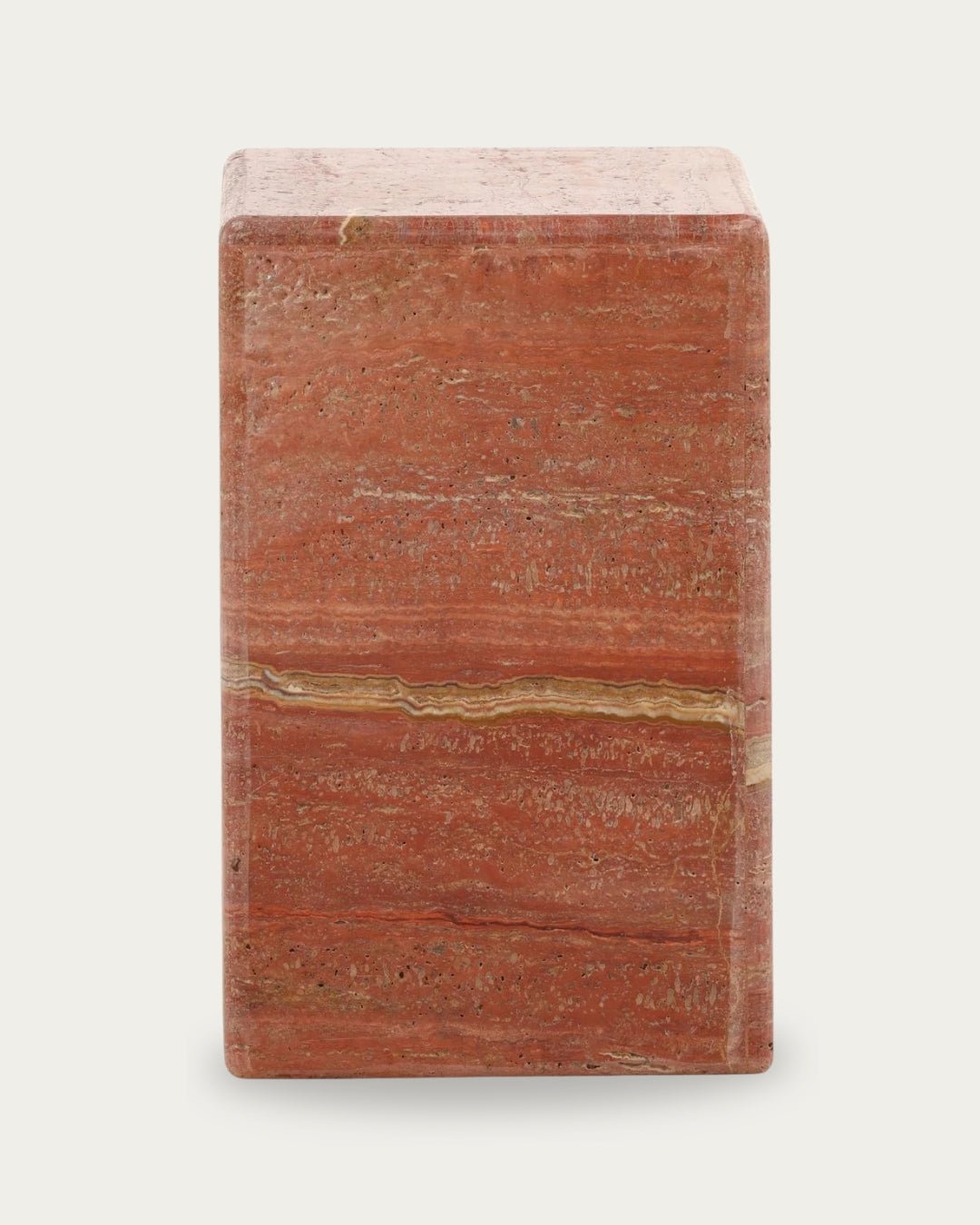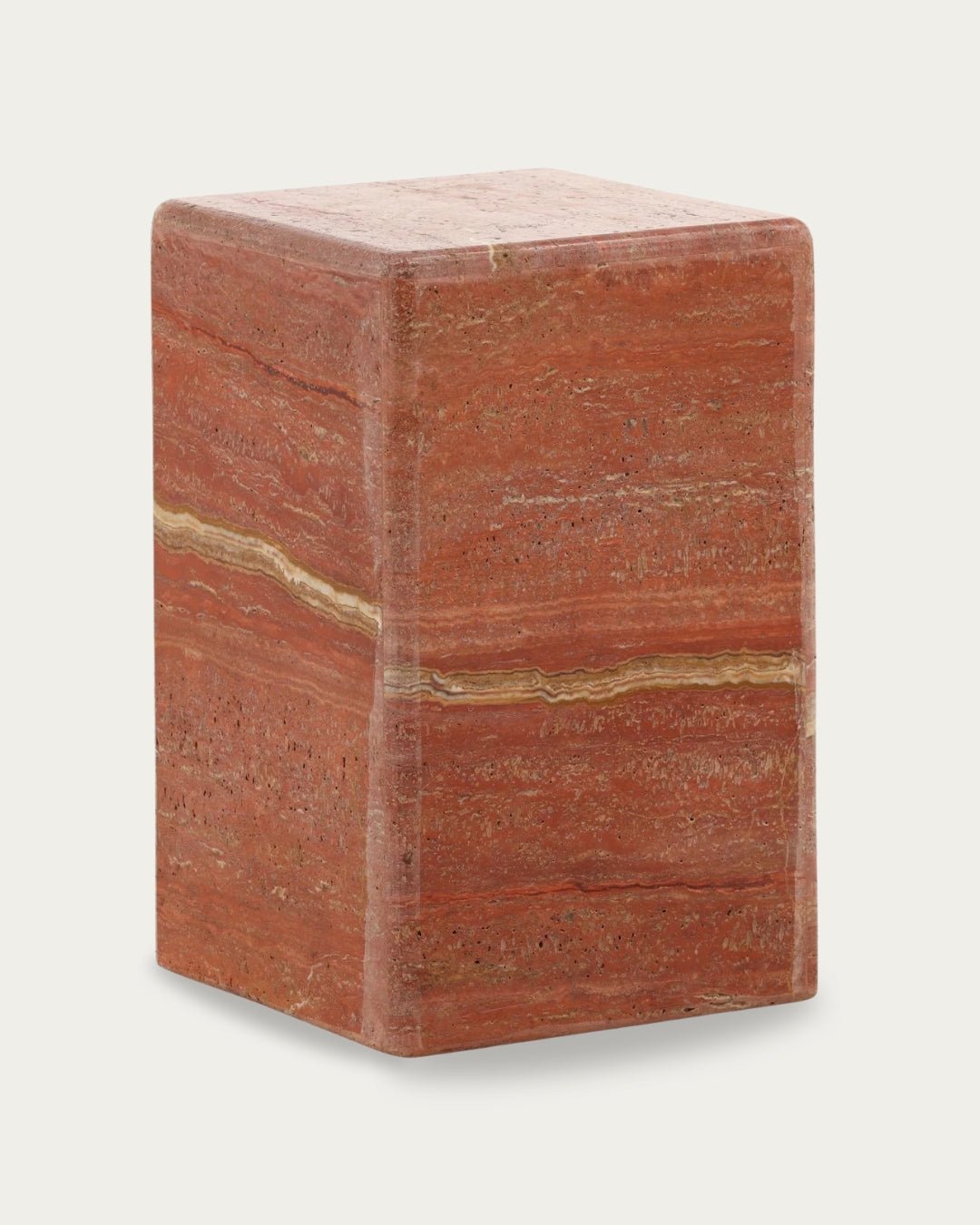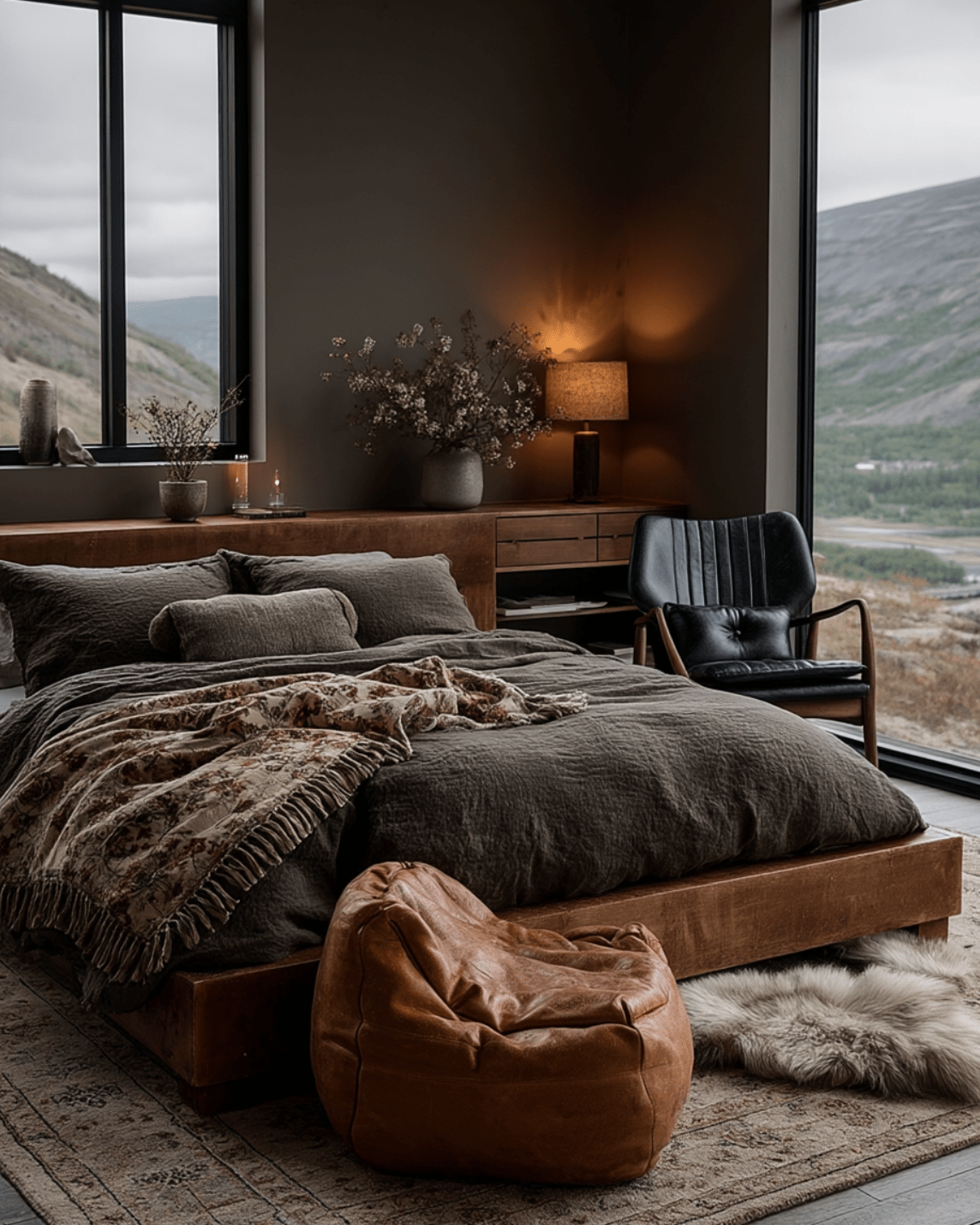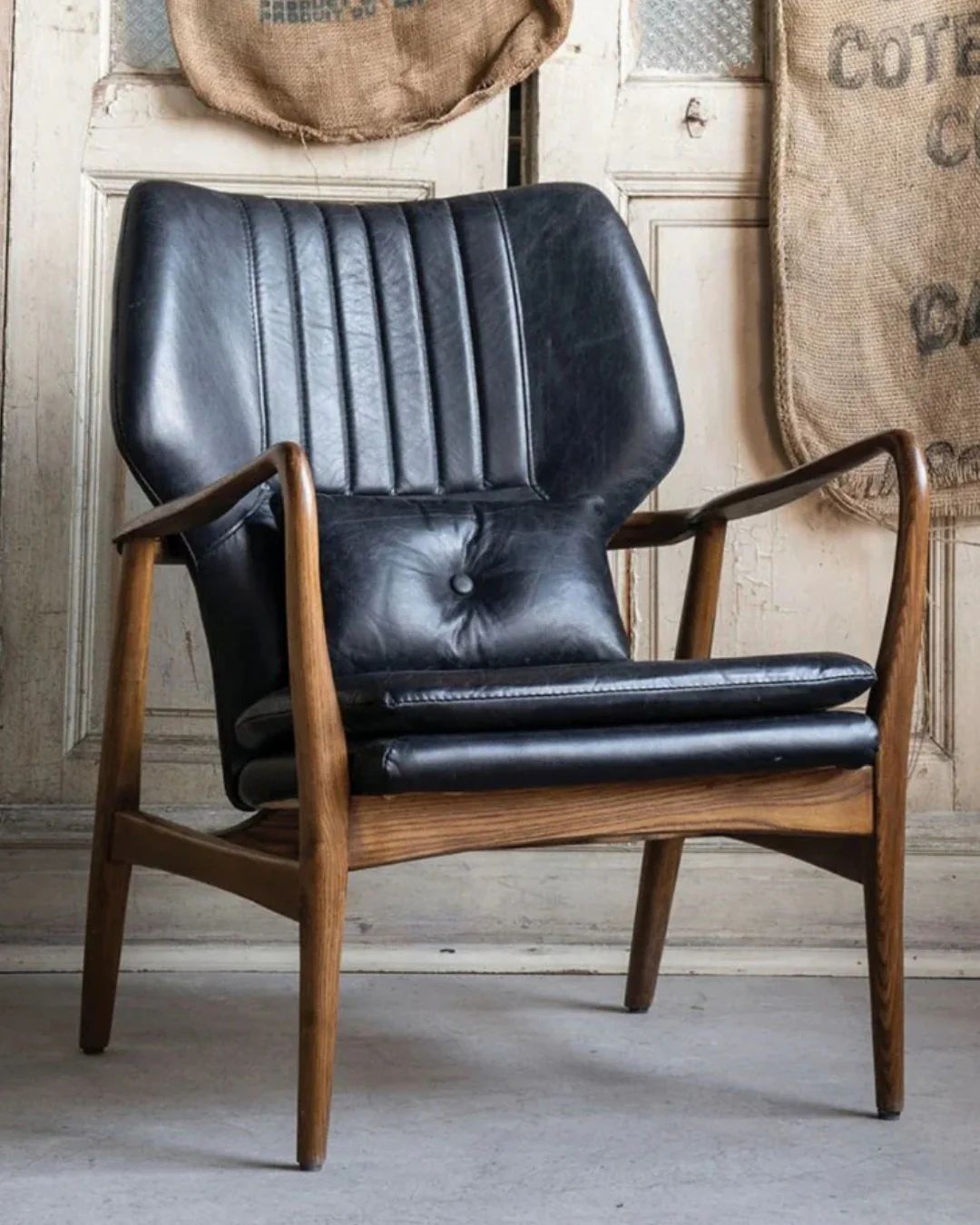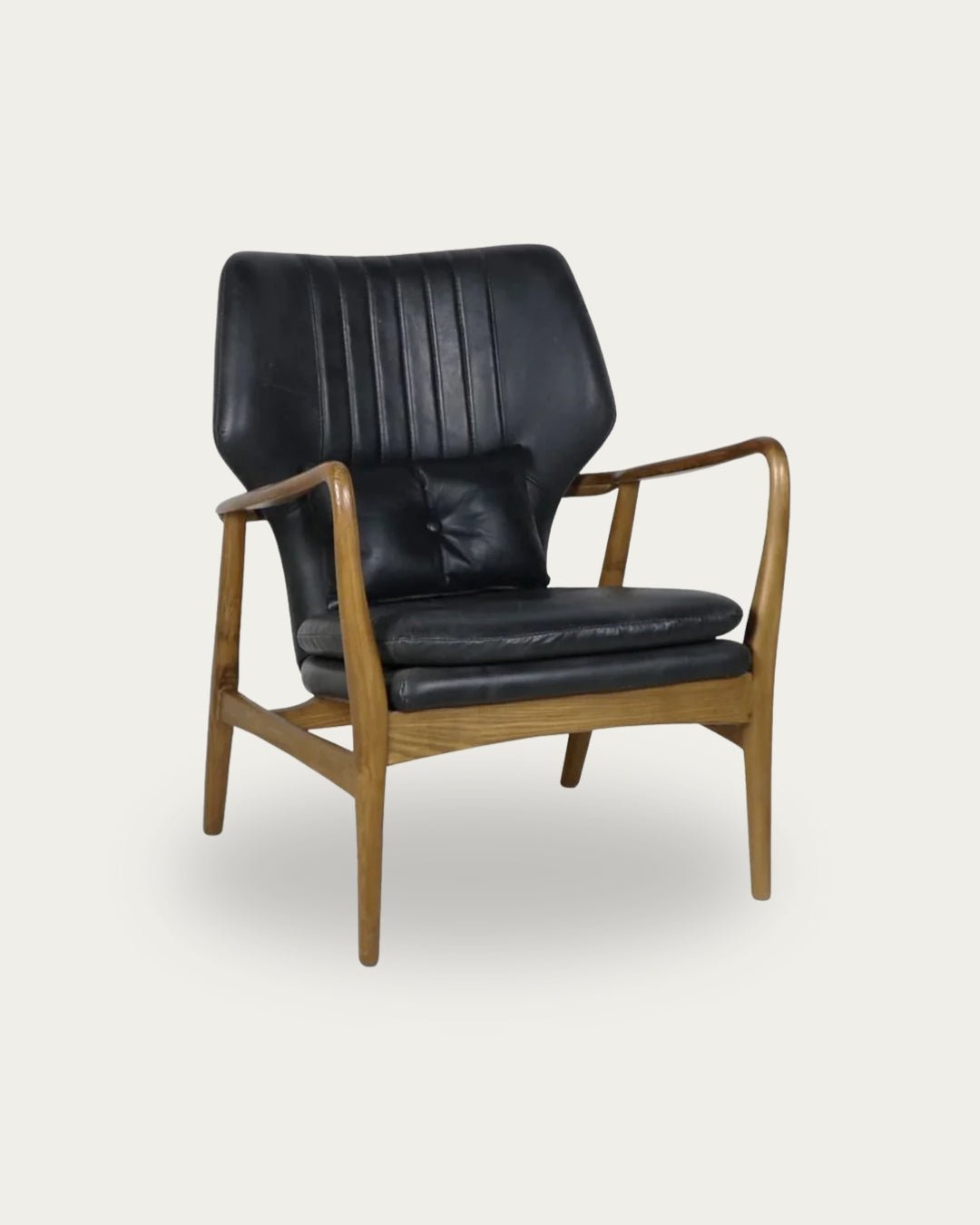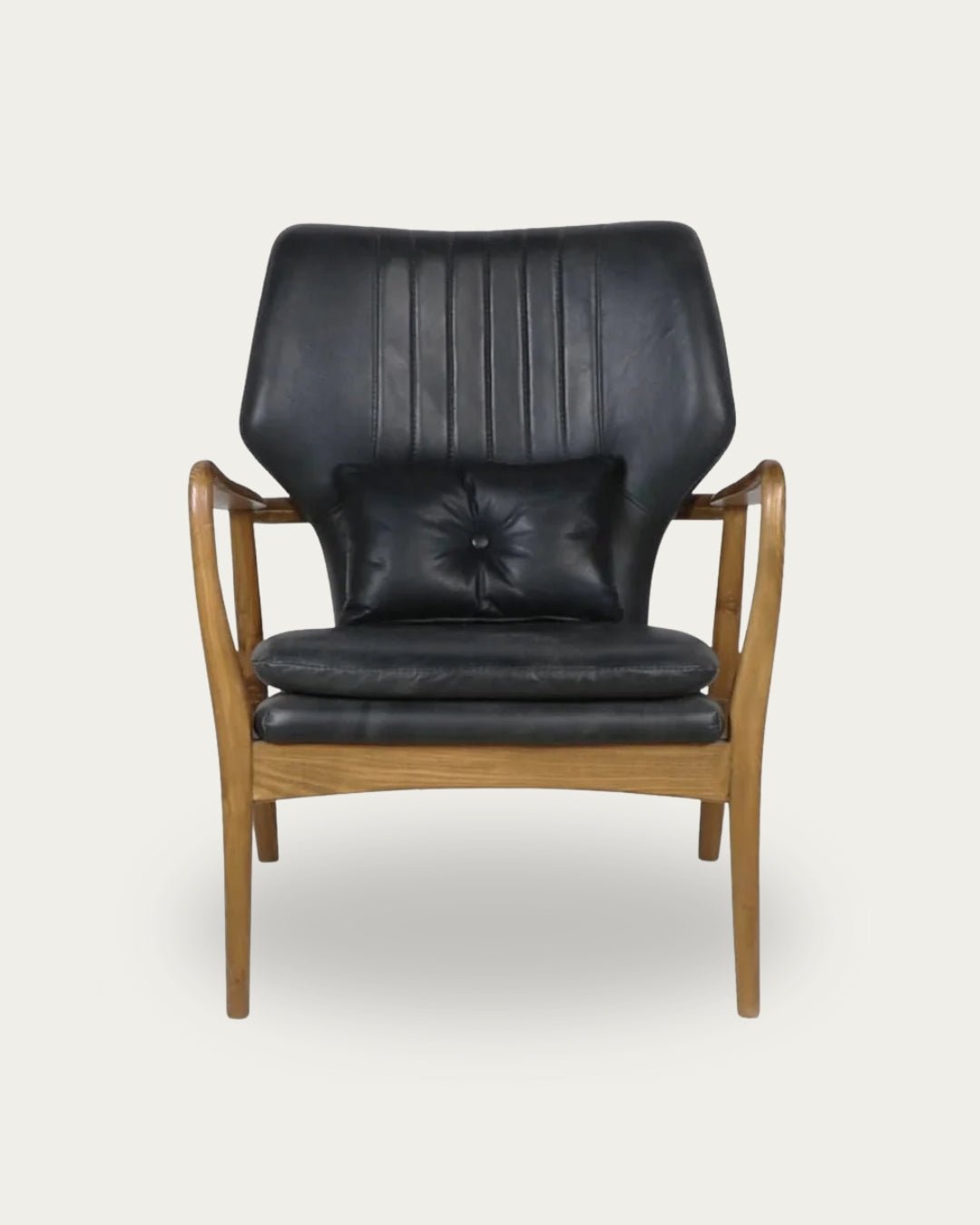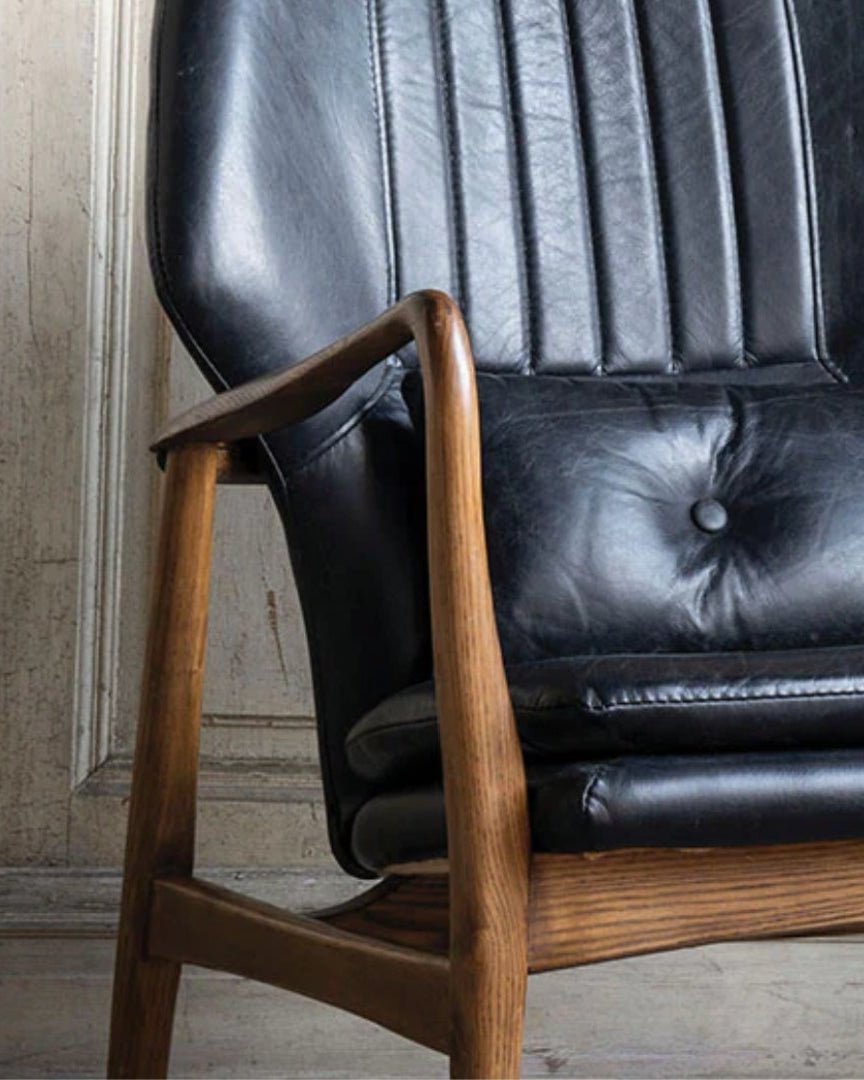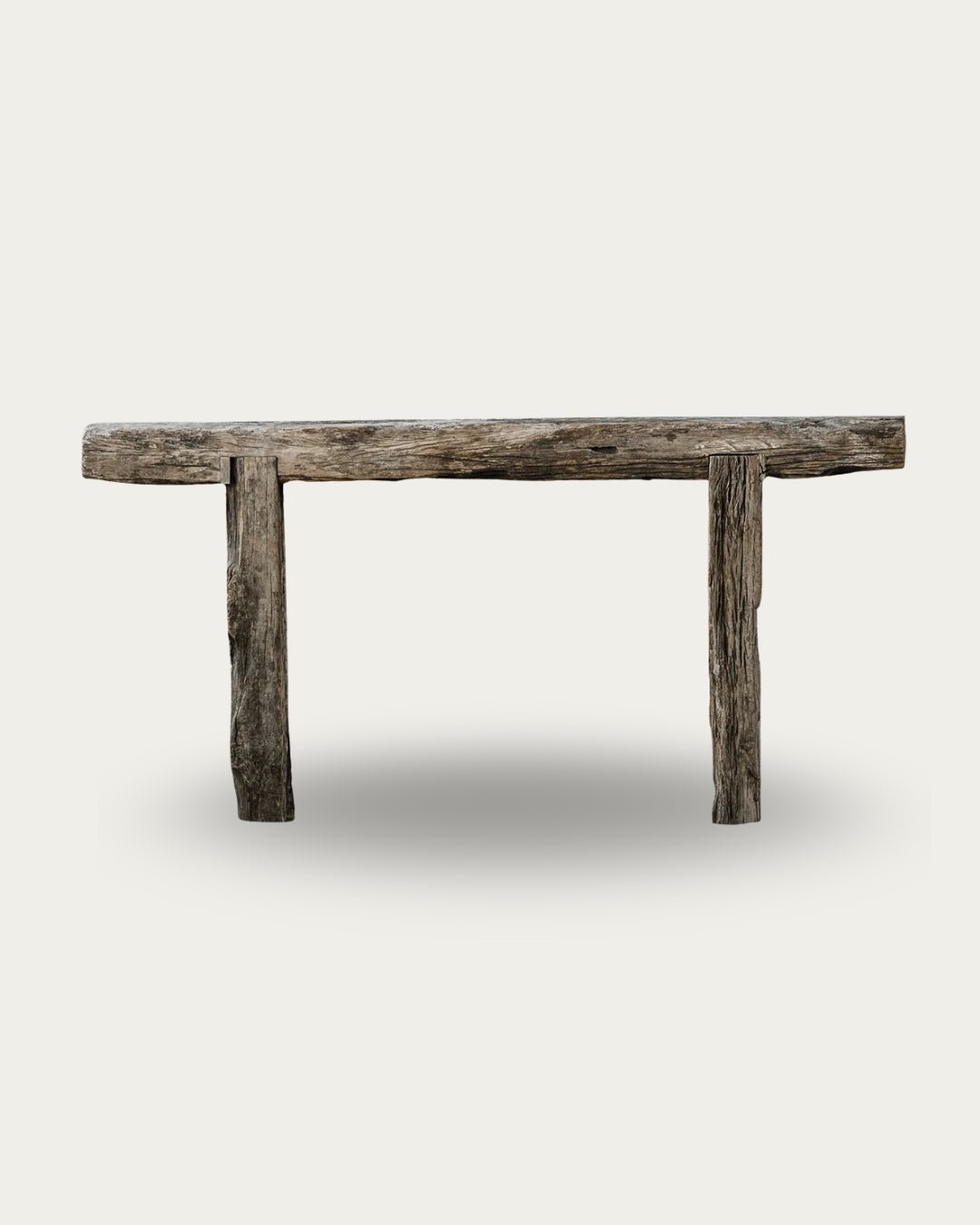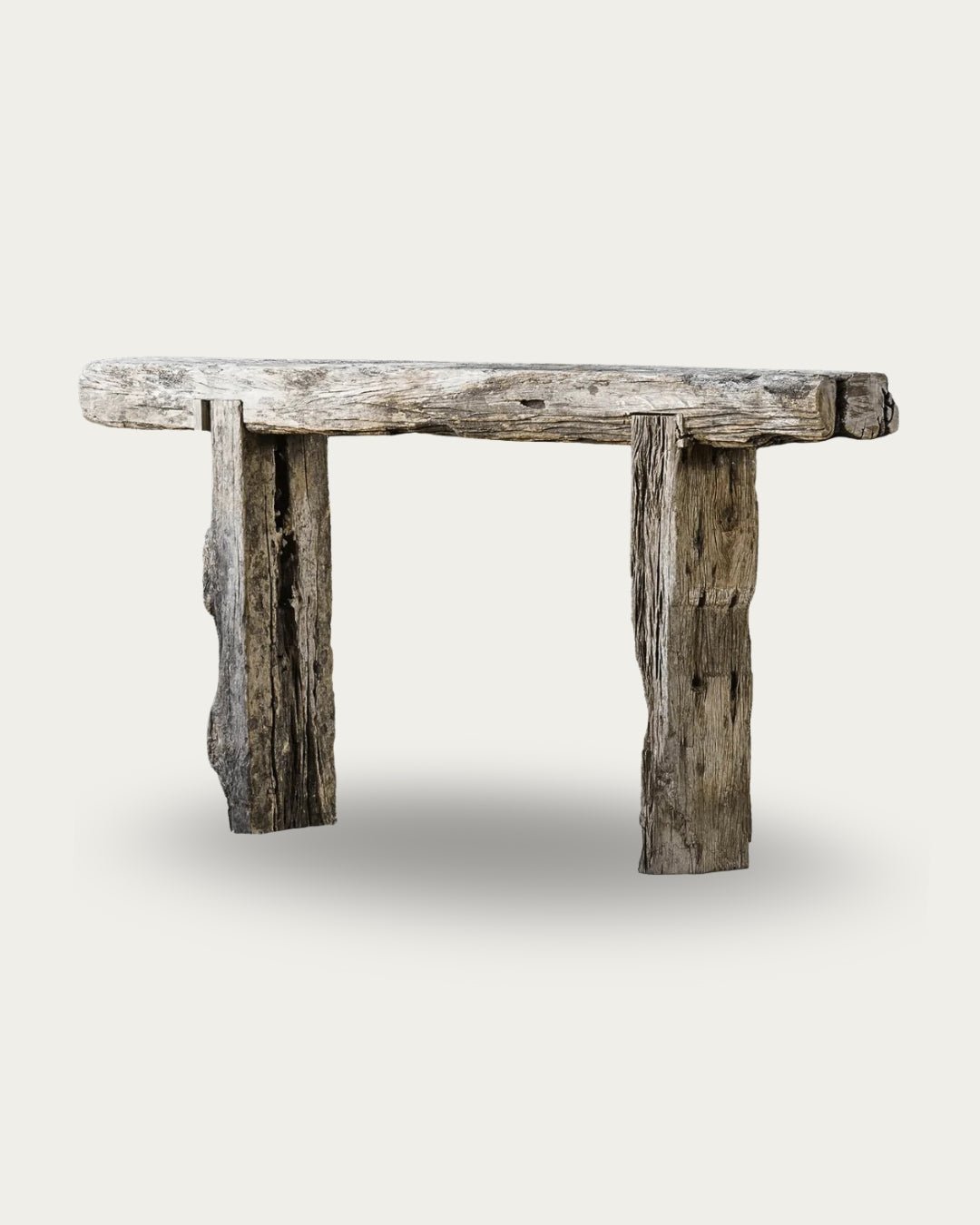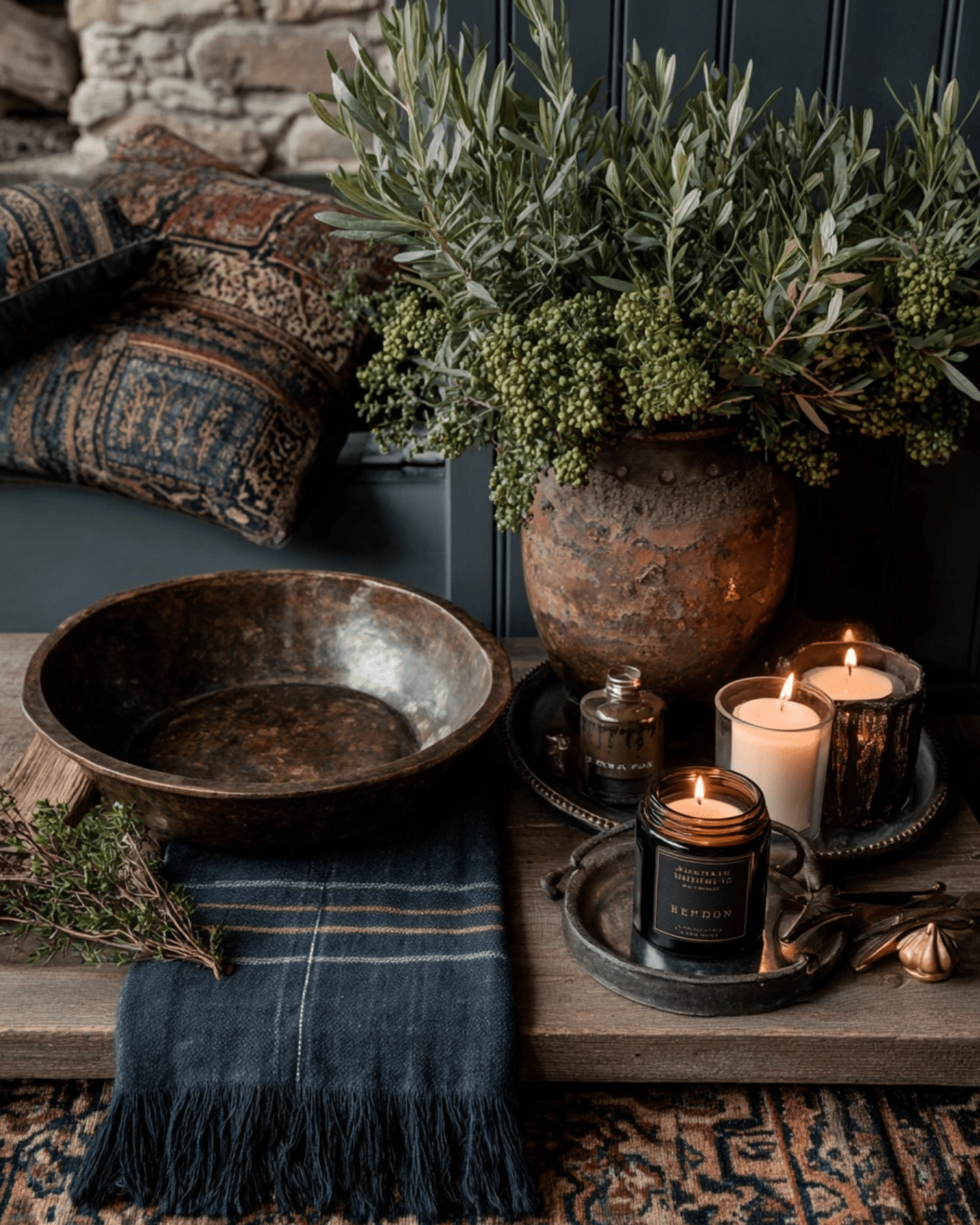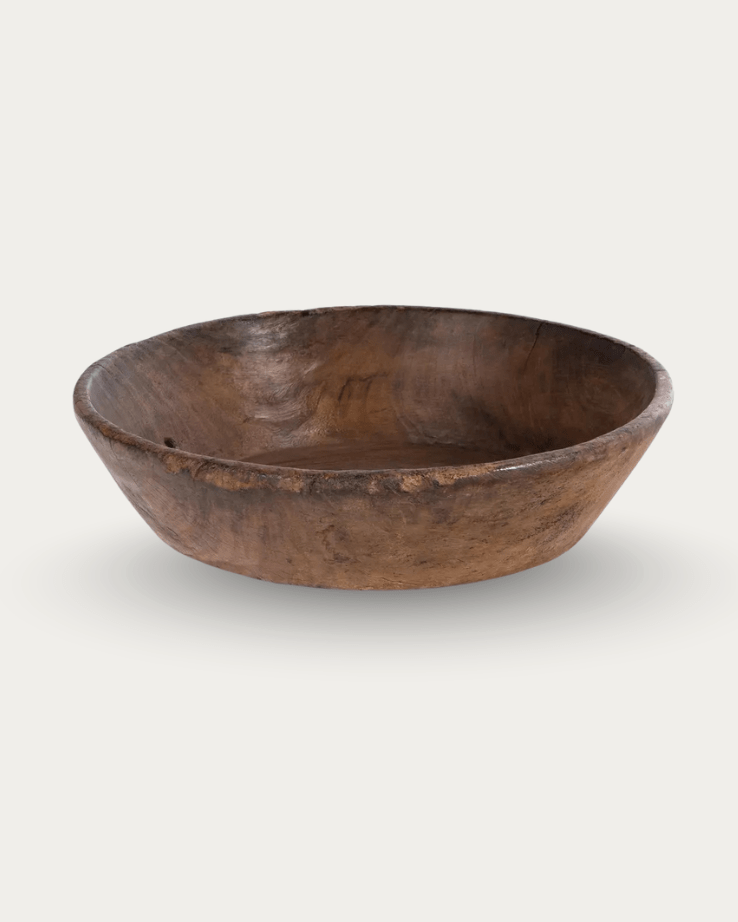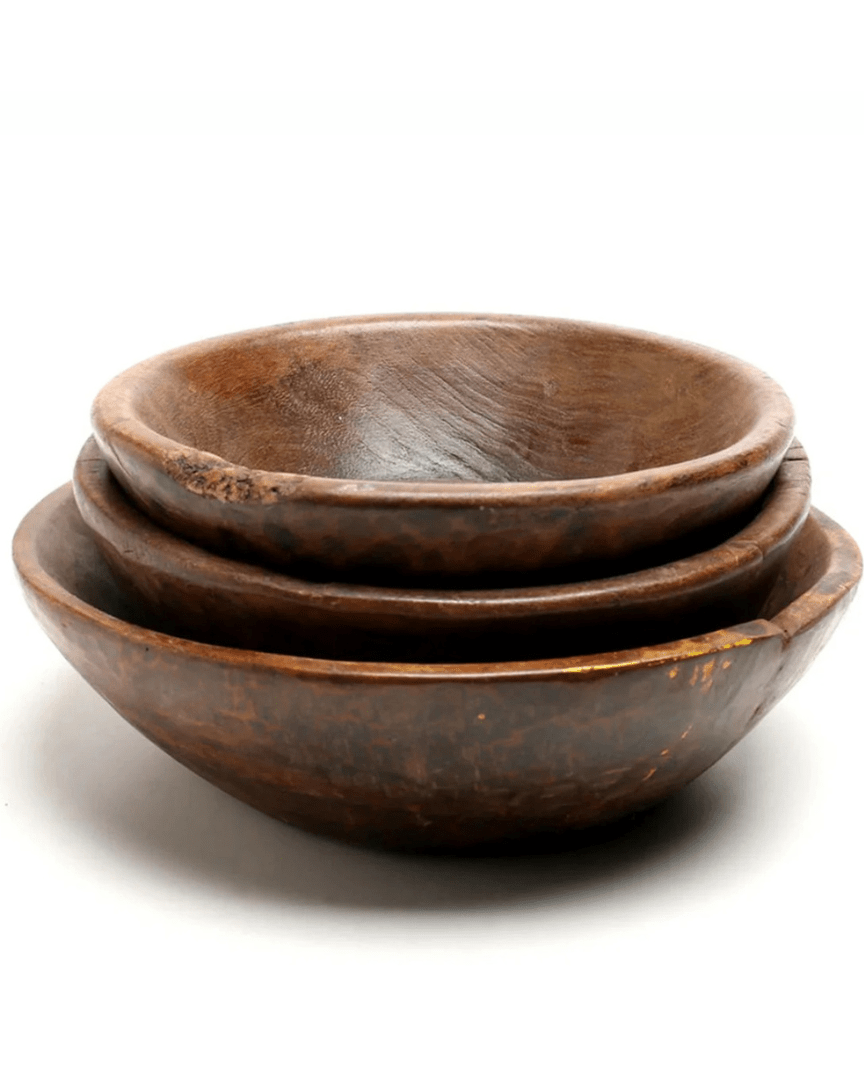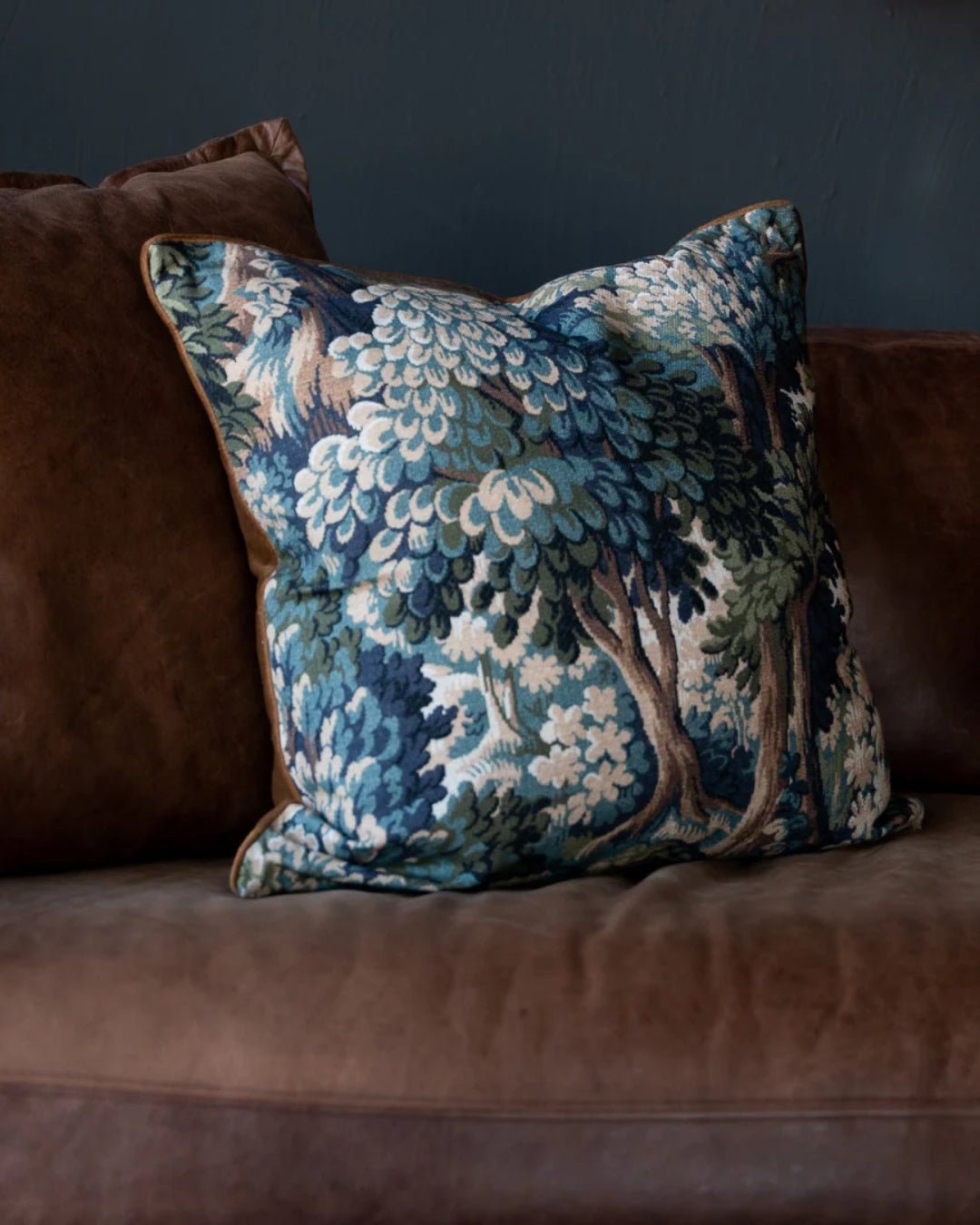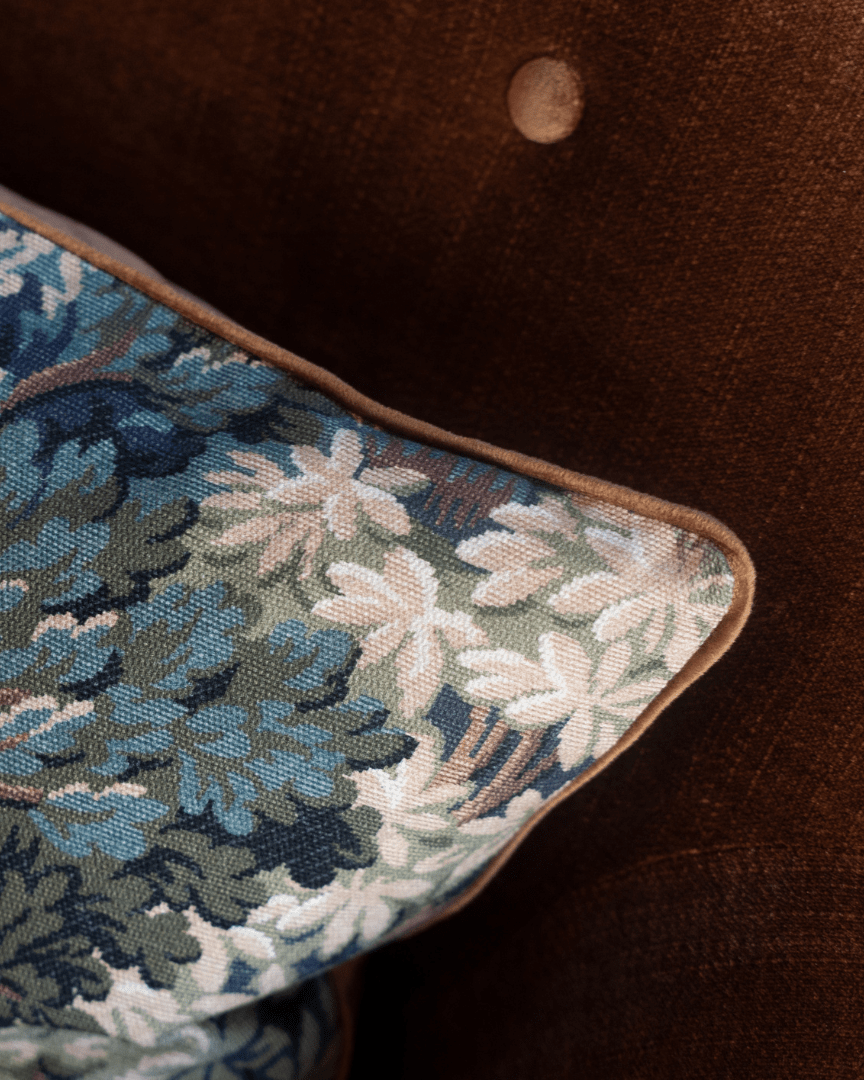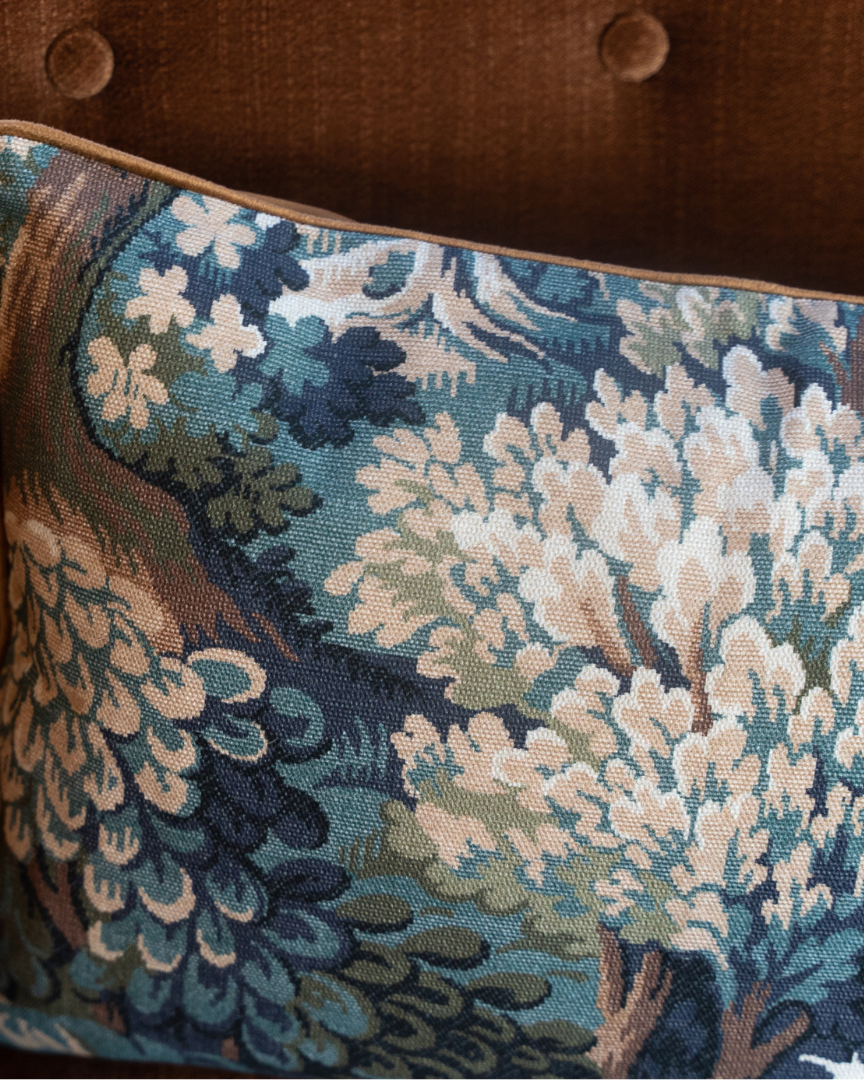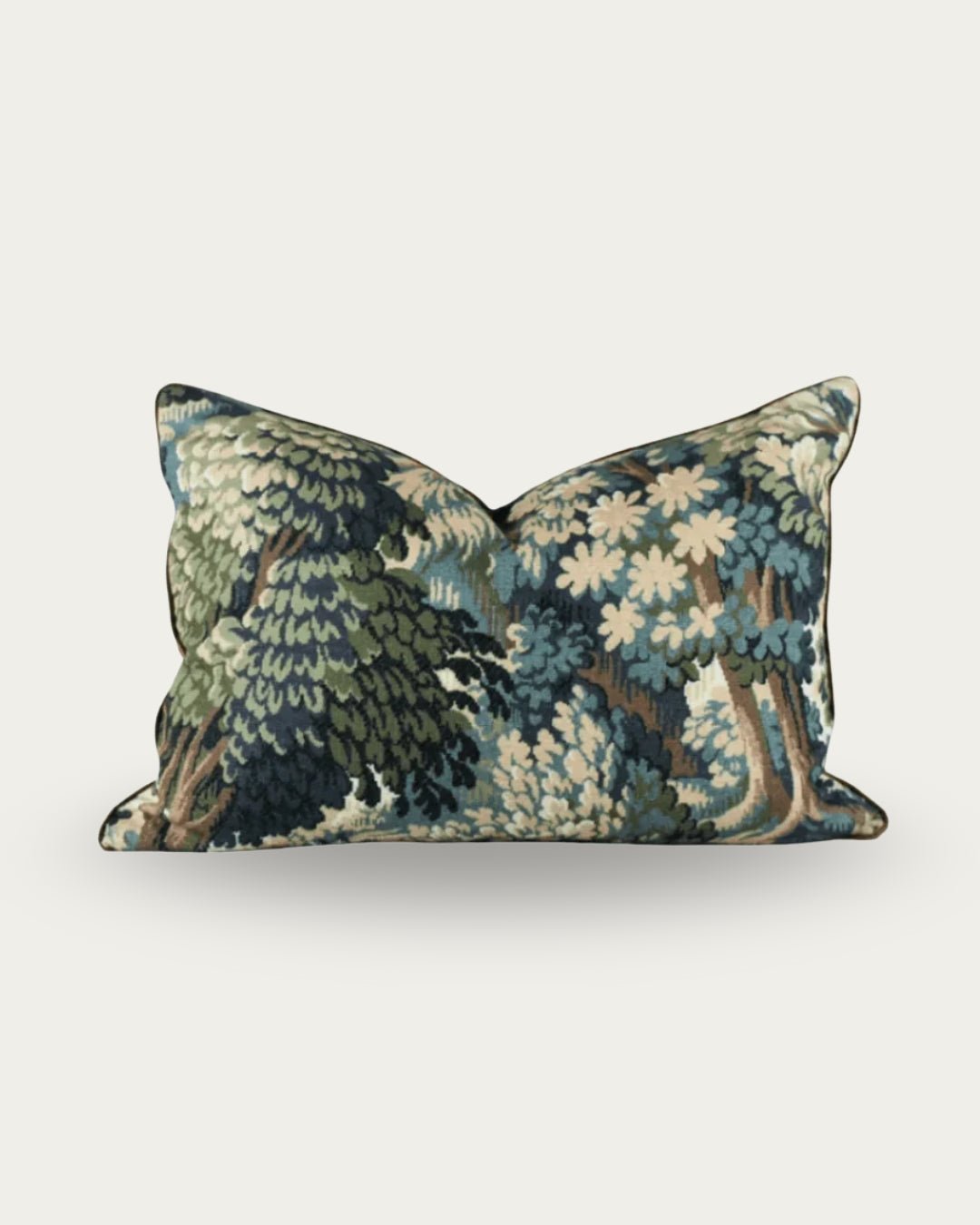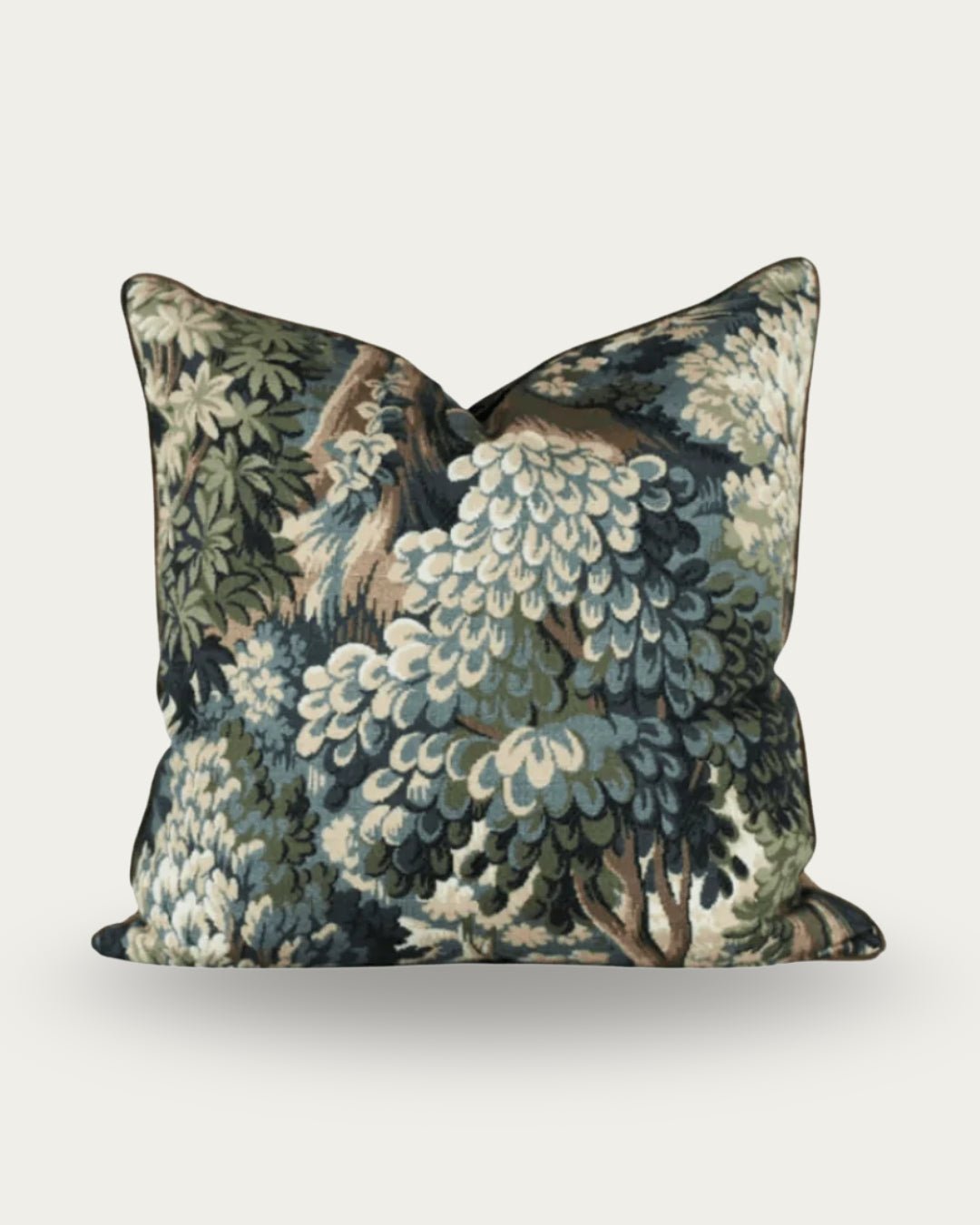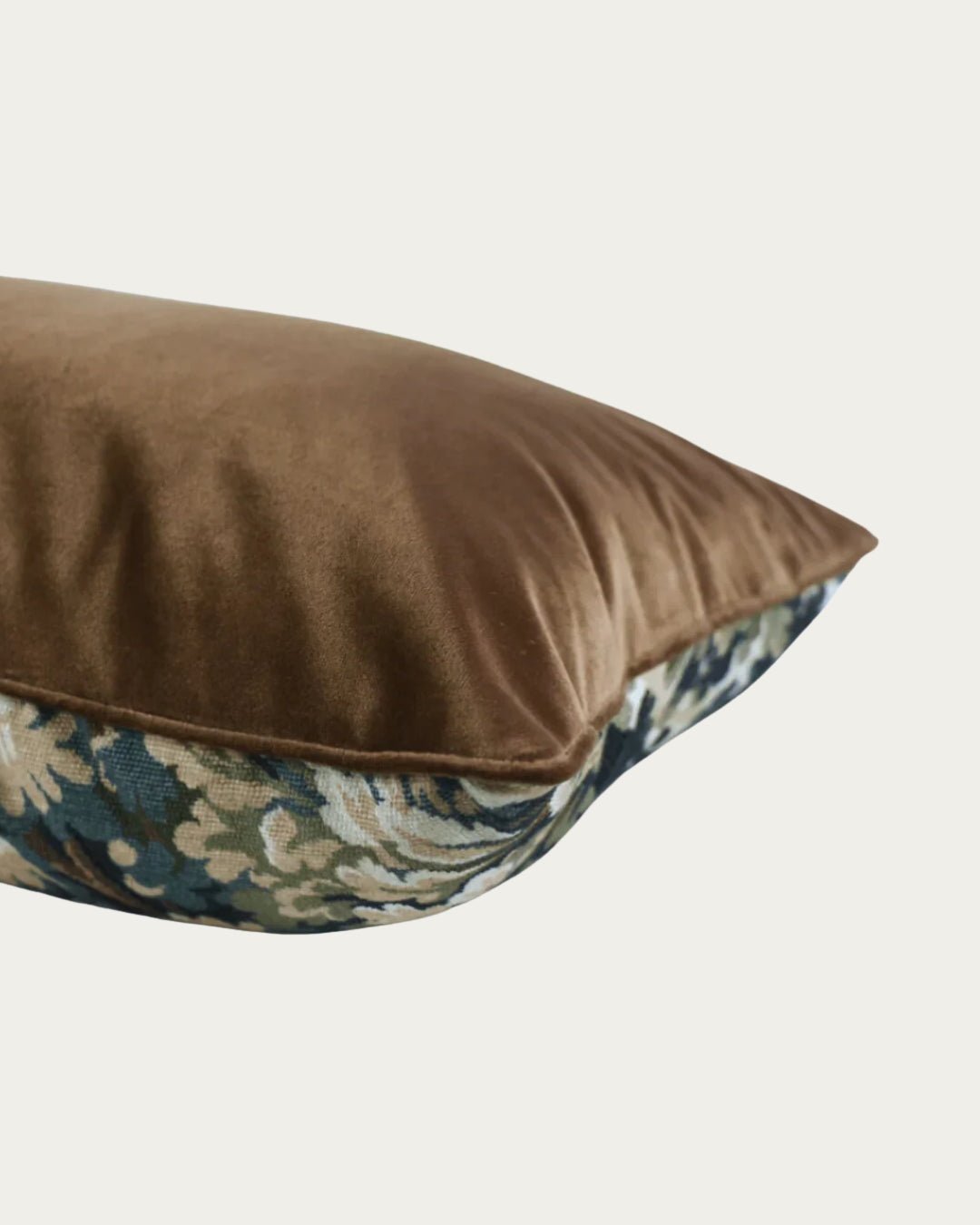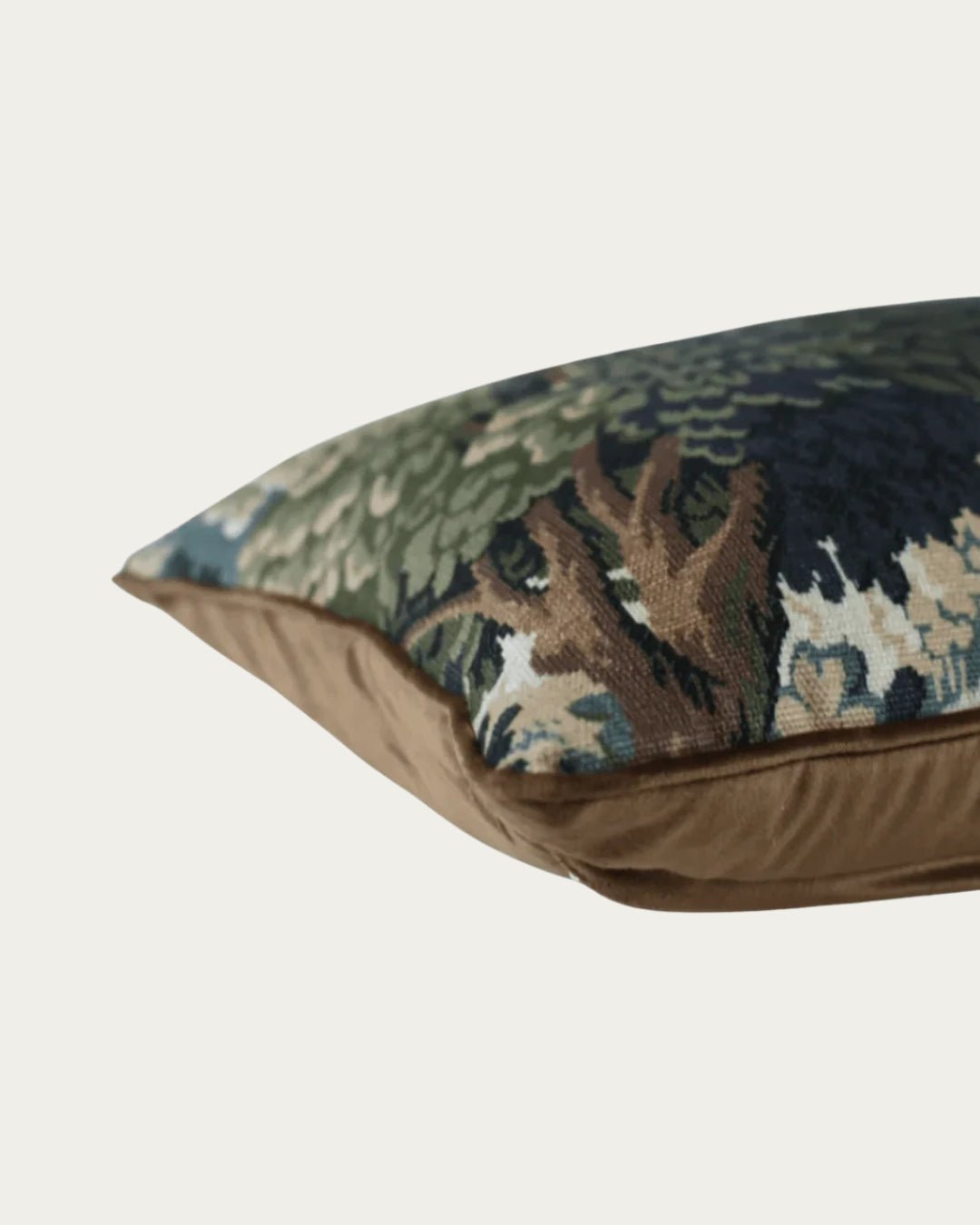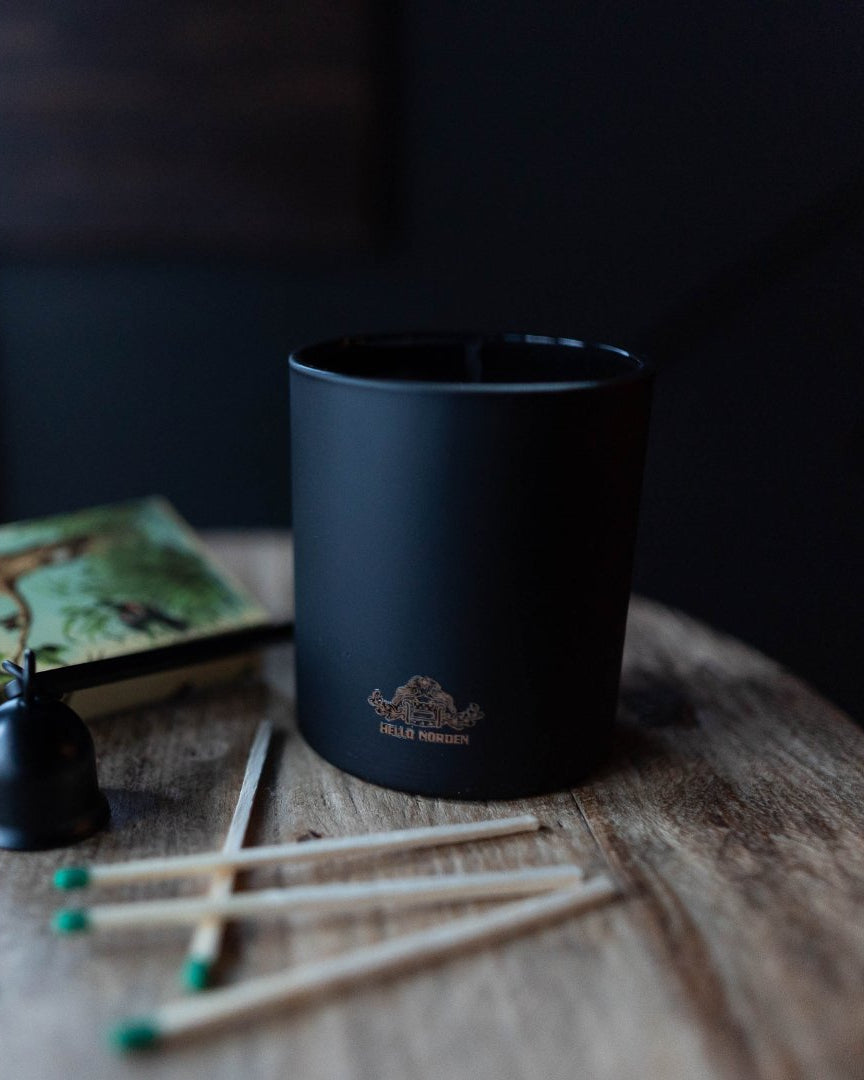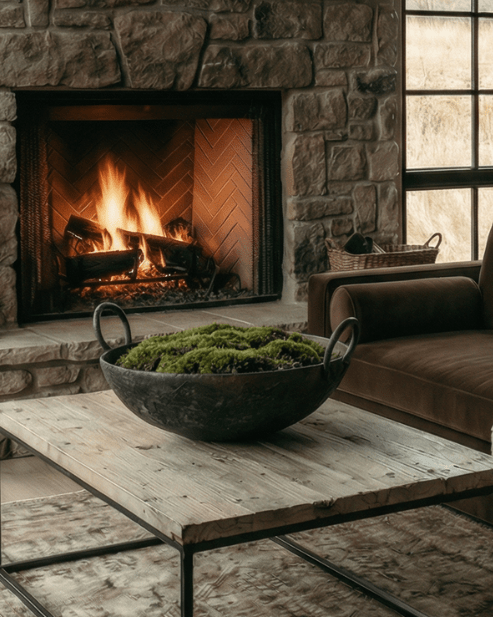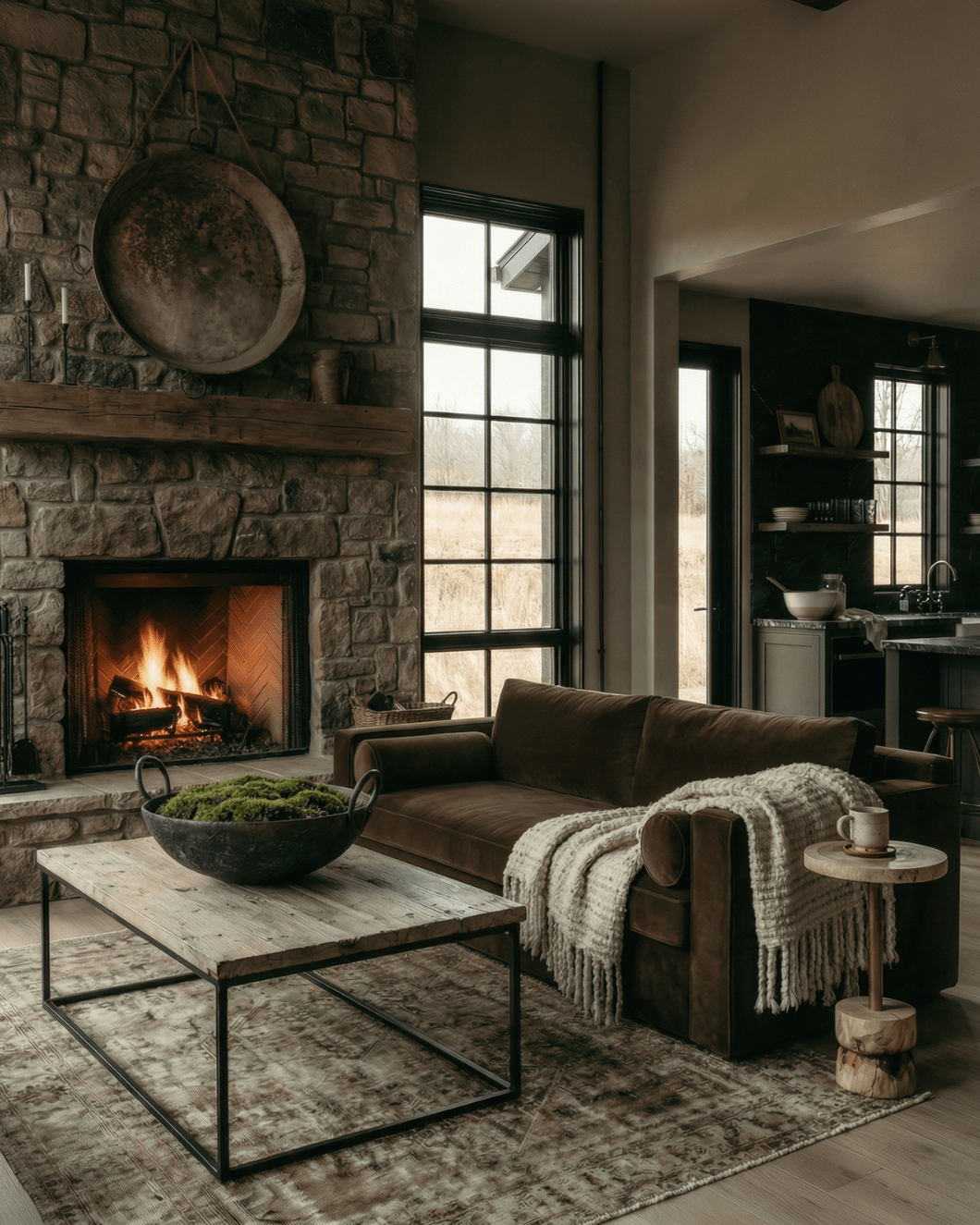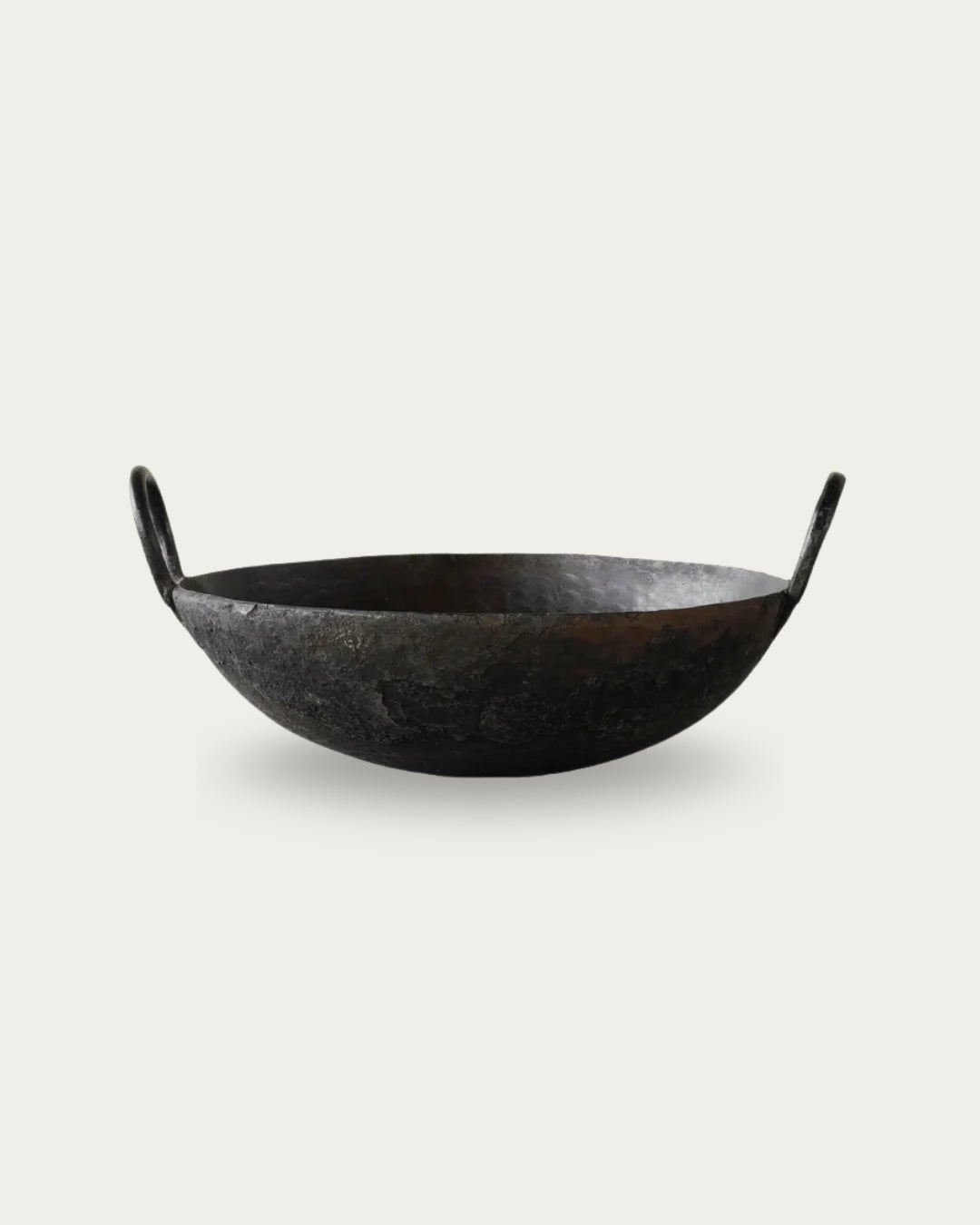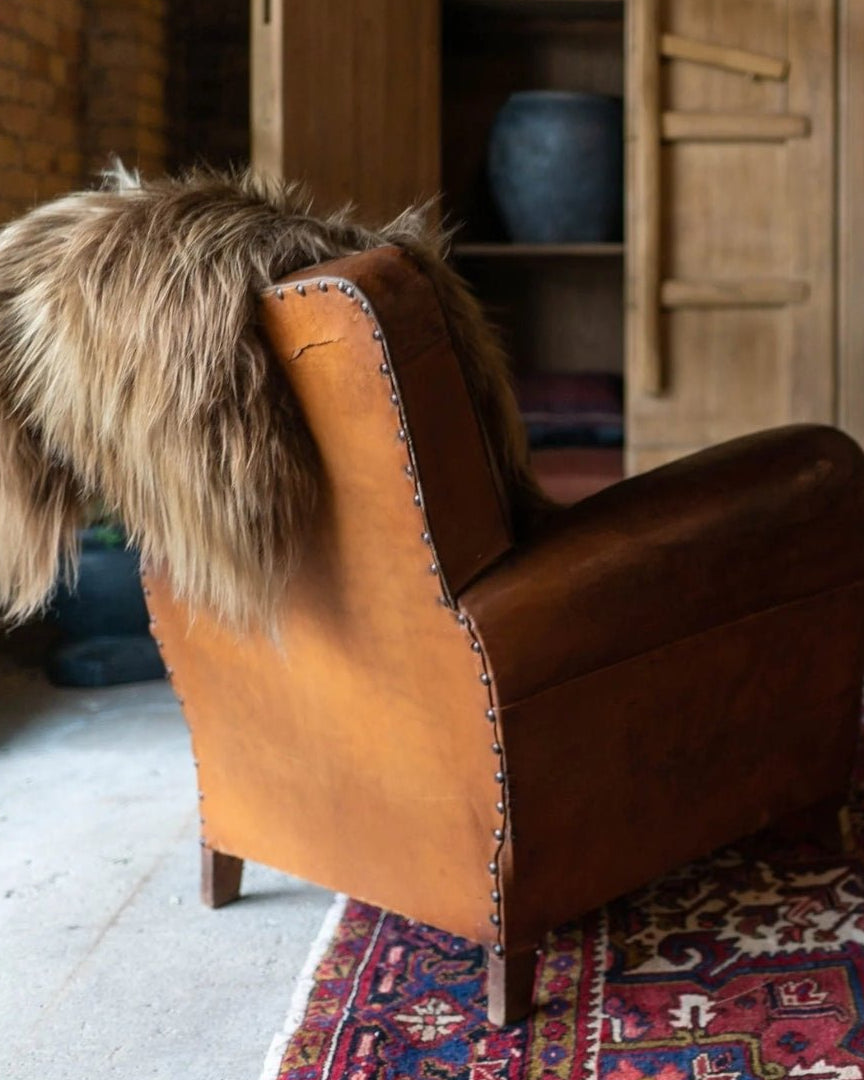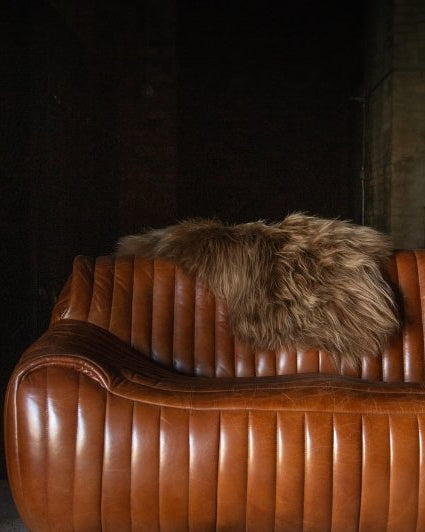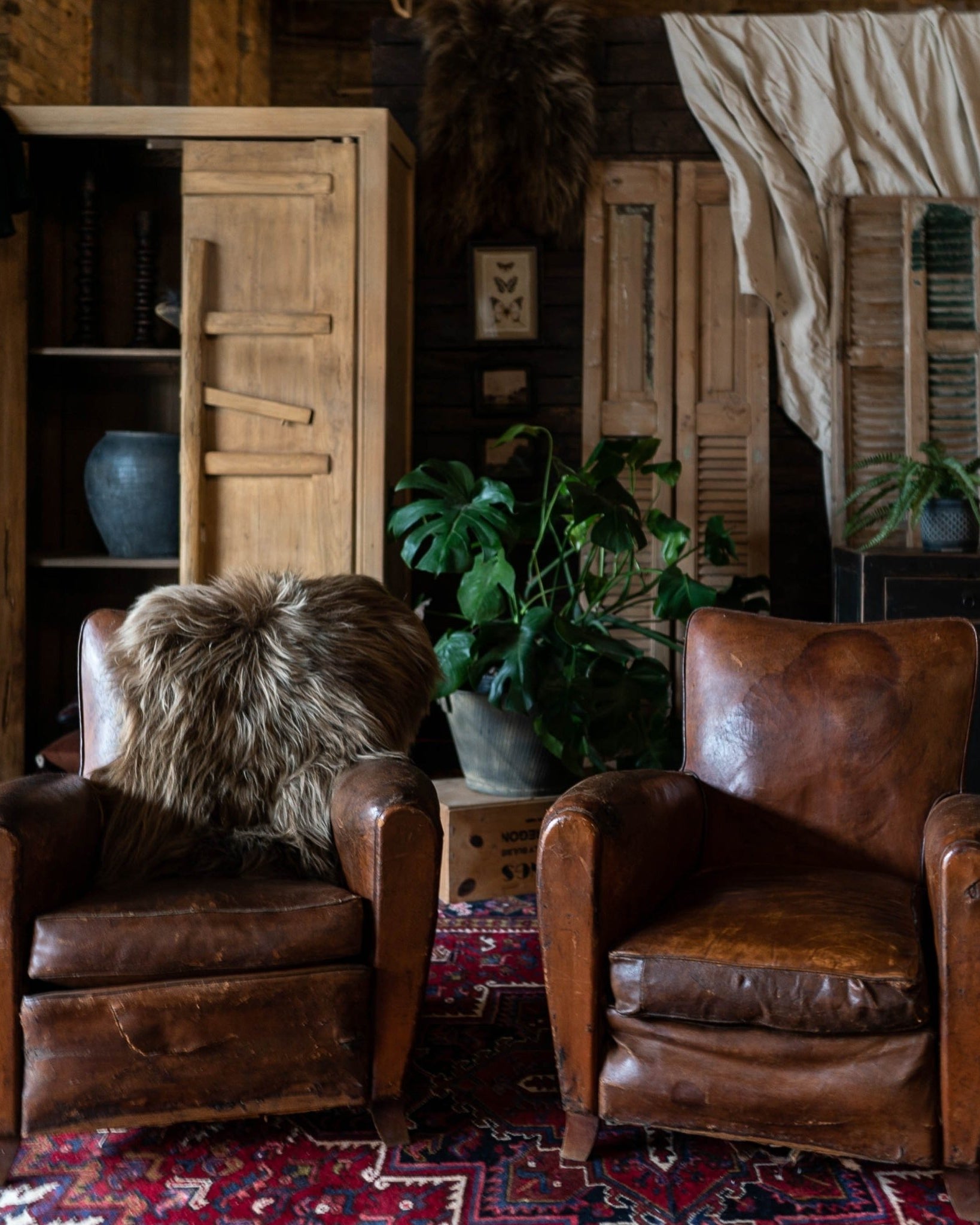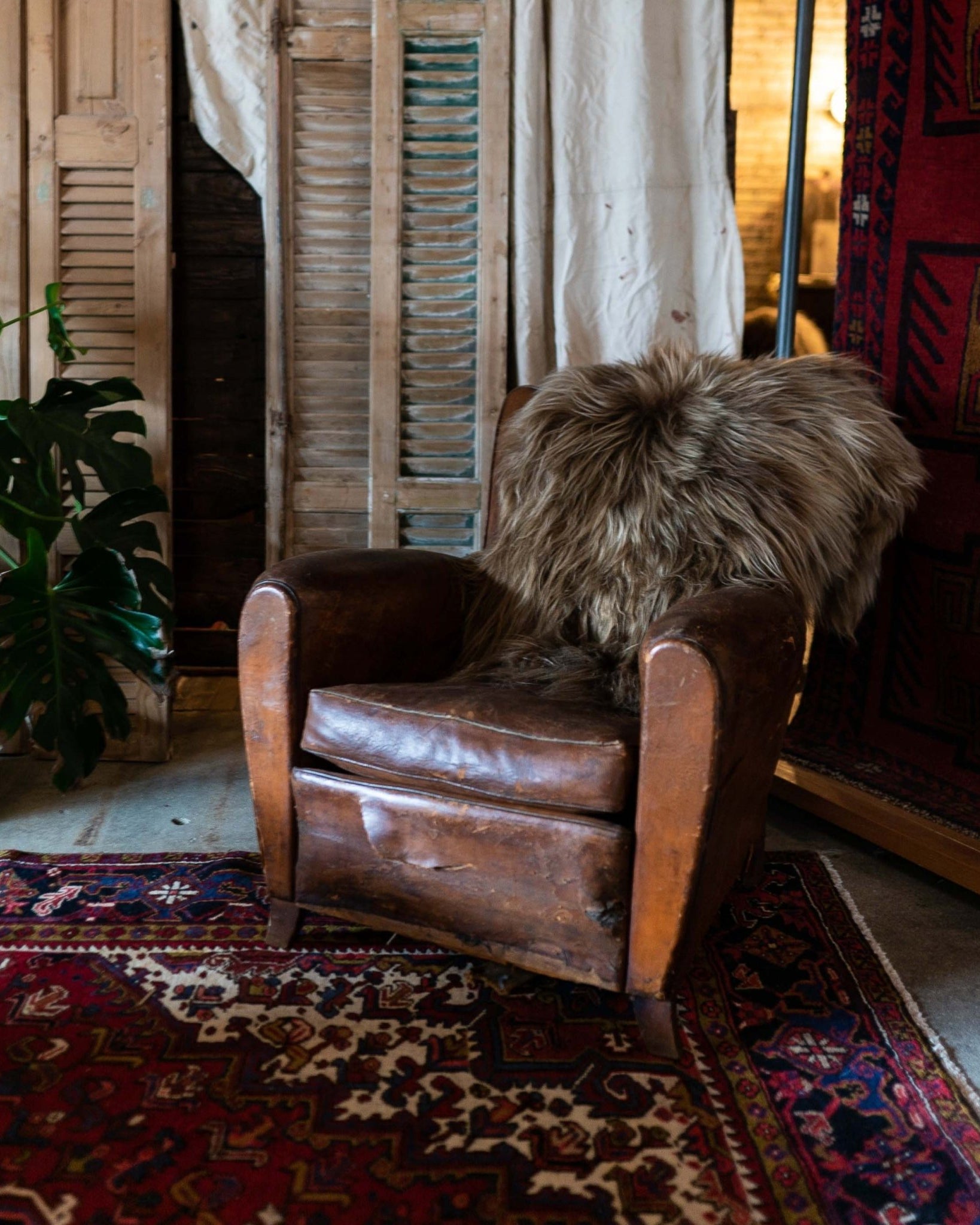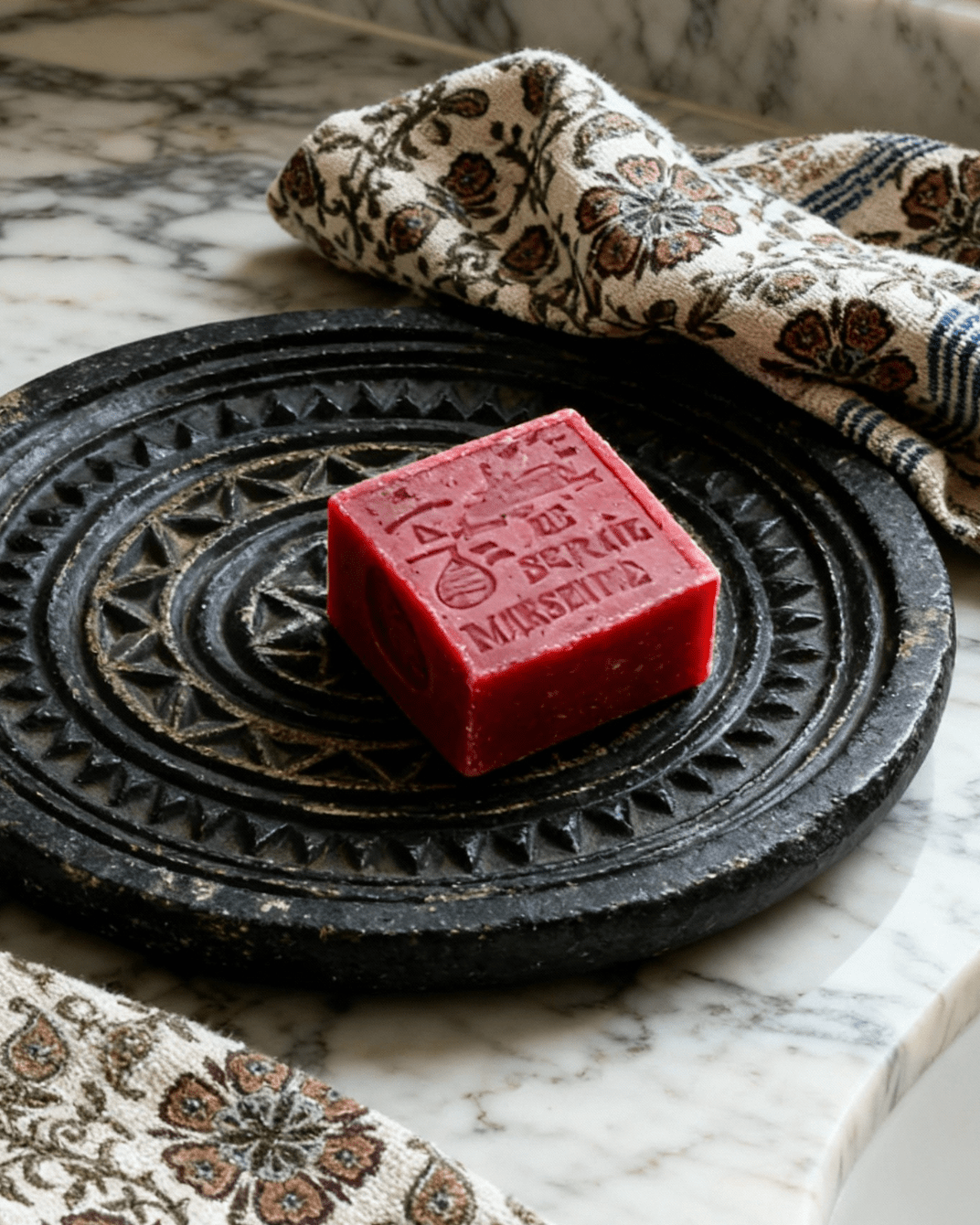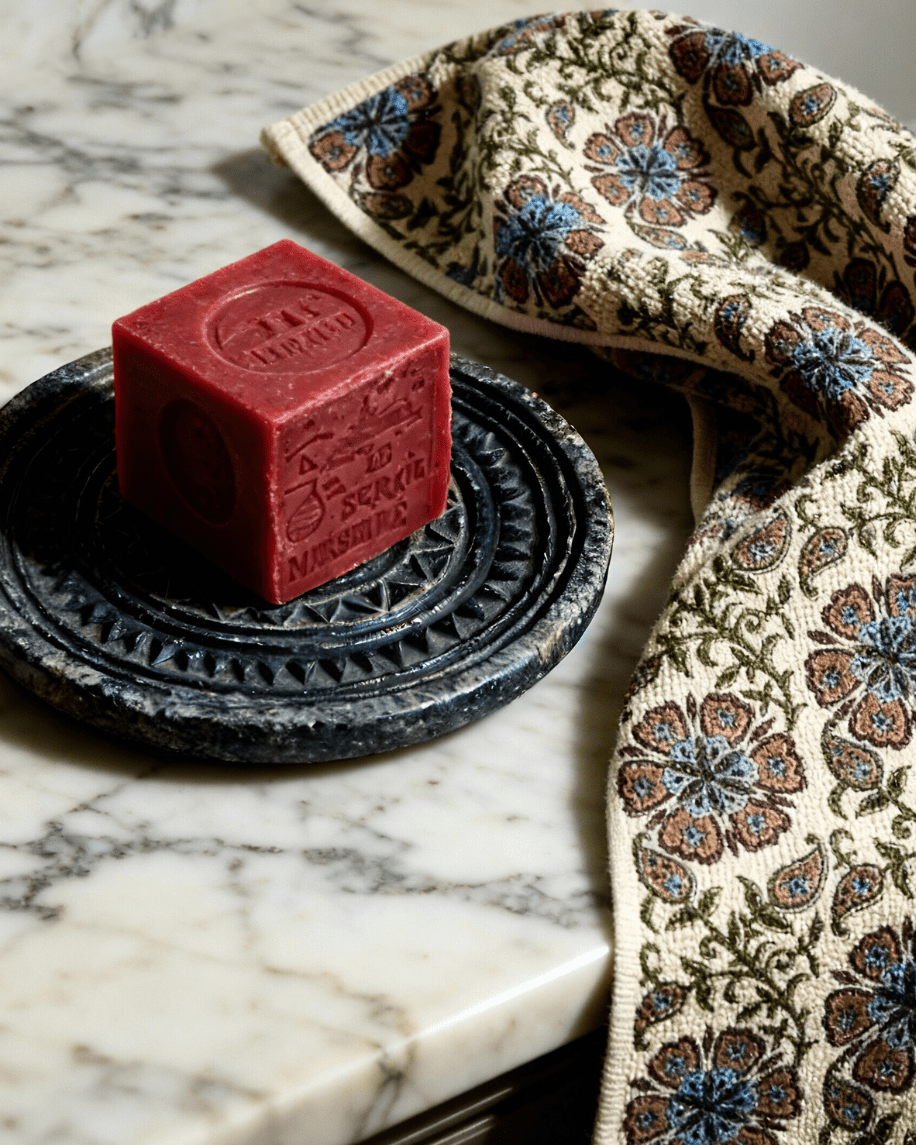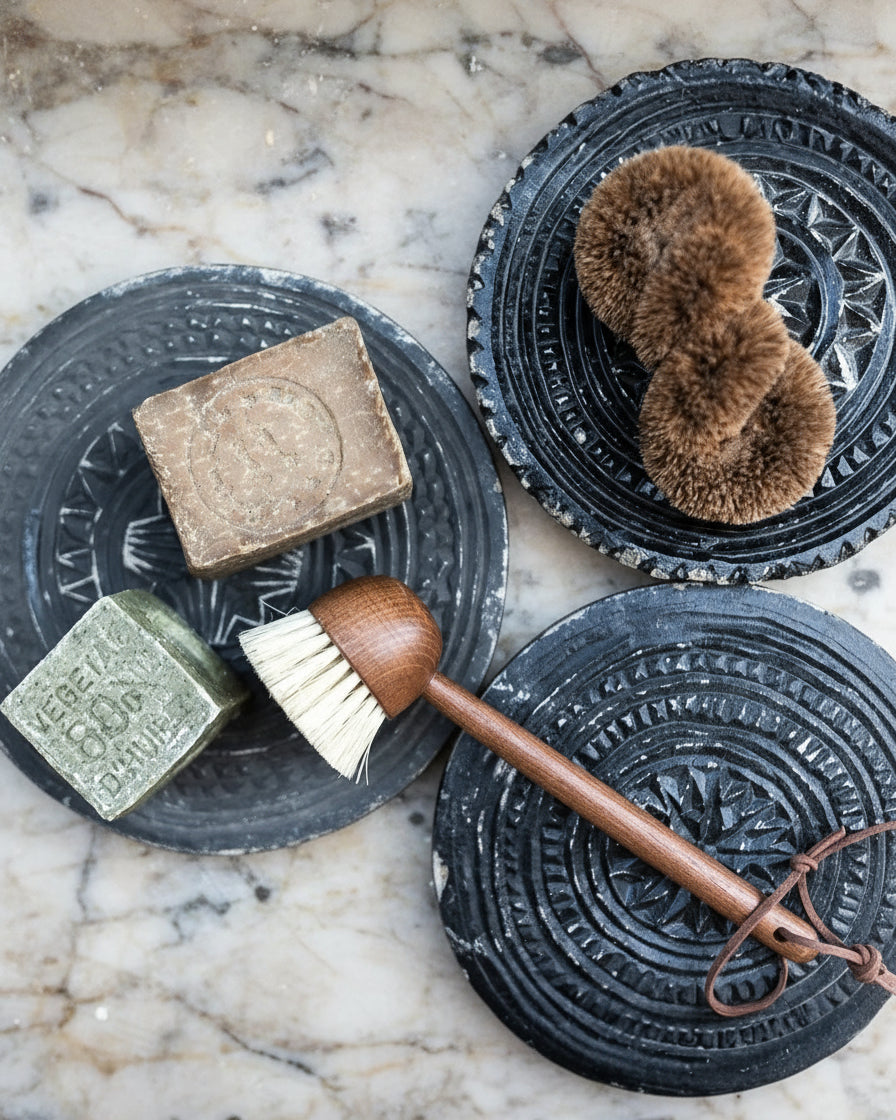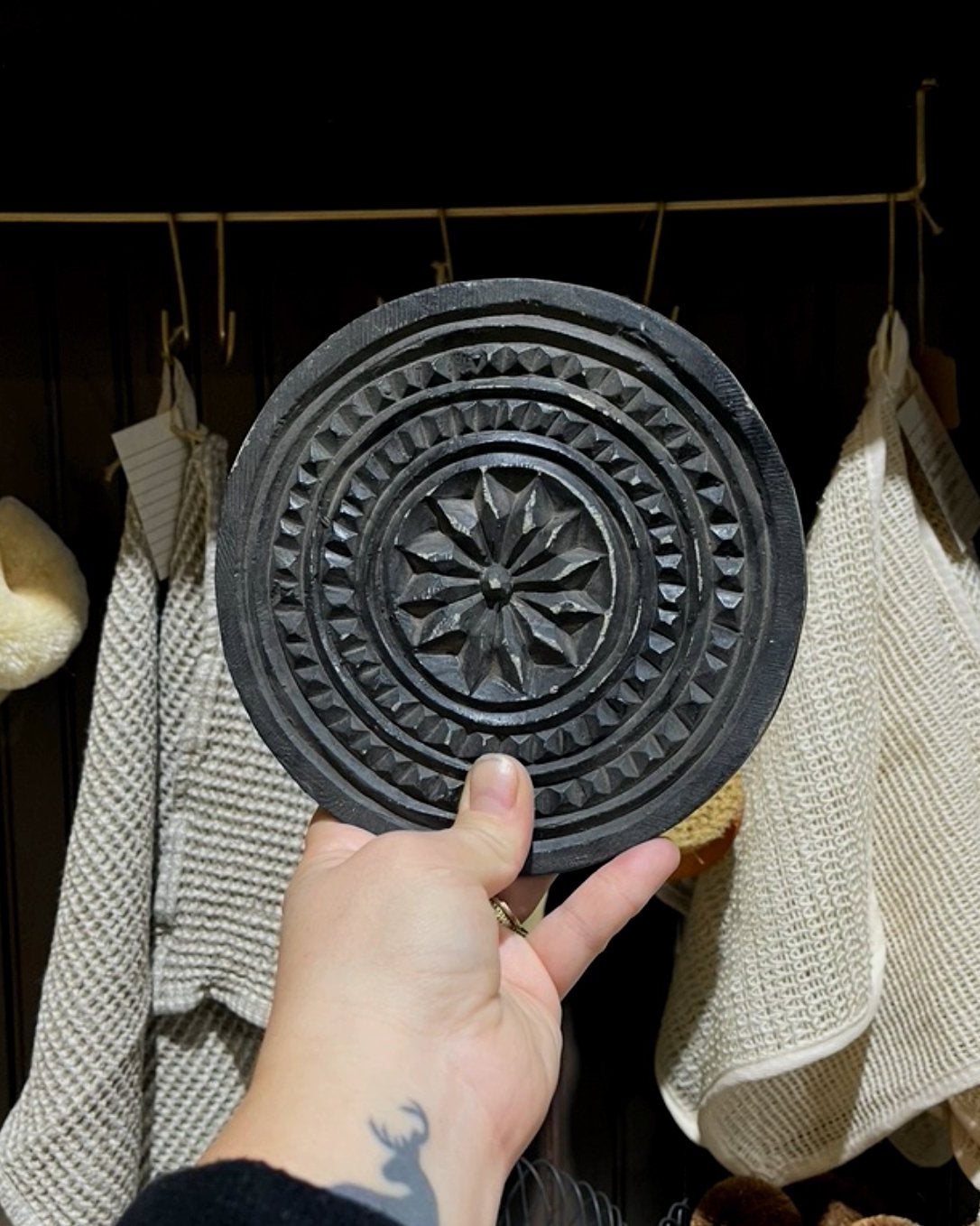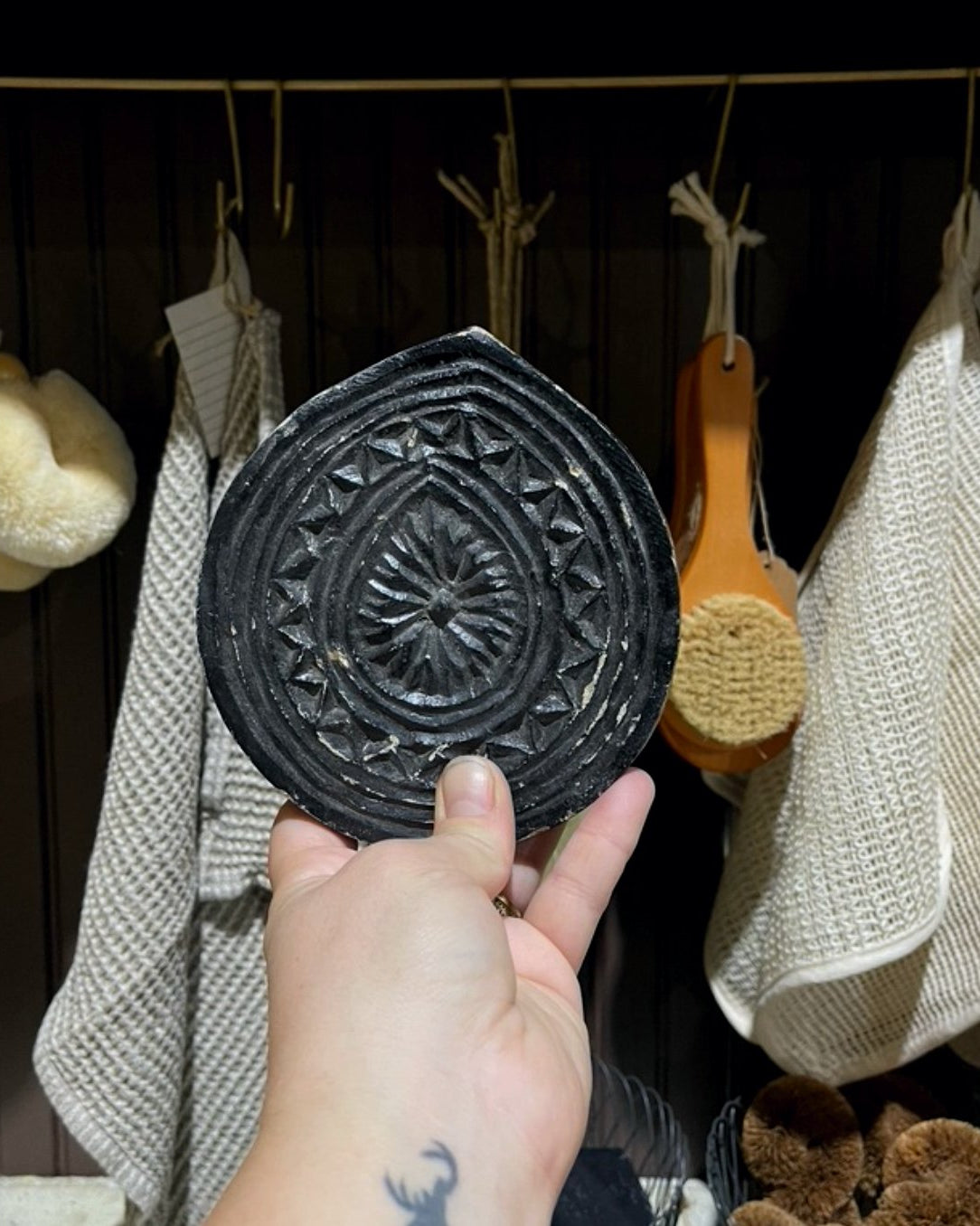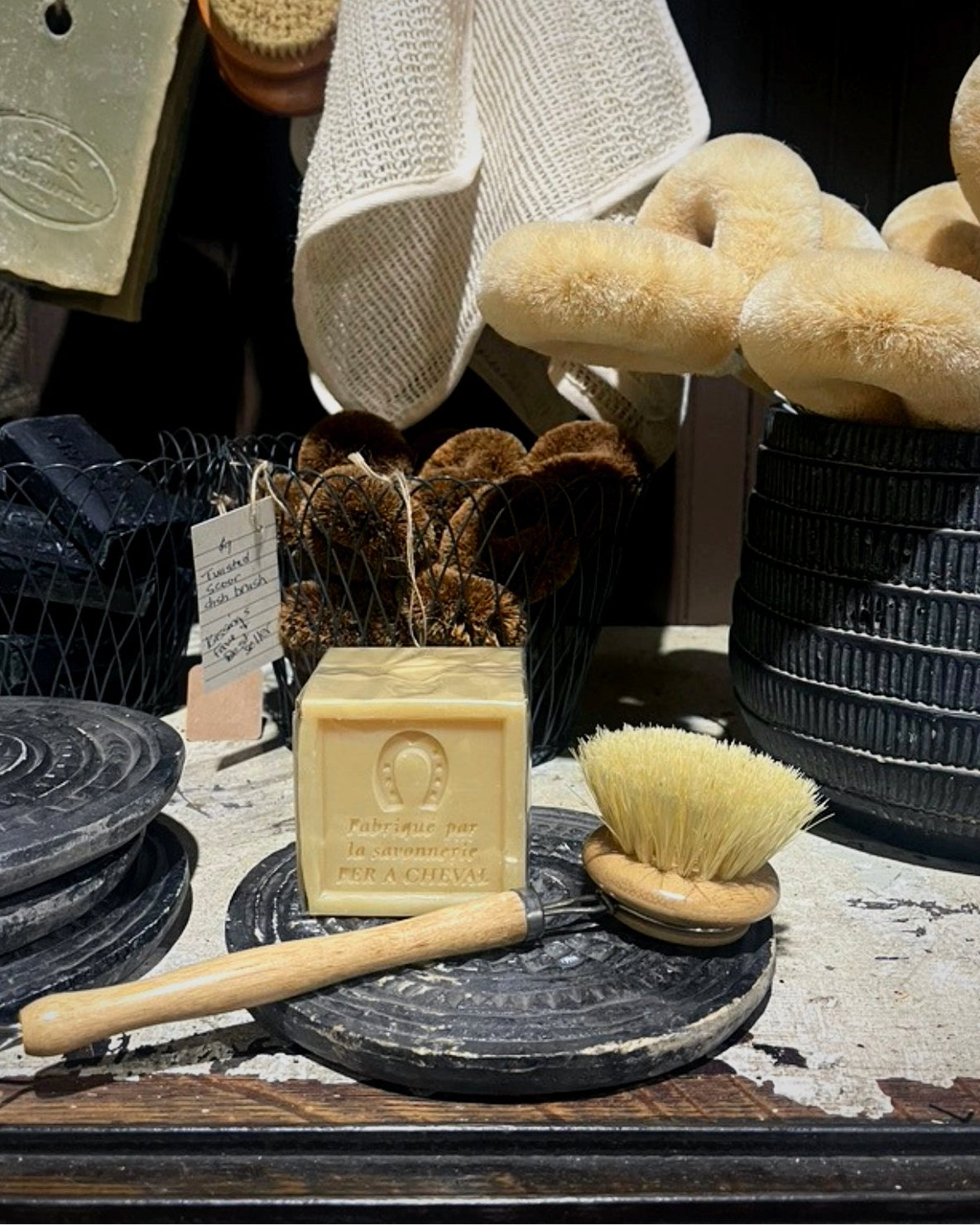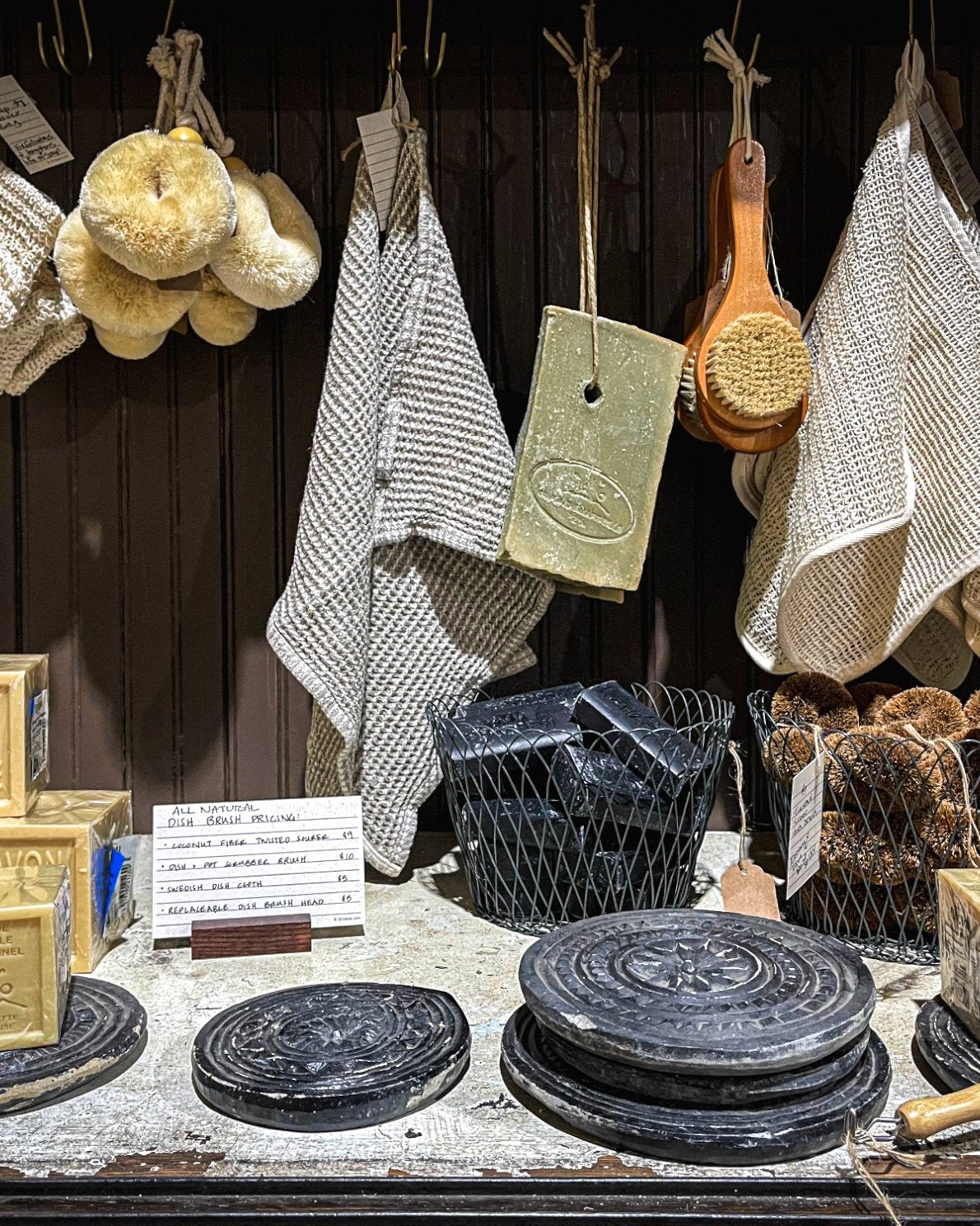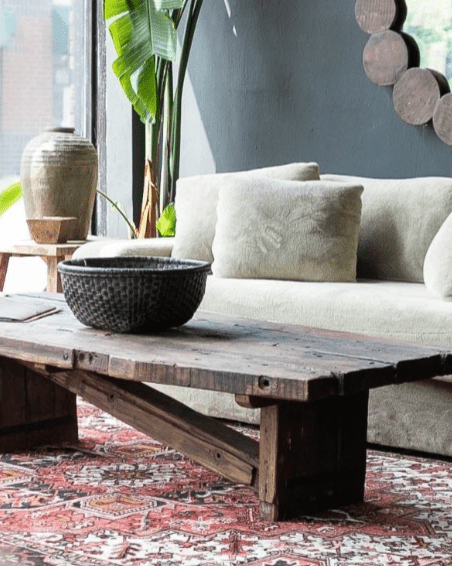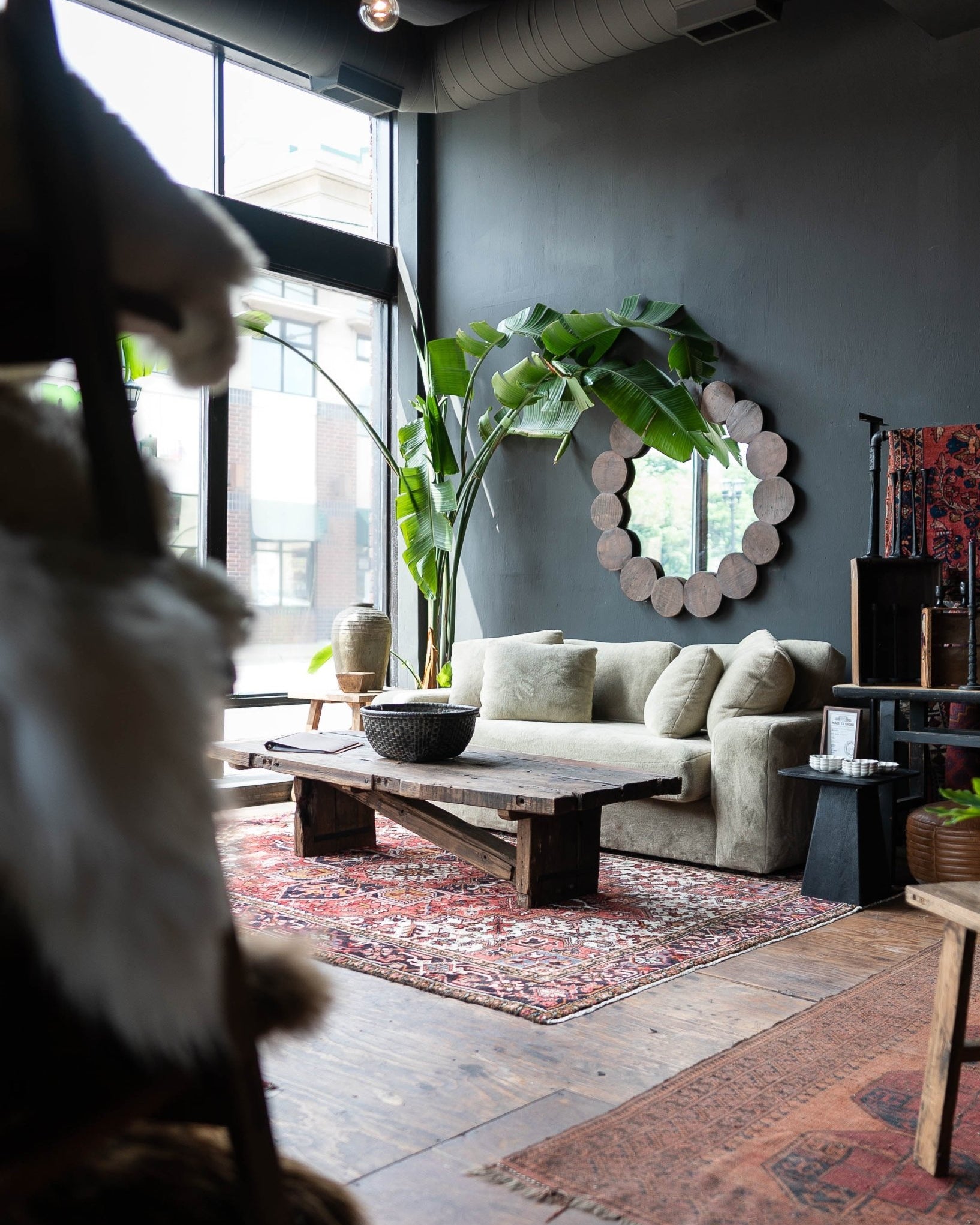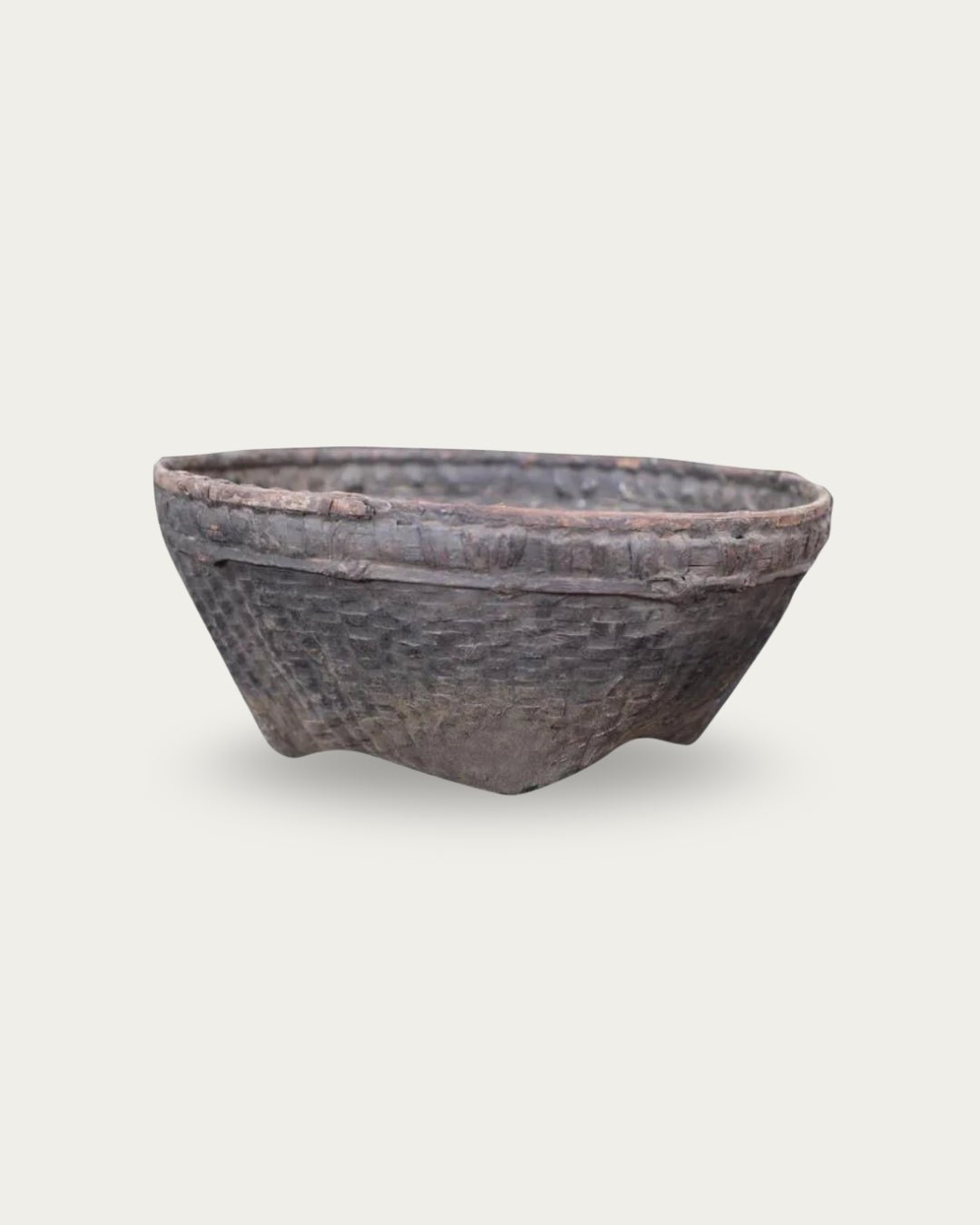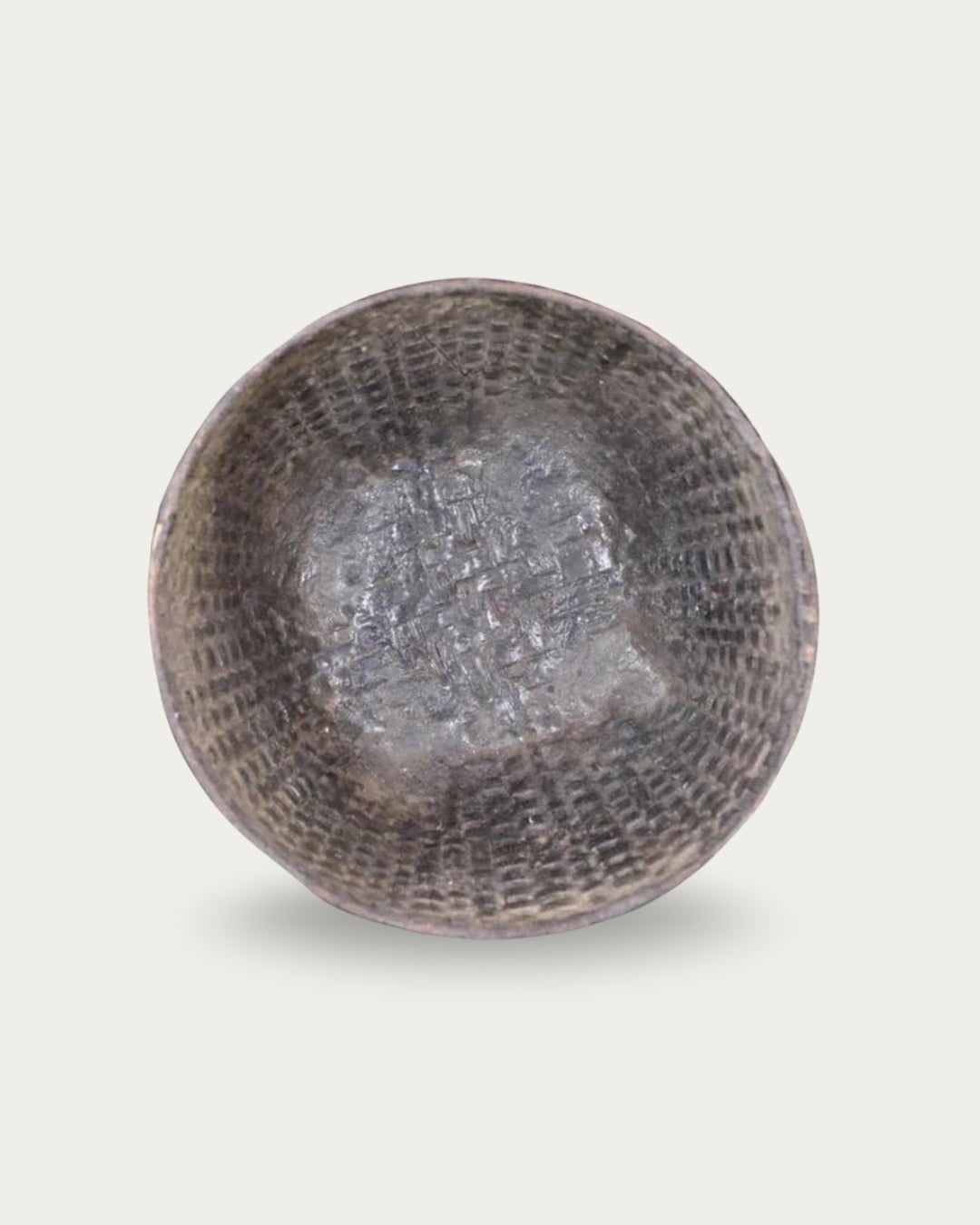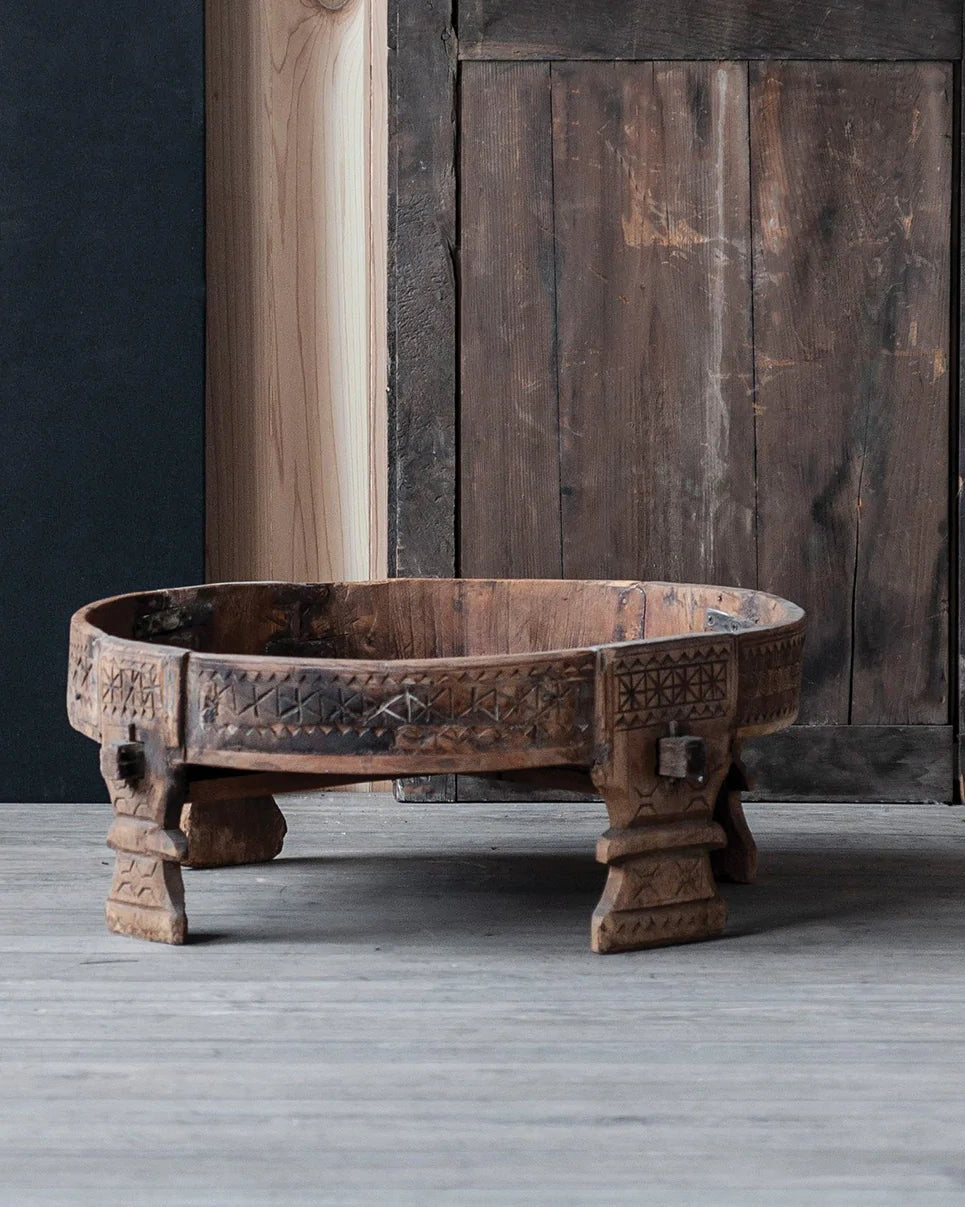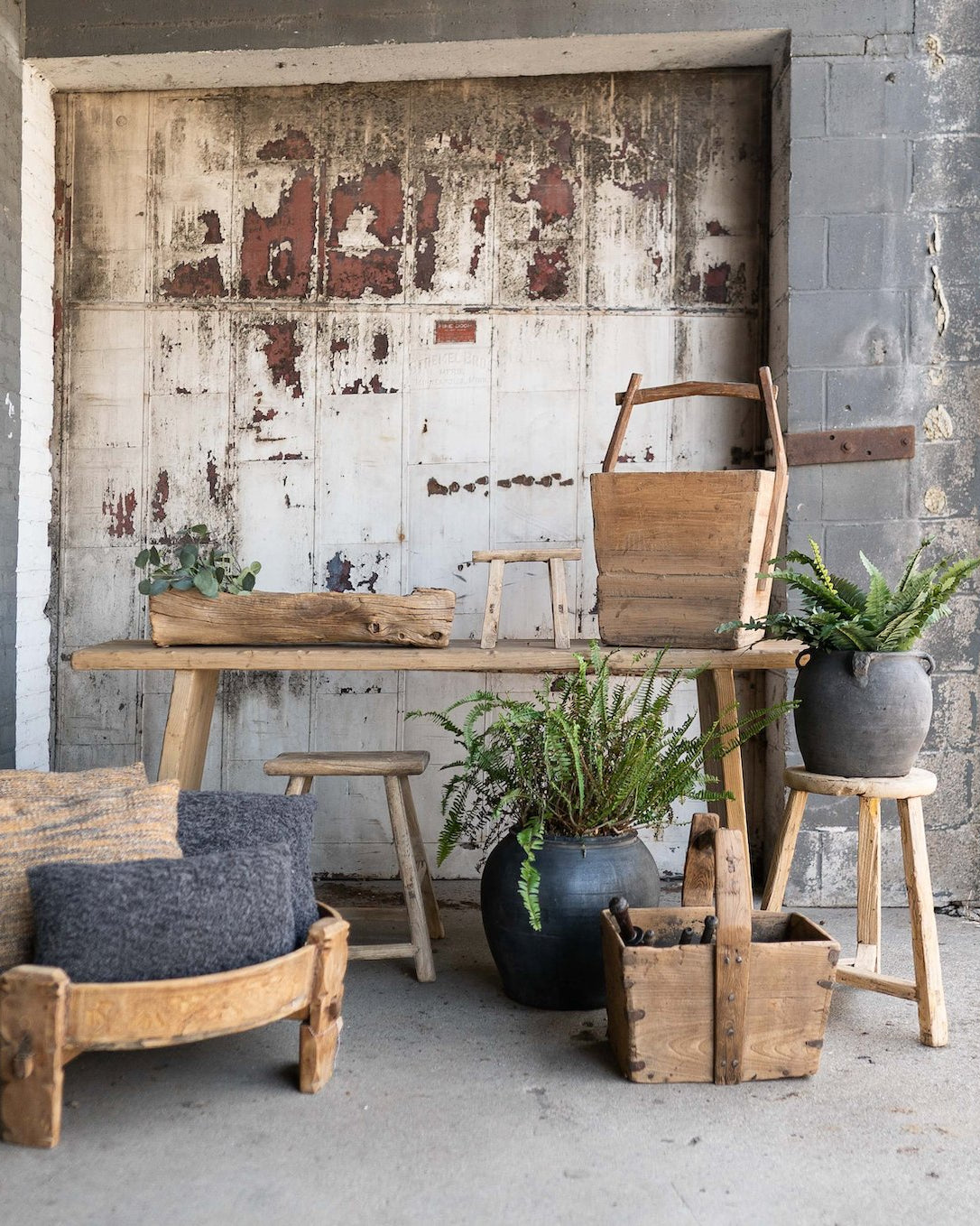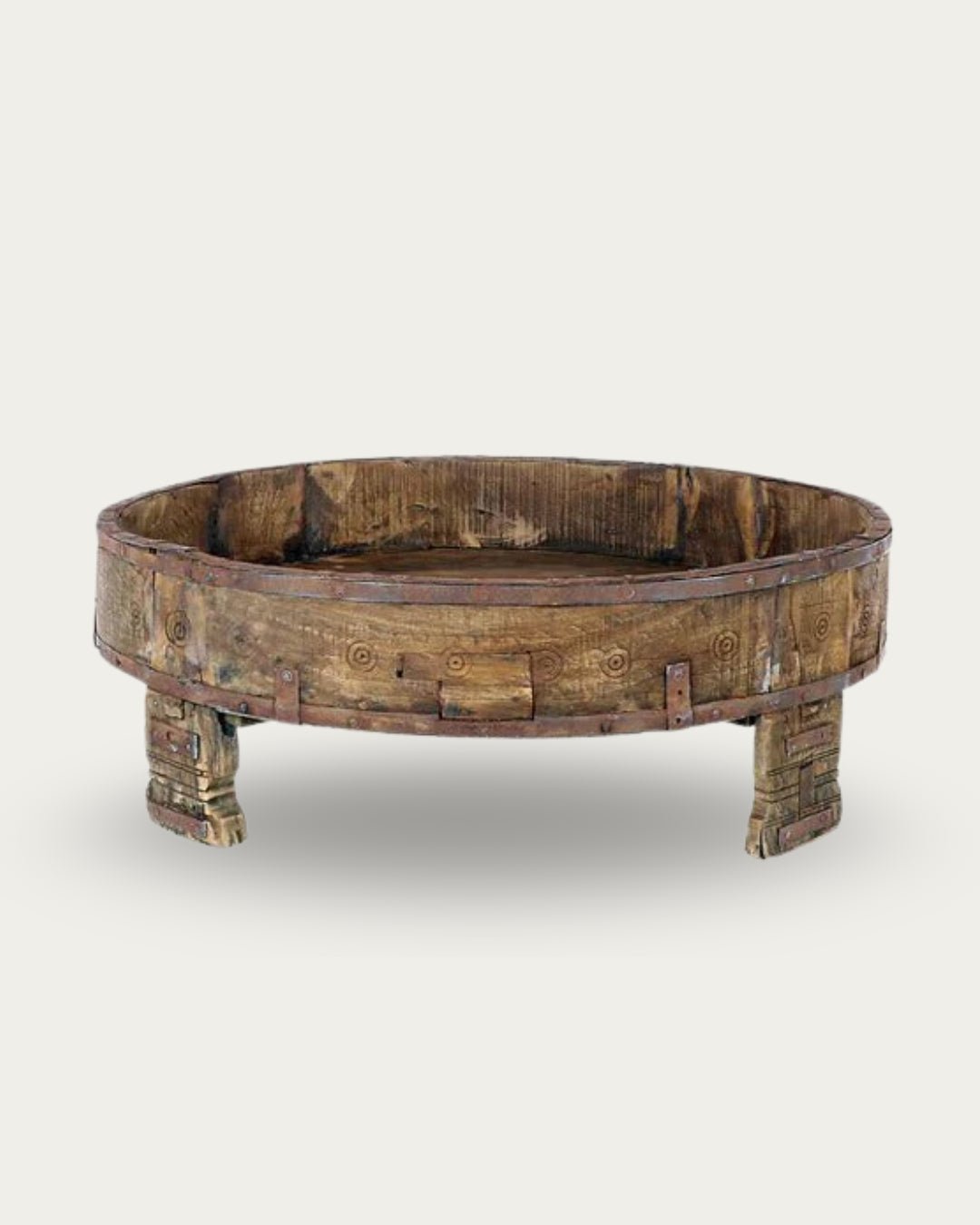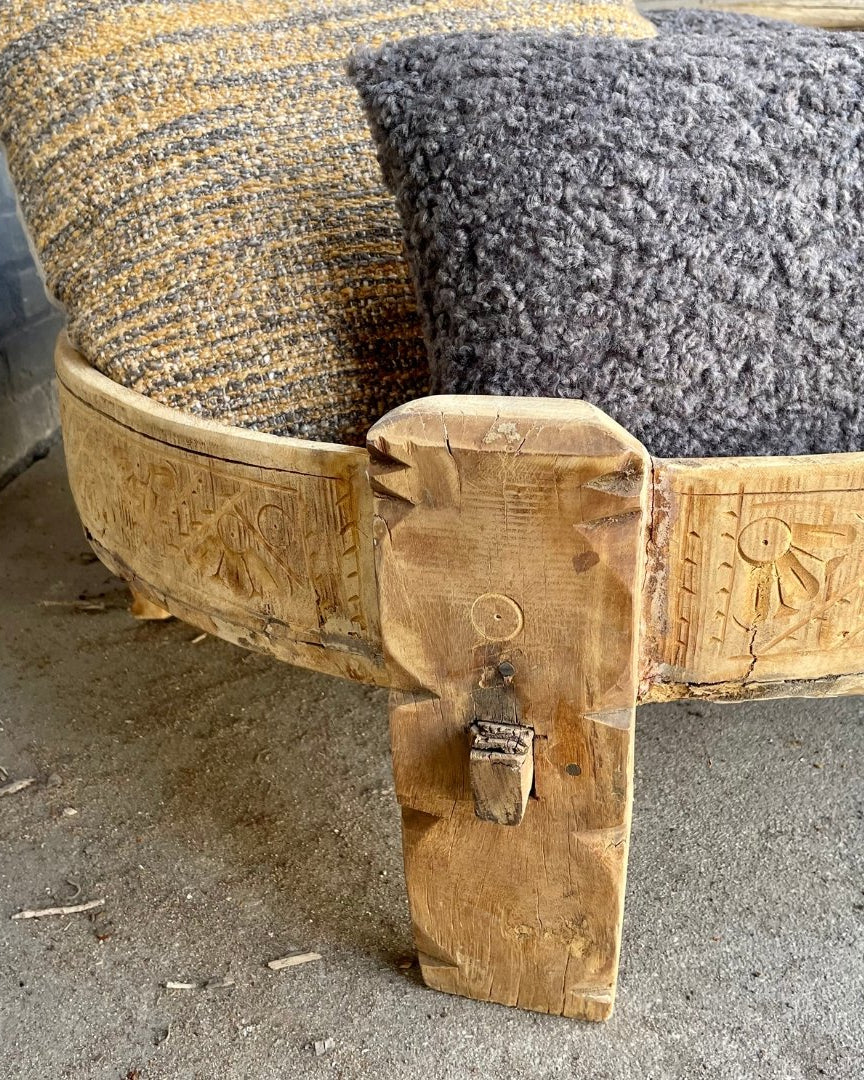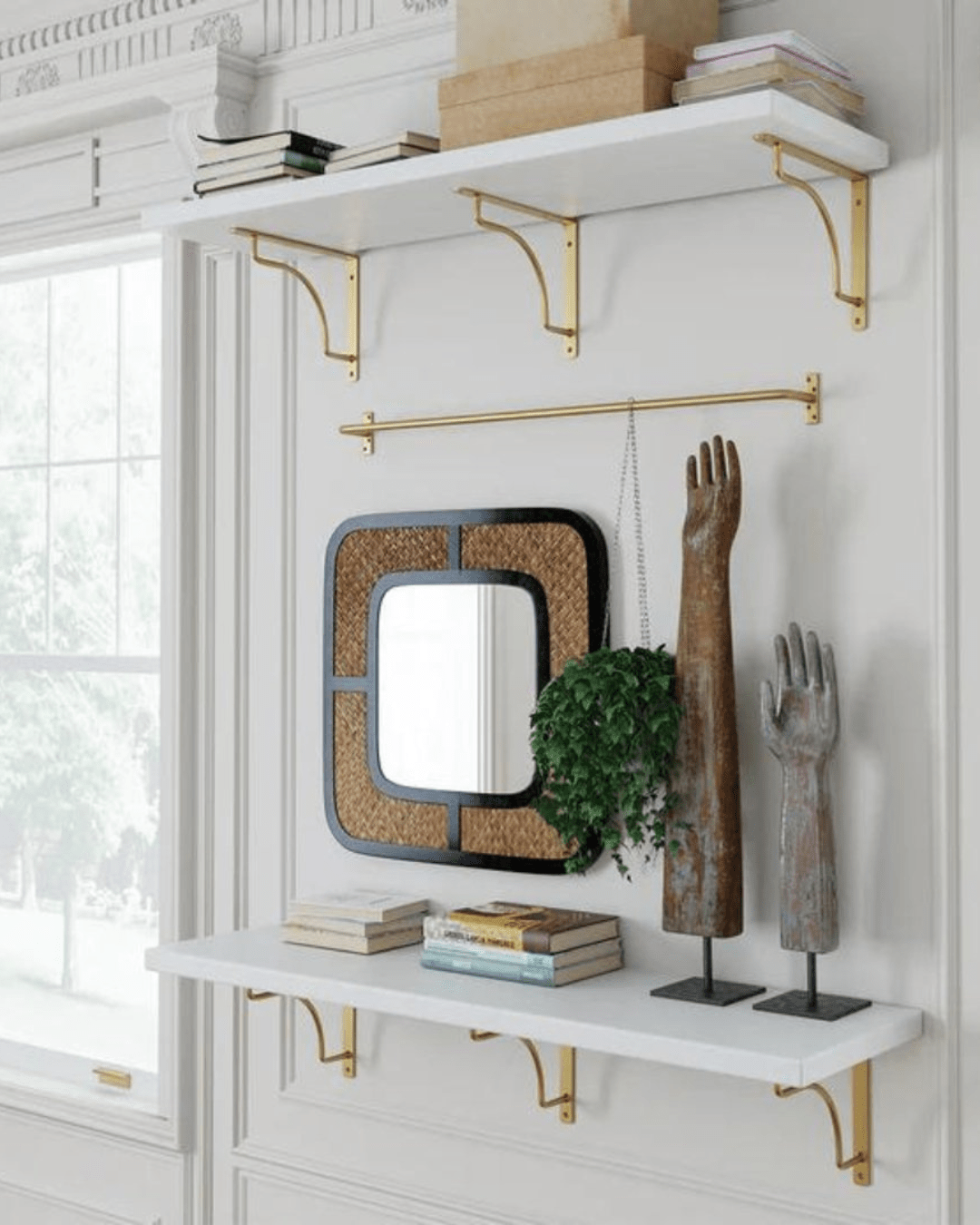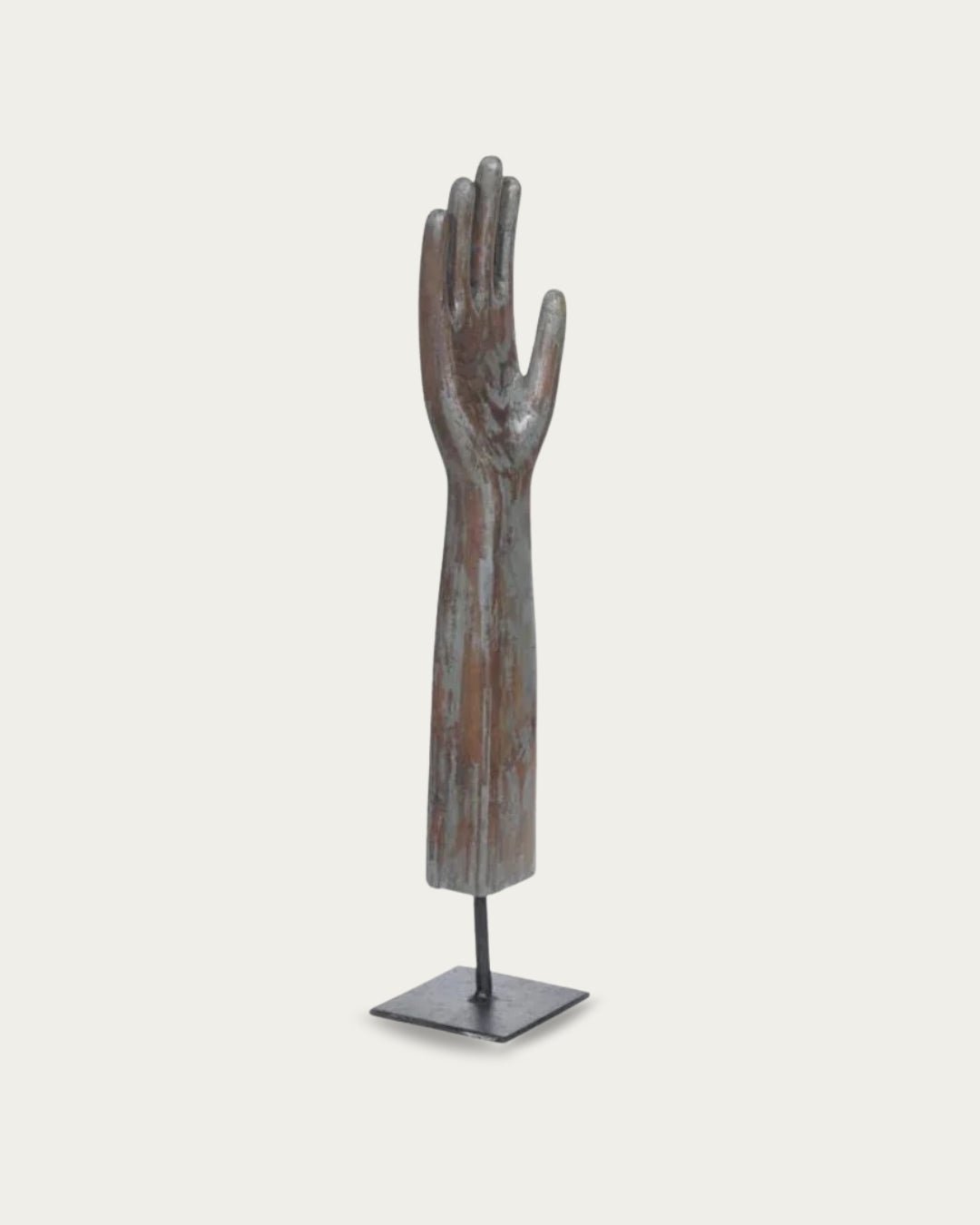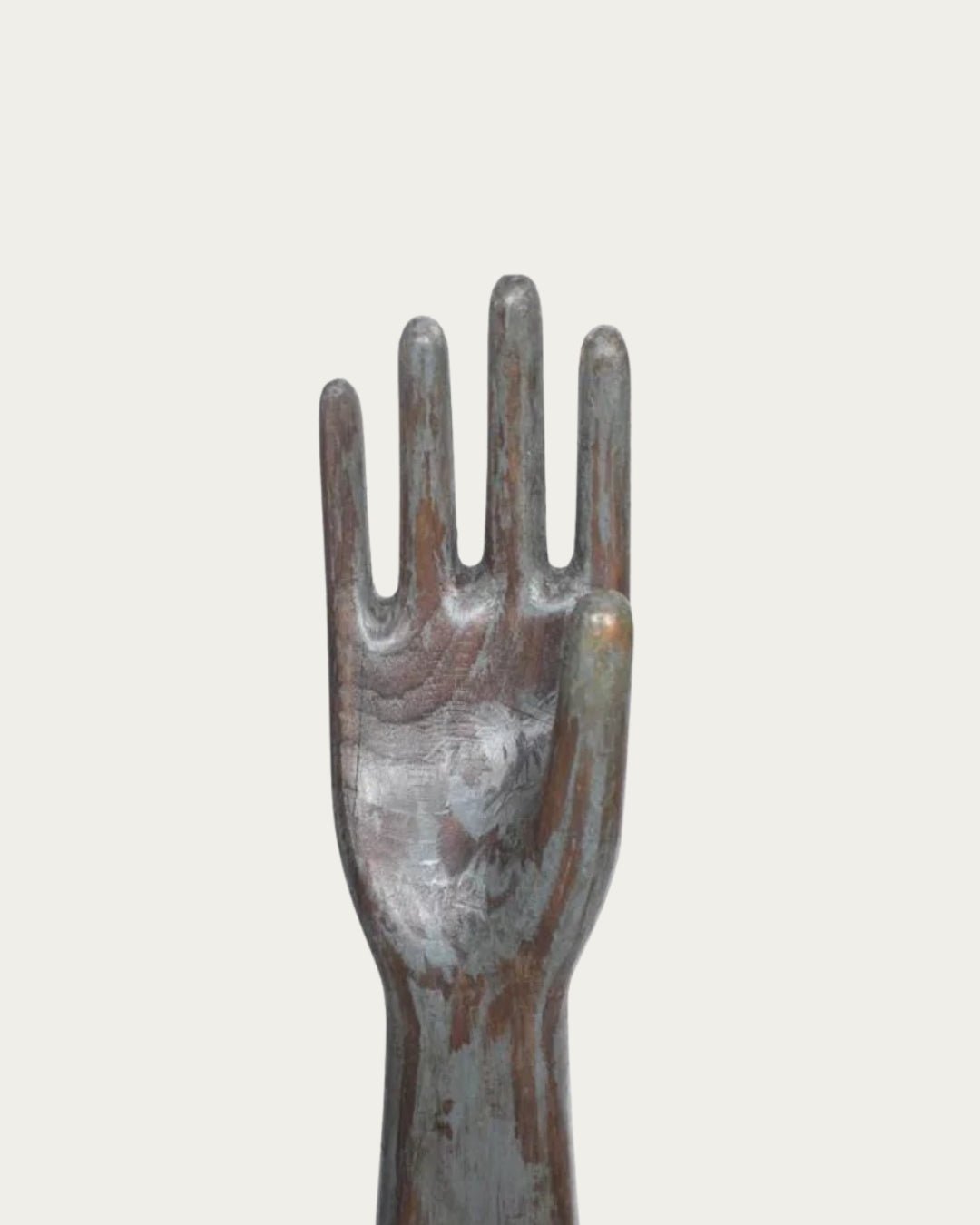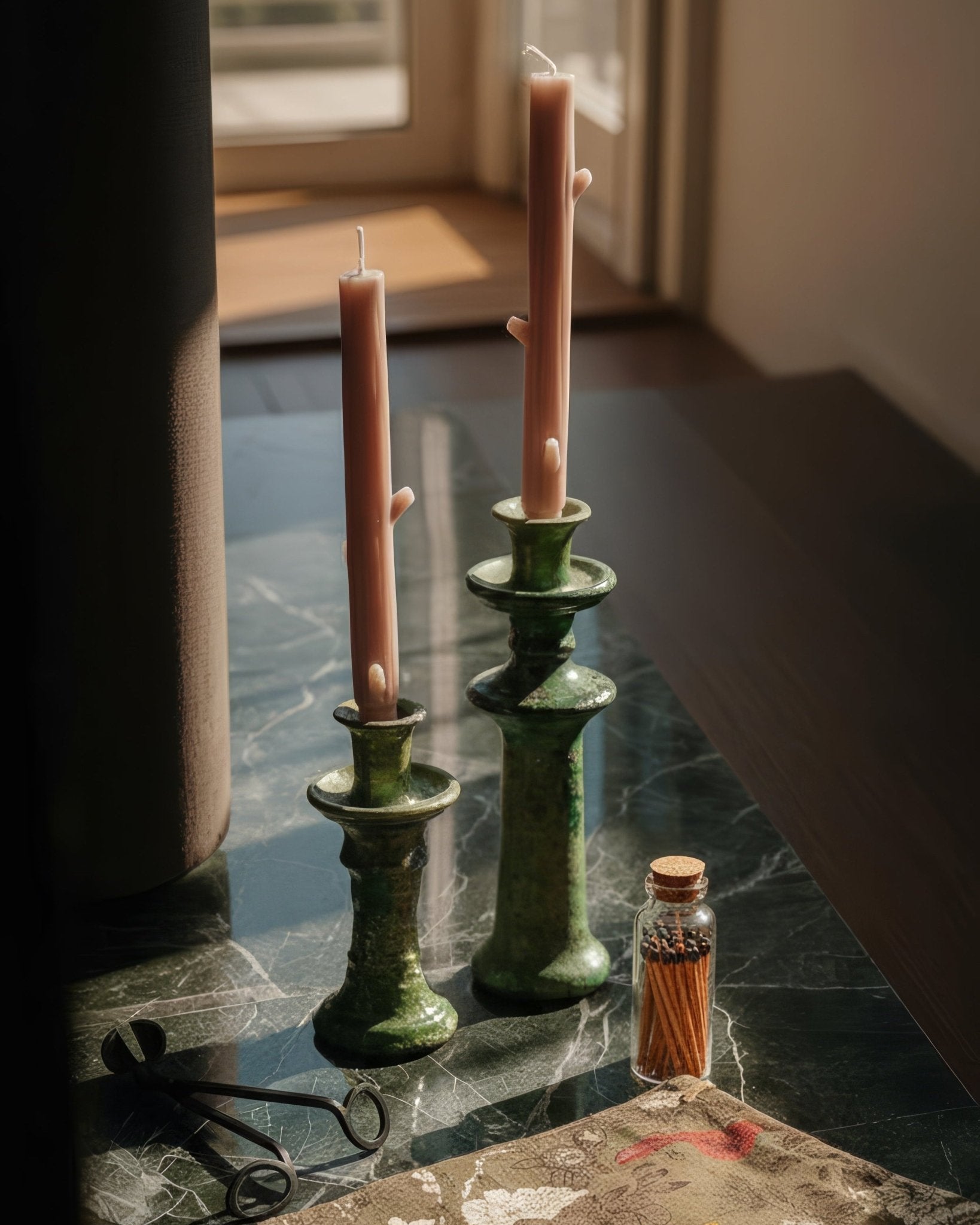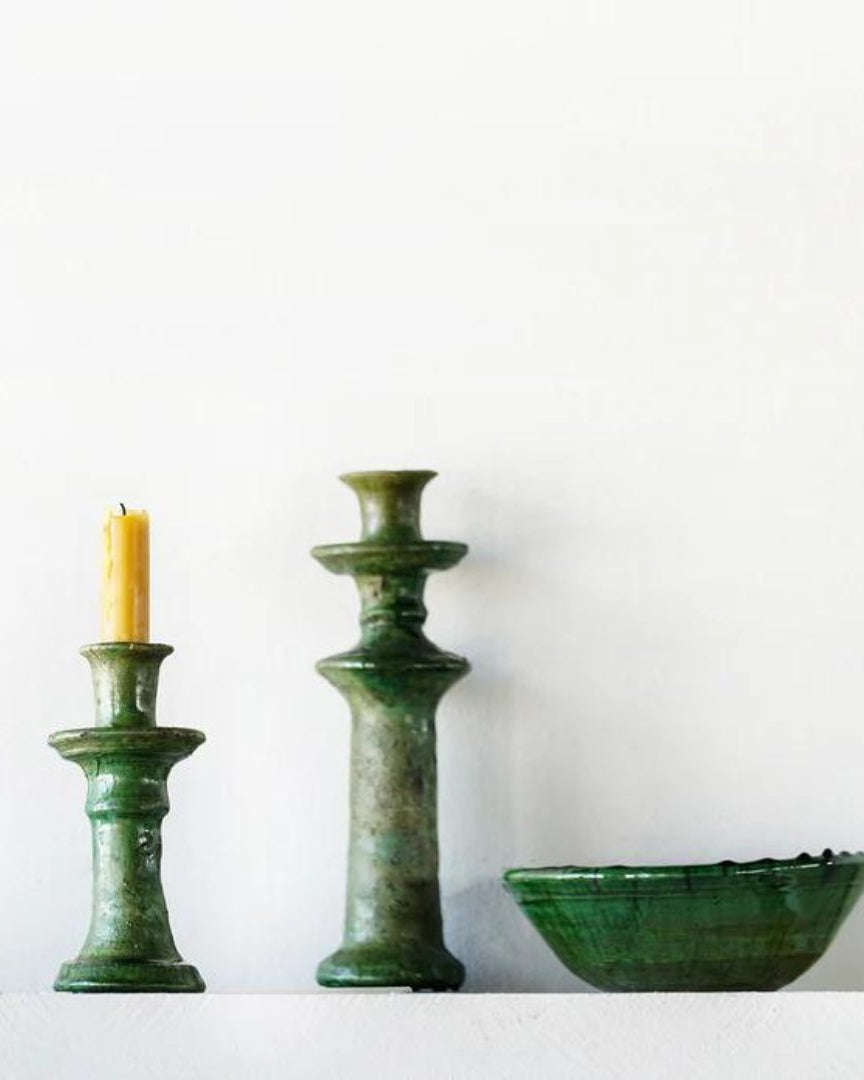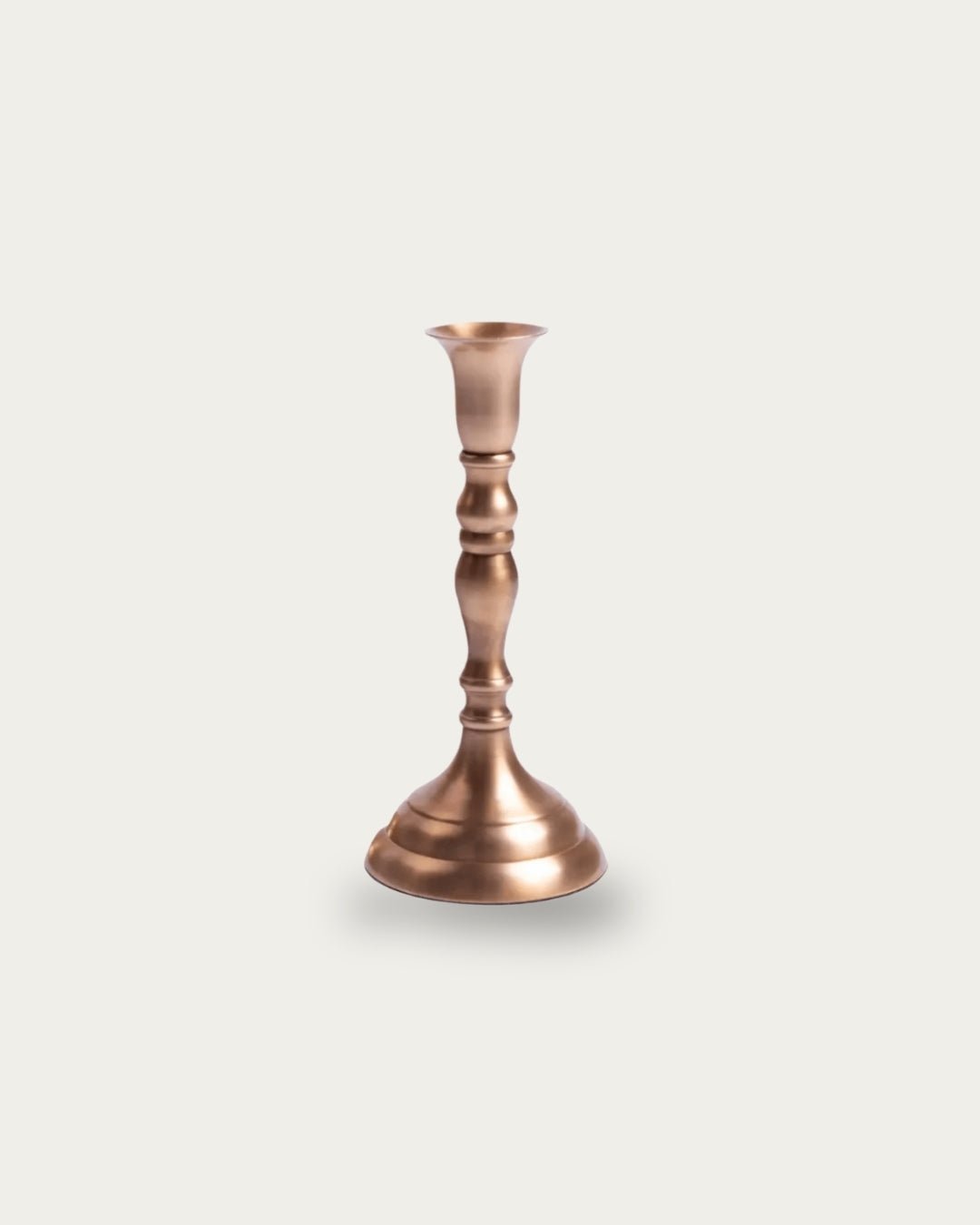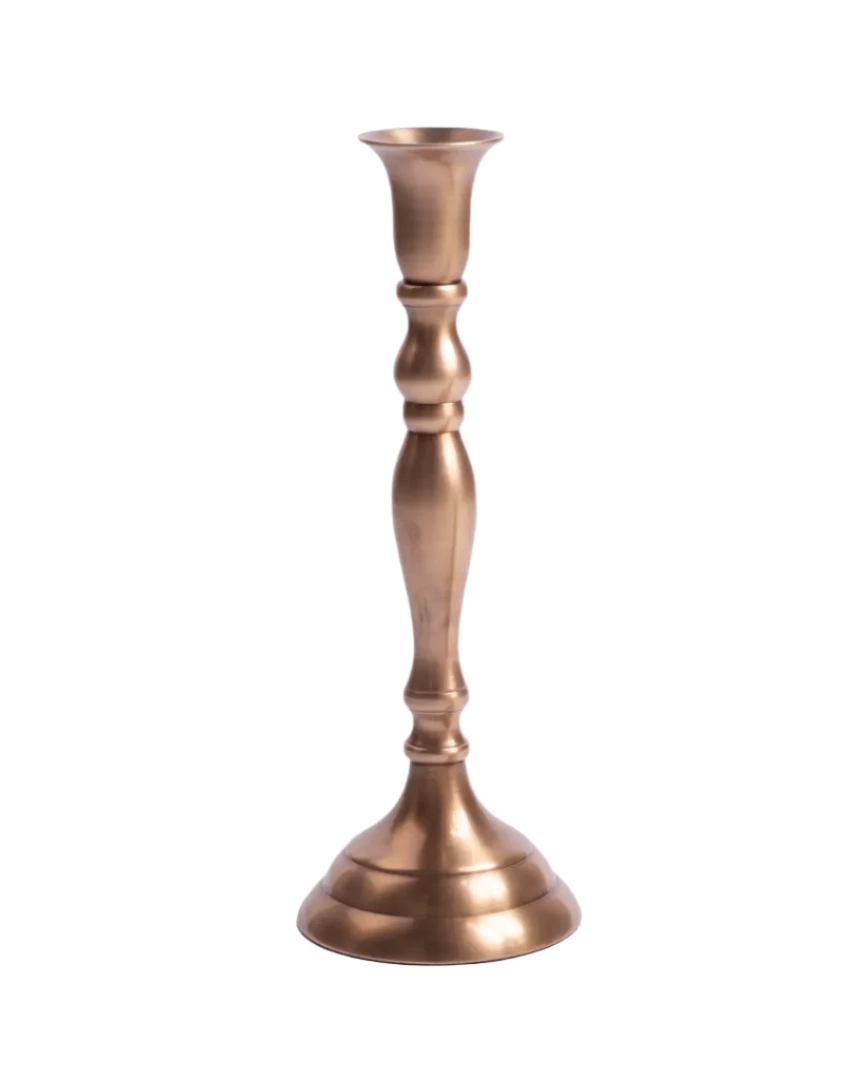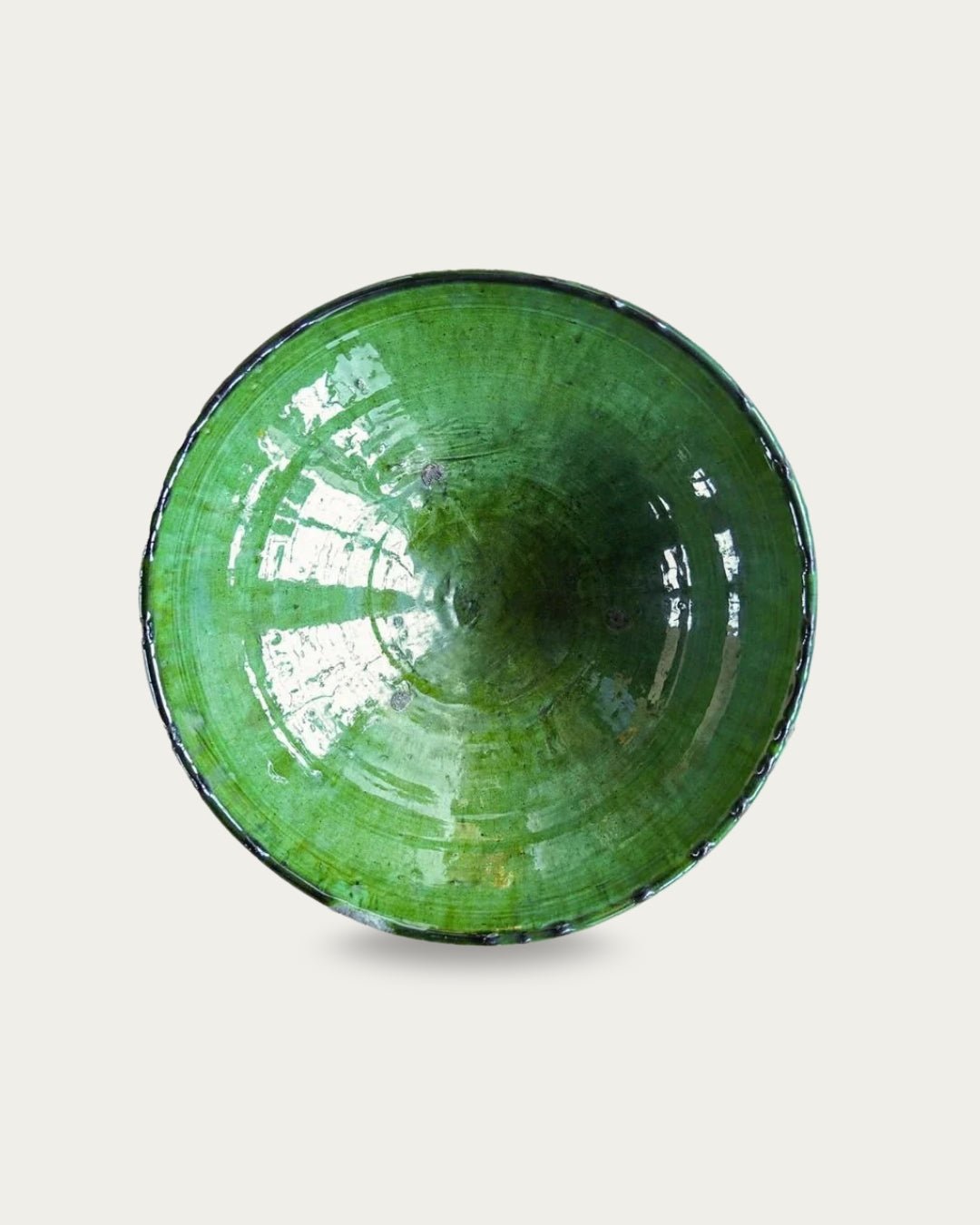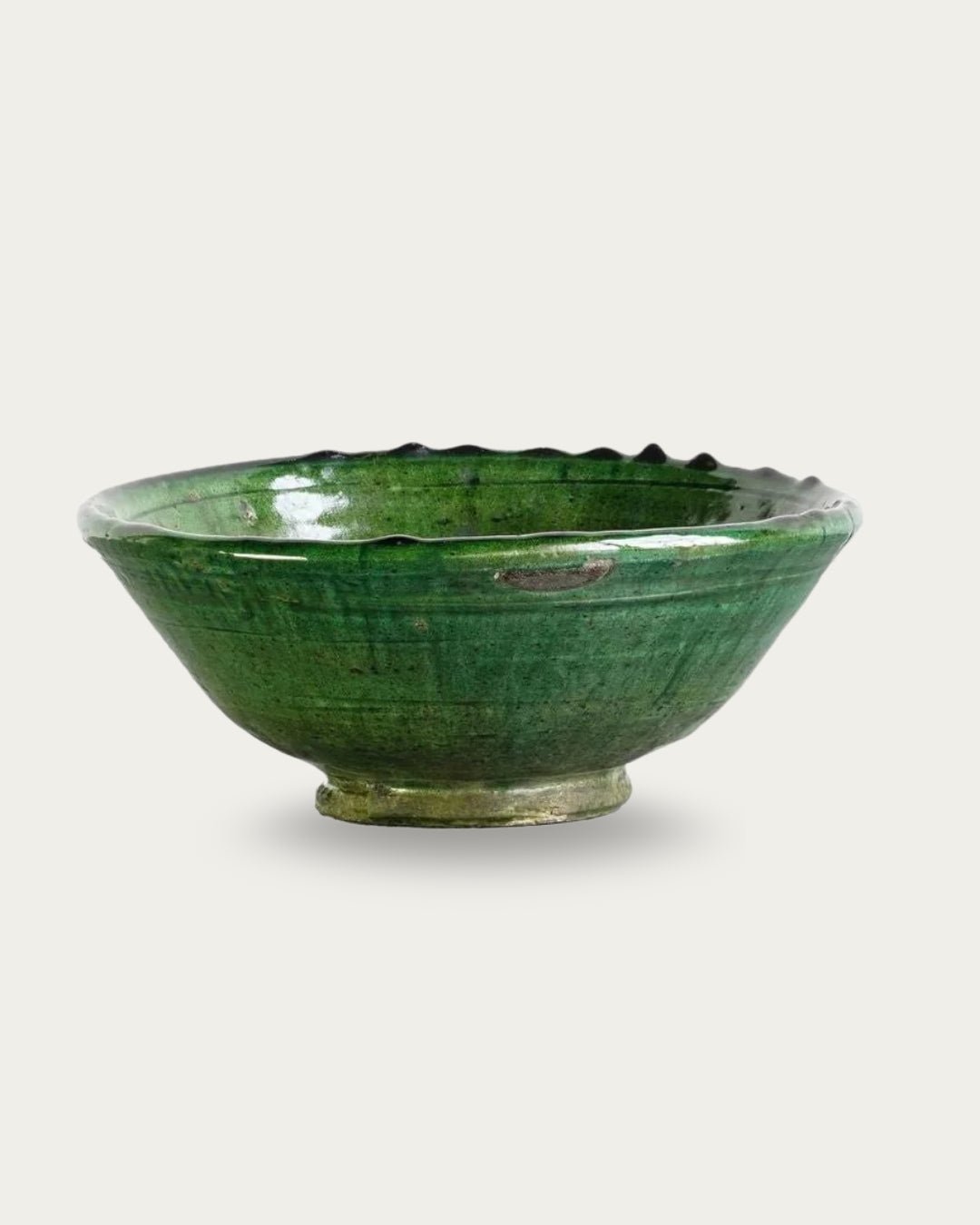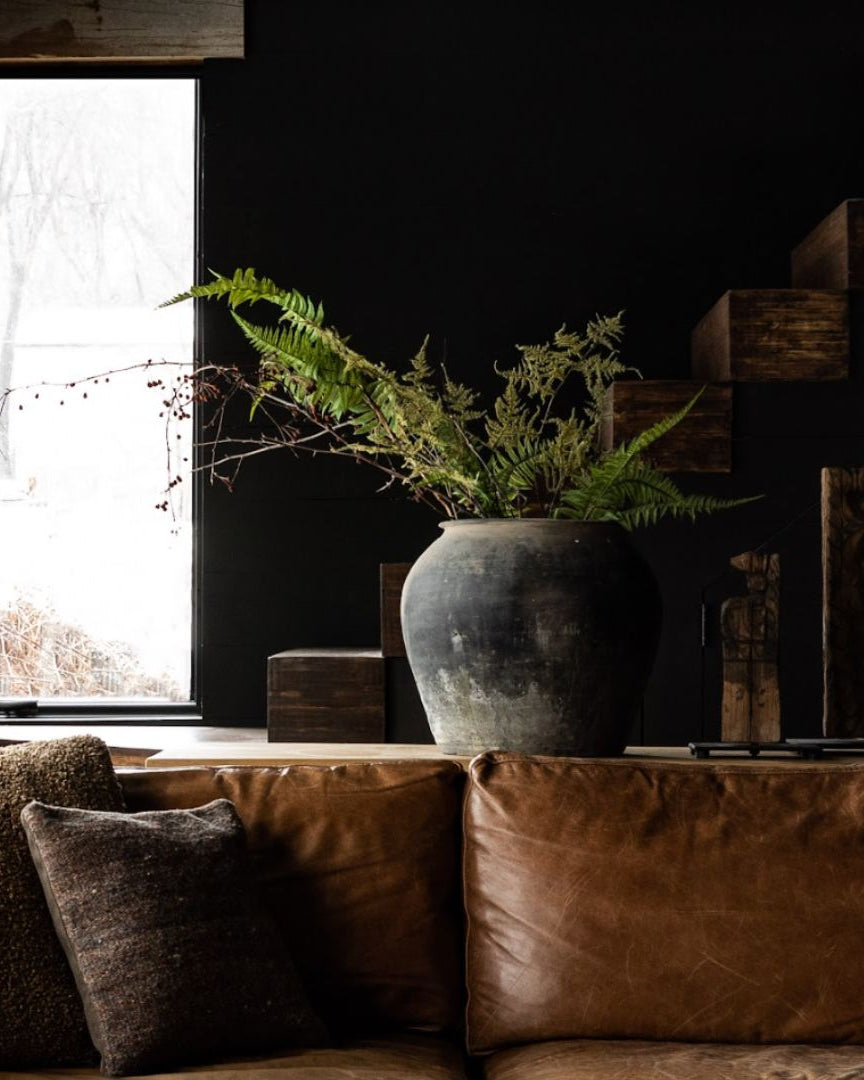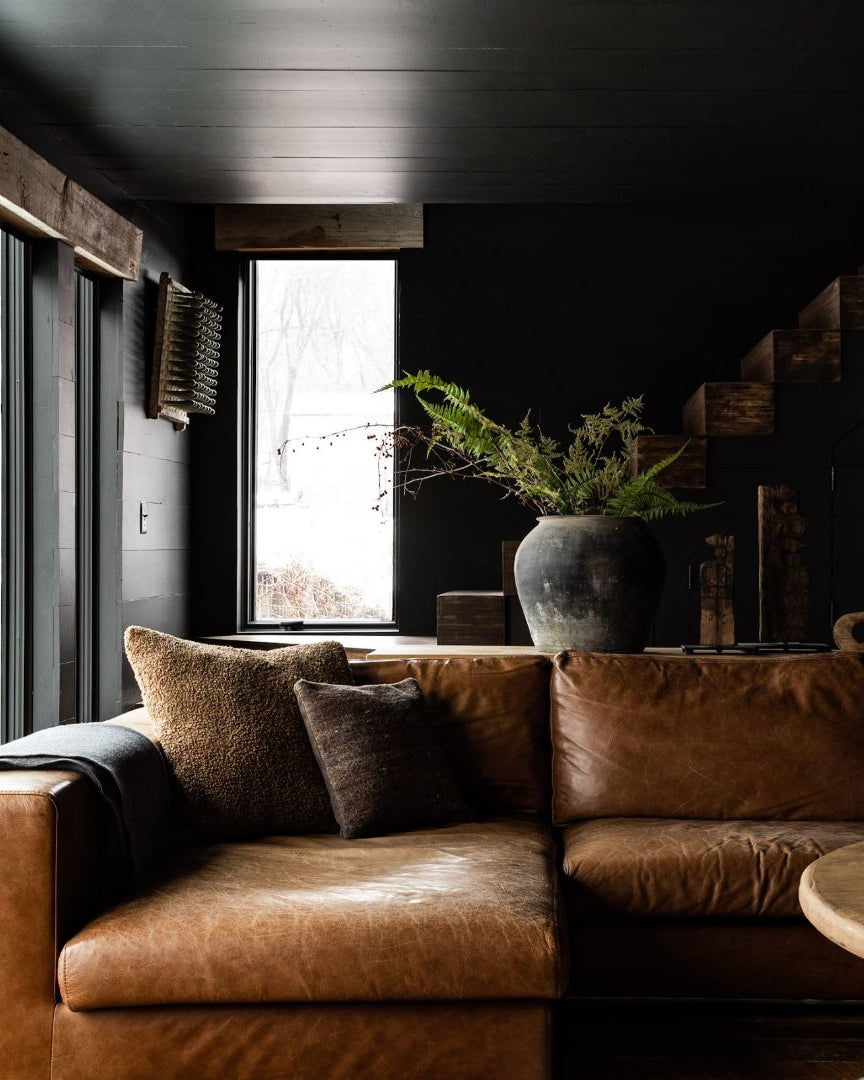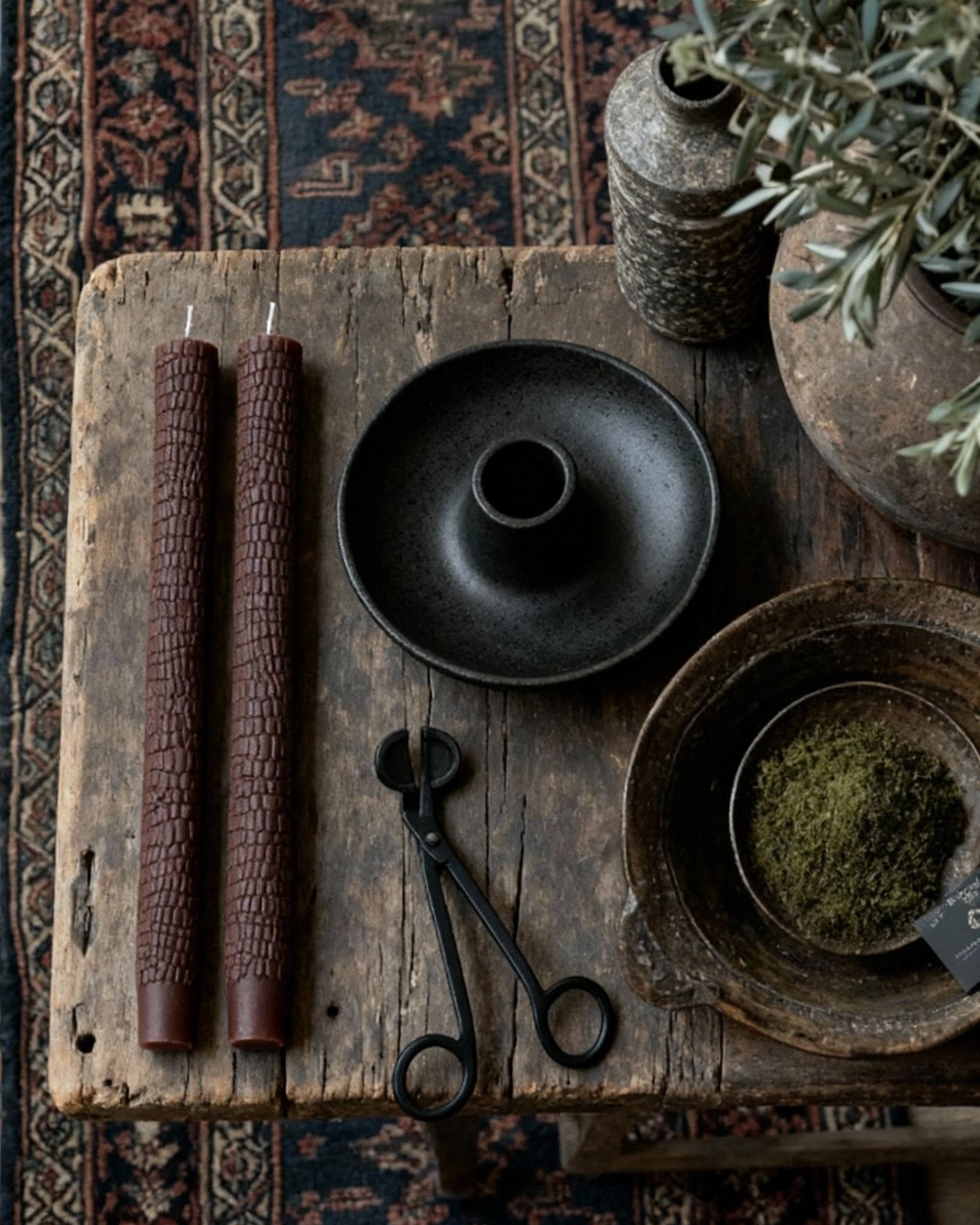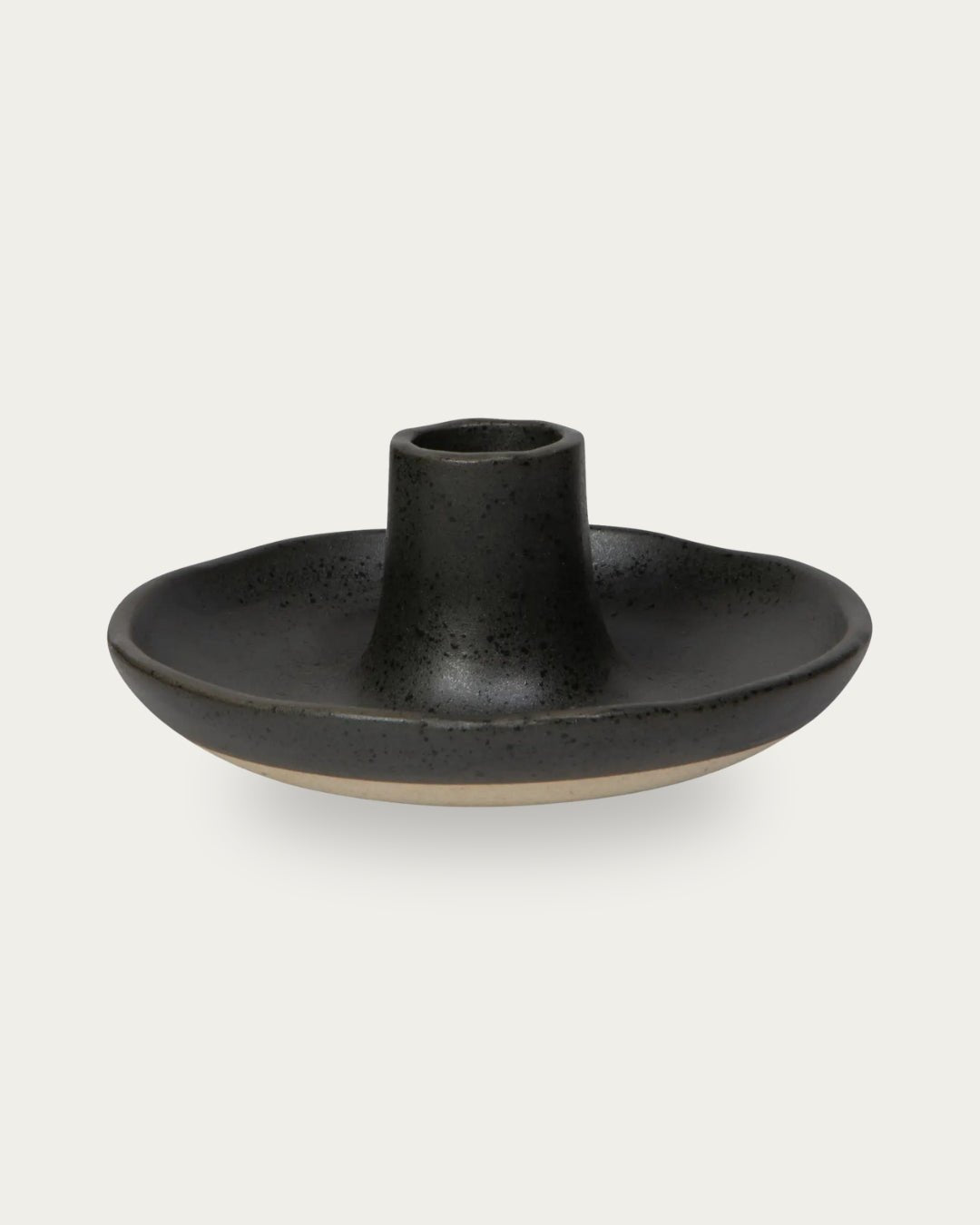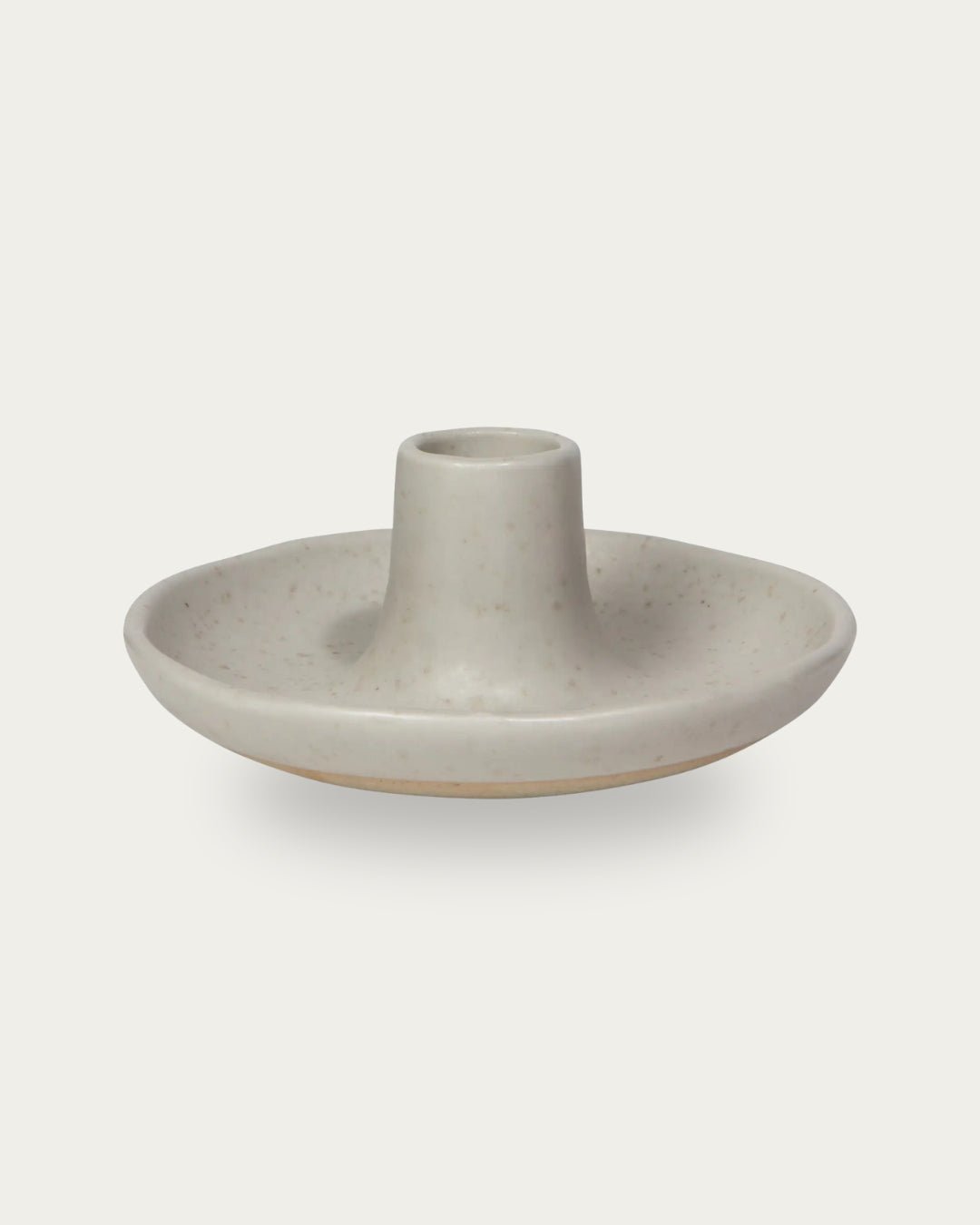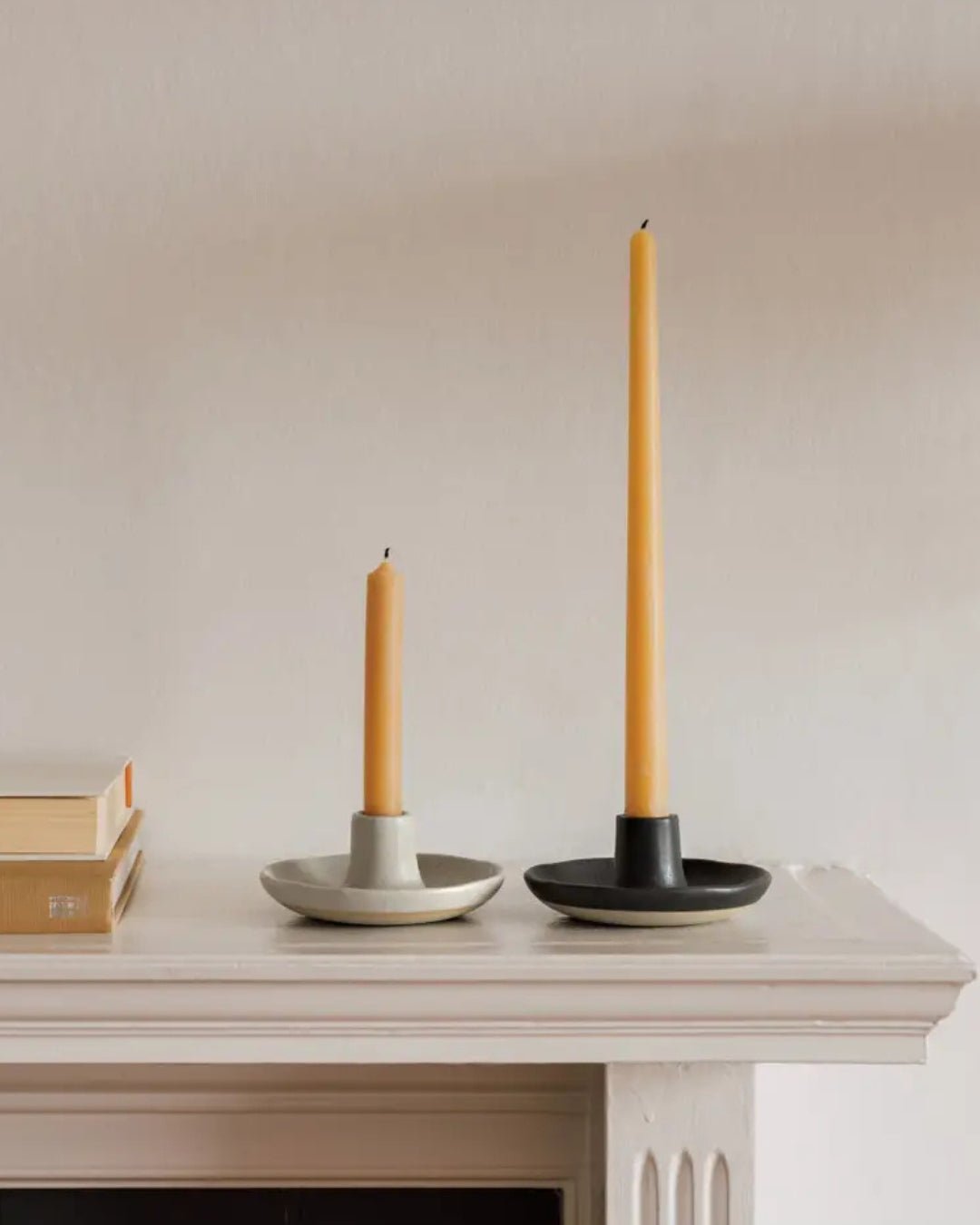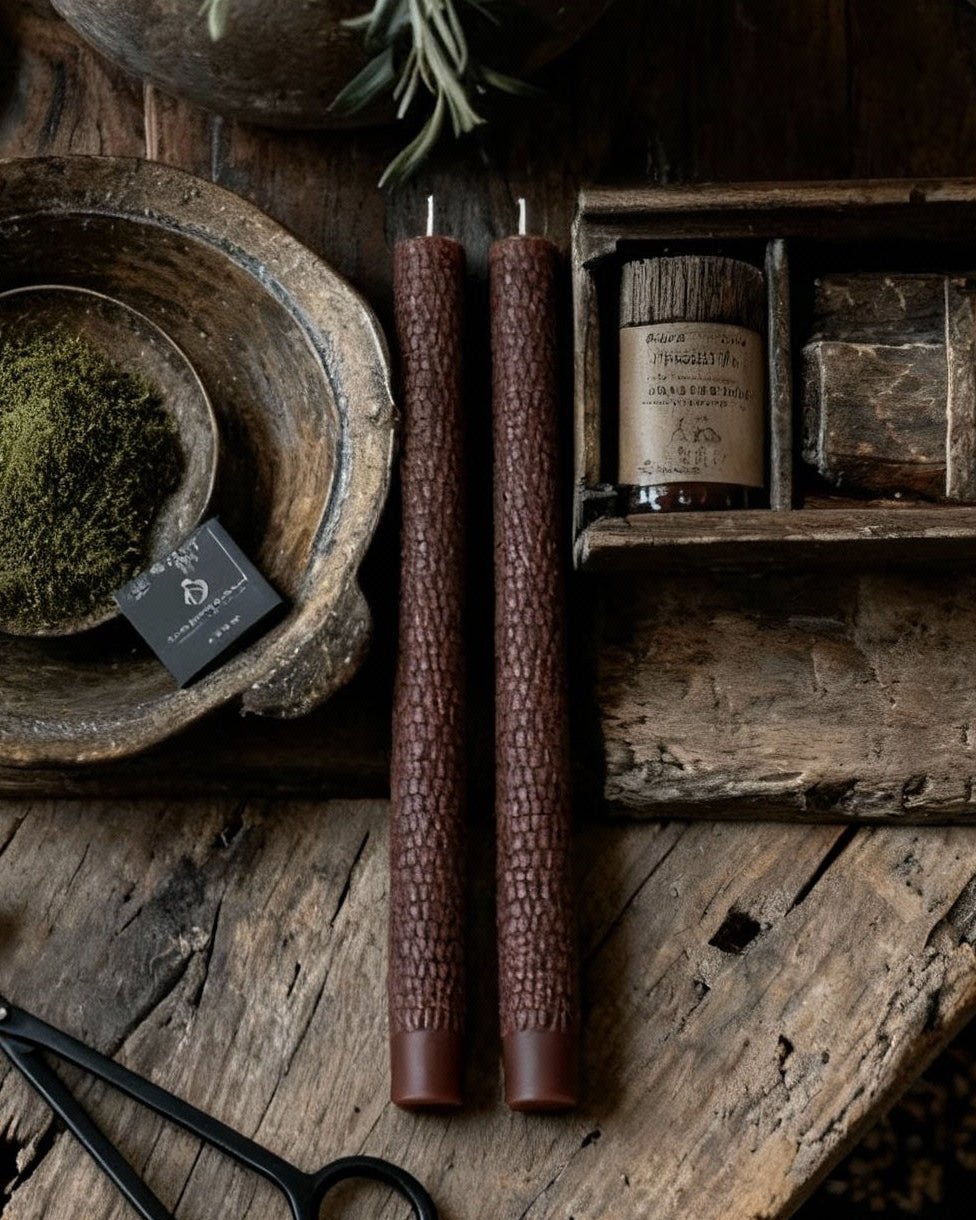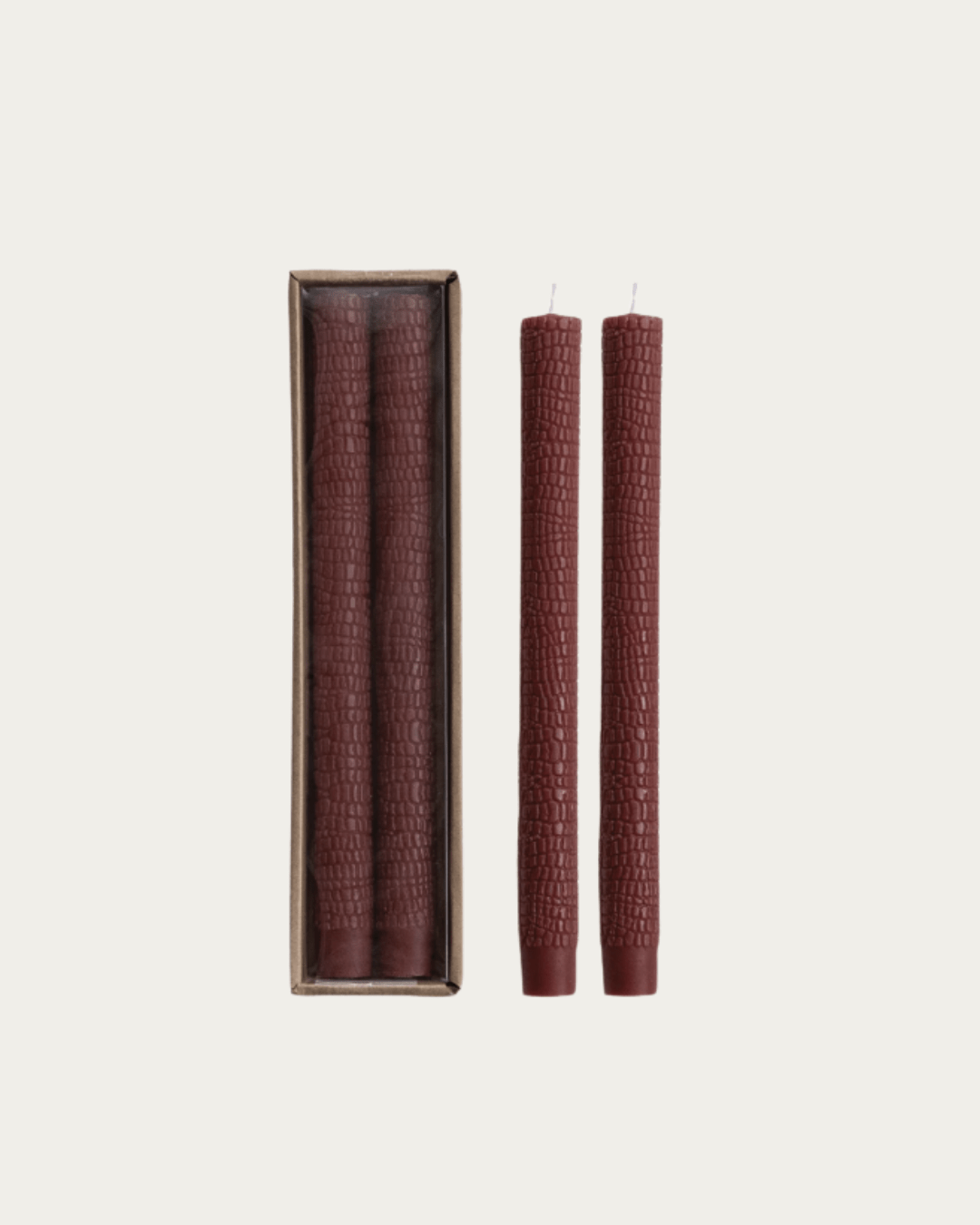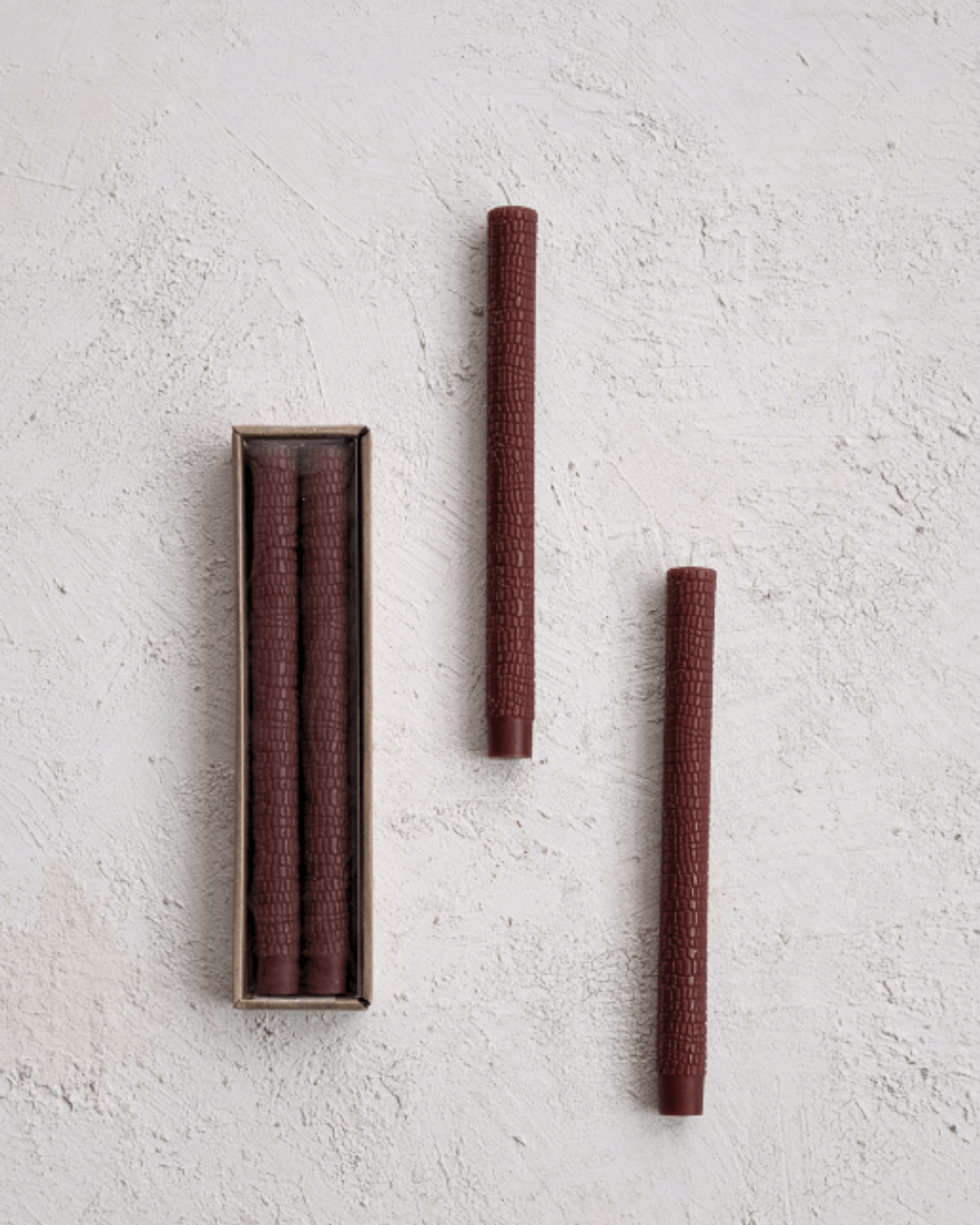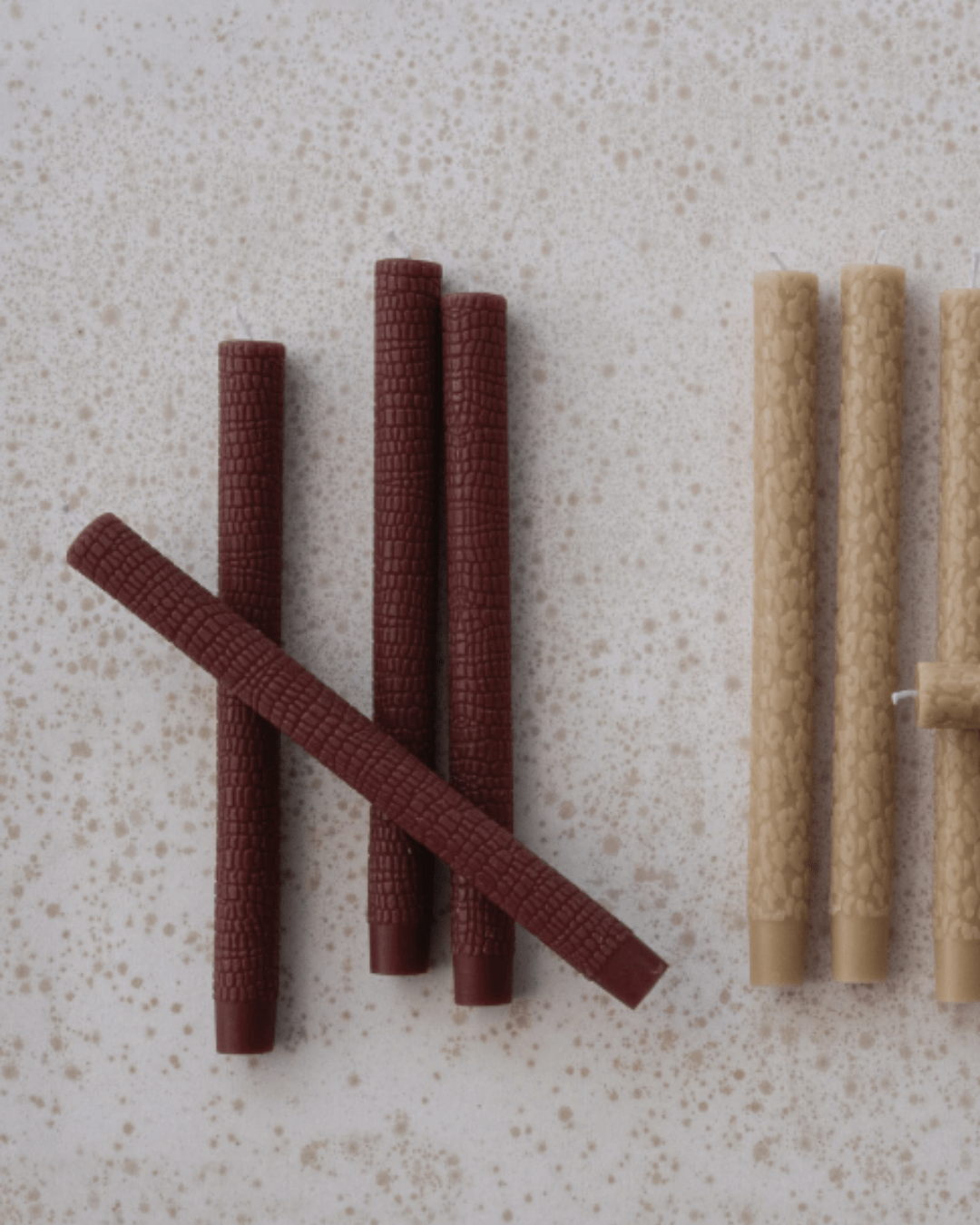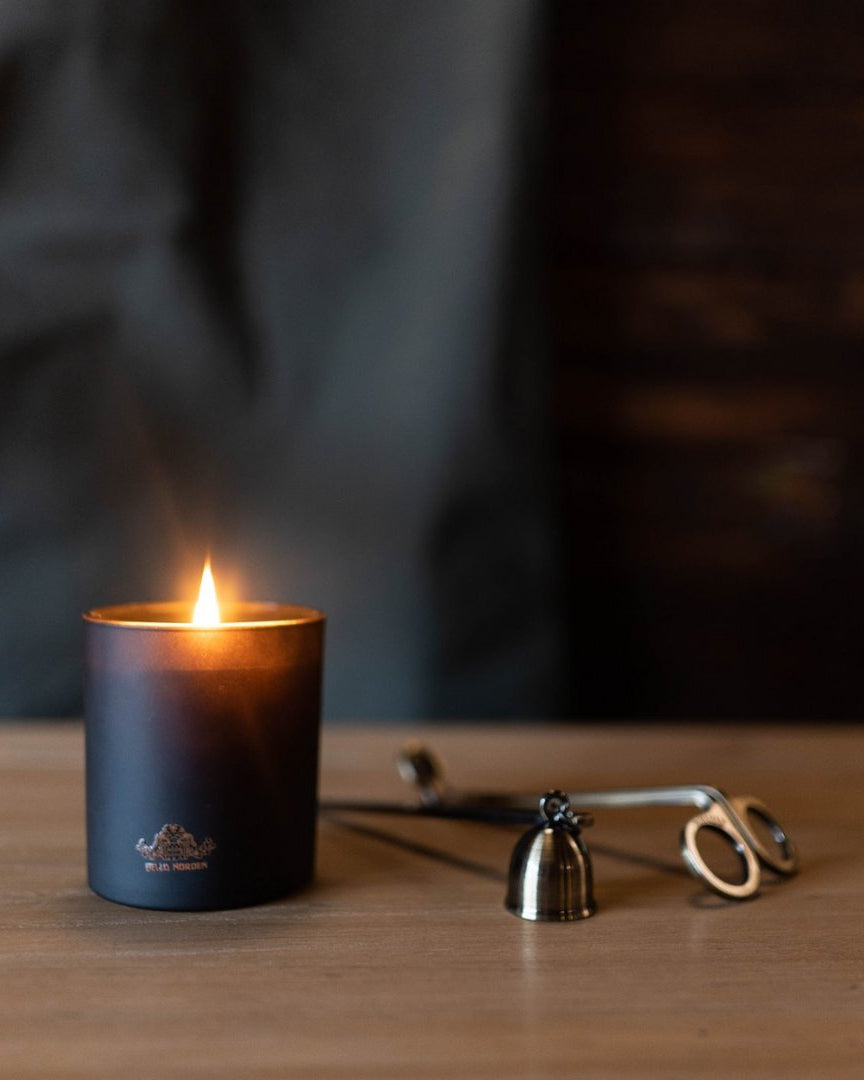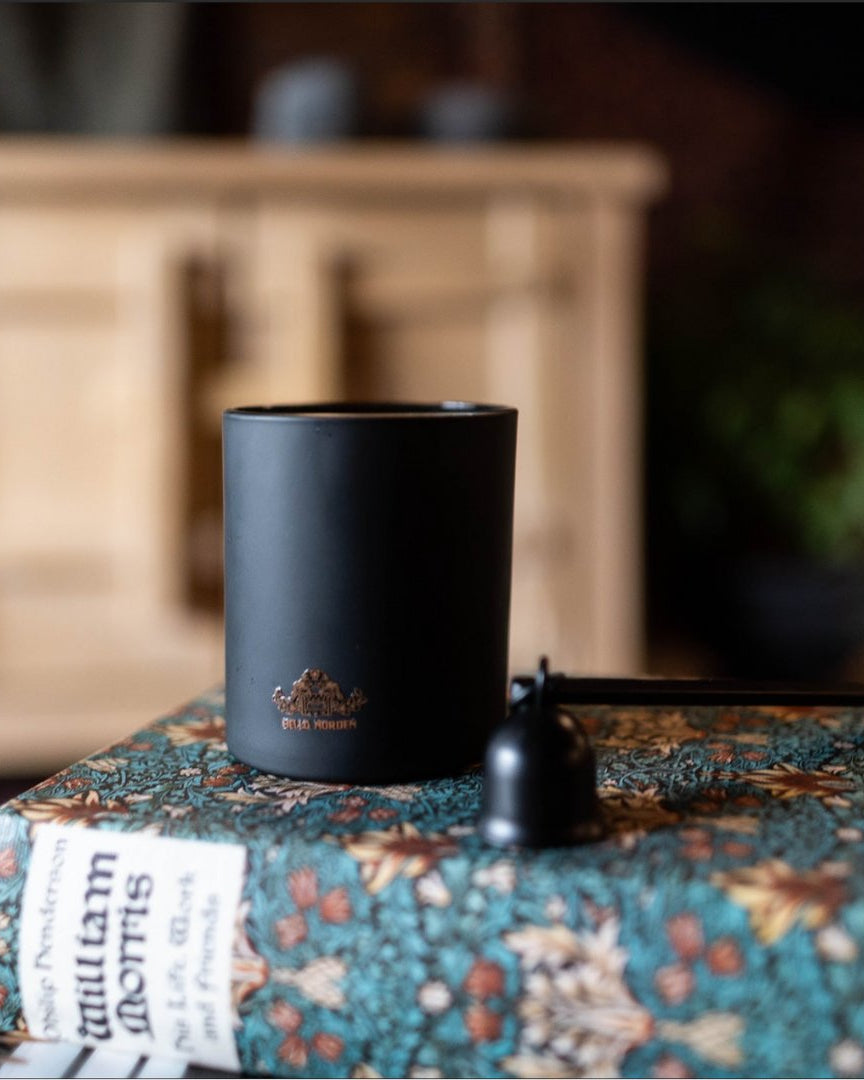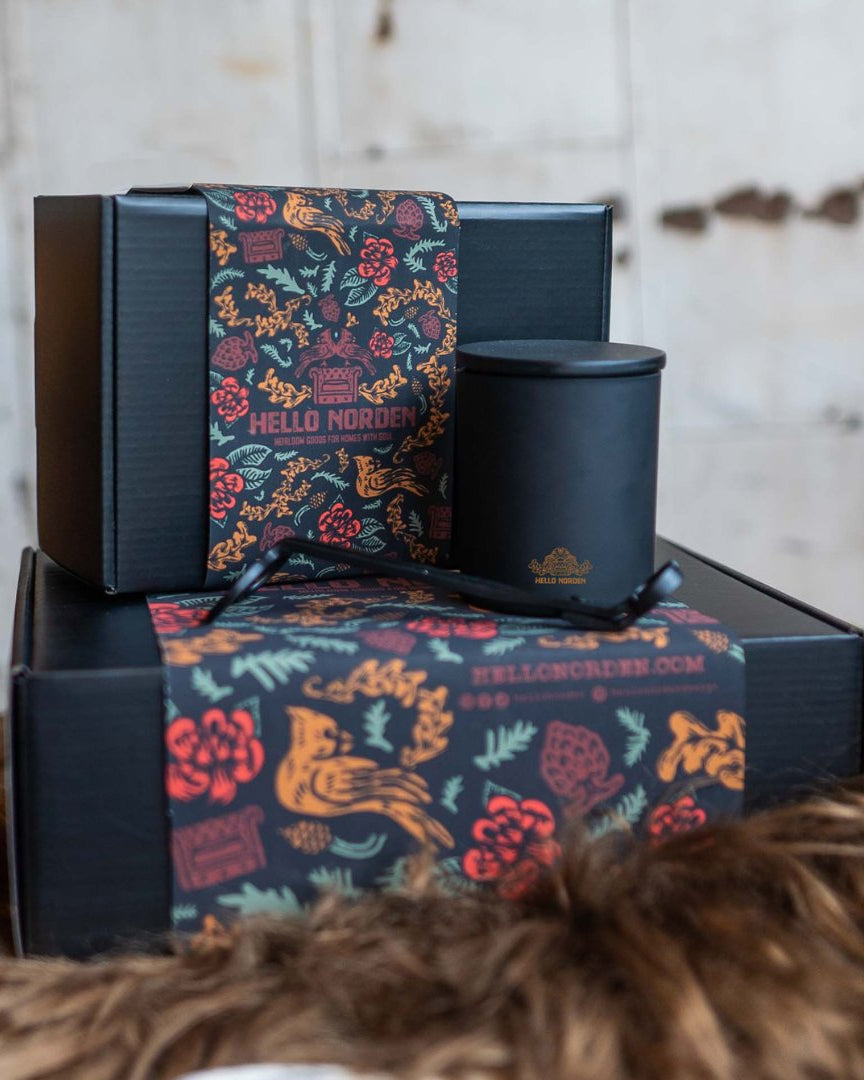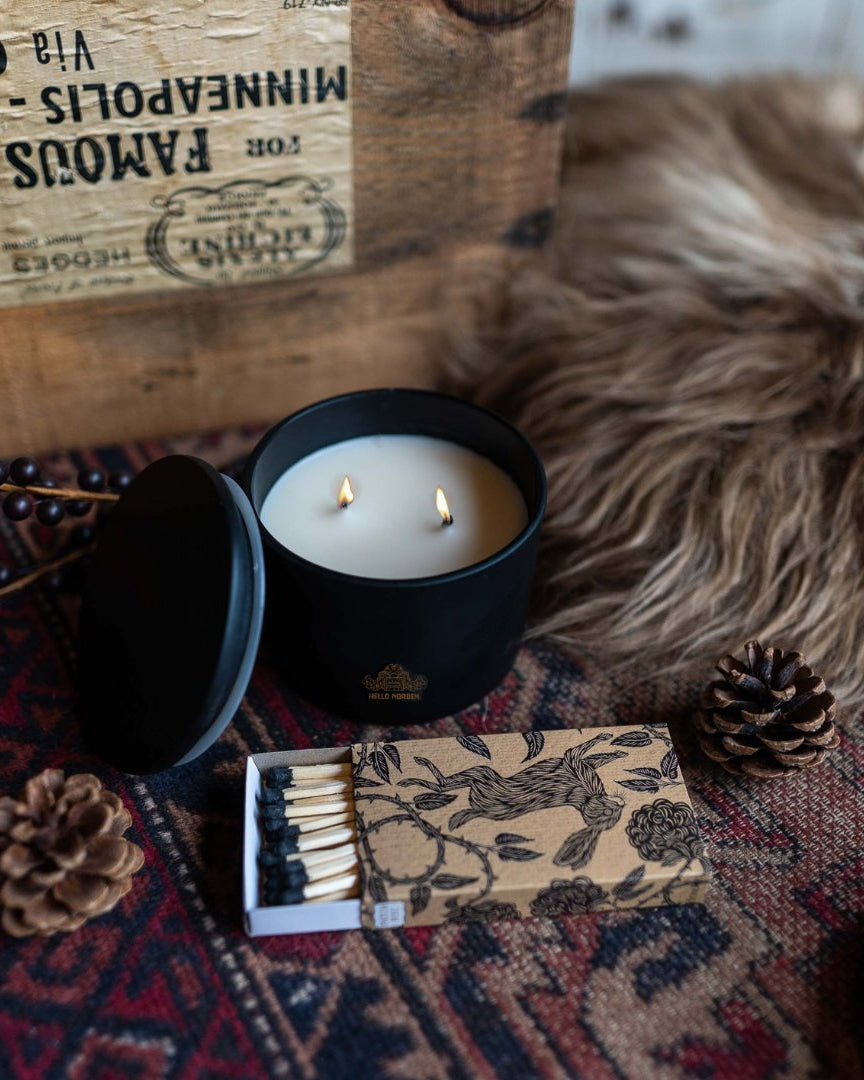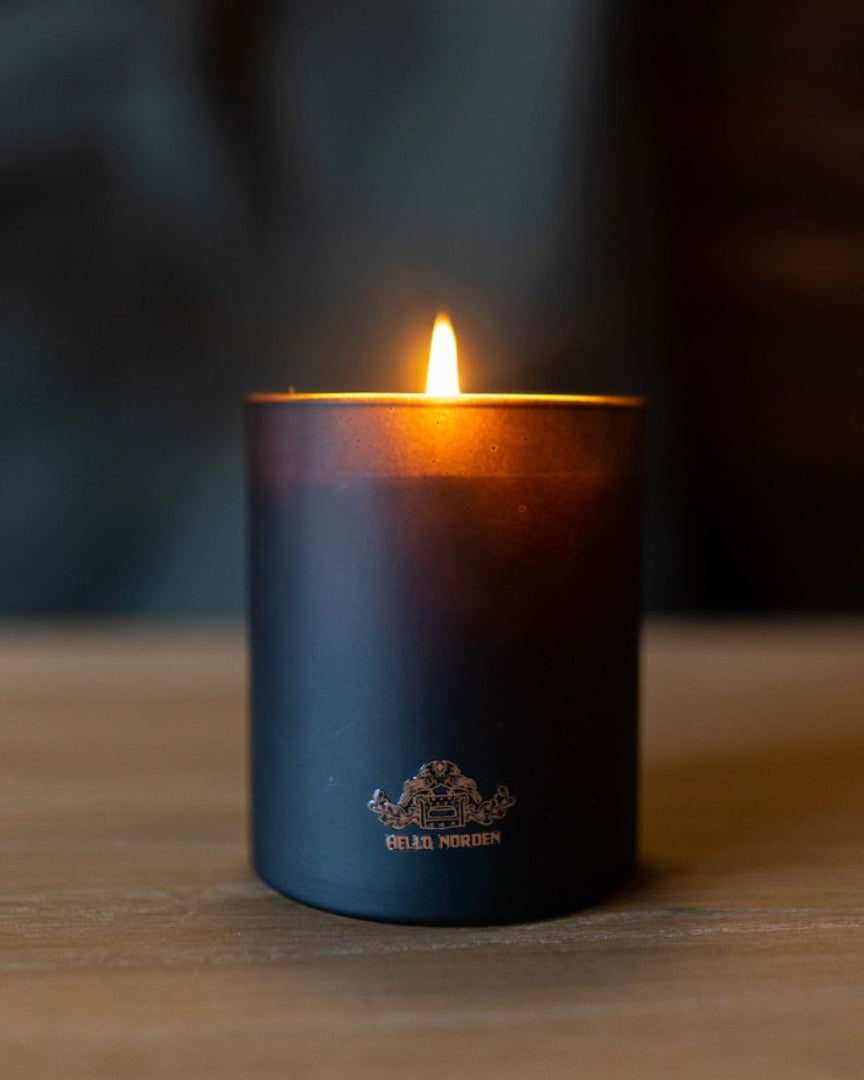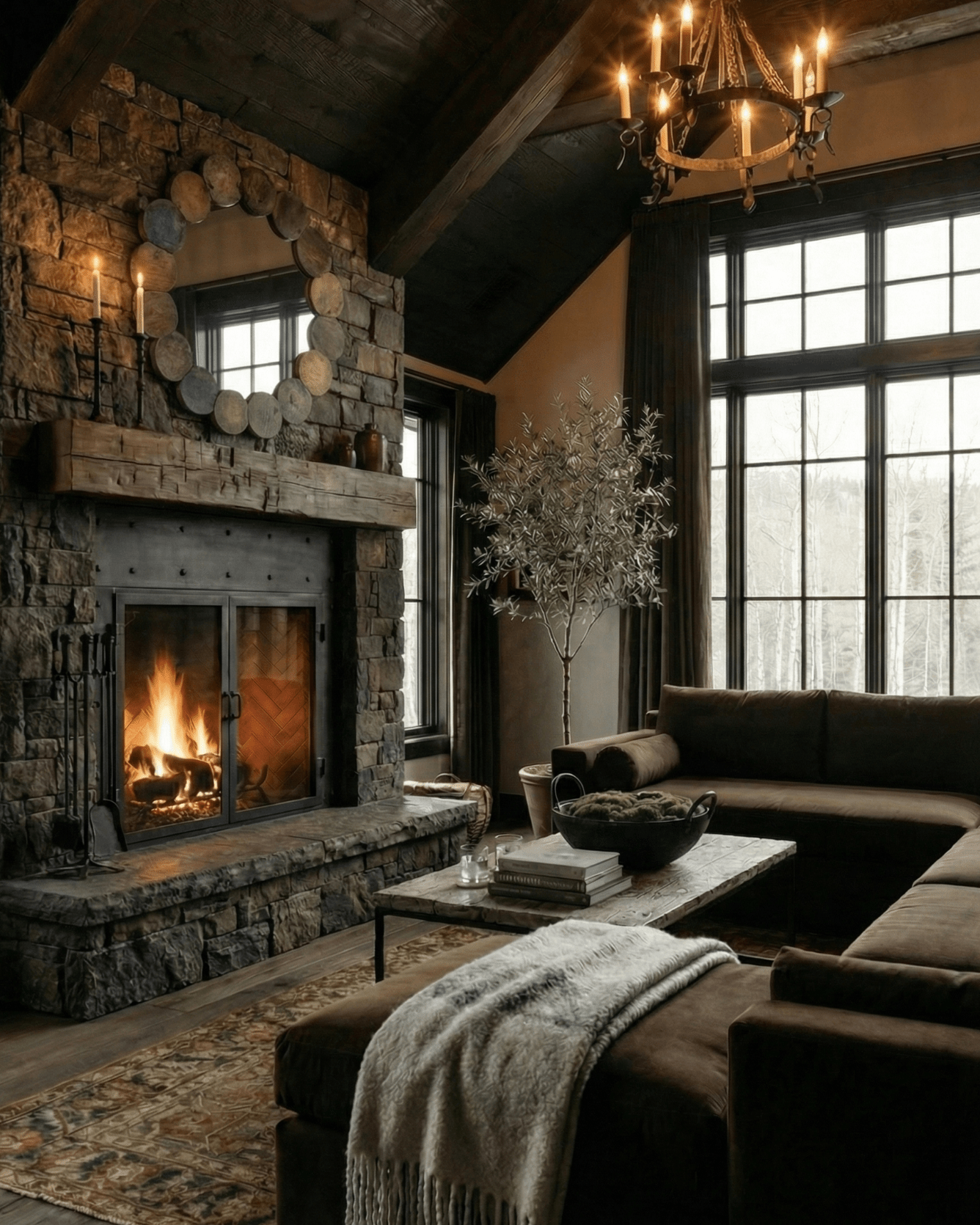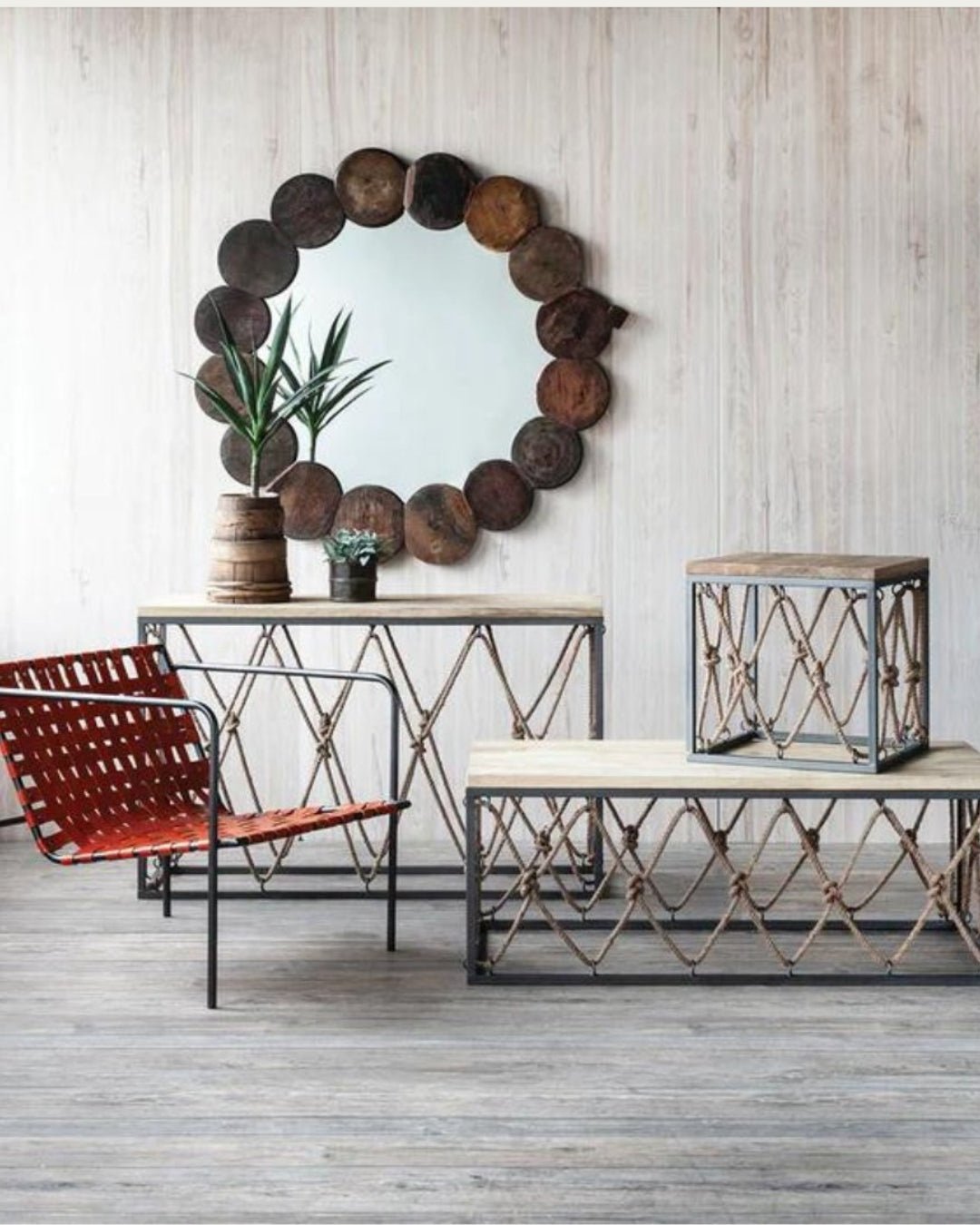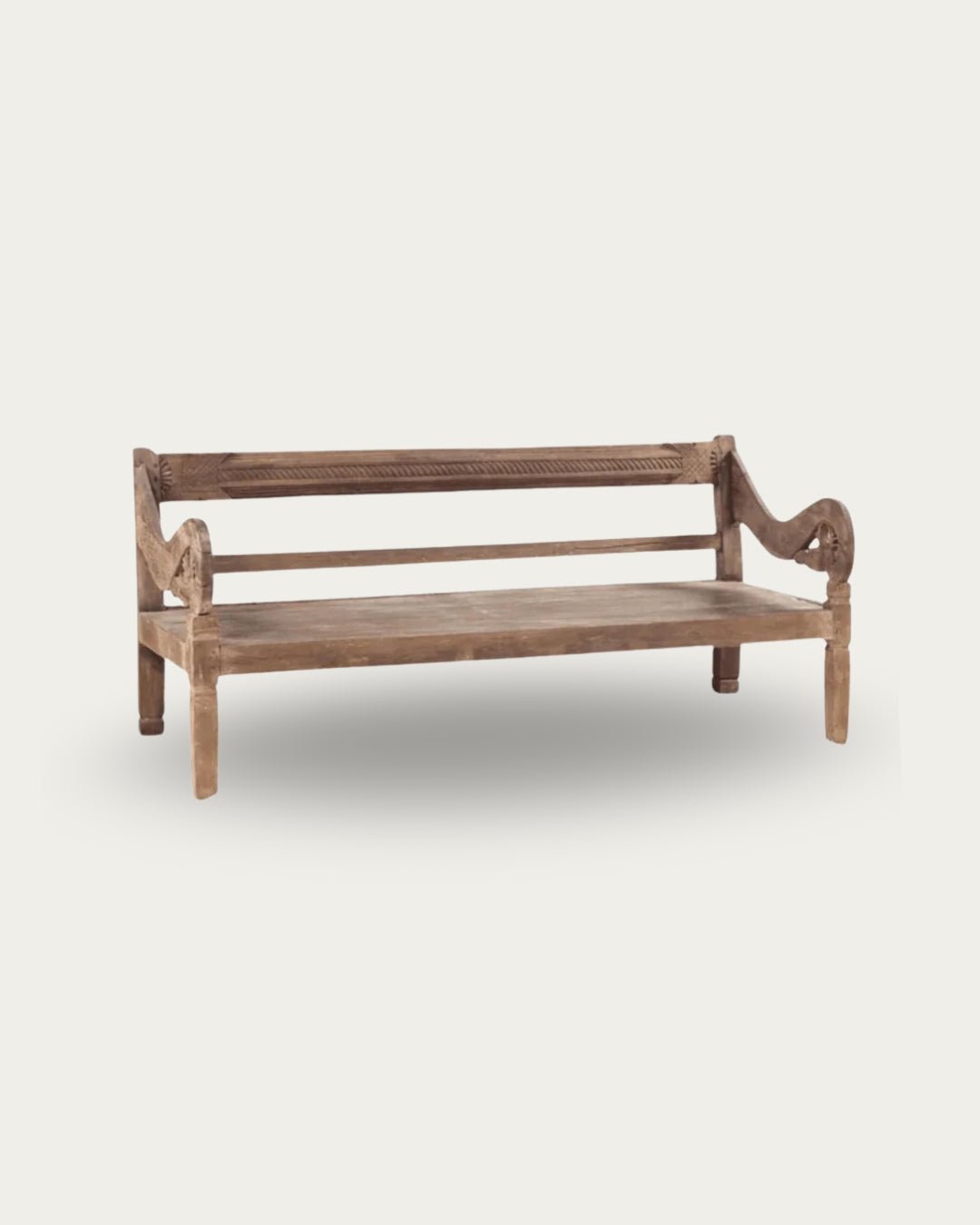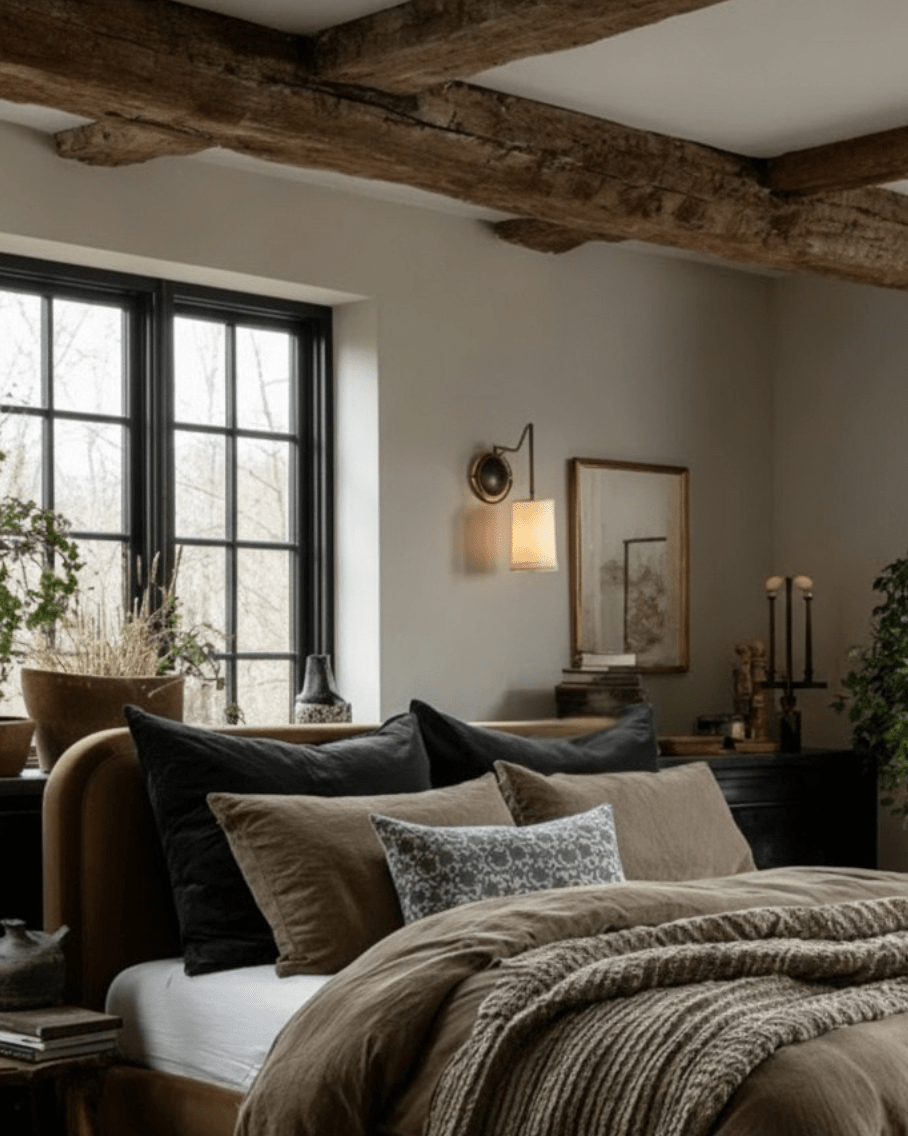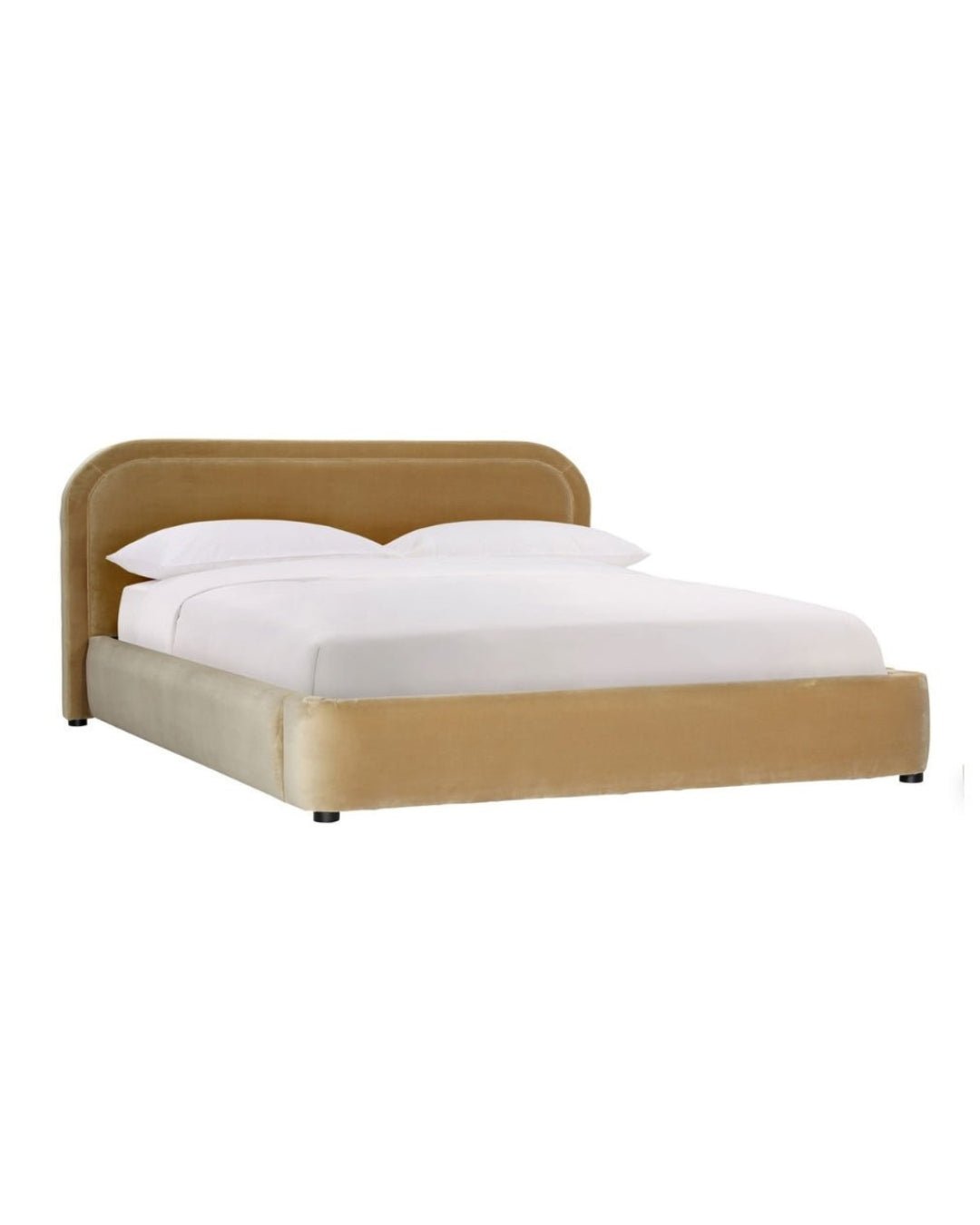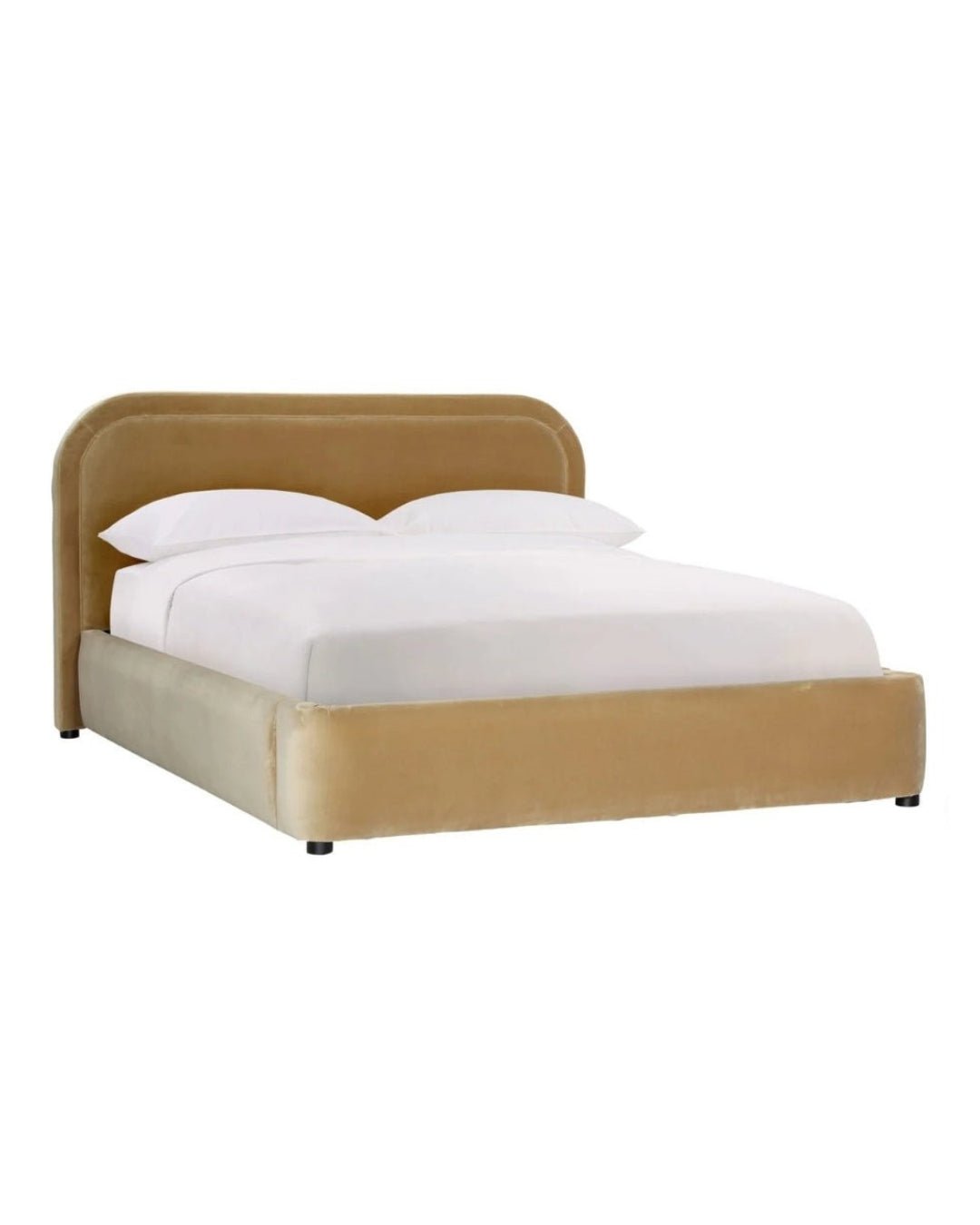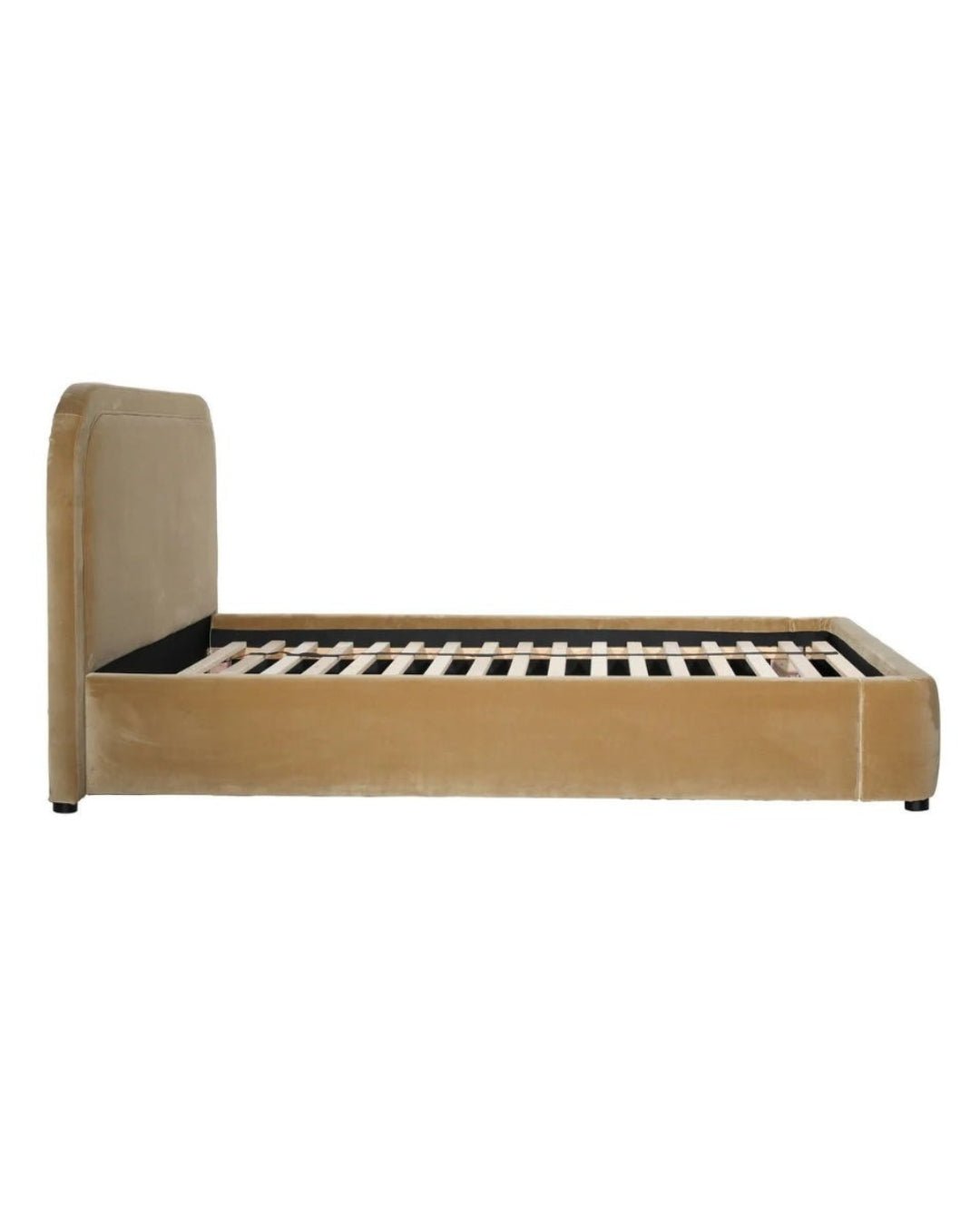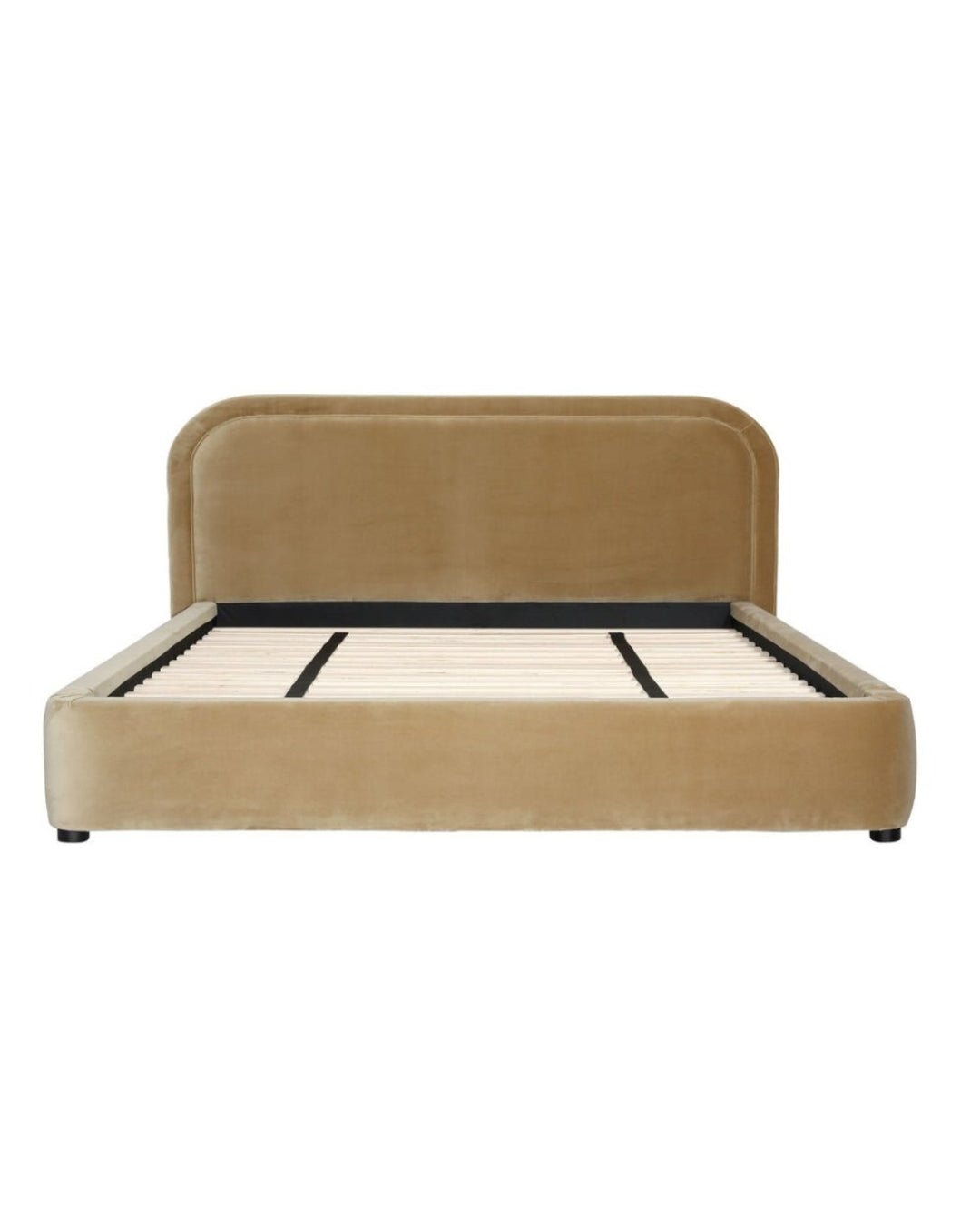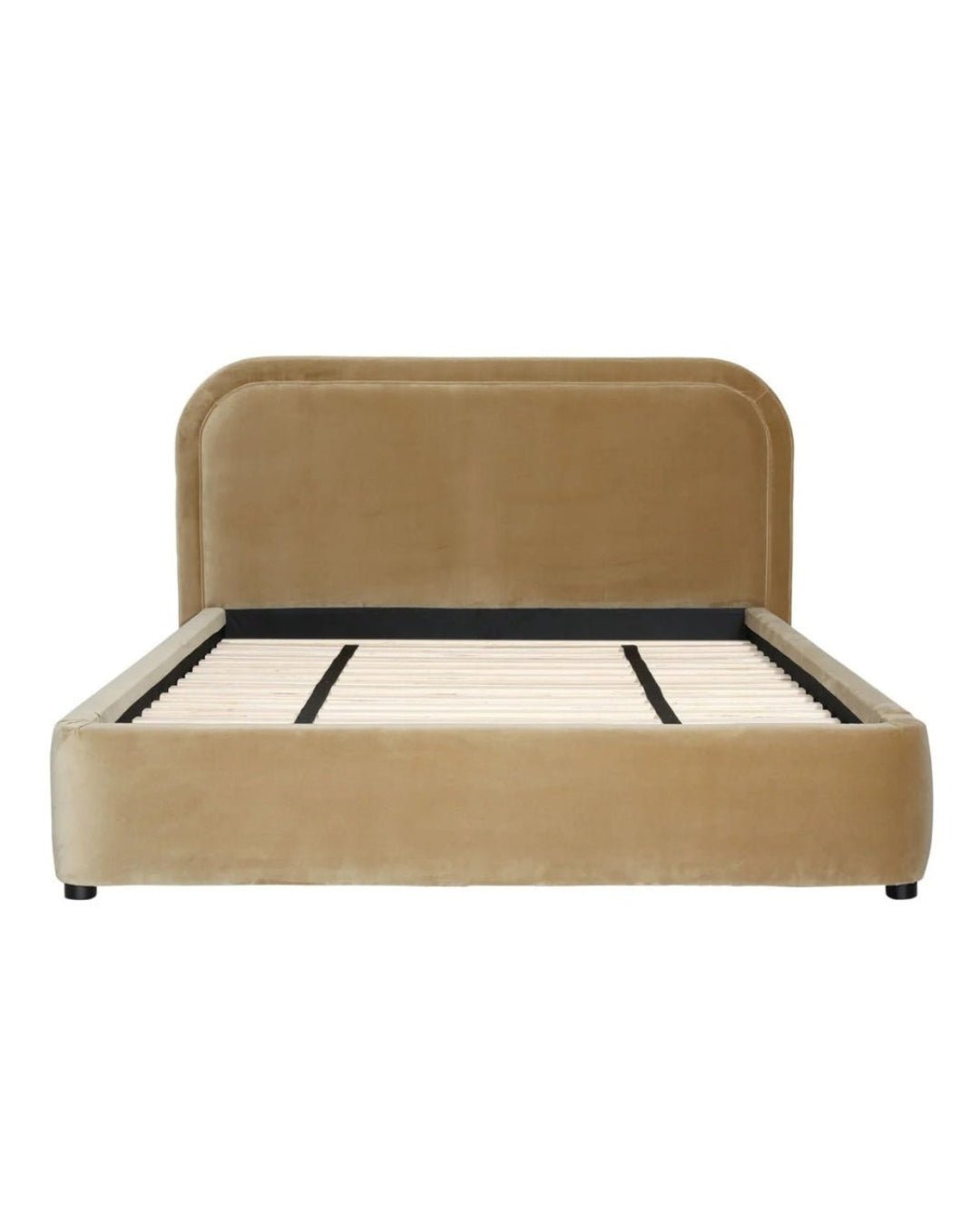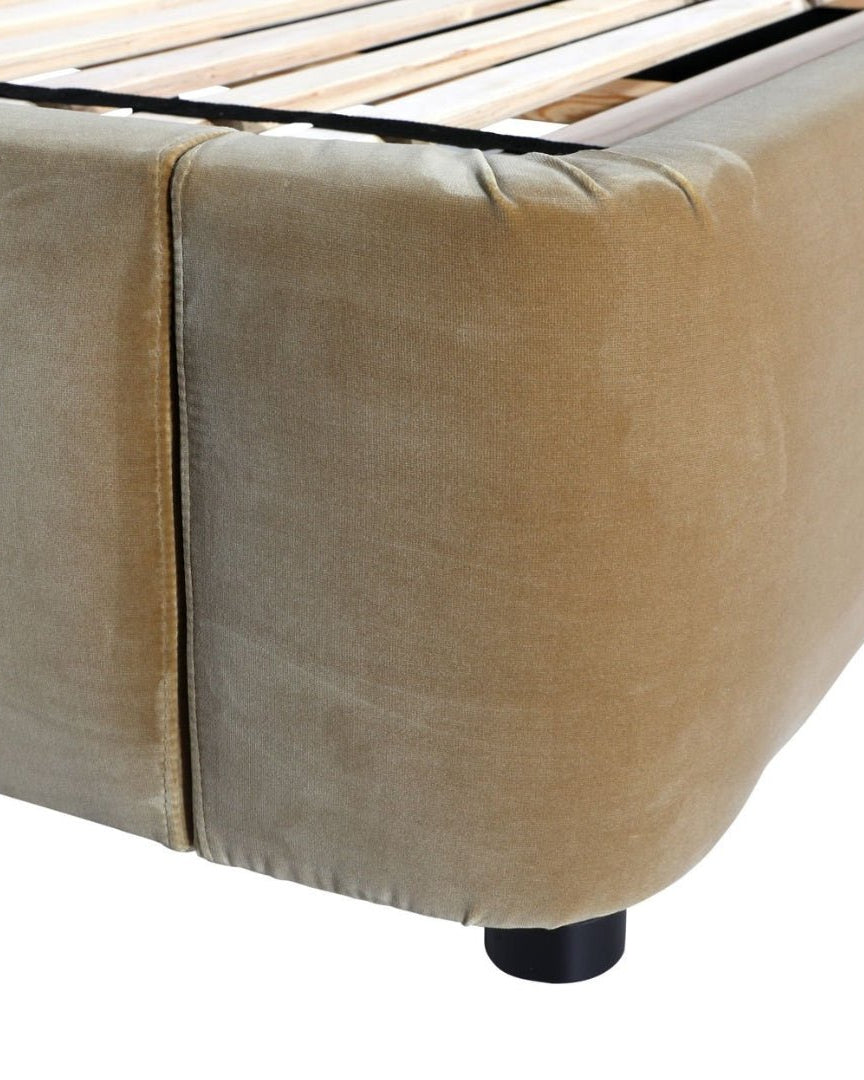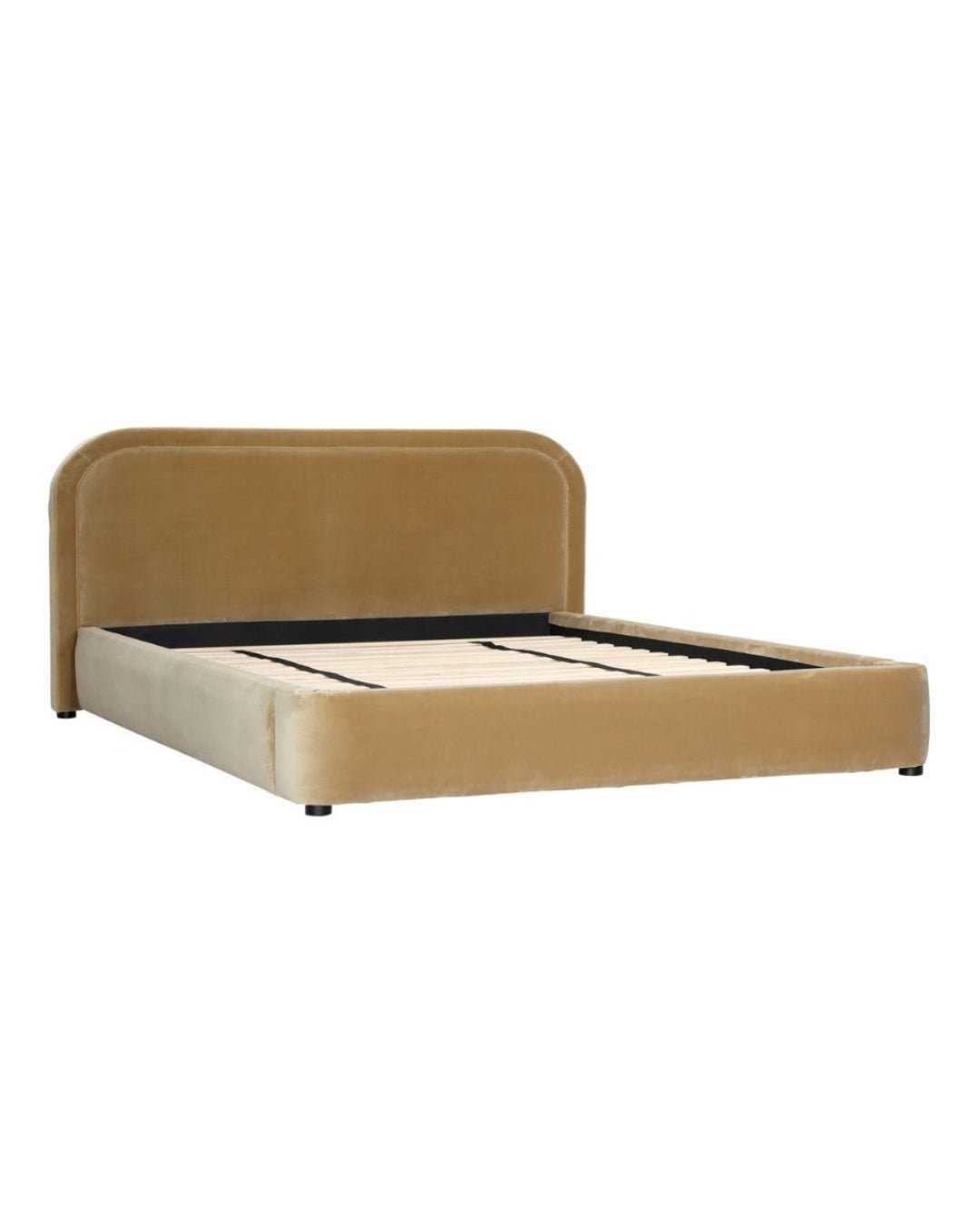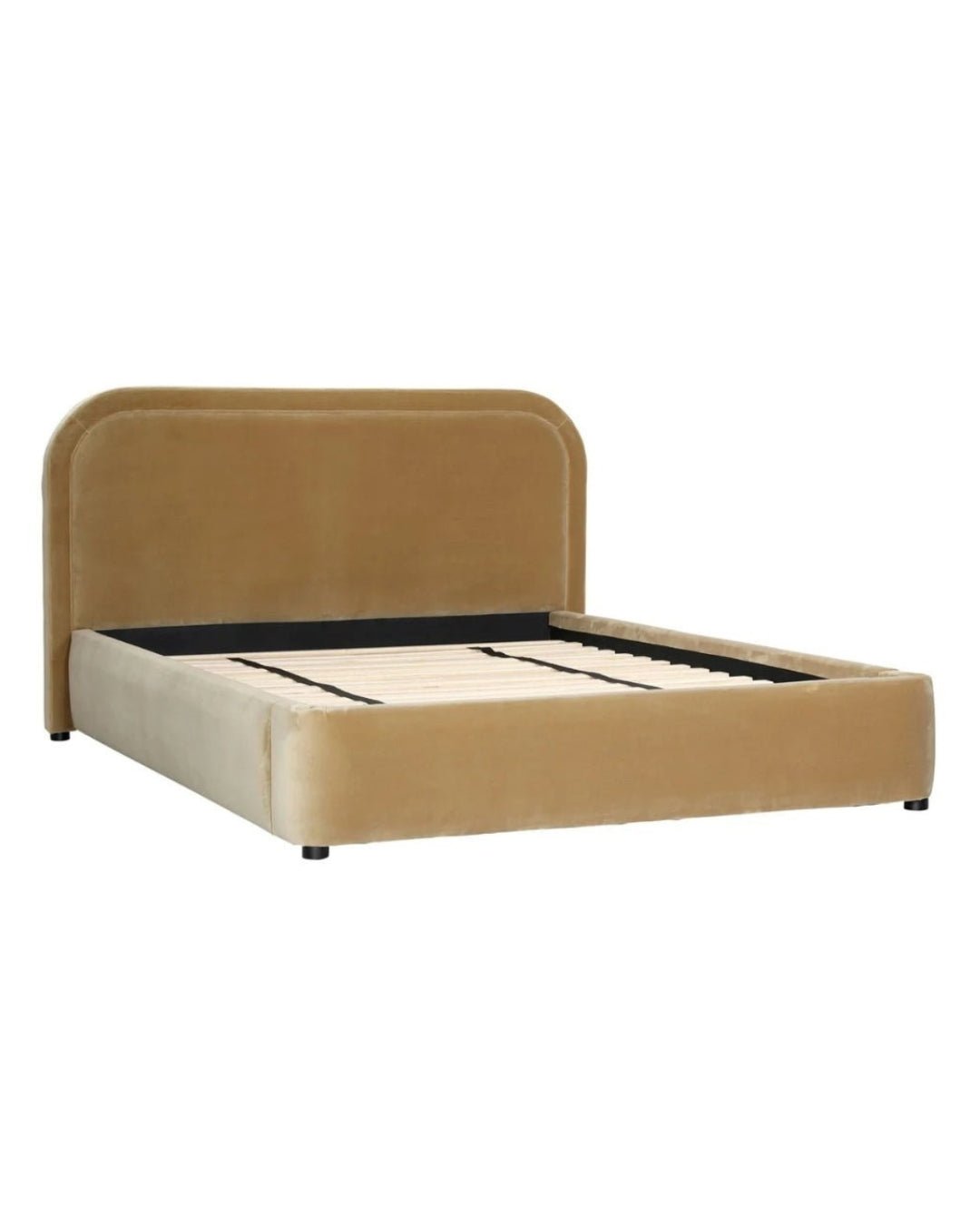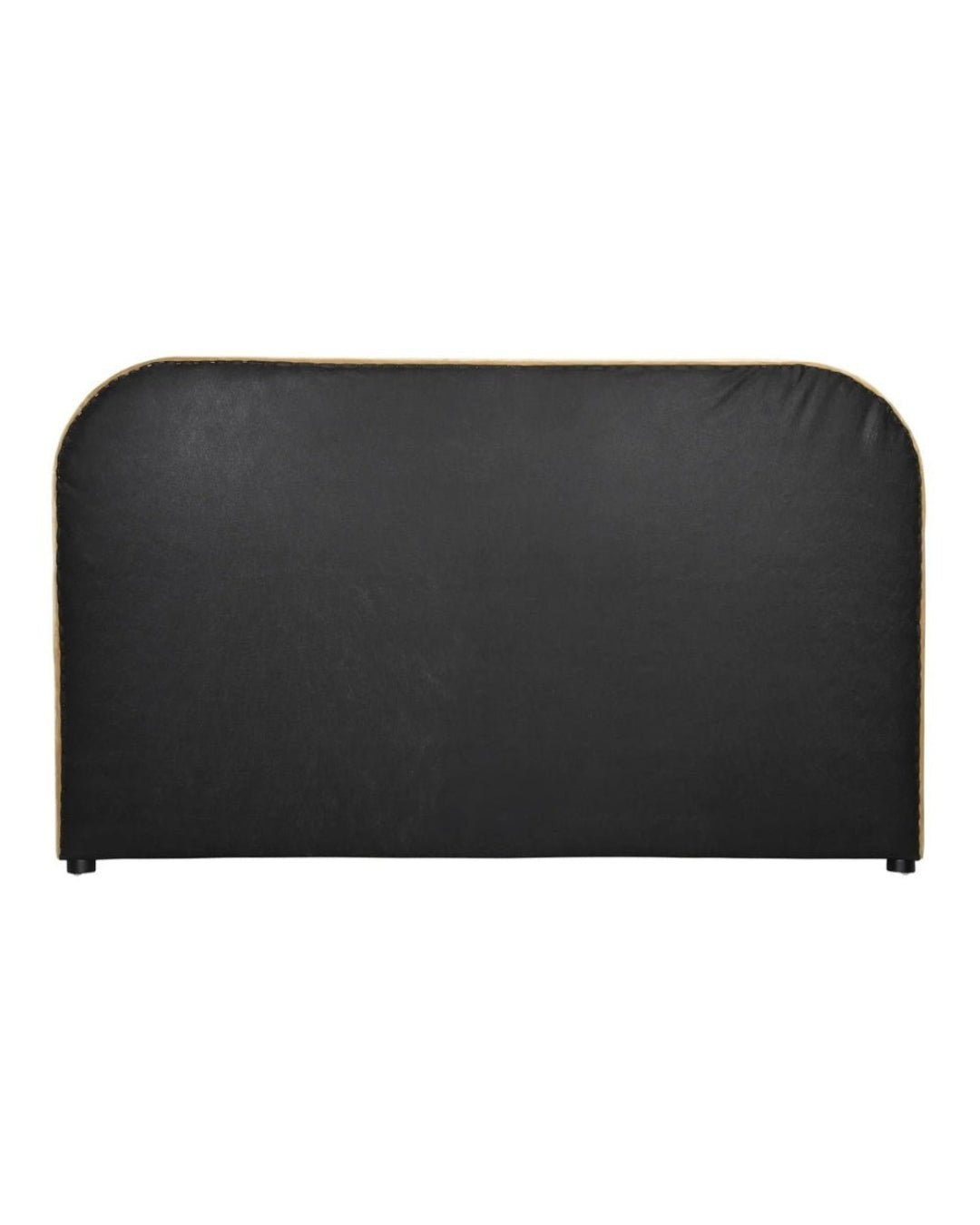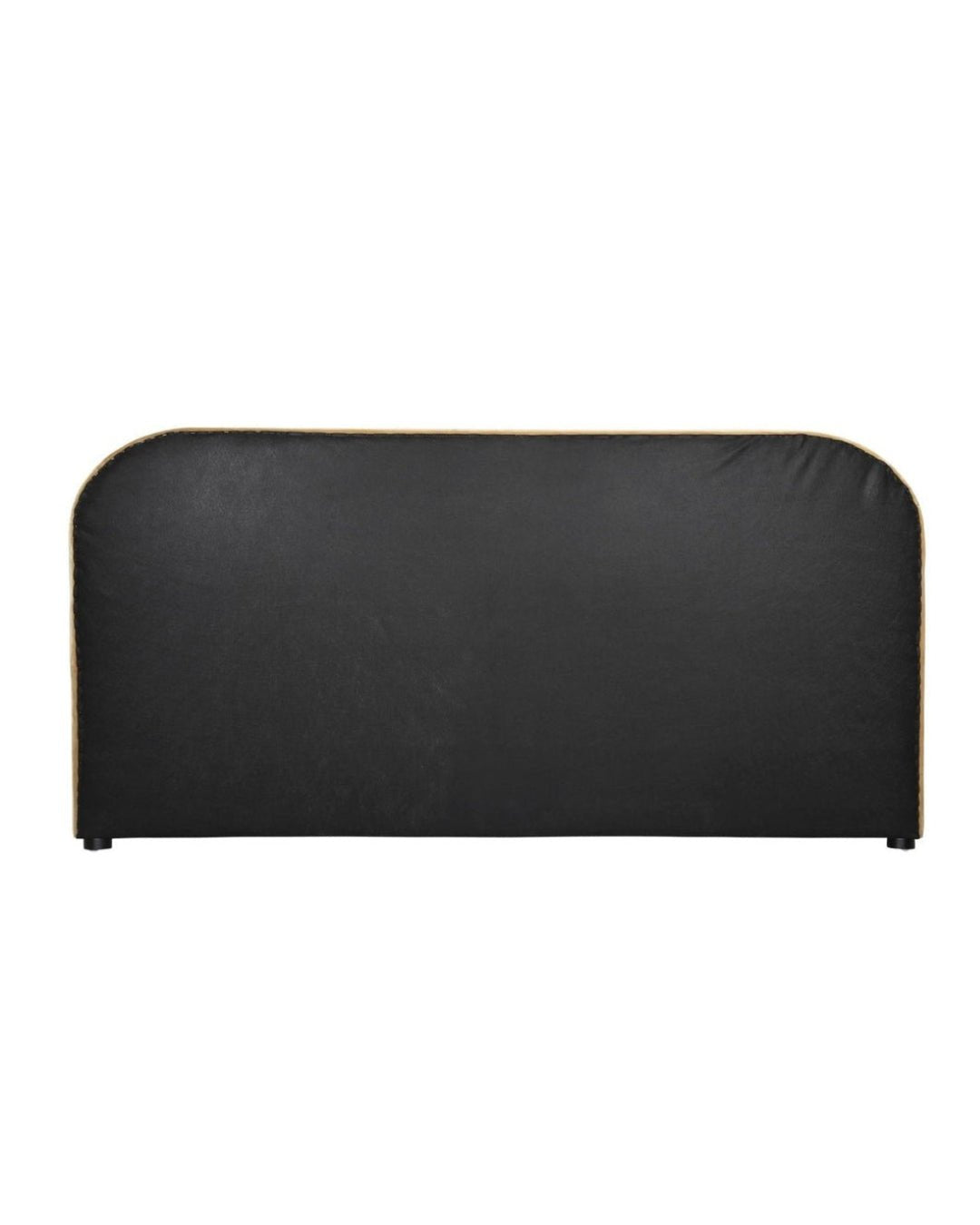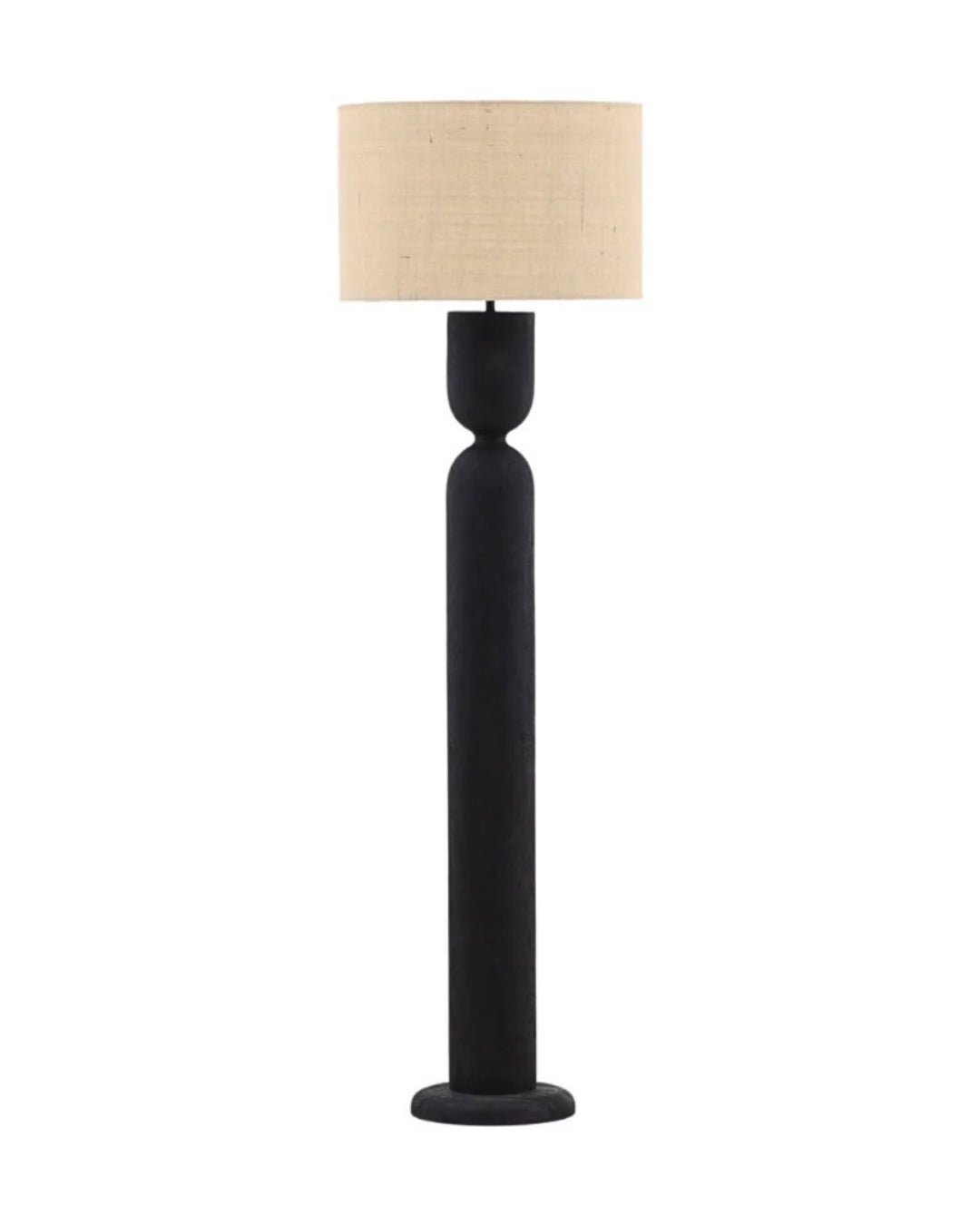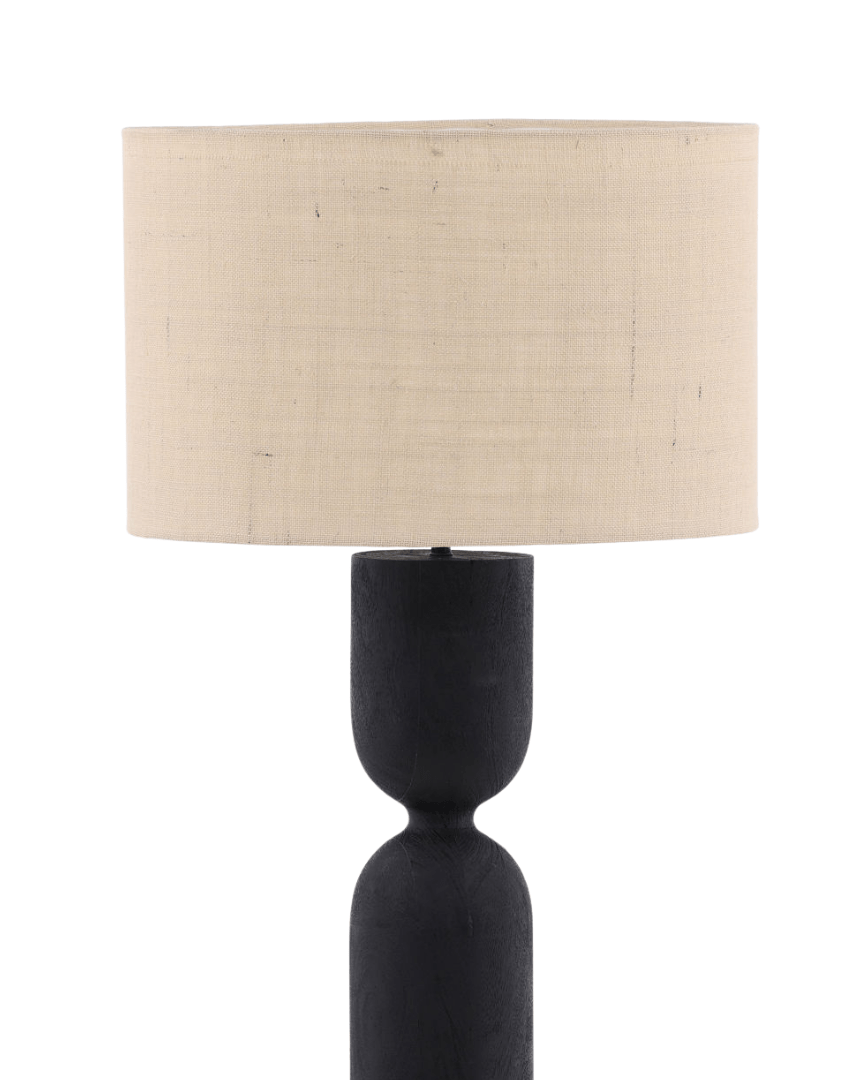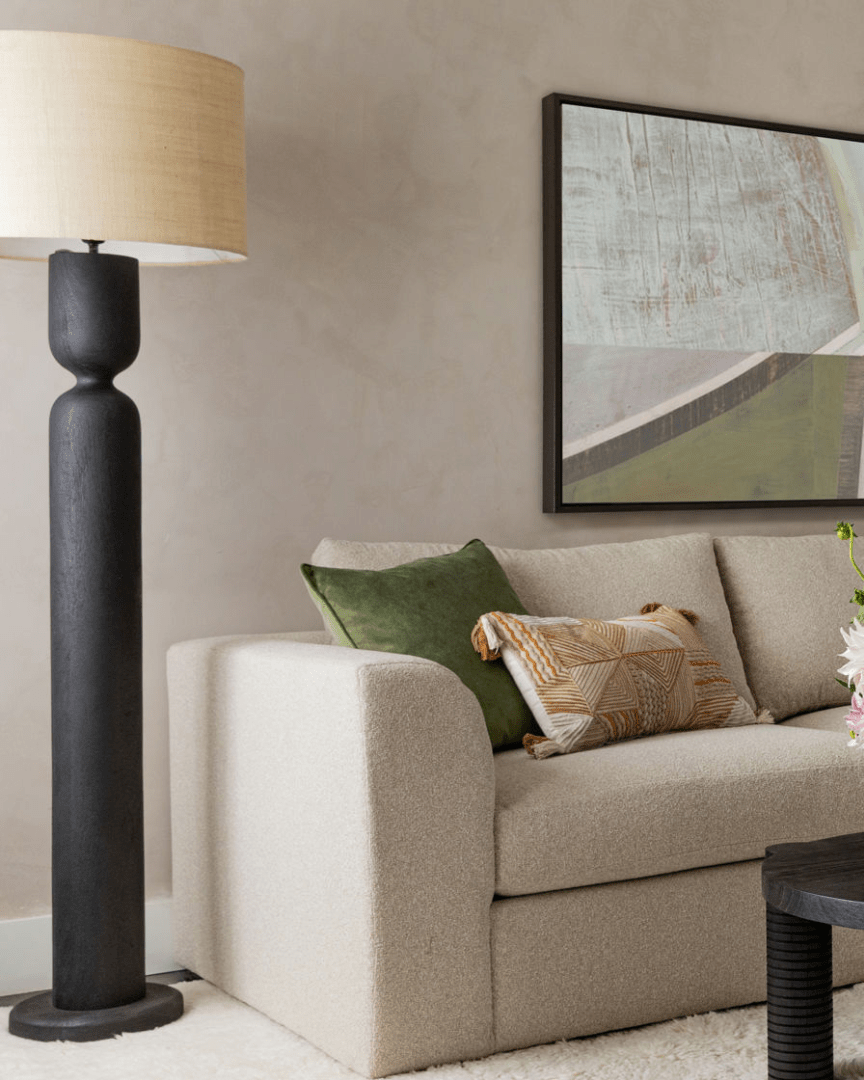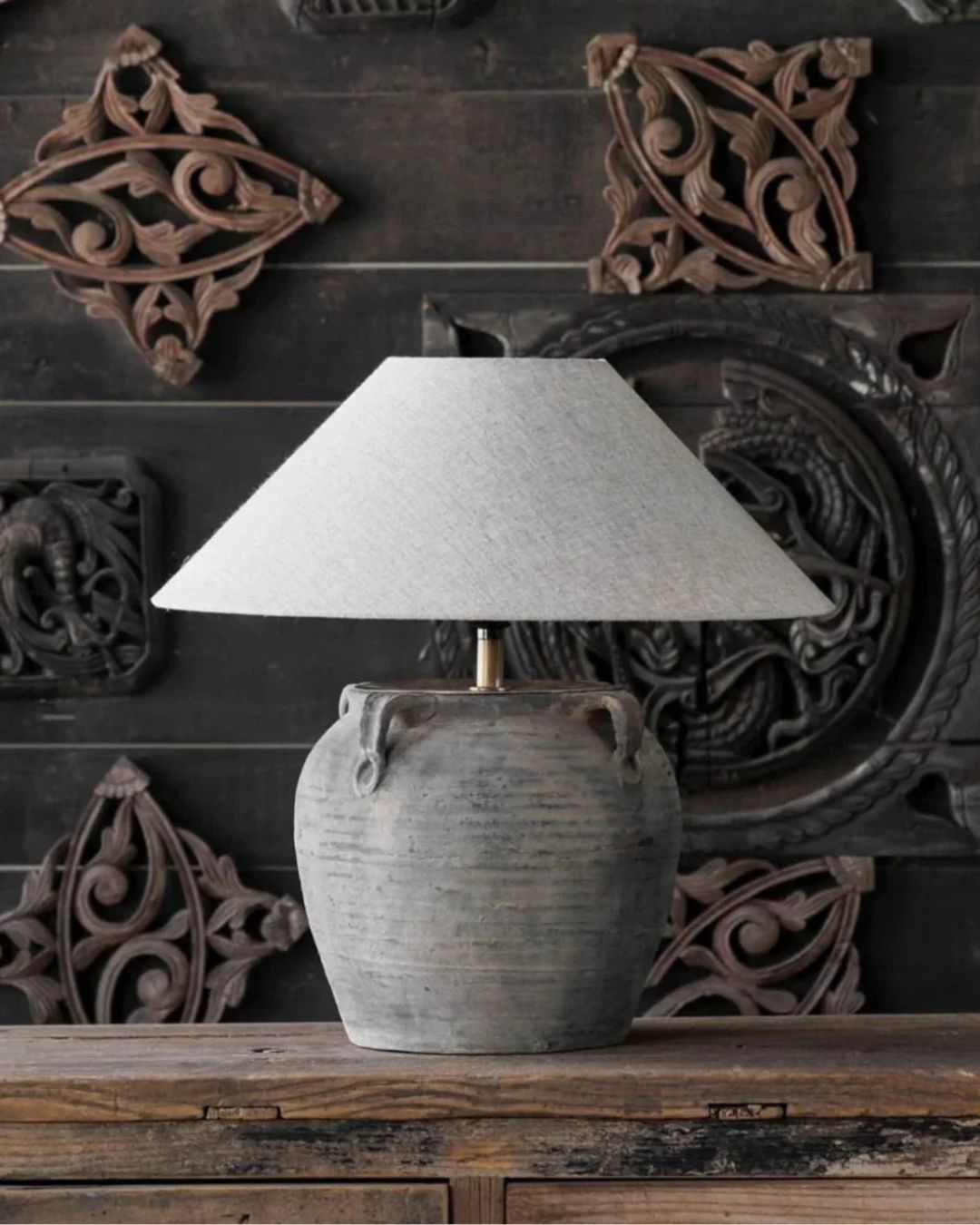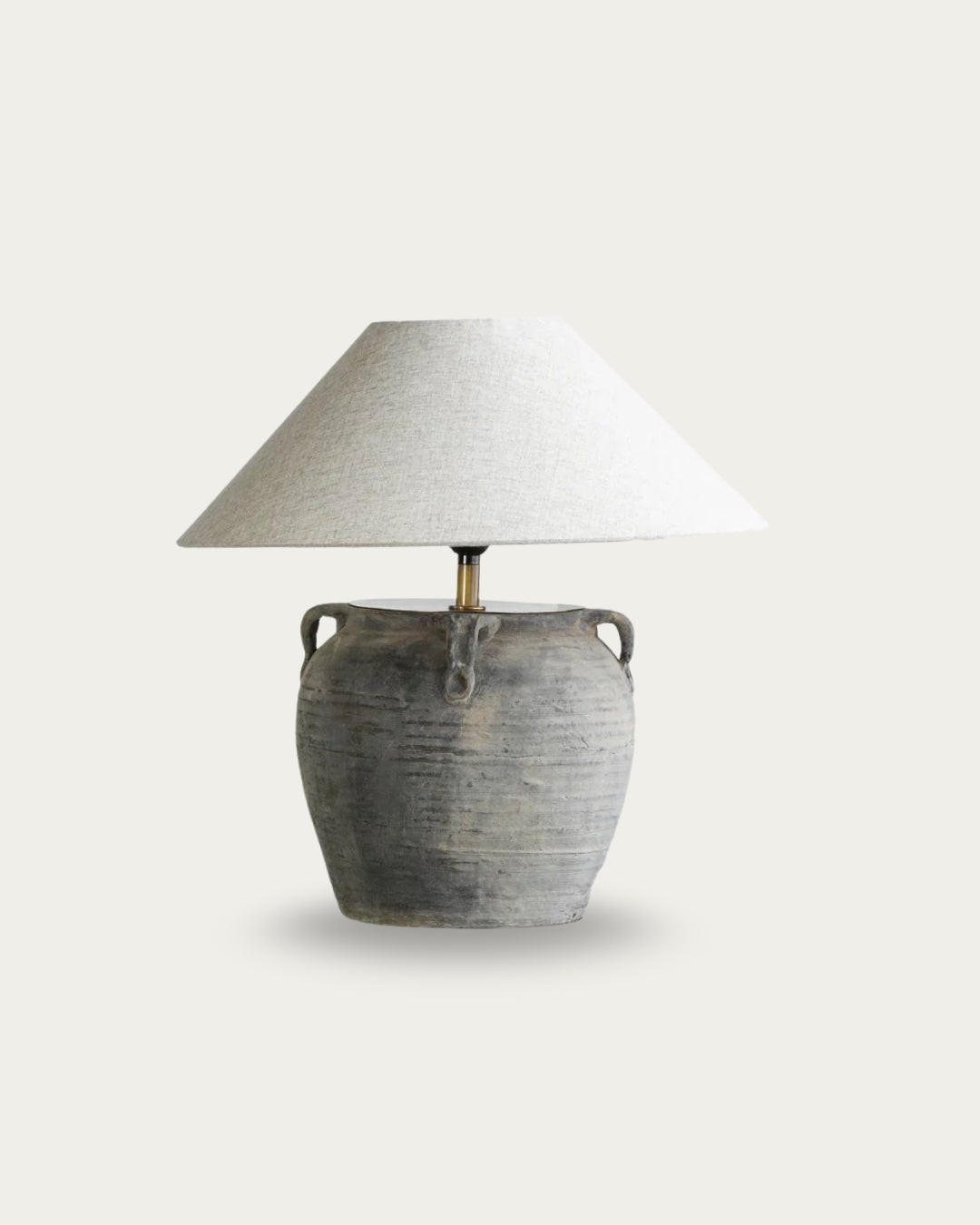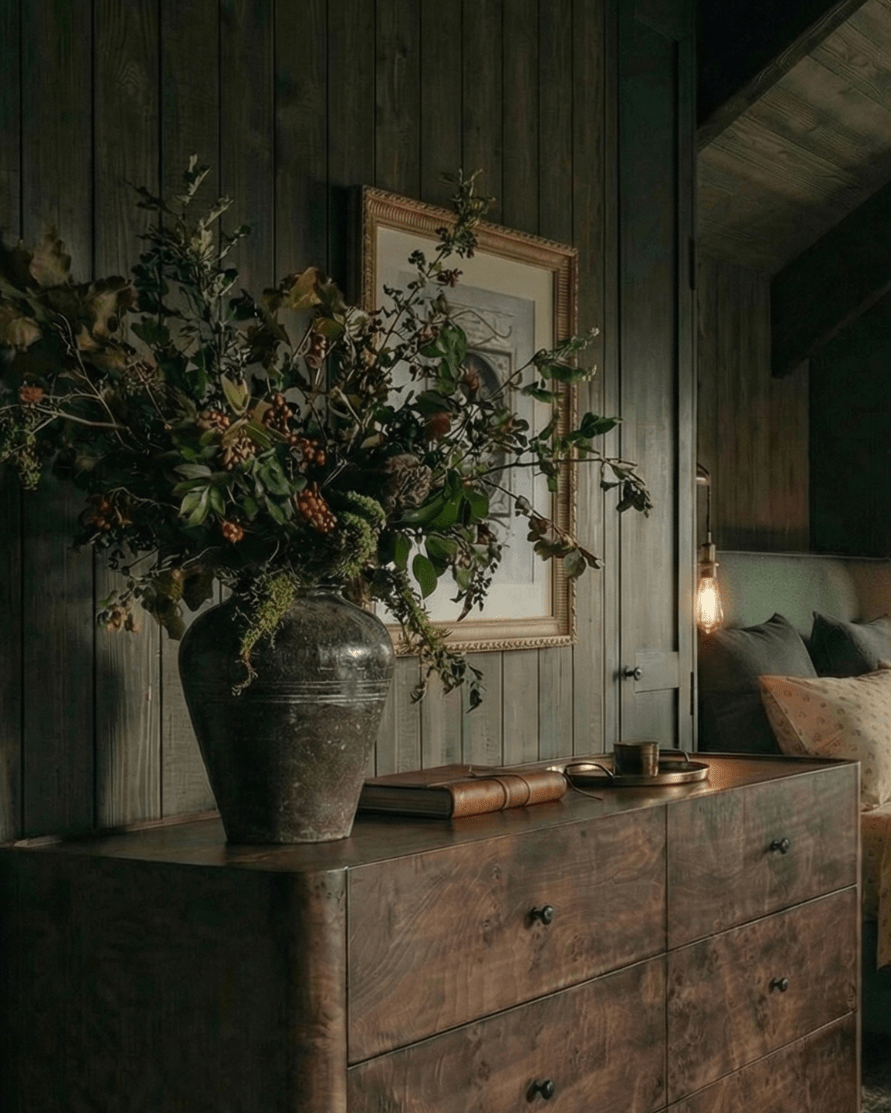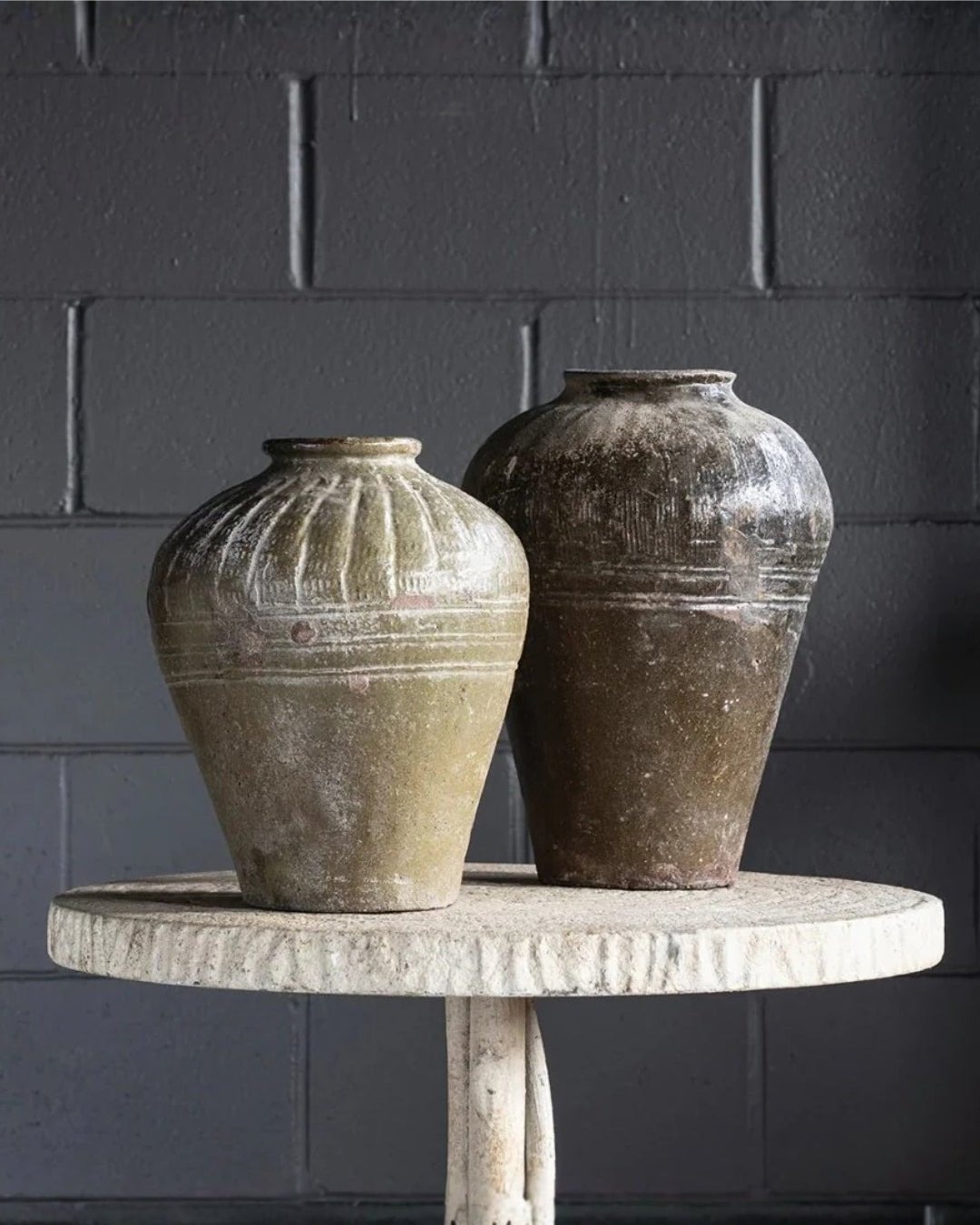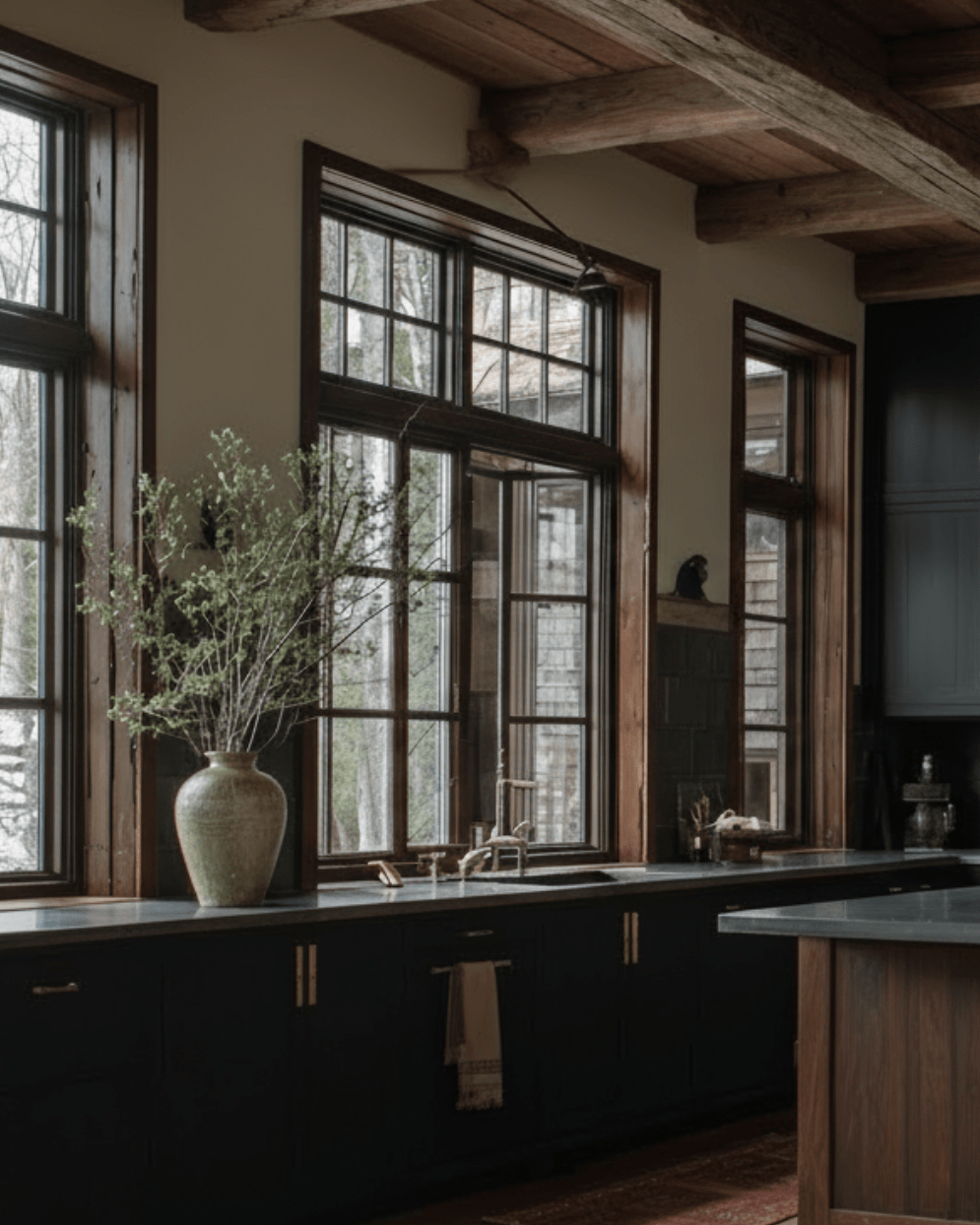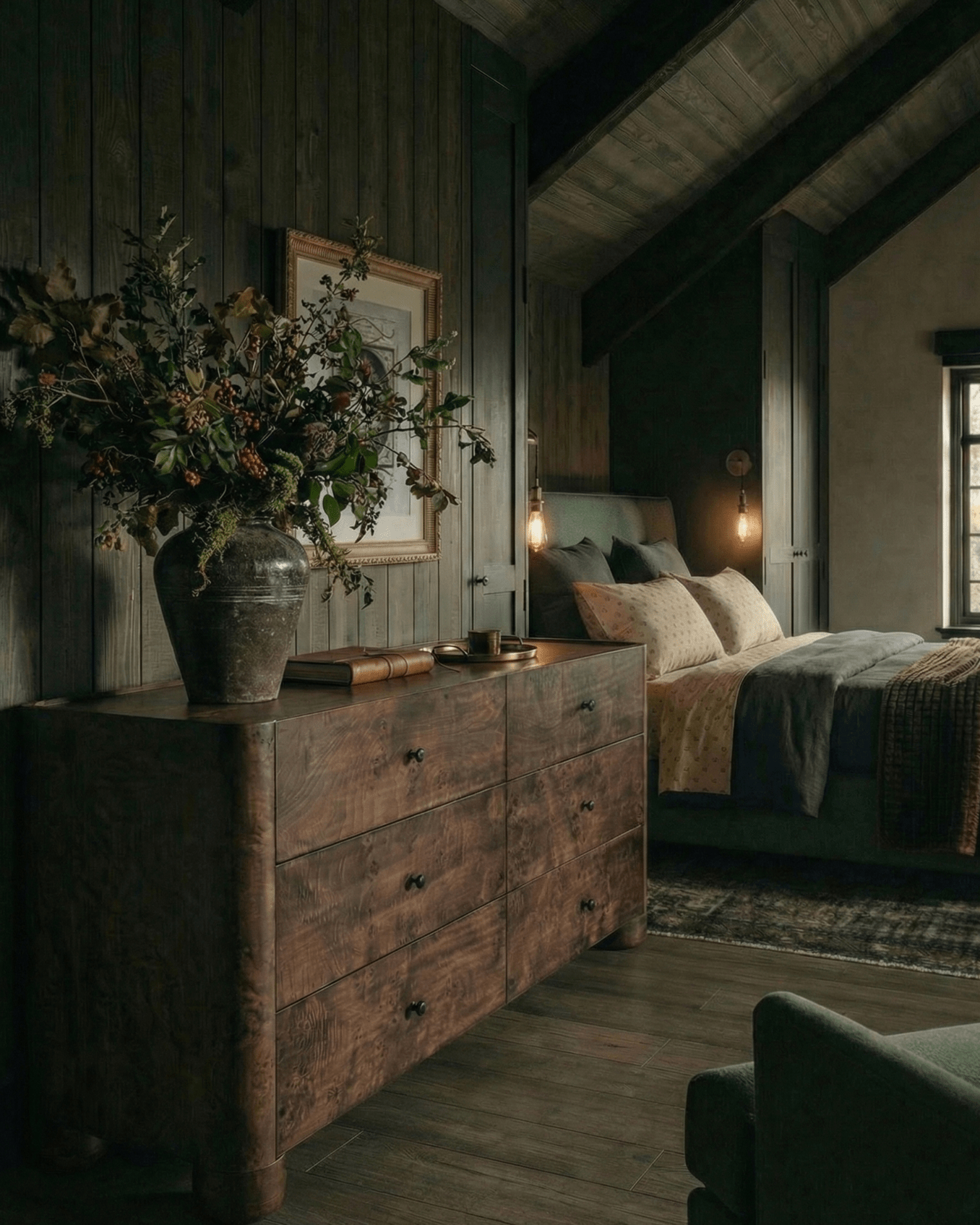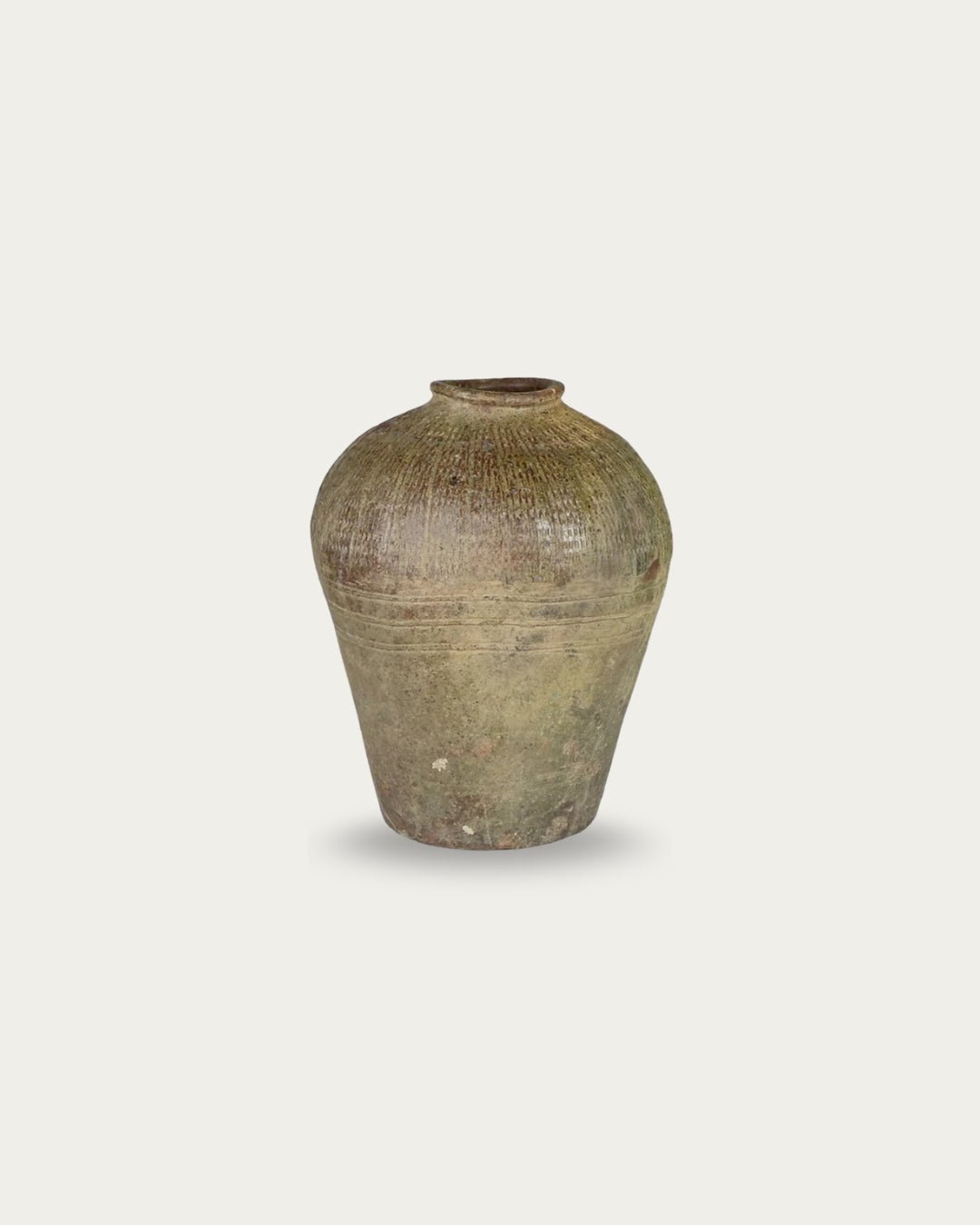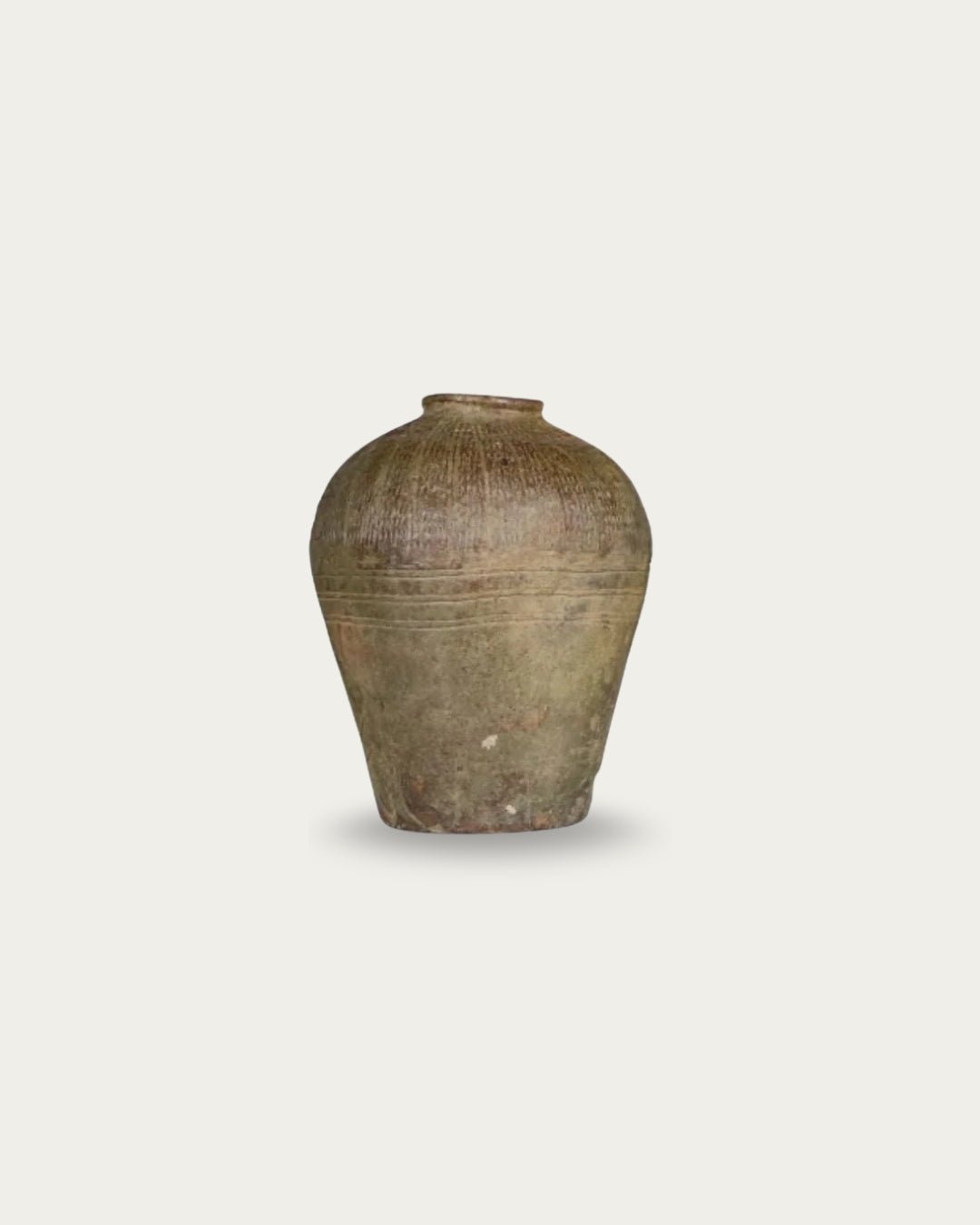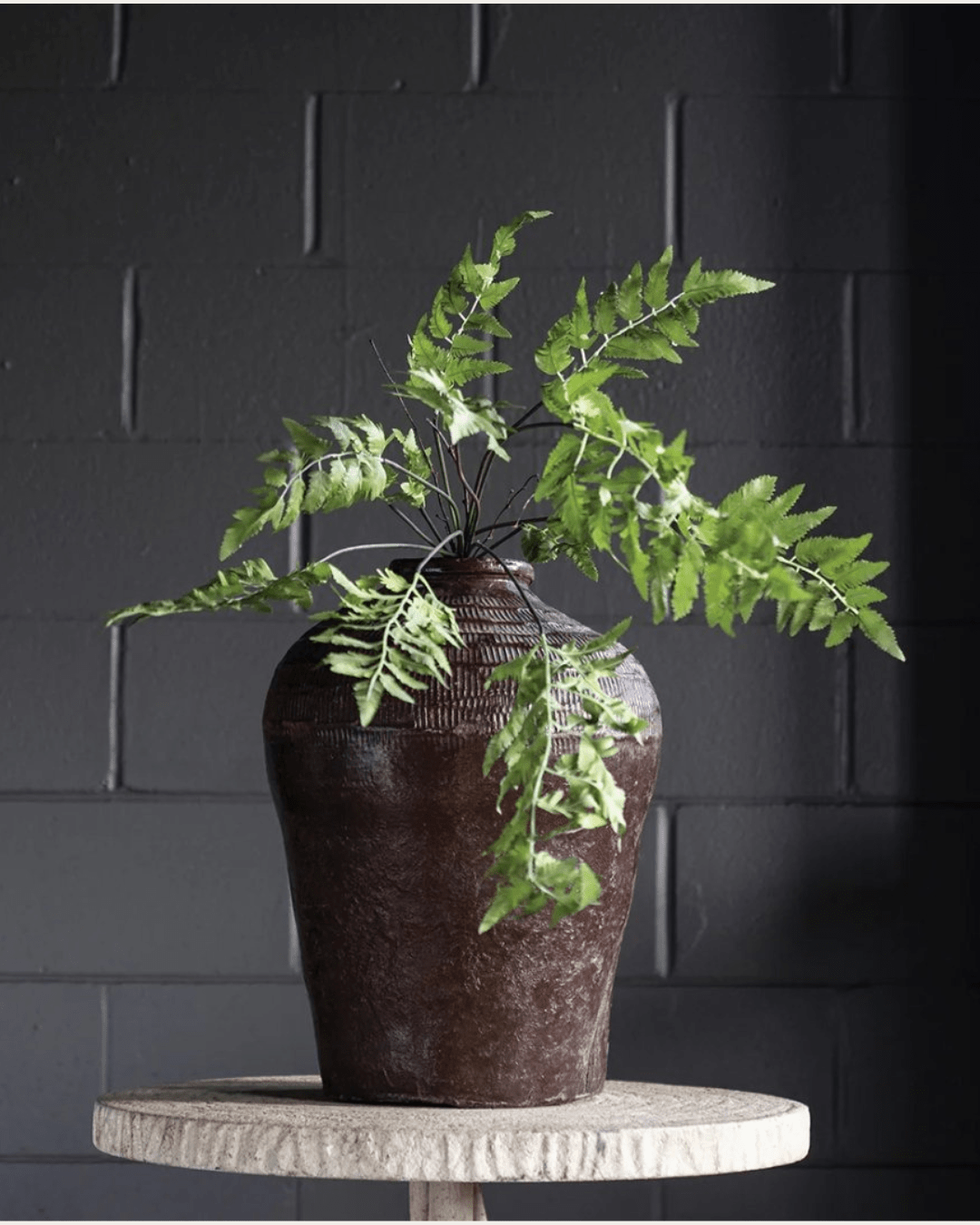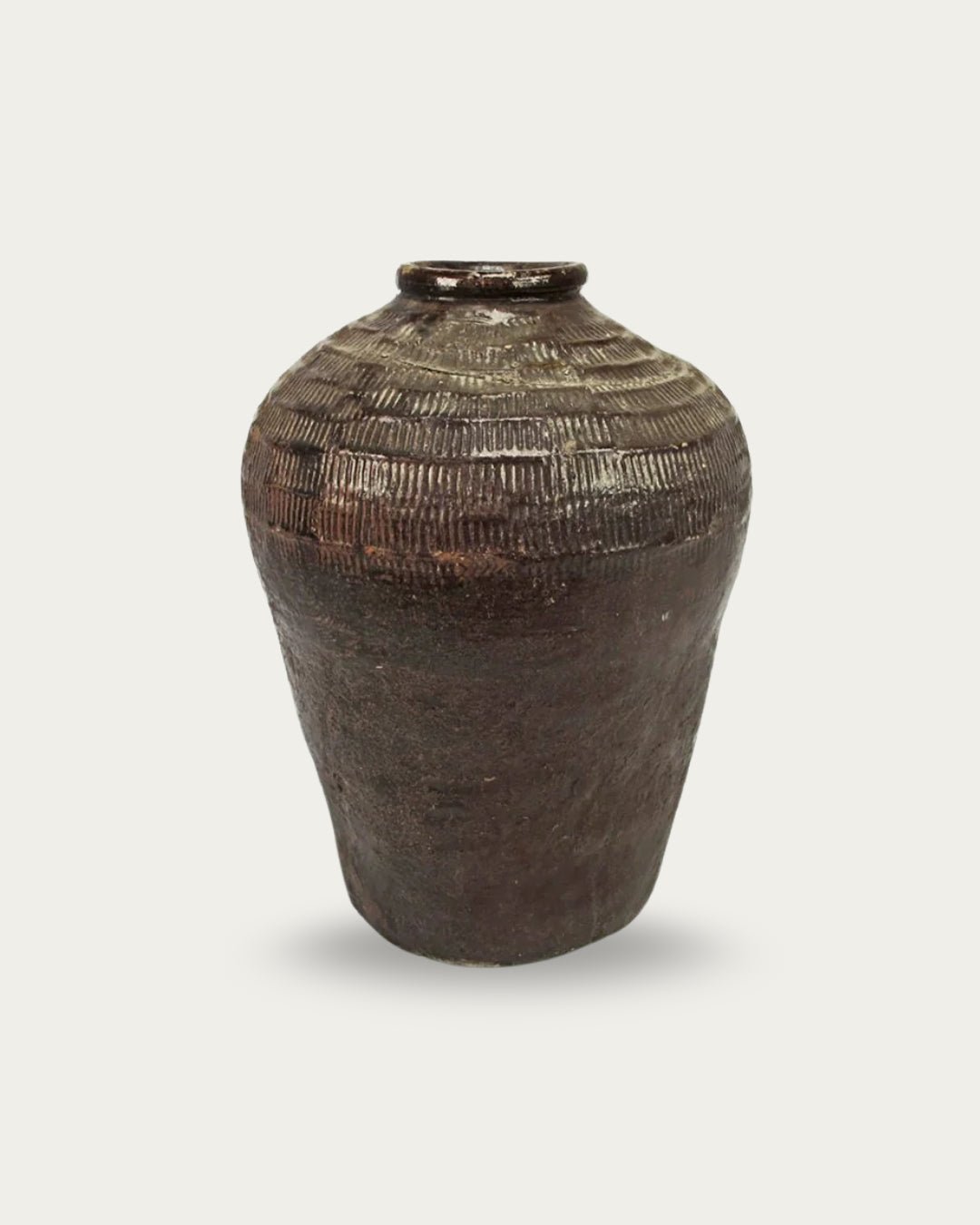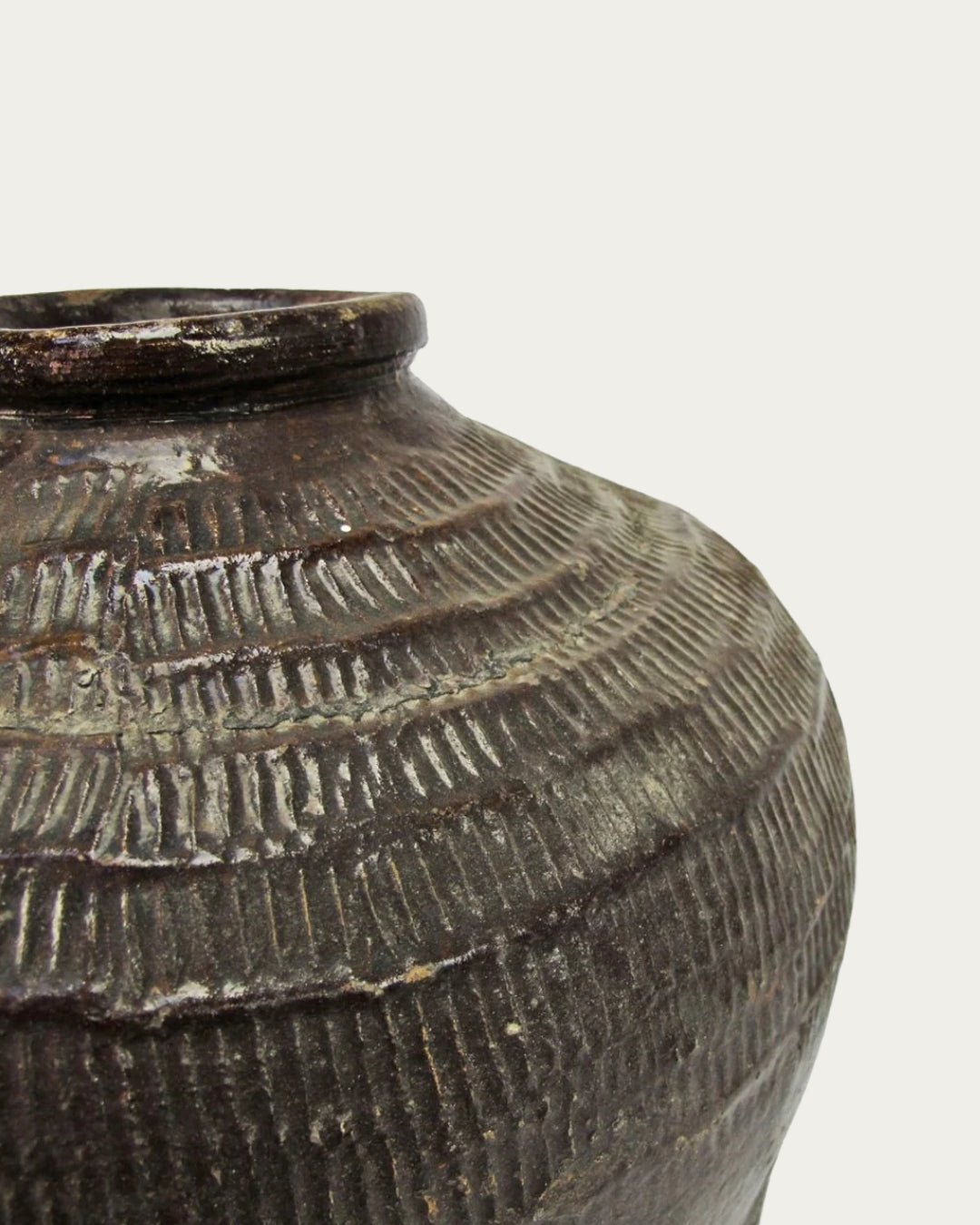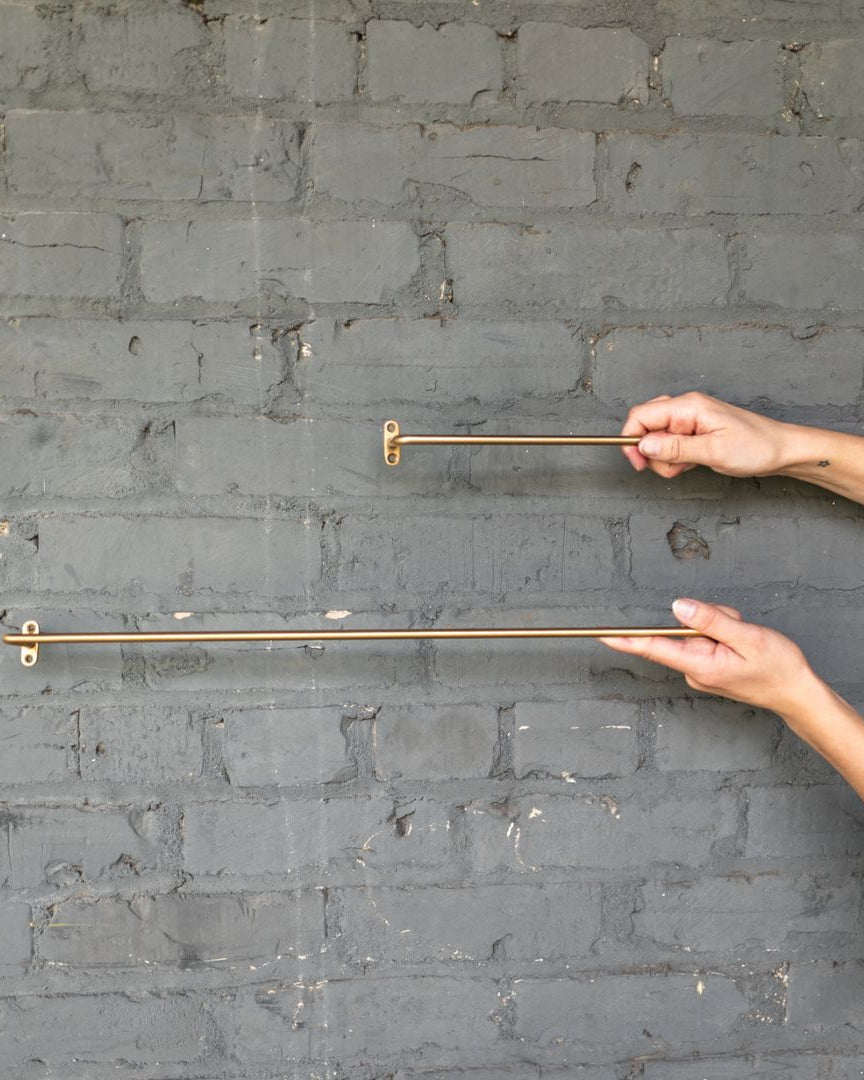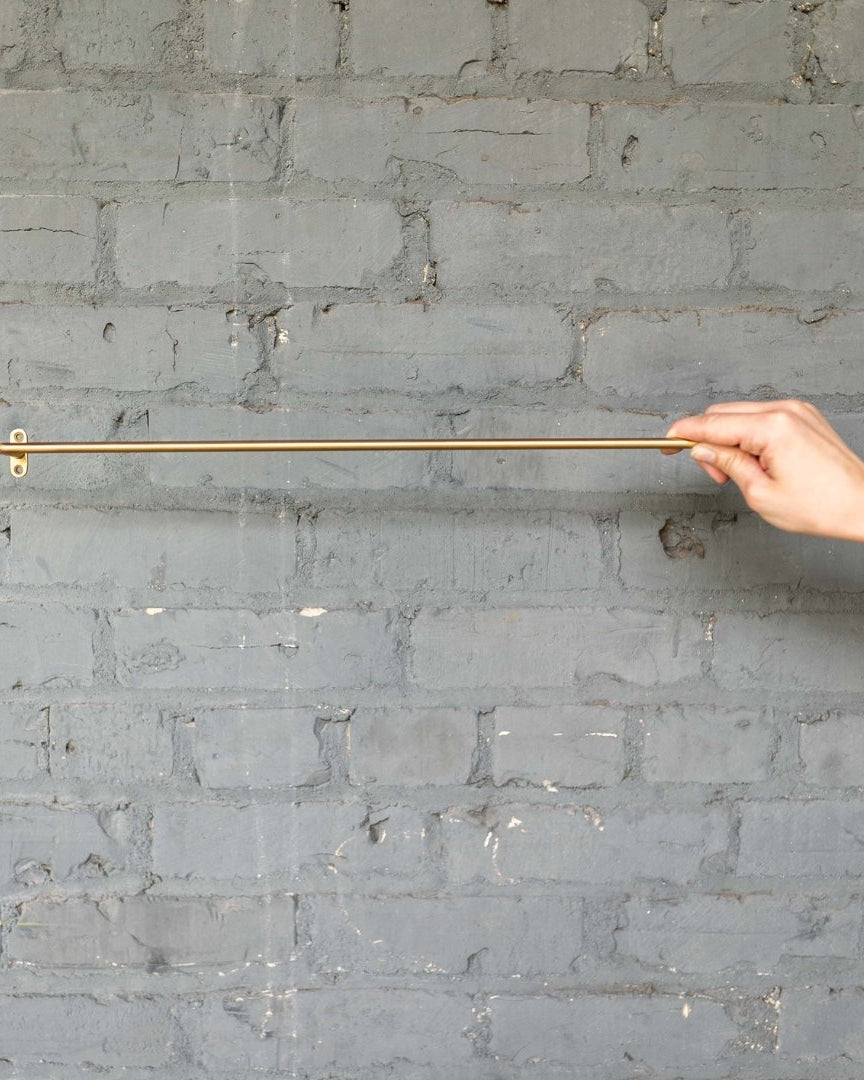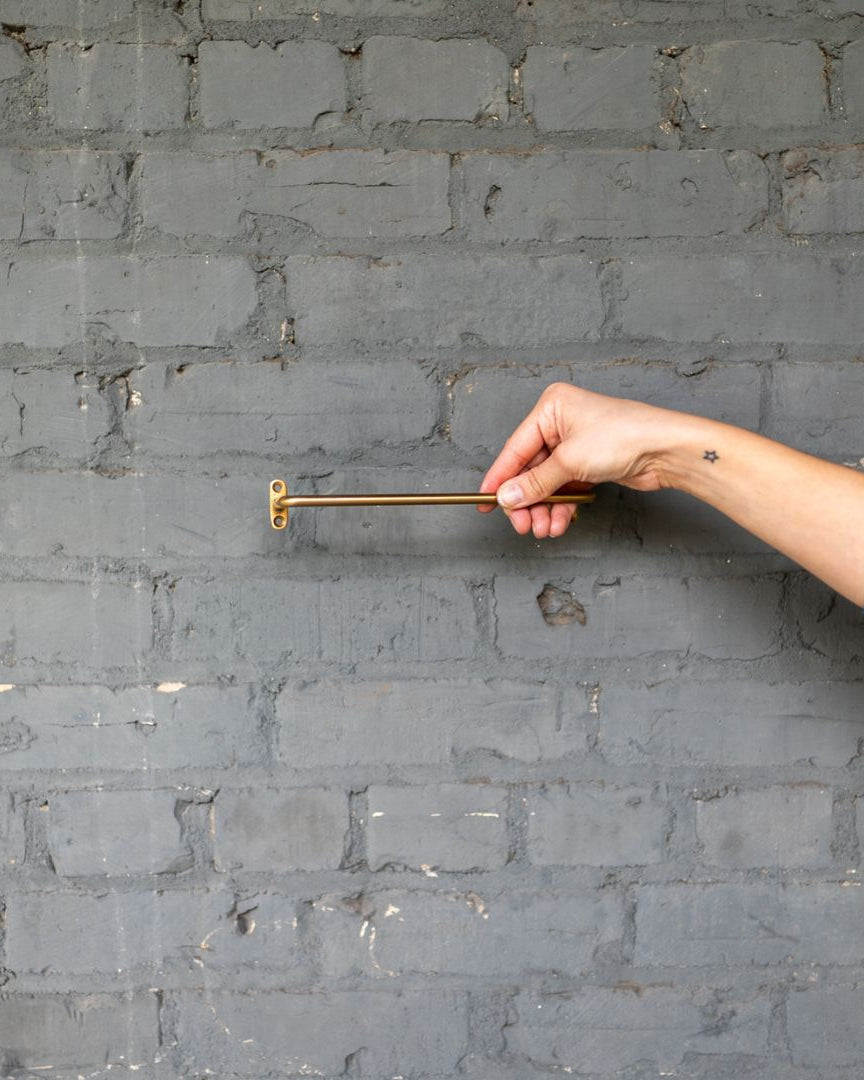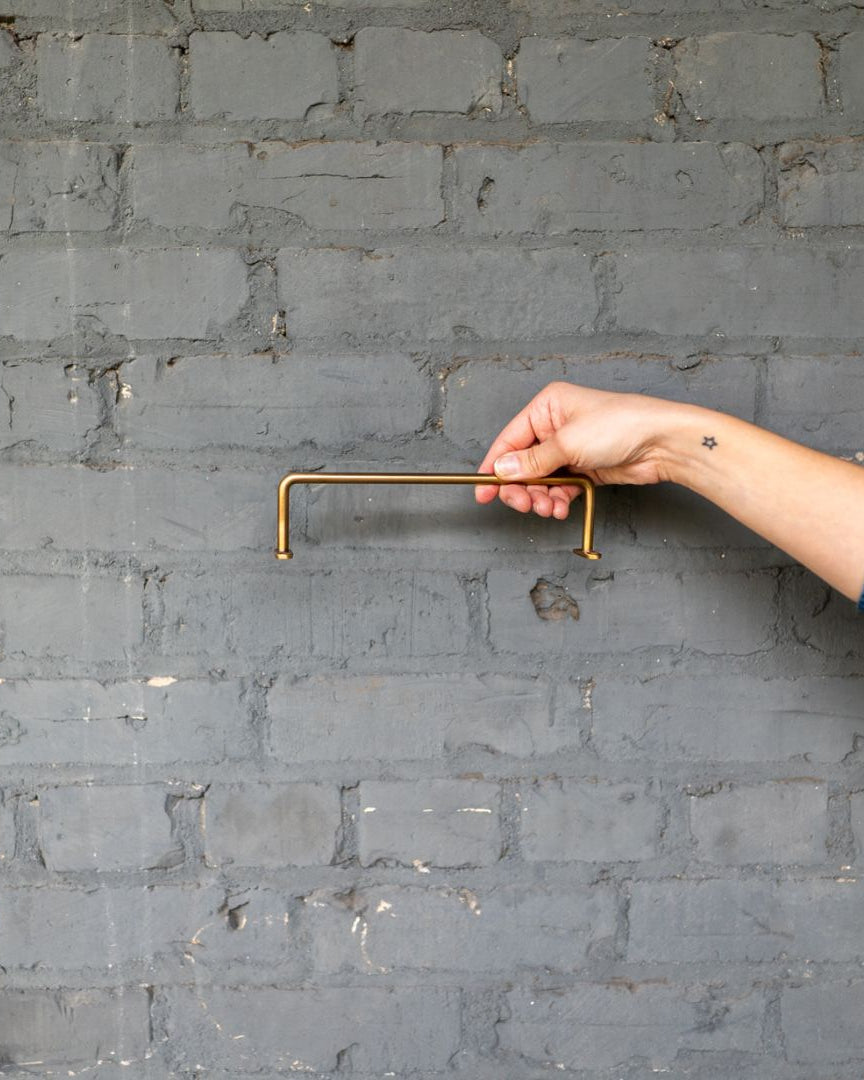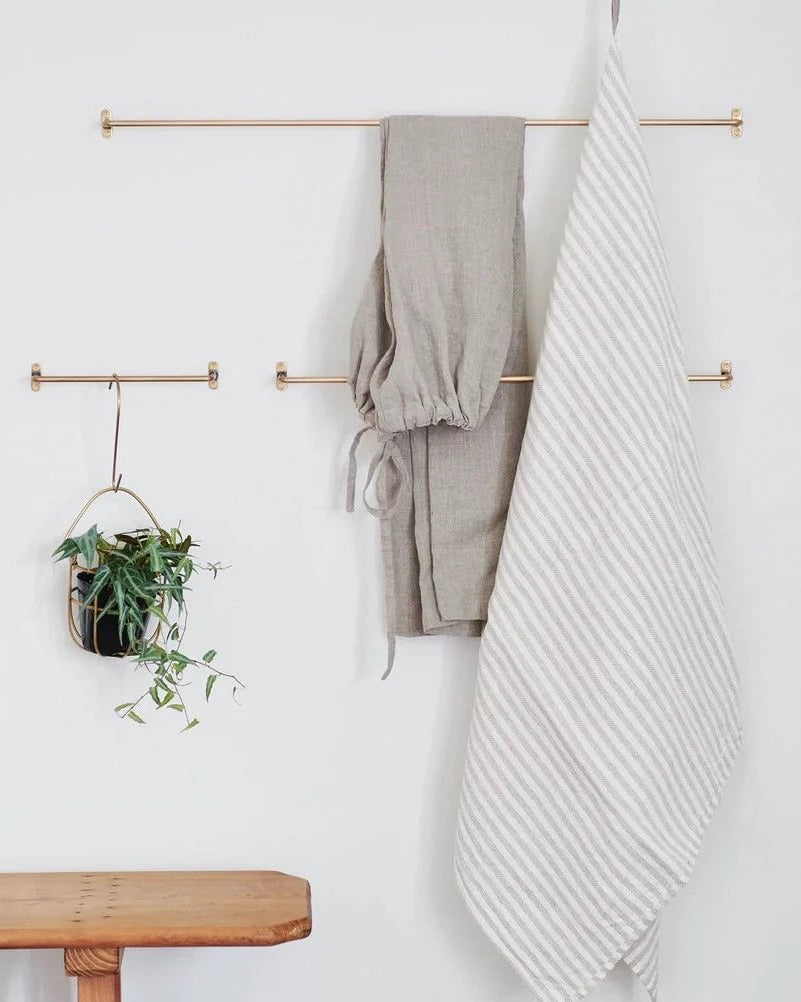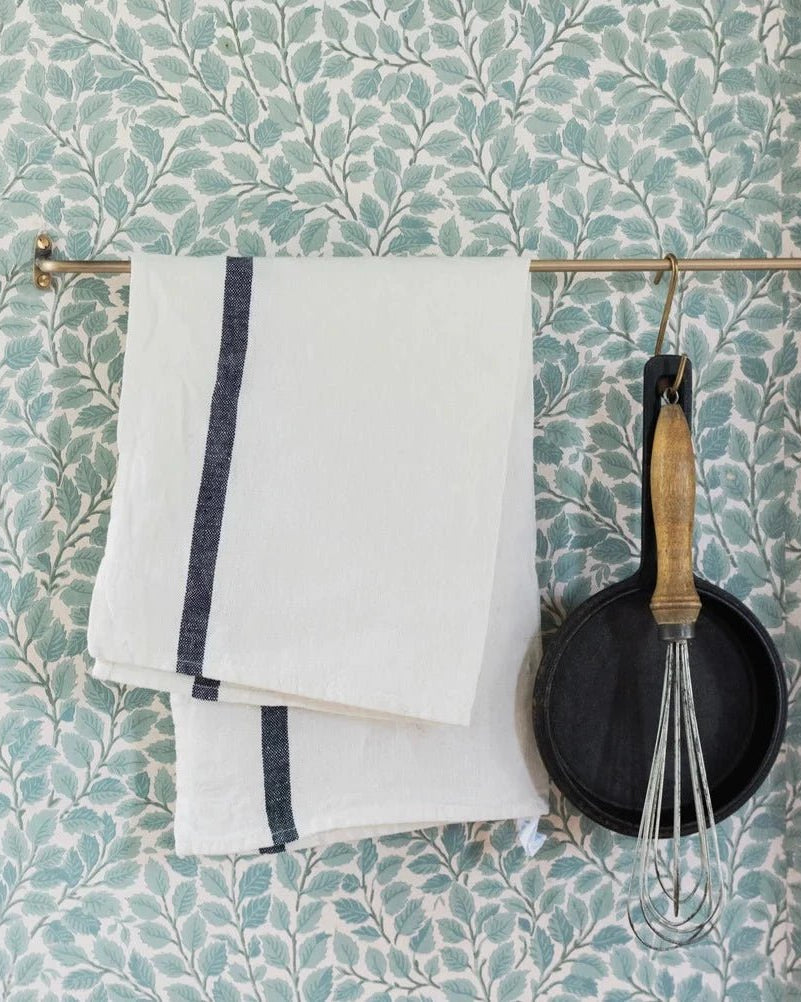Home isn’t just where we sleep. It’s where we gather, hide, soften, and come back to ourselves after moving through the noise outside. The pieces we choose to live with—our home decor, our home furnishings, the furniture that holds our weight—do more than fill rooms. They set the rhythm of our days.
A chair becomes a ritual when it’s always the spot you sink into at night. A table becomes memory when it’s where homework, meals, and conversations stack up over time. That’s the power of furniture: it takes ordinary routines and turns them into daily rituals.

This isn’t about style trends or glossy catalogs. It’s about the pulse of your space and the way objects help shape it. In other words, home decor isn’t background—it’s choreography.
Begin shaping those rituals with pieces that ground and steady your space at Hello Norden
The Meaning We Layer Into Home Decor
Objects as Memory Holders
Every object in a home carries meaning, whether we intend it to or not. A bowl from a flea market. A console scarred with scratches. Even a mirror can catch light differently each season. These pieces become anchors for memory, holding fragments of the past in their patina and presence.
When you choose home decor, you’re not just styling a room—you’re curating what stories will surround you every day. That chipped ceramic on your console isn’t just decoration; it’s a reminder of a morning spent in Lisbon, or the friend who gave it to you.
Pieces like the Meja arched bookcase balance this perfectly—letting you display the objects that matter while keeping the everyday tucked out of sight.
The Emotional Weight of Materials
Materials regulate mood. Stone steadies. Wood warms. Linen softens. When layered intentionally through home furnishings, these surfaces do more than look good—they regulate how we feel.
That’s why reclaimed wood consoles, vintage mirrors, or handwoven baskets resonate so strongly. They speak through texture and touch, creating a sensory conversation with the body.
Why Decor Is Never Just Decoration
The word “decor” undersells what’s happening. A candle lit in the evening isn’t about light—it’s about transition. A rug underfoot isn’t just softness—it’s about slowing the nervous system, grounding movement. Every piece of home furniture is doing more than its job description; it’s guiding the rituals that shape your days.
Choosing Home Furnishings That Regulate and Ground
Anchors at Thresholds
Entryways are where the outside meets the inside. A console table here isn’t just practical; it signals transition. Keys go down, shoes come off, shoulders drop. This is the nervous system saying, you’ve arrived.
Home furnishings at these thresholds don’t need to be big or elaborate. They just need to anchor. A slim table, a mirror, maybe a low lamp—it’s enough to regulate the shift from public to private.
Furniture as Emotional Architecture
Walls create structure, but home furniture shapes how we move and feel within that structure. Sofas encourage gathering, armchairs suggest pause, dining tables demand focus. Without furnishings, space is just volume. With them, space becomes experience.
A sofa angled toward the window invites light-filled mornings. A reading chair in the corner signals retreat. Each choice is a quiet instruction to the body.
Patina and Presence
Vintage and reclaimed pieces work differently than new. Their marks of age—knots, chips, stains—remind us that imperfection is not only acceptable but grounding. This is why home decor made from reclaimed wood or salvaged materials often feels more regulating than mass-produced furniture. The body relaxes around what feels real.
Storage can even become sculpture when it’s designed with both presence and utility—like the Emilie reeded wood sideboard, where textured fronts and rounded edges bring both rhythm and function.
The Dining Table as a Stage
The dining table isn’t just for meals. It’s where homework gets finished, laptops get opened, puzzles get solved. It’s where arguments flare and celebrations spill over. In most homes, it’s less “furniture” and more “stage.”
Choosing a table is less about size and more about ritual. Do you need a surface for gathering eight every weekend, or something intimate for two that still feels grounding? That decision shapes how life unfolds.
Tables with history feel especially grounding when crafted from upcycled wood where every board carries the marks of its past life.
Sofas as Reset Points
A sofa is often the biggest piece of home furniture in the room. But its role is less visual and more bodily—it’s where we collapse, regroup, reset. A sofa can be rigid and formal, keeping you upright and alert, or soft and deep, pulling you down into rest.
Every time you sit, your nervous system reads the difference. Sofas, in this way, are regulators. And they feel more complete when paired with supportive surfaces—like the sculptural Holger side table, whose goblet-like pedestal form doubles as both accent and anchor.
Consoles as Quiet Guides
Consoles don’t demand attention, but they shift flow. In a hallway, they guide movement. Behind a sofa, they stabilize layout. Styled with restraint—one lamp, one bowl—they regulate visual rhythm. That’s how a vintage console table becomes more than storage. It becomes part of the body’s choreography at home.
Texture, Patina, and Presence in the Modern Home
Why Texture Grounds Us
Smooth, flat surfaces can feel sterile. Texture interrupts that sameness. Grain, weave, patina—these variations engage the senses and give the body cues for grounding. A woven throw over leather. A stone tray on a wood console. Texture is not clutter; it’s rhythm.
Add warmth with tactile layers—the Icelandic sheepskin throw rug brings softness and shine, whether draped over a chair or spread across the floor.
Patina as Regulation
Patina is the story of touch, time, and weather. A scratched tabletop. A chair with worn arms. These aren’t flaws—they’re proof of life. In nervous system terms, patina softens perfectionism. It reminds us that lived-in is safe. That’s why home furnishings with visible age often make us feel more at ease.
Modern Spaces, Vintage Layers
Even in sleek, minimal spaces, layering in a piece of vintage home furniture changes everything. A reclaimed console in a white-walled apartment. A weathered stool in a glassy loft. These contrasts regulate by balancing sharpness with softness, modern lines with memory.
The Sensory Science of Home Decor
How Surfaces Speak to the Body
We don’t just see furniture—we feel it. The ridges of wood grain, the coolness of stone, the softness of linen—all these textures send signals to the nervous system. That’s why home decor matters beyond style: it’s sensory architecture. A smooth glass table might look sleek but feel cold; a reclaimed wood surface steadies through irregularity, giving the hand something grounding to trace. Home furnishings layered with varied textures create a quiet dialogue between sight and touch that regulates rather than overwhelms.
Sound and Silence in Home Furnishings
Every piece of home furniture contributes to the sound of a room. Upholstered chairs absorb echoes, thick rugs soften footsteps, wooden tables resonate when touched or set with objects. Silence and resonance are design elements too—shaping how a home feels in use. Thoughtful furnishing choices can reduce the constant hum of noise that overstimulates, replacing it with acoustic softness. That’s regulation hidden in plain sight: choosing furniture that helps a space sound as calm as it looks.
Scent and Ritual at the Console
Consoles are often styled for function, but they’re also perfect for ritual. A bowl for keys, yes—but also a place for scent. A candle lit in the evening. A diffuser marking the change of seasons. Even incense burning as a threshold ritual between workday and rest.
Layering scent into home decor isn’t cosmetic—it’s chemical, guiding the nervous system into pause. Styled alongside reclaimed wood consoles, these rituals turn furniture into sensory anchors that work across sight, touch, and smell. A bowl of greenery in a Rikke vintage zinc basin can do the same—subtle but grounding.
Styling Principles That Shape Atmosphere
Edit More Than You Add
The nervous system reacts to clutter. Too many objects = visual noise. That’s why styling a console or coffee table should focus on editing. Choose one or two strong objects and let the surface breathe. Home decor works best when it whispers, not shouts.
Light as Furniture’s Partner
Light changes how furniture feels. A lamp on a console doesn’t just illuminate—it creates shadow, rhythm, mood. Candles flicker across wood grain, mirrors double brightness, daylight shifts tone. Light is the silent partner to every piece of home furniture you own.
The Elna vintage rolling pin mirror is one way to fold history into light play—each mirror hand-crafted from vintage rolling pins, unique in form and tone.
Layer for Touch and Sight
Layering is what makes a space feel lived in. Hard against soft, rough beside smooth, matte offsetting gloss. A stone bowl resting on wood, a woven runner stretched across a console—each pairing gives the eye and hand something to linger on. Mixed textures make home furnishings feel dynamic, never flat.
The Bo walnut fluted end table brings this to life with ridged sides that catch light and shadow, turning a simple form into something rhythmic. Vintage vessels add another tactile layer—left empty, planted, or styled with branches.
Explore the full furniture collection at Hello Norden to find pieces that ground and regulate your space.
The Psychology of Home Decor
Why We Crave Objects With Story
We’re wired to notice story. Smooth, mass-produced furniture doesn’t linger in memory, but a console with scratches, a chair with wear on the arms—those stay with us. A reclaimed or vintage piece of home furniture becomes more than function; it’s a narrative. Humans crave that history because it reassures us that the object has been tested by time. It’s no accident that we’re drawn to patina—our nervous systems read it as both familiar and safe.
The Comfort of Repetition in Home Furnishings
Think of where you drop your keys every night. That spot—often a console or sideboard—becomes a ritual, not just a habit. Repetition in home decor gives the nervous system consistency, easing the small stresses of the day. Whether it’s the same sofa you curl up on every evening or the same chair you choose at the dining table, these patterns anchor. Furniture quietly organizes your rhythms in ways you might not notice until you live without them.
How Home Furniture Shapes Identity
Every home is a mirror. The home furnishings you choose—whether reclaimed, modern, vintage, or minimal—signal values. Some choose pieces that prioritize sustainability; others gravitate to heritage objects. A reclaimed console table says something about patience, texture, and story. A sleek marble coffee table speaks to a different identity: sculptural, grounded in permanence. Together, they form a language of self.
When Minimalism Meets Memory in Home Decor
The Risk of Emptiness
Minimalism can soothe, but it can also strip a space of warmth. An entirely empty surface may look clean but feel cold. A modern wood console styled with just one meaningful object strikes a better balance—minimal, but not sterile.
Curated Over Cluttered
Minimal doesn’t mean barren. It means curated. A vintage vase, a stack of books, one candle. Each chosen object adds memory and meaning without tipping into chaos. That’s the difference between emptiness and intention in home decor.
Memory as the Missing Layer
Minimalist spaces often fail when they erase memory. The most regulating interiors carry personal markers—photographs, heirlooms, inherited pieces. Memory is the layer that makes a space feel like home instead of a showroom.
Home Furniture Across Generations
Pieces That Outlast Trends
Trends cycle quickly, but the most meaningful home furniture doesn’t chase them. A reclaimed console, a marble-topped table, a vintage armchair—these pieces endure not because they’re fashionable but because they ground. Their weight, materiality, and patina let them slip quietly across decades without losing relevance. Choosing furnishings that last is less about investment and more about rhythm: your home stays steady even as styles shift outside.
Inherited Objects as Anchors
Not every piece in your home is bought new. Some are inherited, carrying the weight of family or community history. An heirloom dining table, a console with carved legs, a lamp passed down. These objects are more than home decor; they’re anchors of identity.
Vintage vessels echo this inheritance, primitive in form and quietly monumental, carrying generational weight into a room.
Seasonal Shifts in Home Furnishings
Winter Weight, Summer Light
Homes breathe differently with the seasons. In winter, we crave layers: heavy rugs, wool throws, textured wood. In summer, our bodies look for lightness—linen, glass, and airy surfaces. Seasonal styling of home decor isn’t about swapping everything out, but adjusting what regulates best. A sheepskin draped across a chair in January feels grounding; in July, the same chair feels better stripped back, with a woven runner across a console. The Icelandic sheepskin throw rug is a perfect example—long, soft hair for winter warmth that can be folded away when lighter textures take over. Larger pieces also respond to the seasons: a solid wood table like the Finn rustic wood dining table feels especially grounding during colder months, while its bleached wood top keeps it light and airy come summer.
Seasonal Styling for Consoles and Tables
Rituals That Change With the Seasons
Home rituals evolve with light and temperature. Winter invites candles and low lamps. Summer asks for open windows and lighter textiles. By shifting home furniture styling—swapping heavy pottery for glass, trading wool throws for linen—you align your home with the same rhythms your body is already experiencing outdoors. Mirrors also play into this seasonal rhythm: the Elna vintage rolling pin mirror doubles winter candlelight and amplifies spring daylight, adapting seamlessly with the shifts of the year. Even side storage can flex seasonally—an Emilie reeded wood sideboard might hold stacks of blankets and candles in winter, then serve as a lighter display surface for greenery and ceramics in summer.
Material Matters in Home Furniture
The Grounding Weight of Wood
Wood carries gravity. A reclaimed wood console or dining table grounds a room in a way particleboard never could. The grain, the imperfections, the heft—these qualities signal stability. That’s why wood has always been central in home furniture: it doesn’t just look natural, it feels natural.
Stone, Metal, and Contrast
Where wood softens, stone steadies and metal sharpens. Pairing materials matters. A stone tabletop on a metal base feels firm, industrial, weighty. A wooden console with iron sawhorse legs feels rugged but balanced. Mixing materials in home decor is less about style and more about creating contrast that engages the senses.
Fabric and Upholstery as Emotional Surfaces
Textiles shape mood as much as structure. Linen calms, velvet warms, sheepskin comforts. These aren’t superficial choices—they’re nervous system cues. A sofa upholstered in linen feels breathable and relaxed; in leather, it feels durable and grounding. Soft or rough, smooth or nubby, fabric is often the first way we physically experience home furnishings.
The Flow of Space Through Furniture Placement
Creating Pathways With Consoles and Sideboards
Furniture dictates how we move. A narrow console guides flow down a hallway; a sideboard shapes traffic in a dining room. These pathways aren’t just practical—they regulate how a space feels. Too much blockage and a room stresses; too much openness and it drifts. Thoughtful placement of home furnishings choreographs ease.
Gathering Points Around Tables and Sofas
Every home has magnets. A sofa pulled near the fireplace. A dining table positioned under a pendant lamp. These gathering points are less about function and more about gravitational pull. They draw people in, creating natural anchors for conversation and ritual. That’s why home furniture placement is design’s quiet power.
Negative Space as Furniture’s Silent Partner
What’s absent matters as much as what’s present. Leaving breathing room around furniture—space between a console and wall, air between a sofa and side table—creates visual relief. Negative space calms the eye, helping the body regulate. Without it, even the most beautiful home decor feels crowded.
The Future of Home Decor
Sustainability as the New Luxury
The most meaningful luxury in furniture isn’t gold leaf or brand names—it’s sustainability. Choosing reclaimed or vintage home furnishings is fast becoming the benchmark for modern design. Pieces that endure, sourced with care, carry far more value than those built for disposability.
Technology and Tradition Meeting in Furniture
Homes are getting smarter—modular sofas, adjustable lighting, app-controlled heating. But these technologies need grounding. Pair a sleek modern system with a reclaimed wood table, and the tension between tradition and tech becomes balance. Even the future of home decor still needs the weight of natural materiality.
Home Furnishings as Long-Term Investments
We’re moving away from disposable furniture as disposable. Instead, people are seeking pieces that age well, carry forward, and adapt. A solid oak dining table or a reclaimed console can be passed down. This shift is less about cost and more about rhythm: home furniture as investment in both space and memory.
Sustainable Living Through Vintage Home Furnishings
Reclaiming, reusing, and sourcing secondhand is more than aesthetic—it’s ecological. A vintage console table prevents new trees from being cut. An antique sideboard diverts waste from landfills. Pieces like the Jona reclaimed console table, originally built as a portable tent table in India with reclaimed wood and antique iron sawhorse legs, carry this principle forward. Each one is unique, shaped by its own backstory, proving sustainability can be practical, functional, and full of presence. By choosing reclaimed or vintage home furnishings, you’re extending the life of materials that already exist. Sustainability here isn’t abstract—it’s tangible, sitting in your entryway or living room, carrying the patina of past use into future generations.
Final Word
Home decor isn’t an accessory—it’s infrastructure for the soul. Every console, table, and chair shapes how we feel, how we move, and how we reset. Home furnishings aren’t just functional; they are quiet regulators, grounding us through texture, patina, and ritual.
If you’re choosing new pieces, don’t think only in terms of style. Think in terms of story. What do you want your space to whisper back to you at the end of the day? That’s the real role of home furniture: to steady your rhythm and shape the way you live.
FAQ: What to Know About Home Furnishings and Furniture
1. What’s the difference between home decor and home furnishings?
Home decor refers to objects that style and personalize a space—lamps, art, rugs. Home furnishings include larger, functional pieces like tables, sofas, and storage. Both shape mood and ritual.
2. How do I choose home furniture for small spaces?
Focus on proportion. Slim consoles, armless chairs, and nesting tables maximize function without crowding. Choose pieces that double as storage to reduce clutter.
3. Why invest in vintage home furniture?
Vintage pieces add patina, history, and sustainability. They’re often crafted with stronger materials than mass-market furniture, and their imperfections regulate rather than distract.
4. How do textures in home decor affect mood?
Texture grounds the nervous system. Soft fabrics calm, while wood grain and stone surfaces provide tactile rhythm. Mixing textures creates balance and regulation.
5. Can modern furniture and vintage home decor work together?
Yes—contrast is key. Pair sleek modern lines with one reclaimed or vintage piece for balance. The combination prevents sterility and adds depth to the room.
6. What role does lighting play in home furnishings?
Lighting changes how furniture feels. Low lamps and candlelight soften, while harsh overhead light agitates. Layer lighting with furniture to create mood shifts.
7. Is home decor really necessary, or just “extra”?
Necessary. Decor sets emotional tone. Without it, rooms feel flat. With it, surfaces regulate rhythm, signal transitions, and add personal story.
8. How do I keep home furnishings from feeling cluttered?
Edit with intention. Leave negative space on surfaces, limit objects to what feels meaningful, and use trays or bowls to contain smaller items.
9. What’s the best way to style a reclaimed console?
Keep it minimal. A lamp, one or two objects, and breathing space. Let the console’s patina and grain carry the rest of the story.
10. How can home furniture influence daily rituals?
Furniture shapes movement. Consoles create pauses, sofas offer reset points, tables stage gatherings. Each piece directs how you live inside your home.





